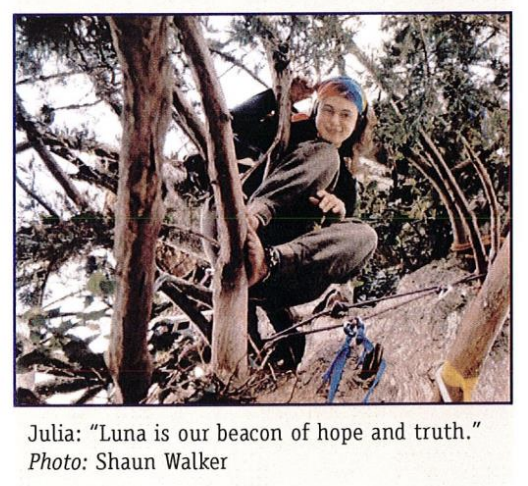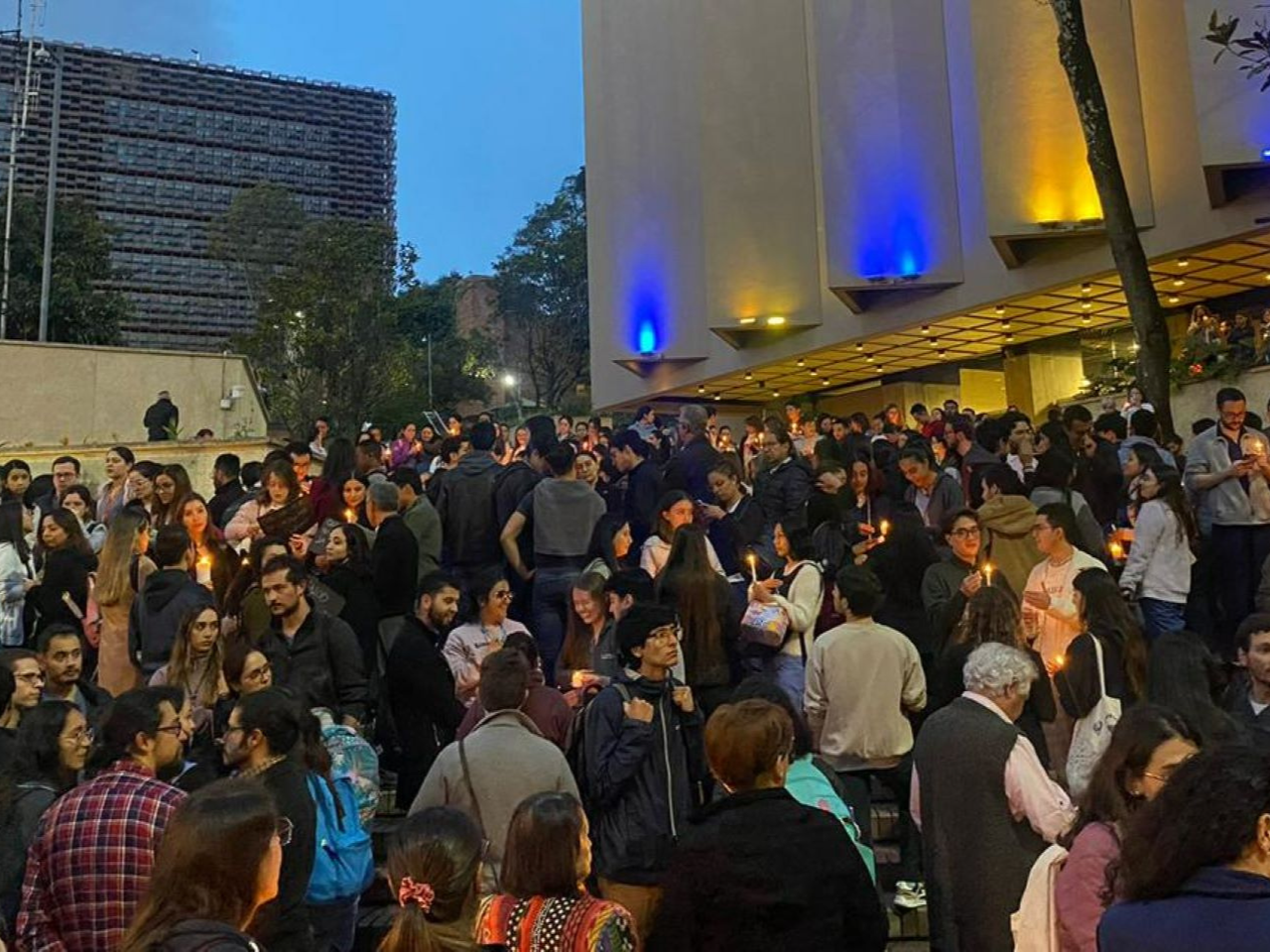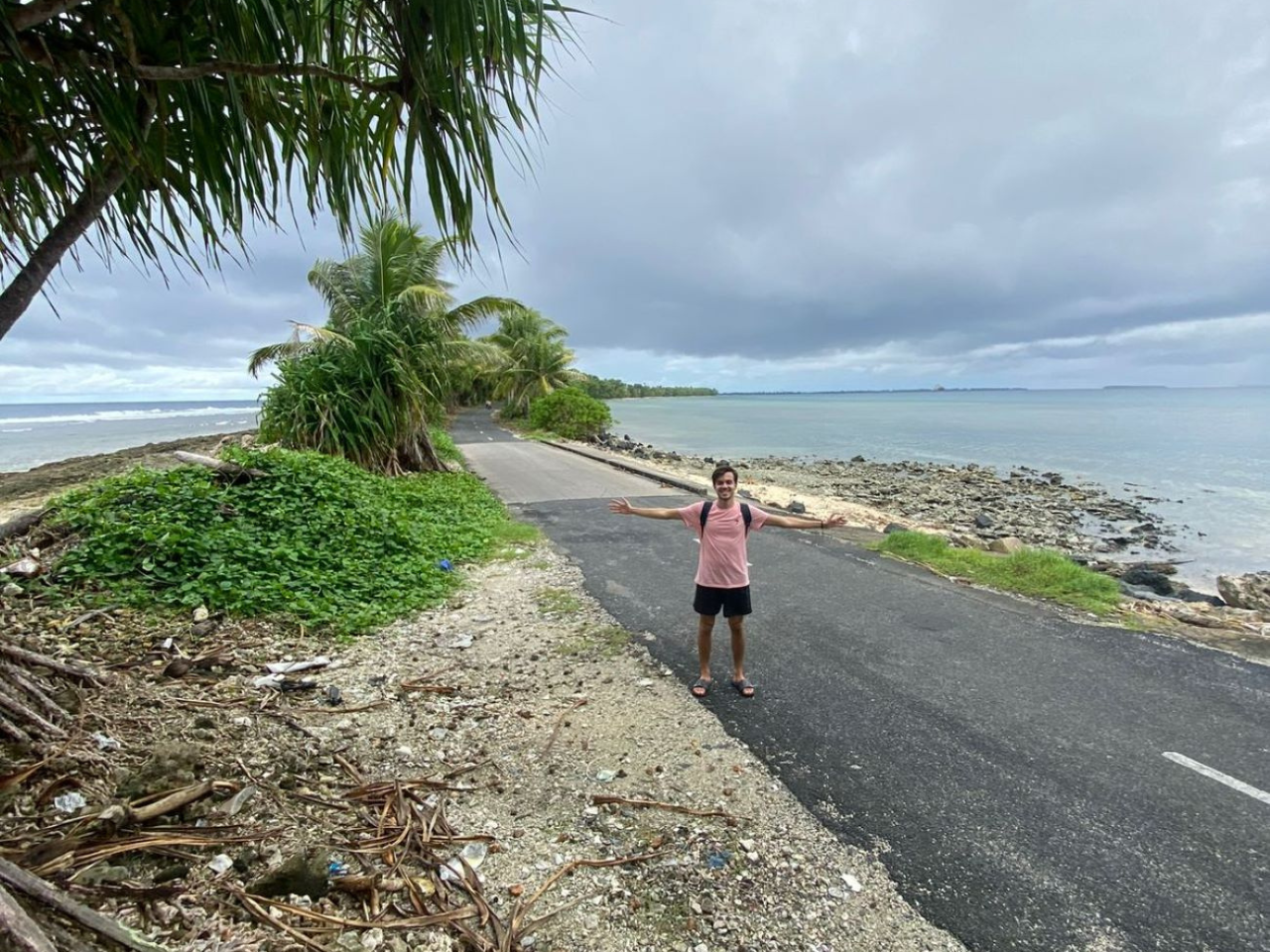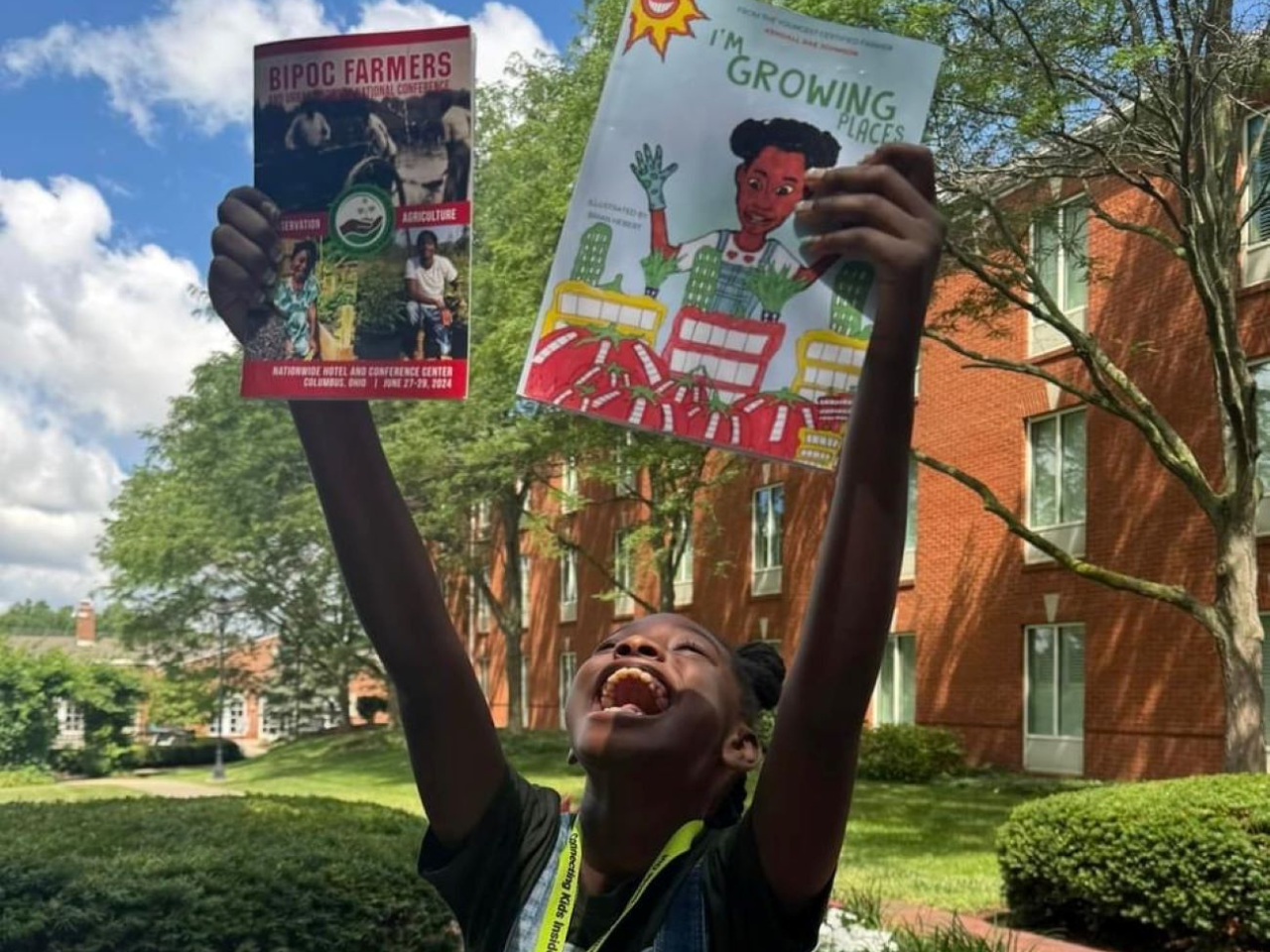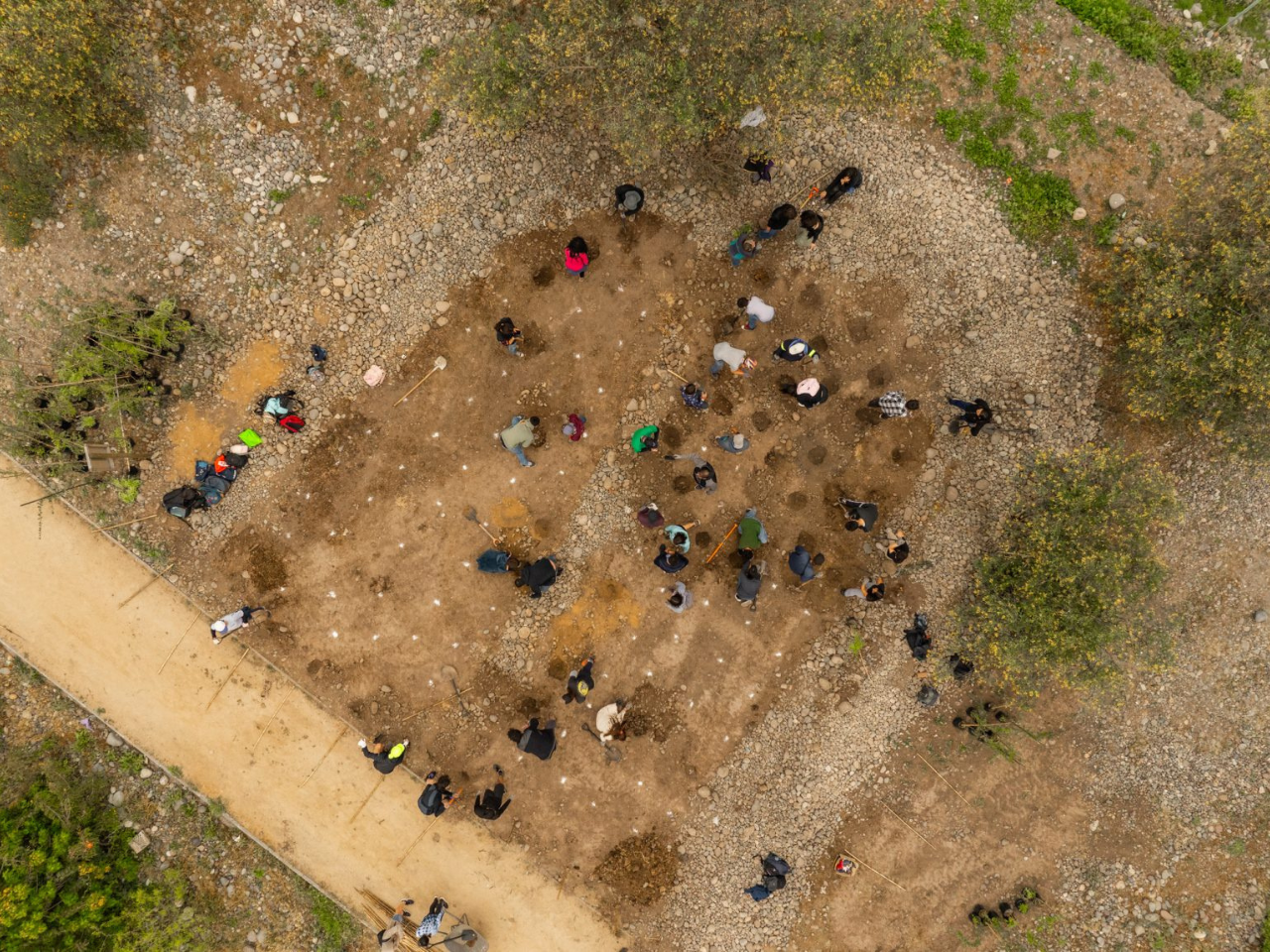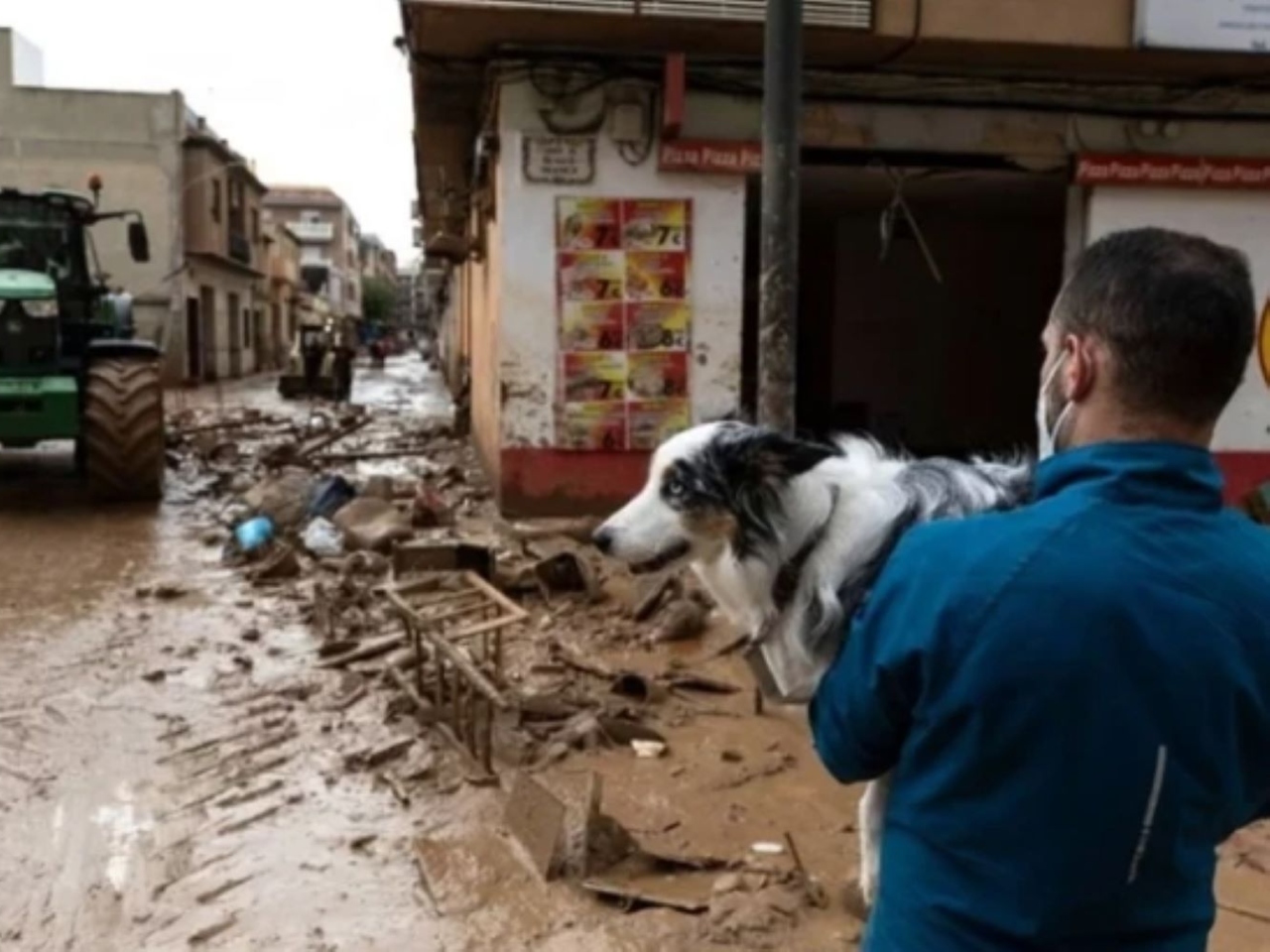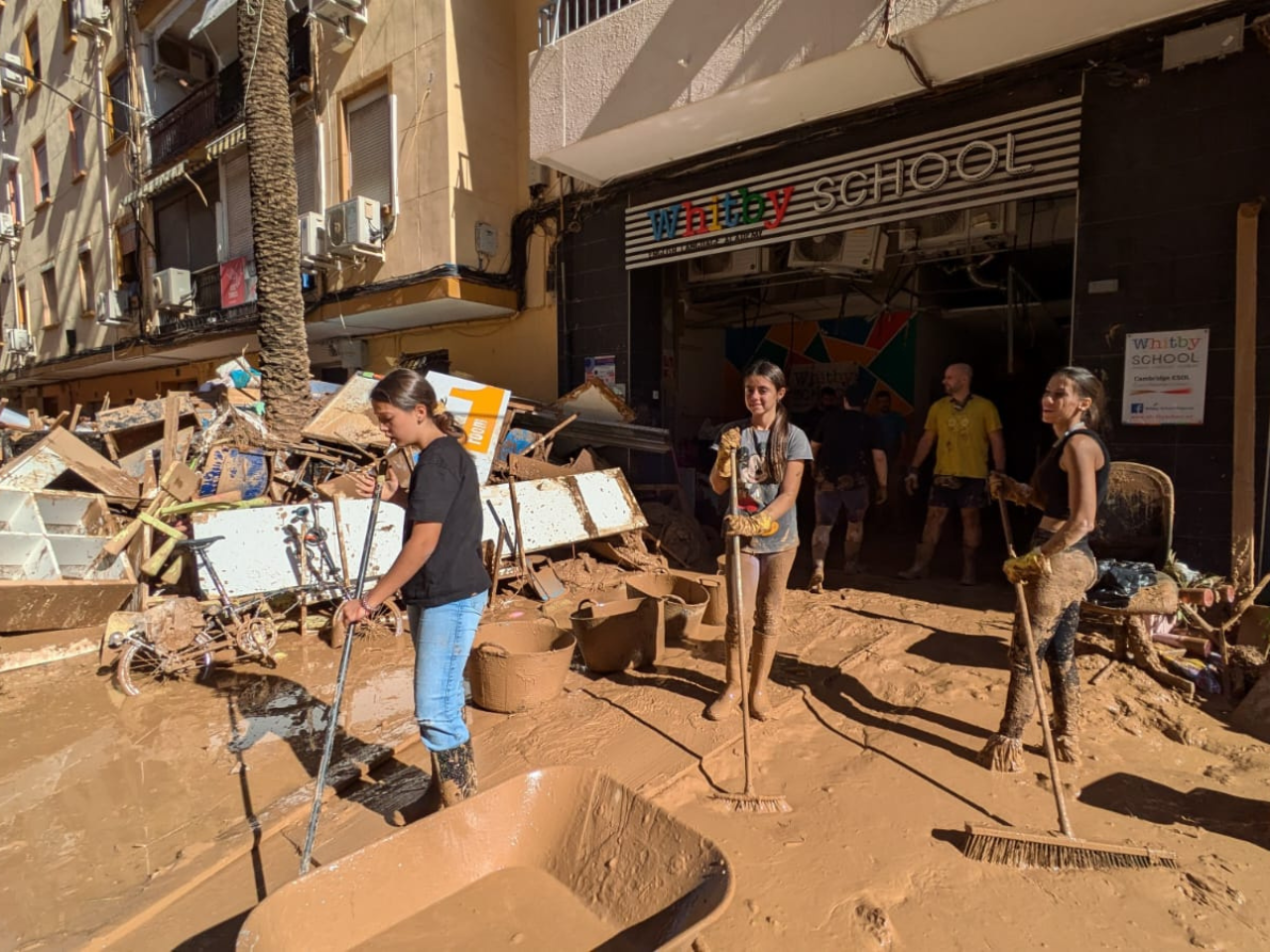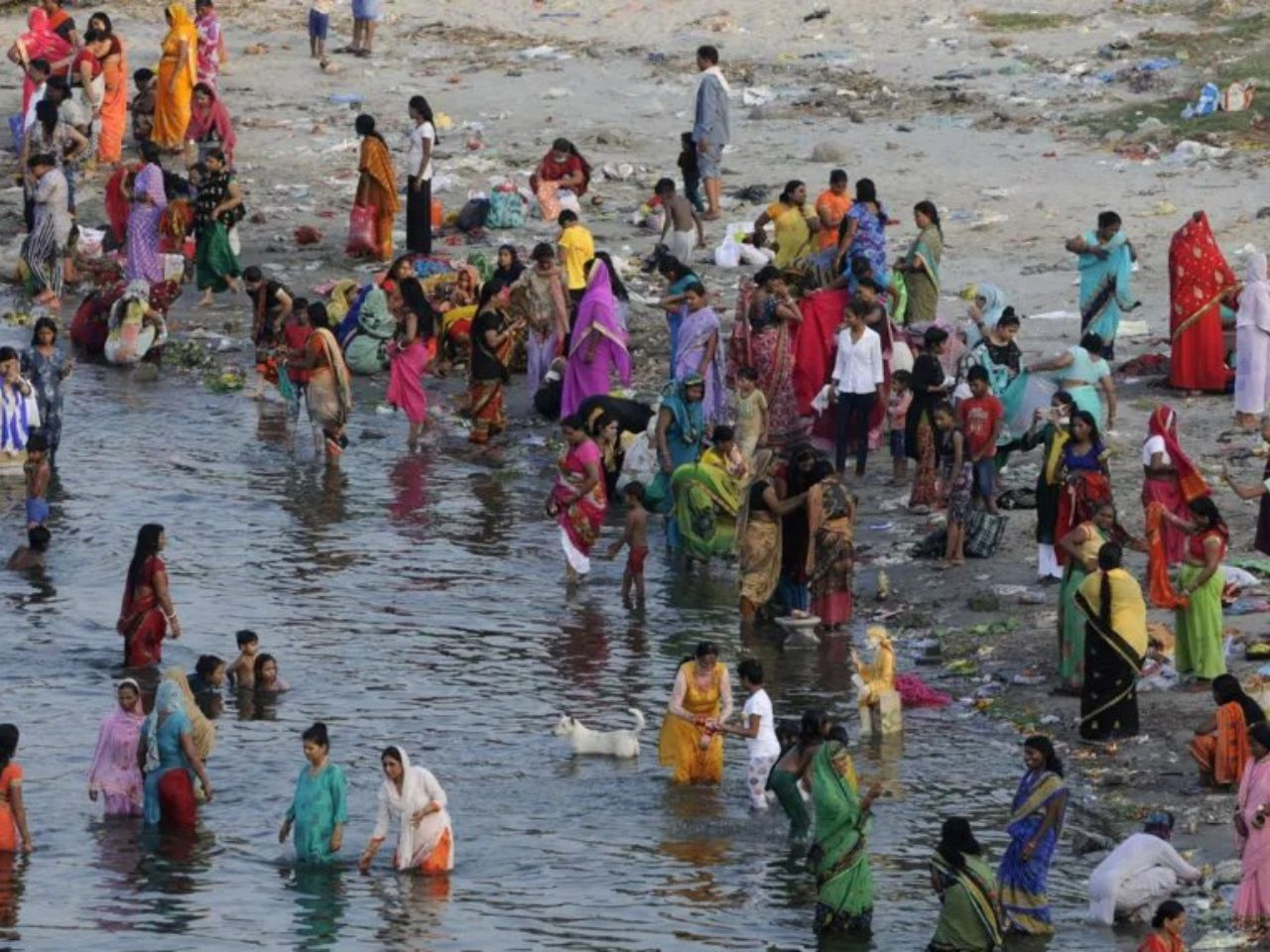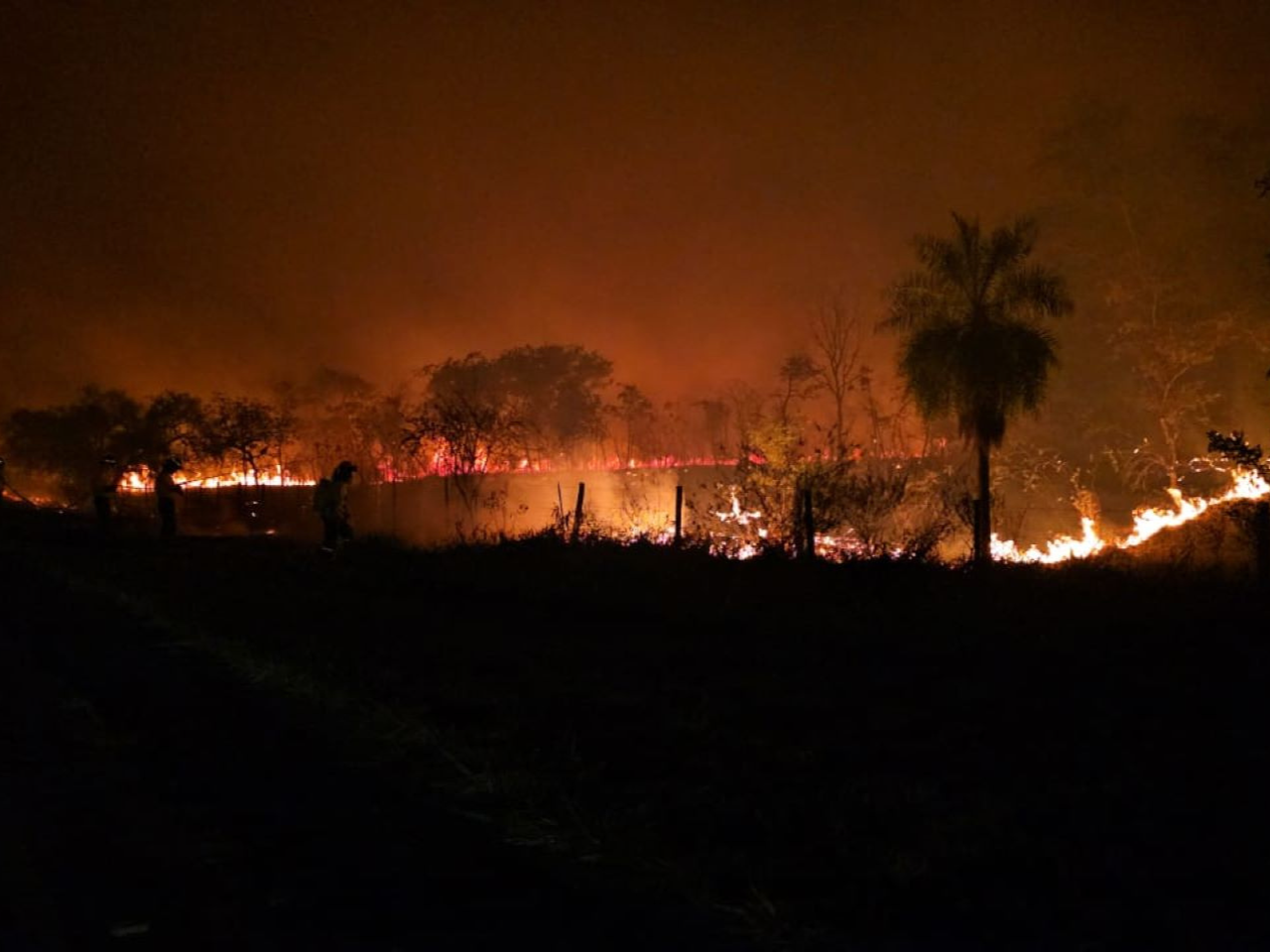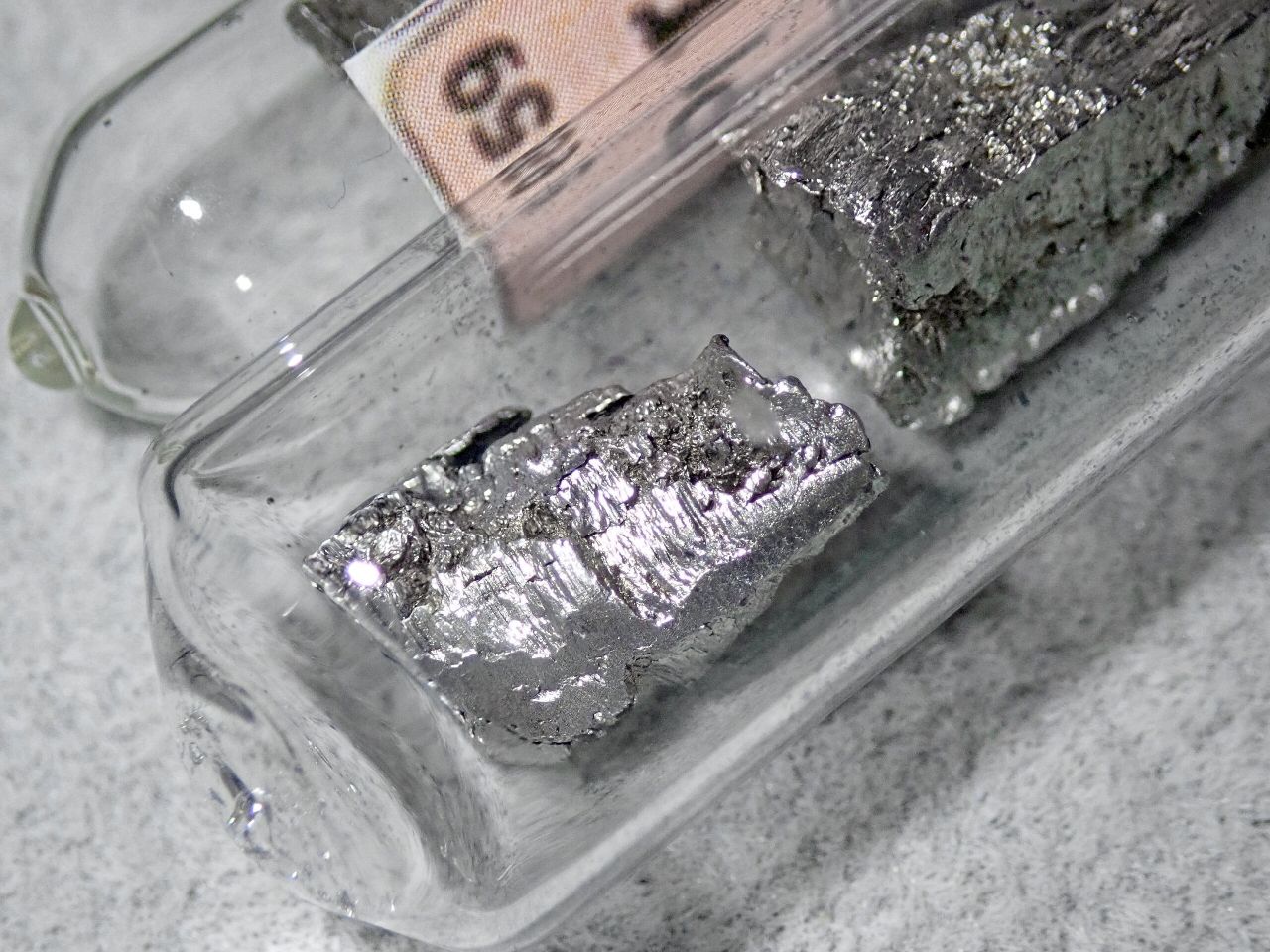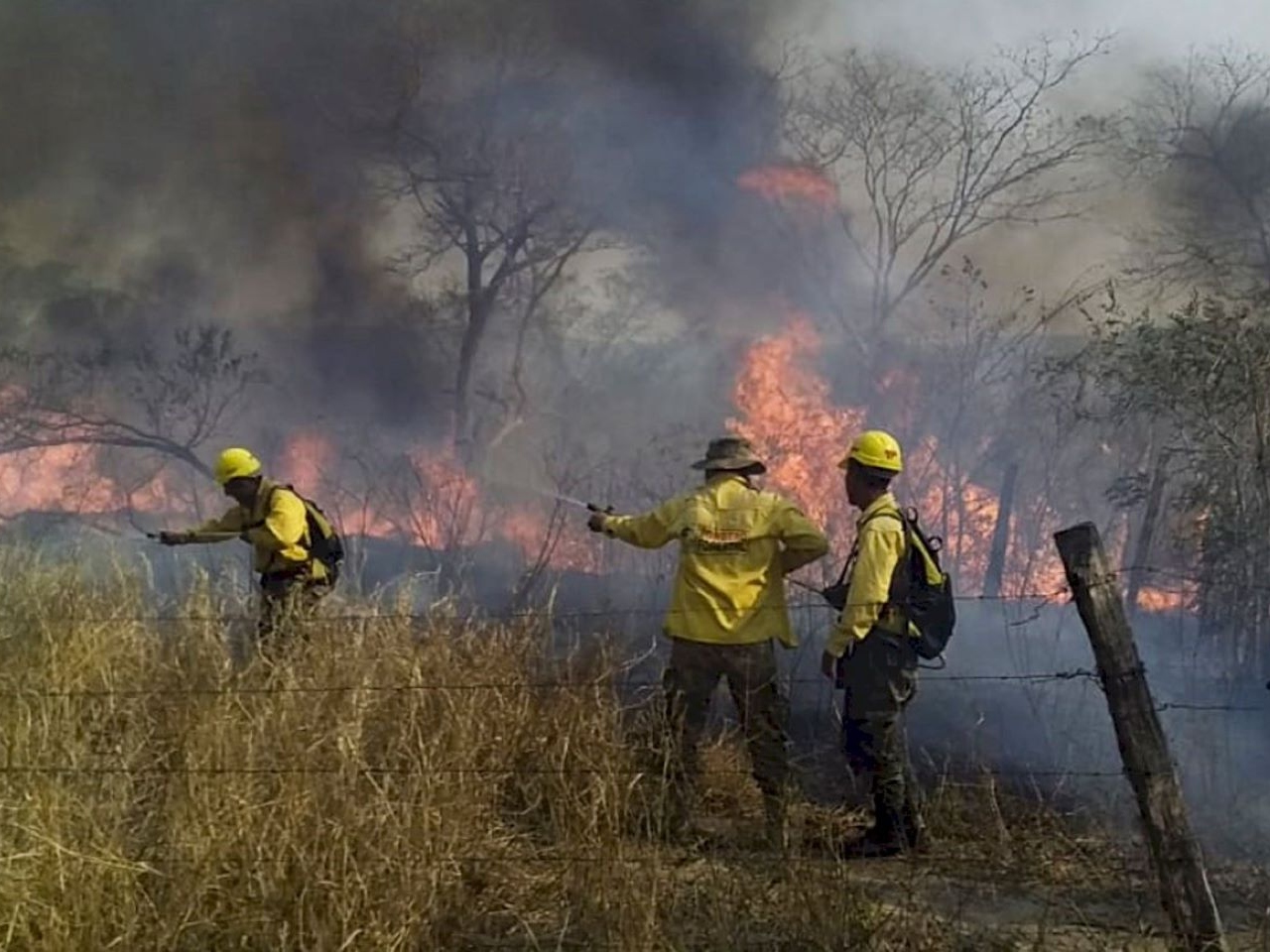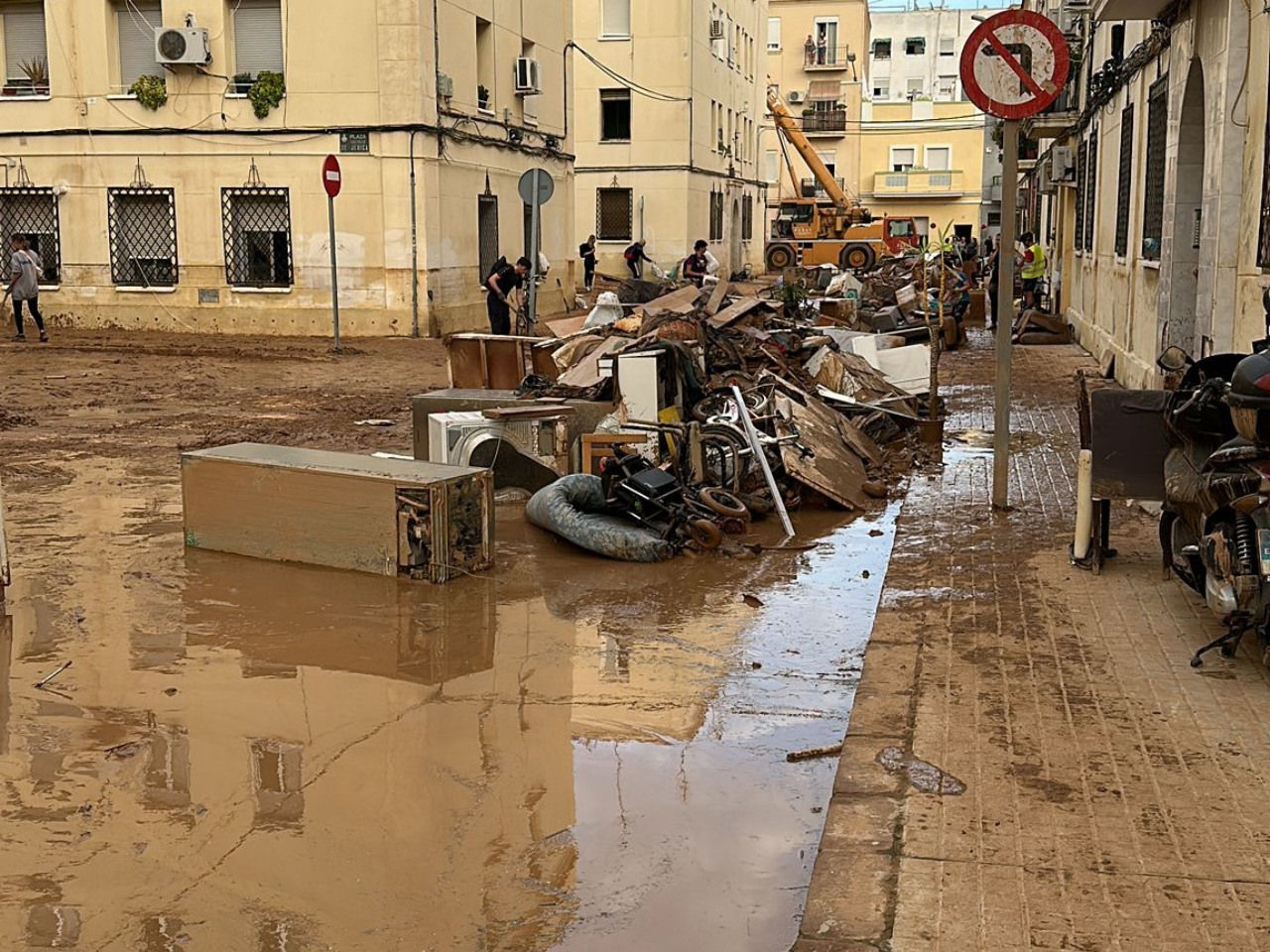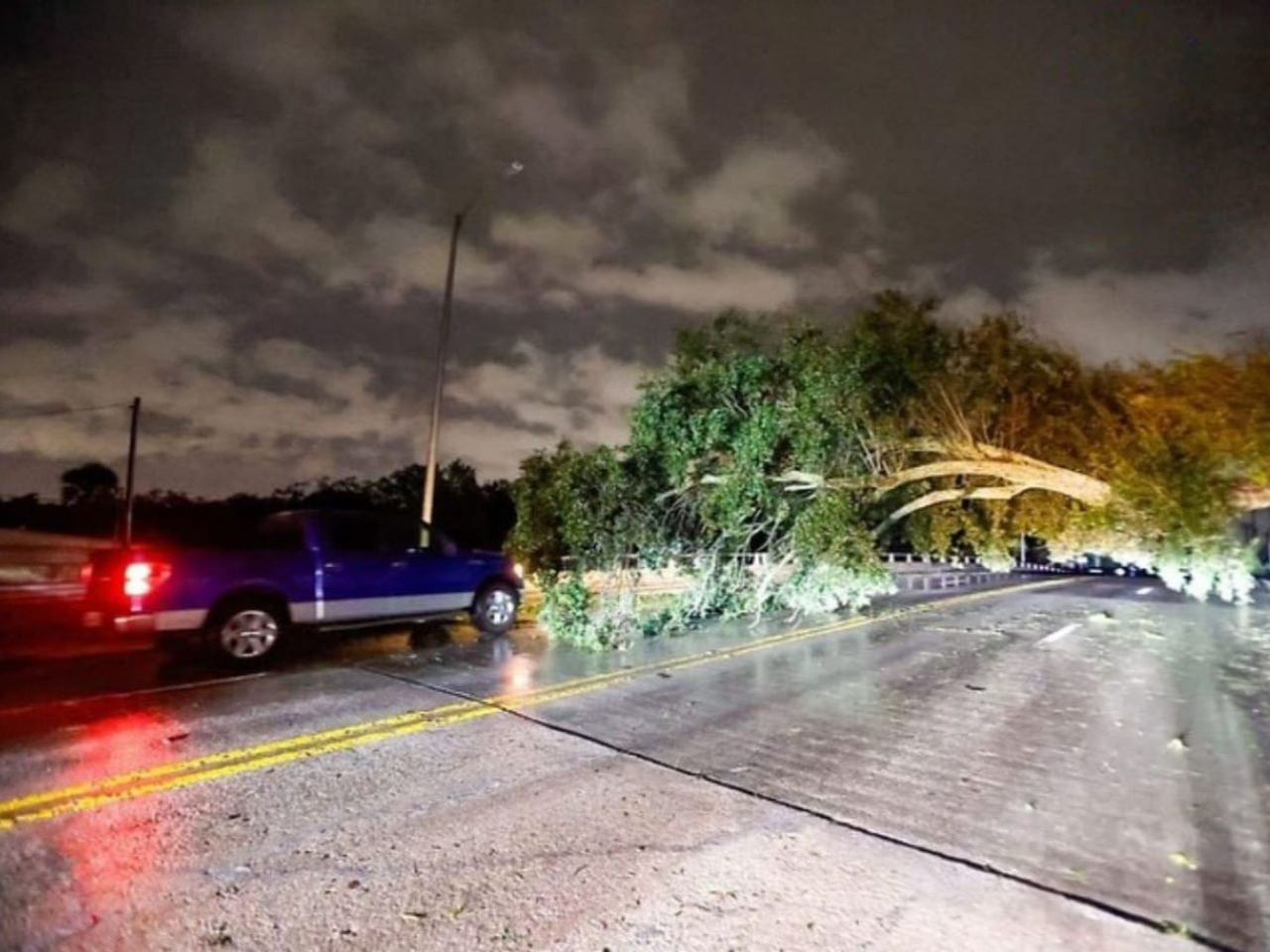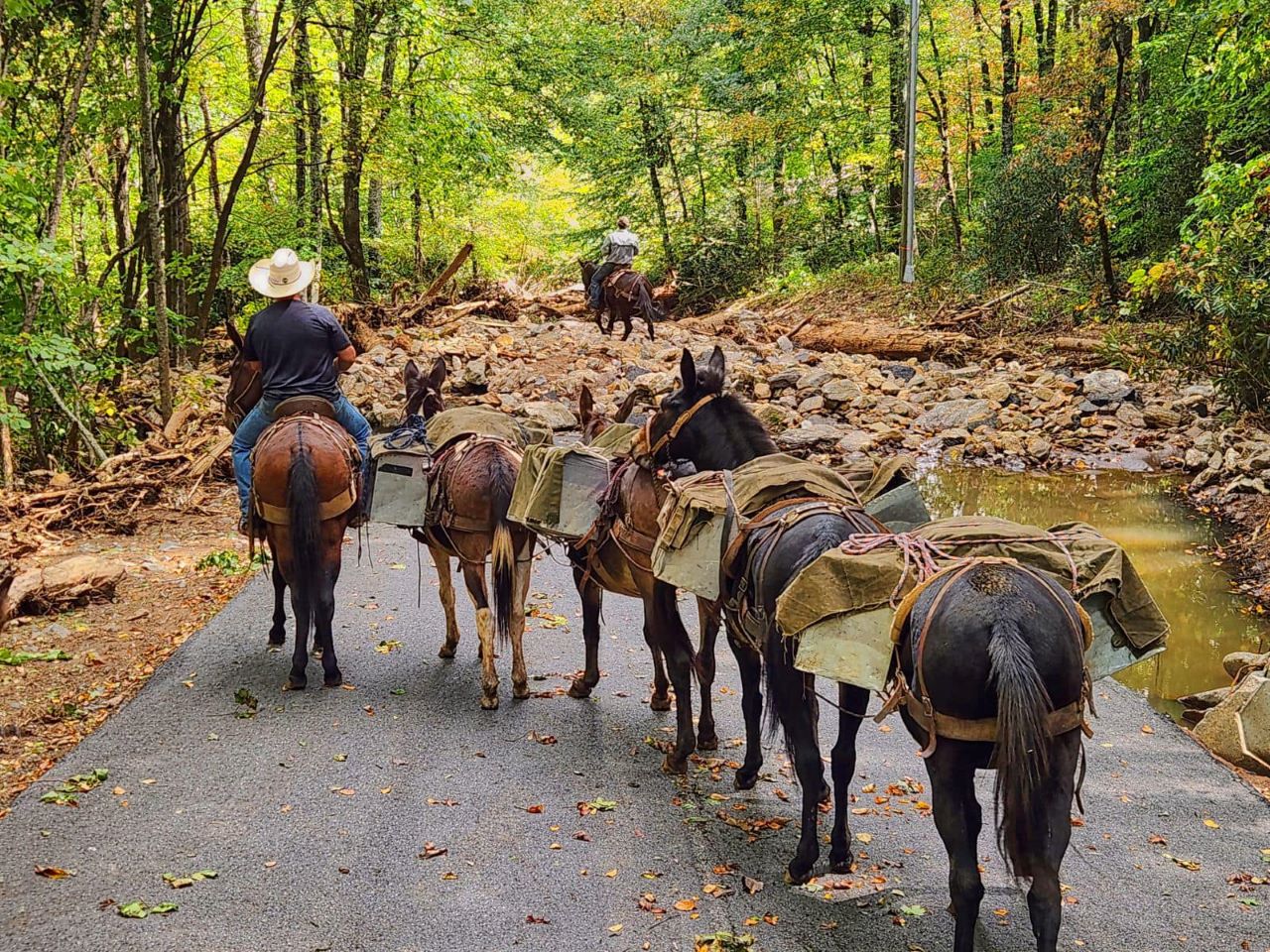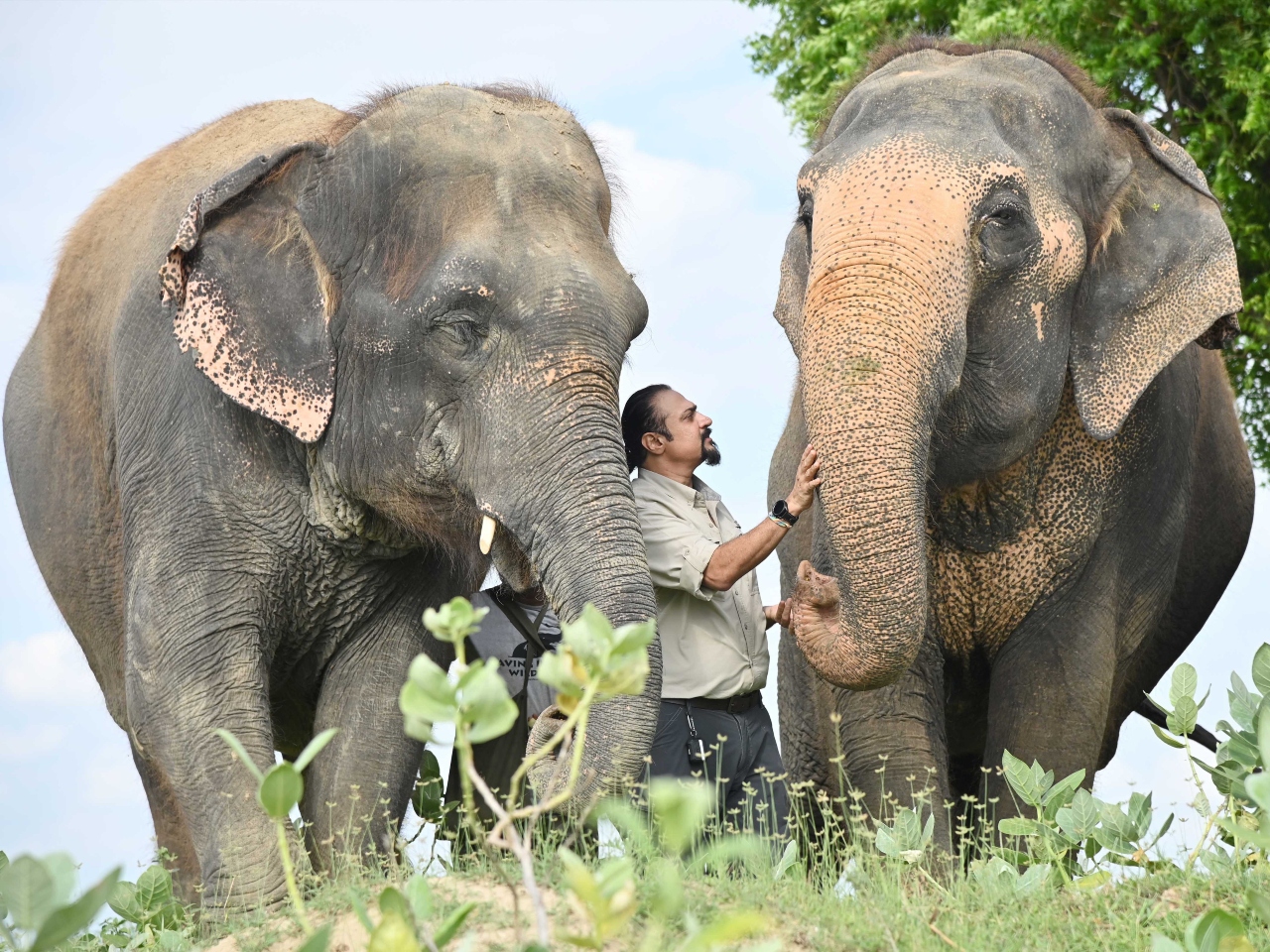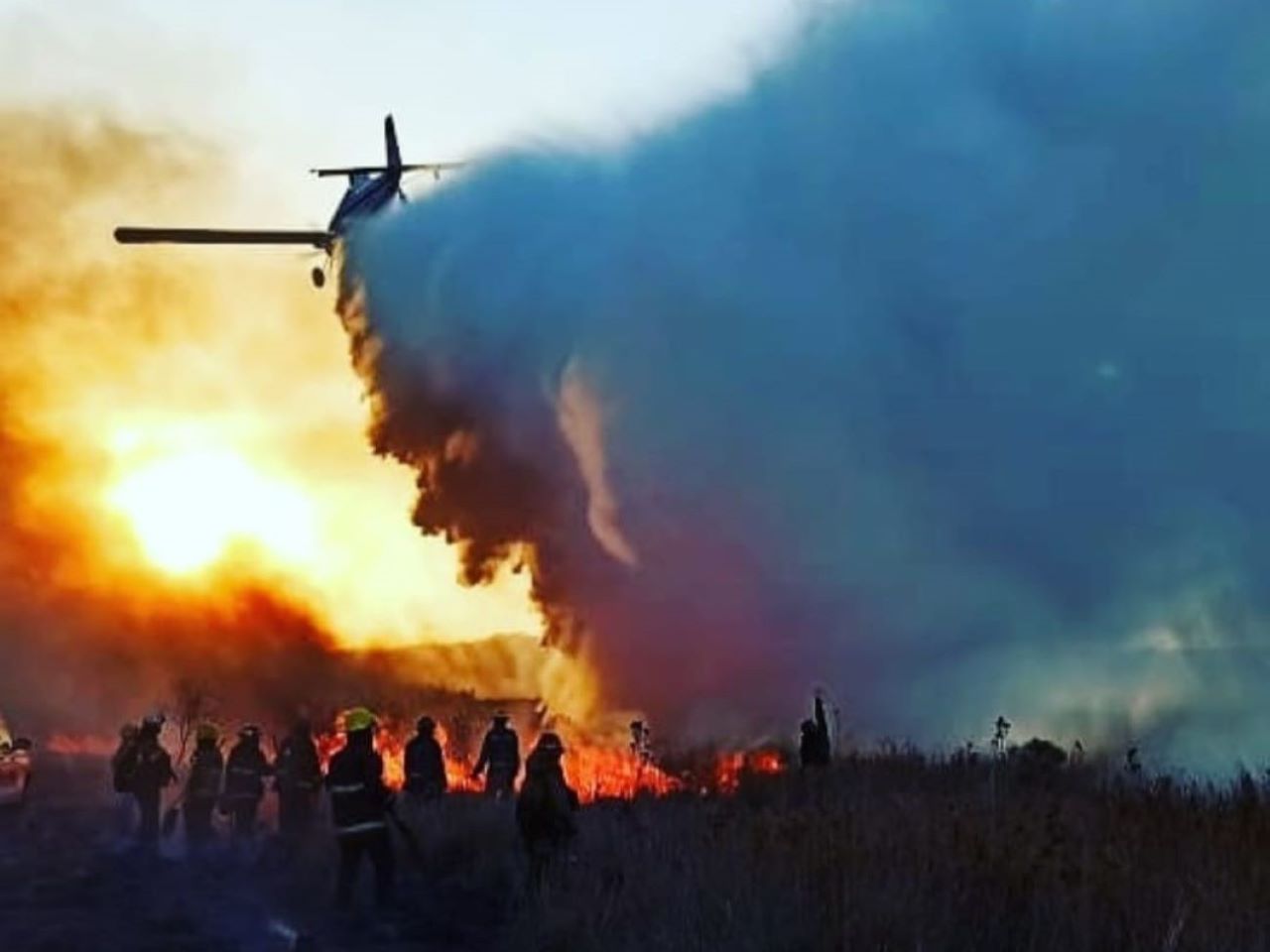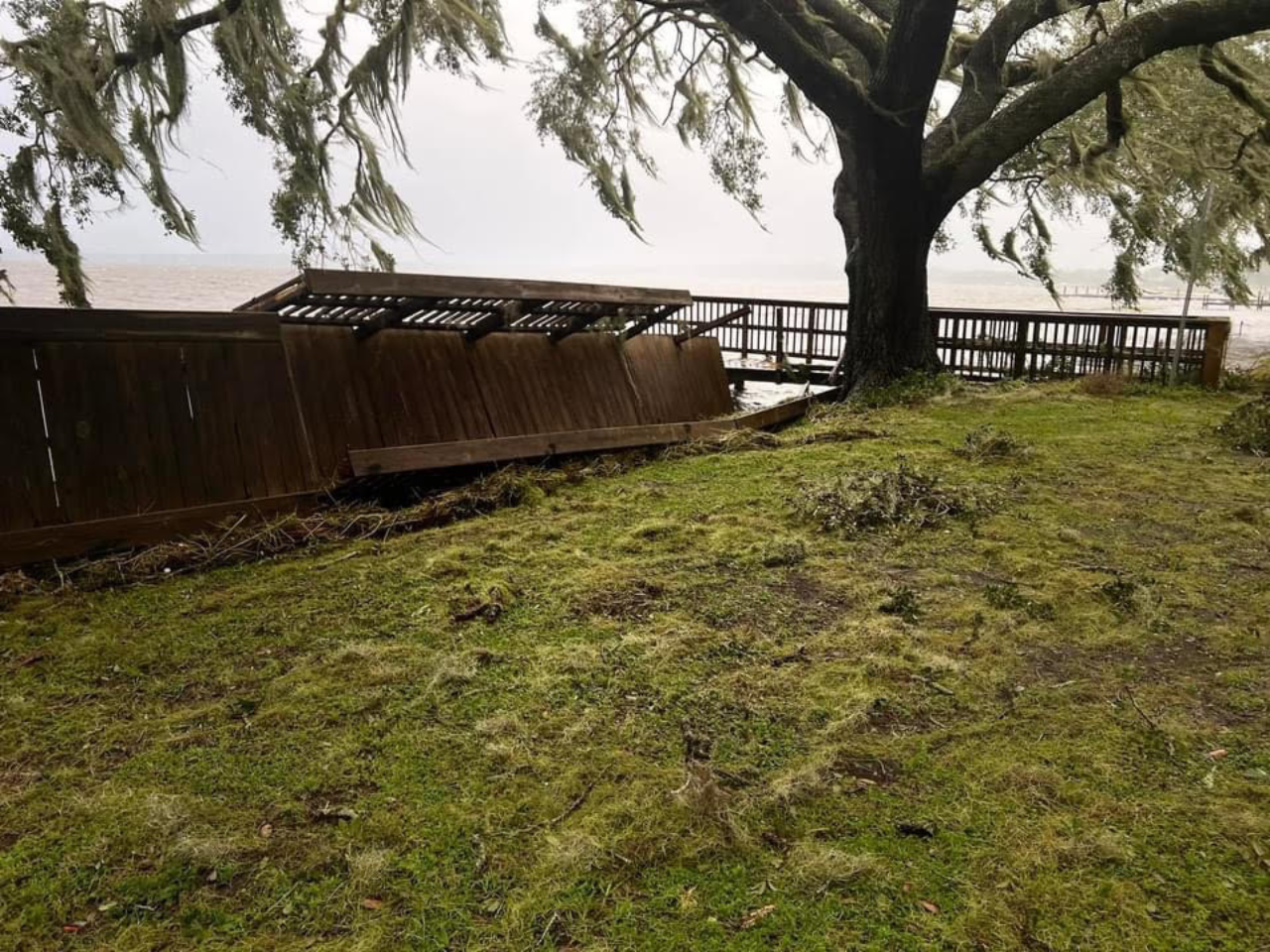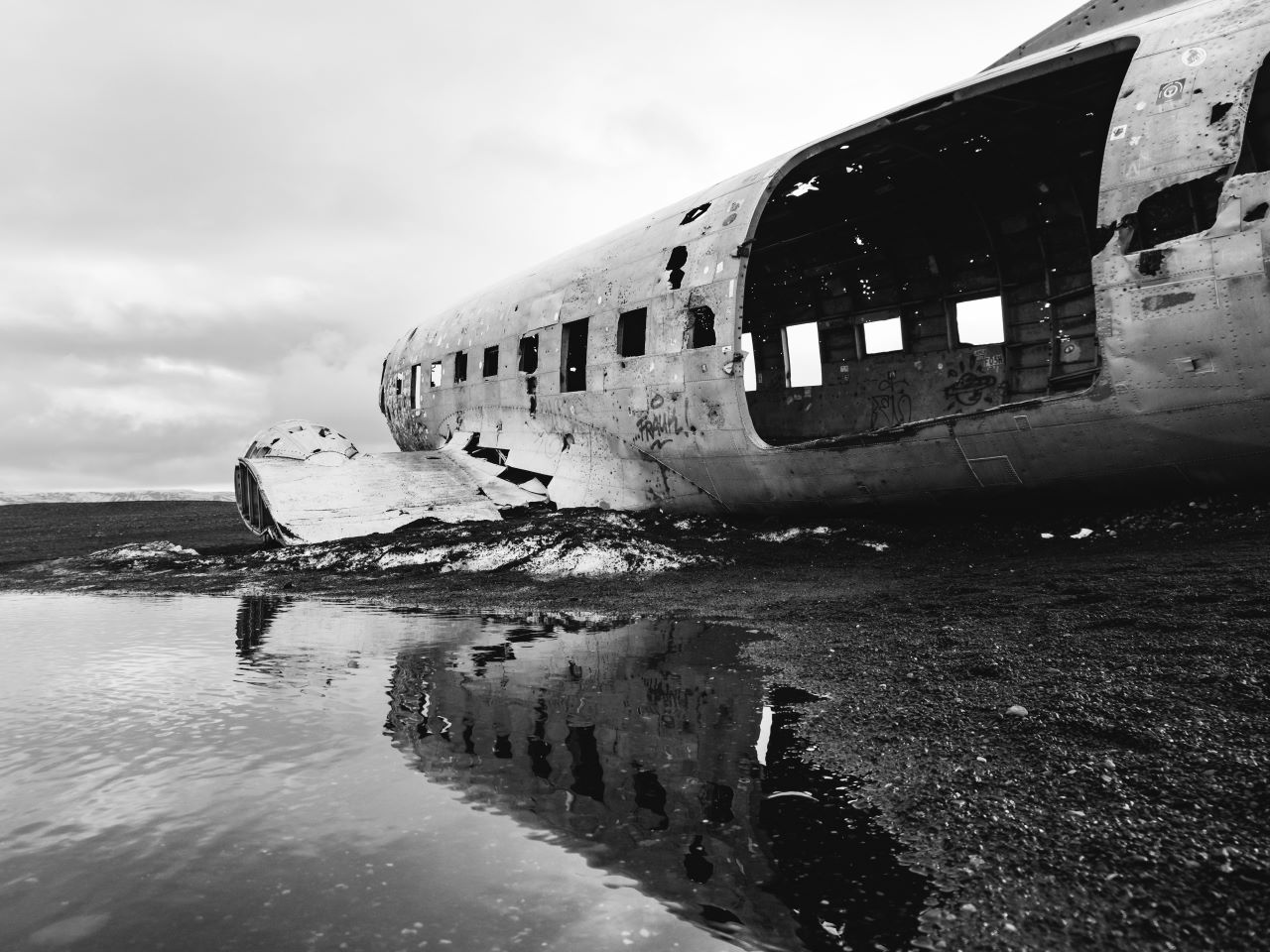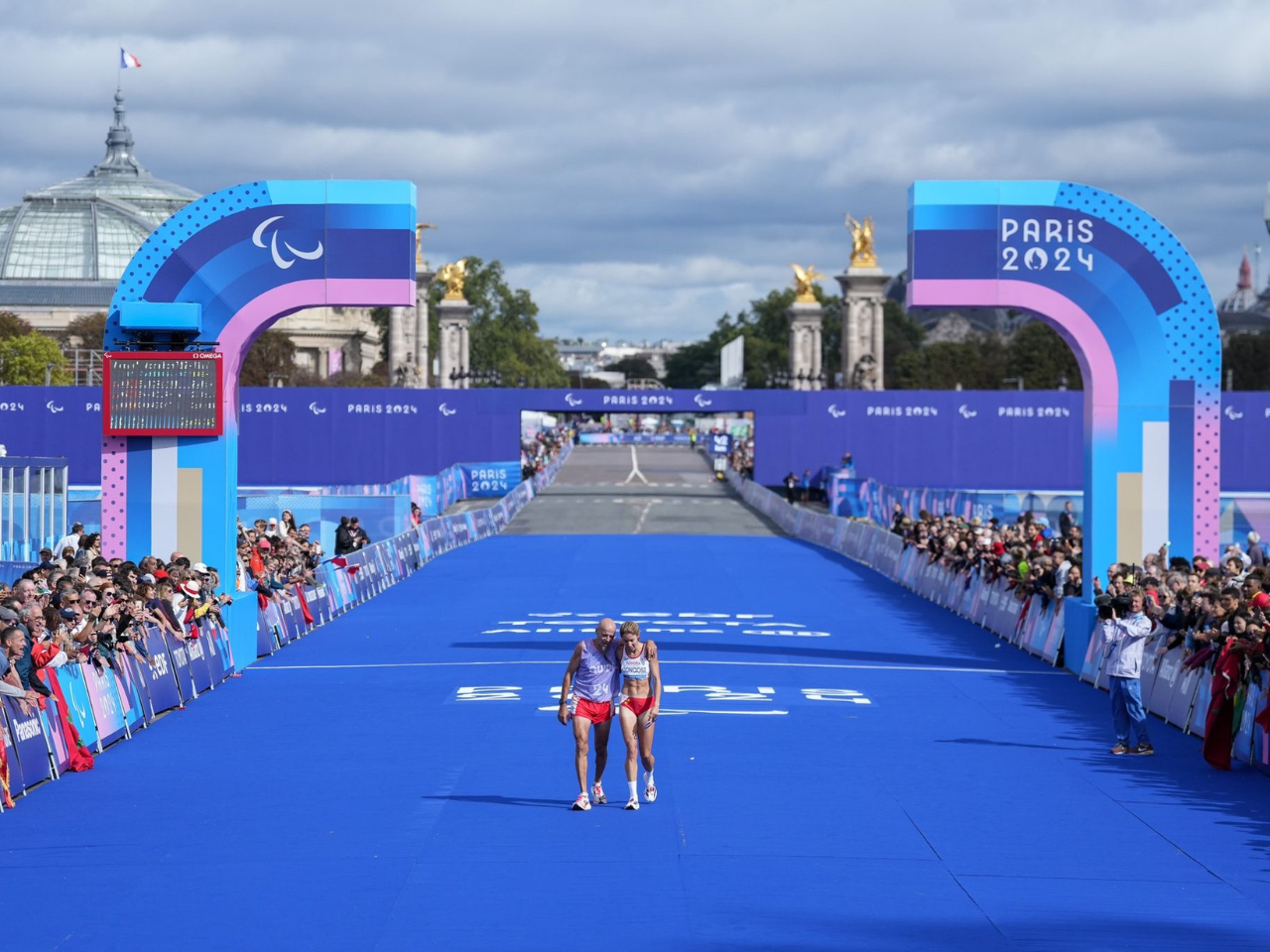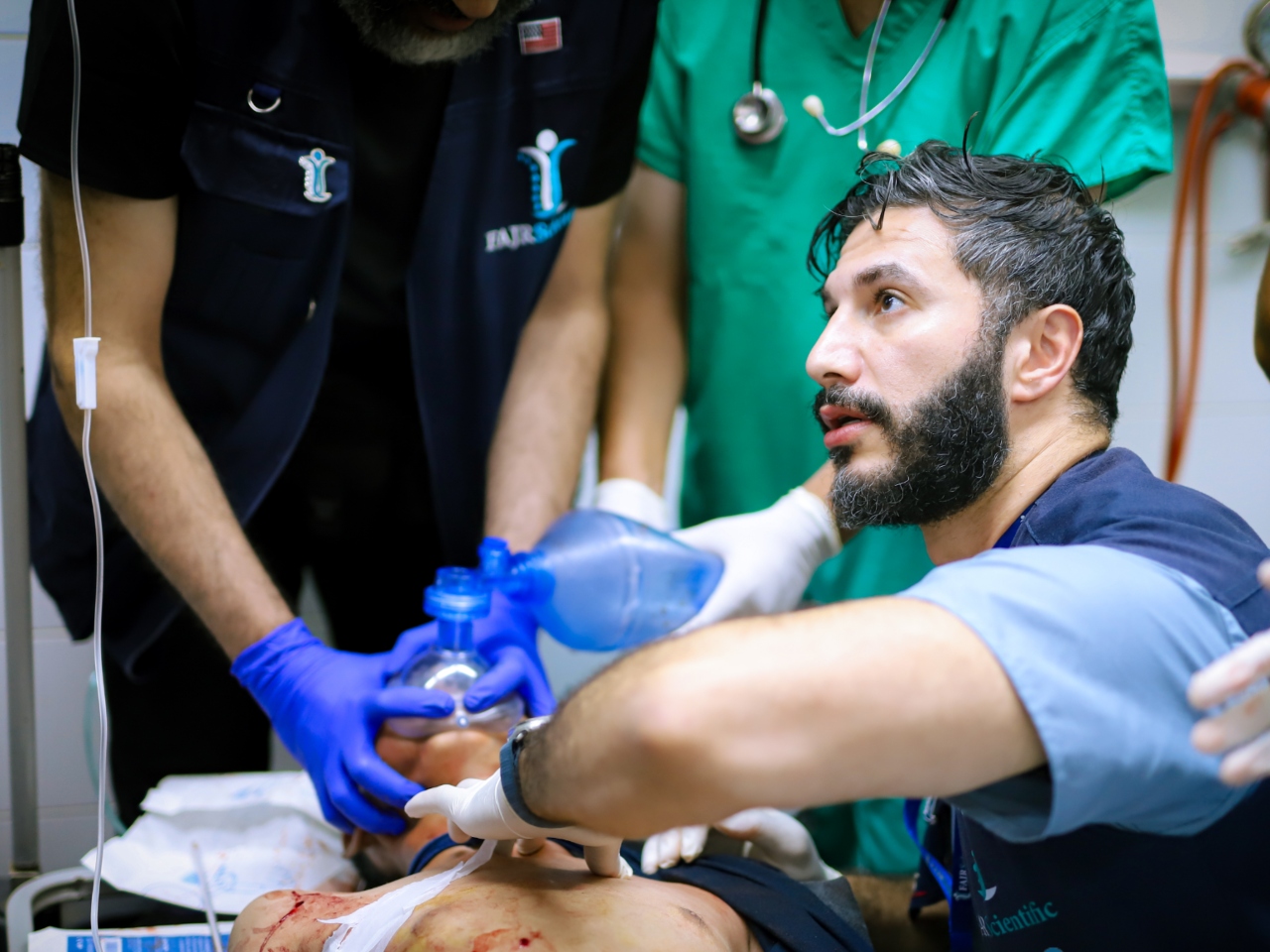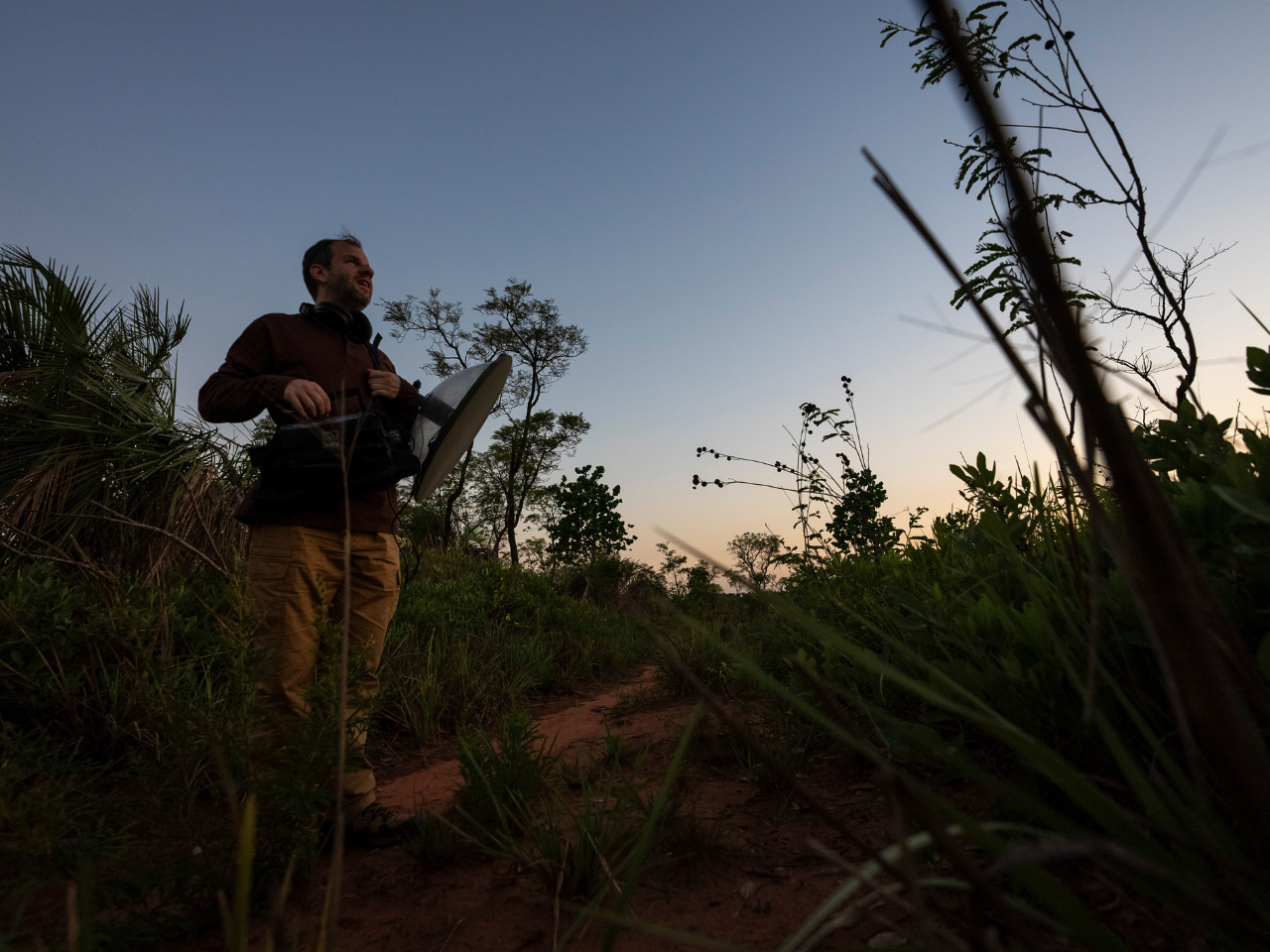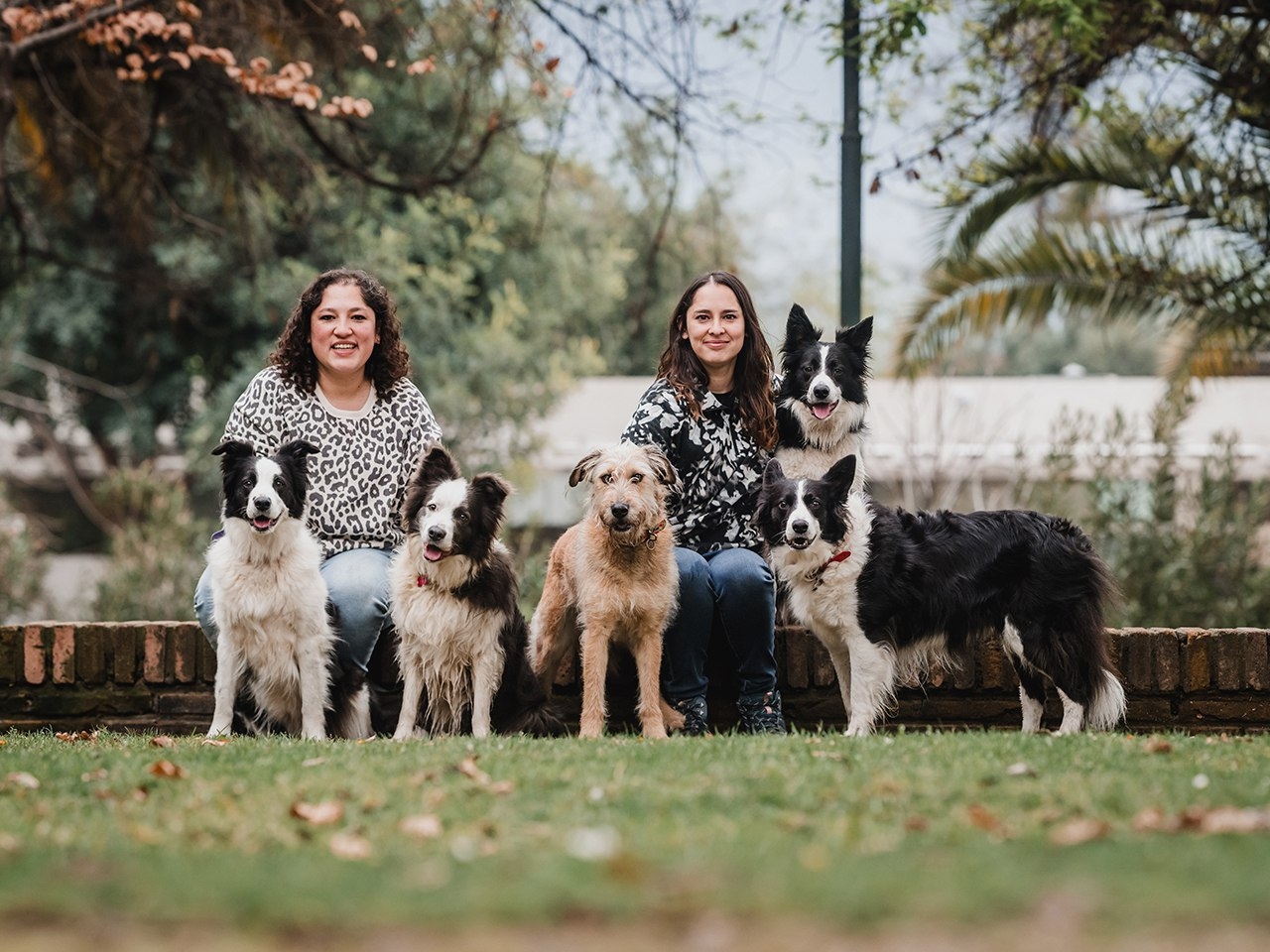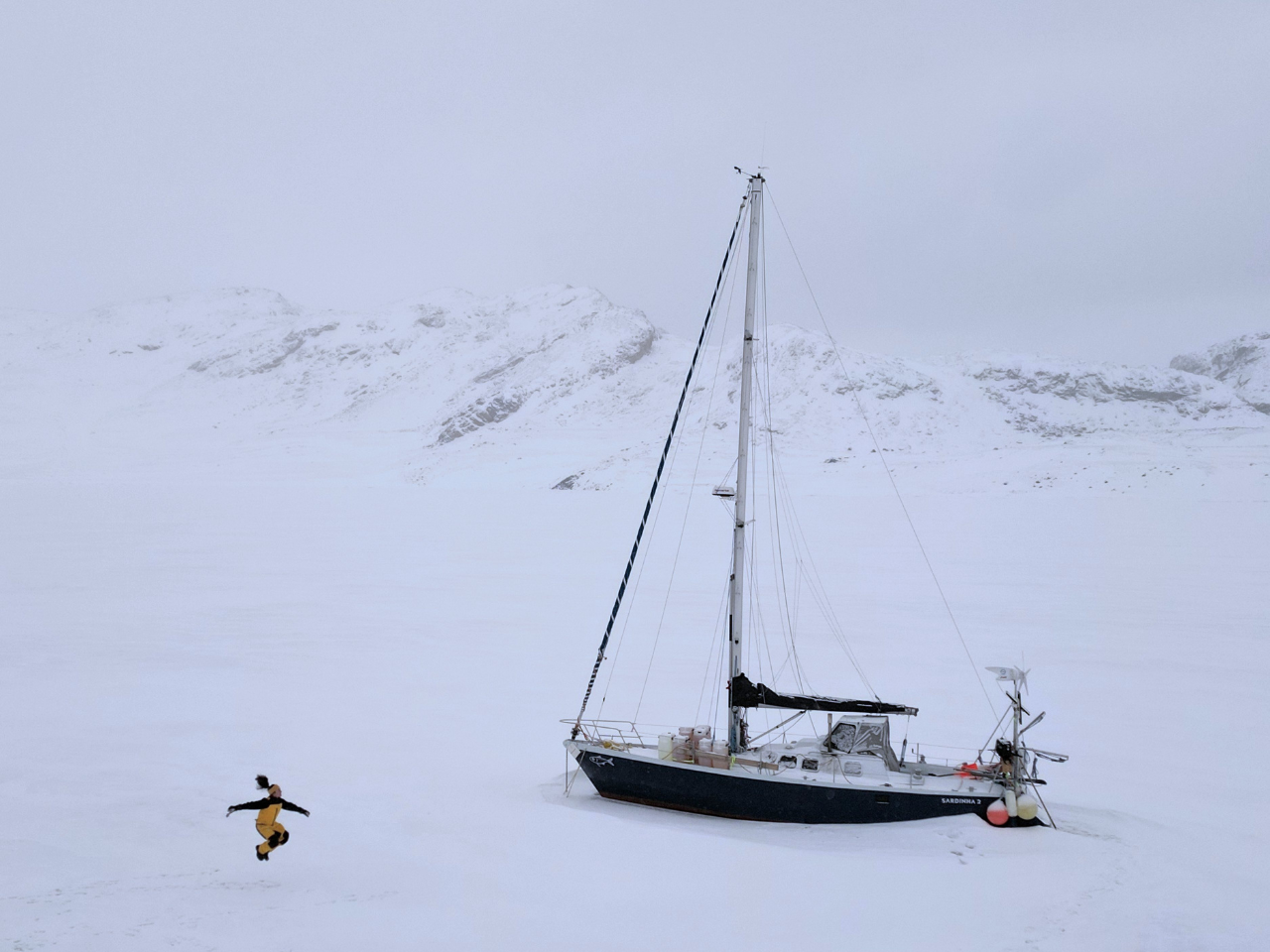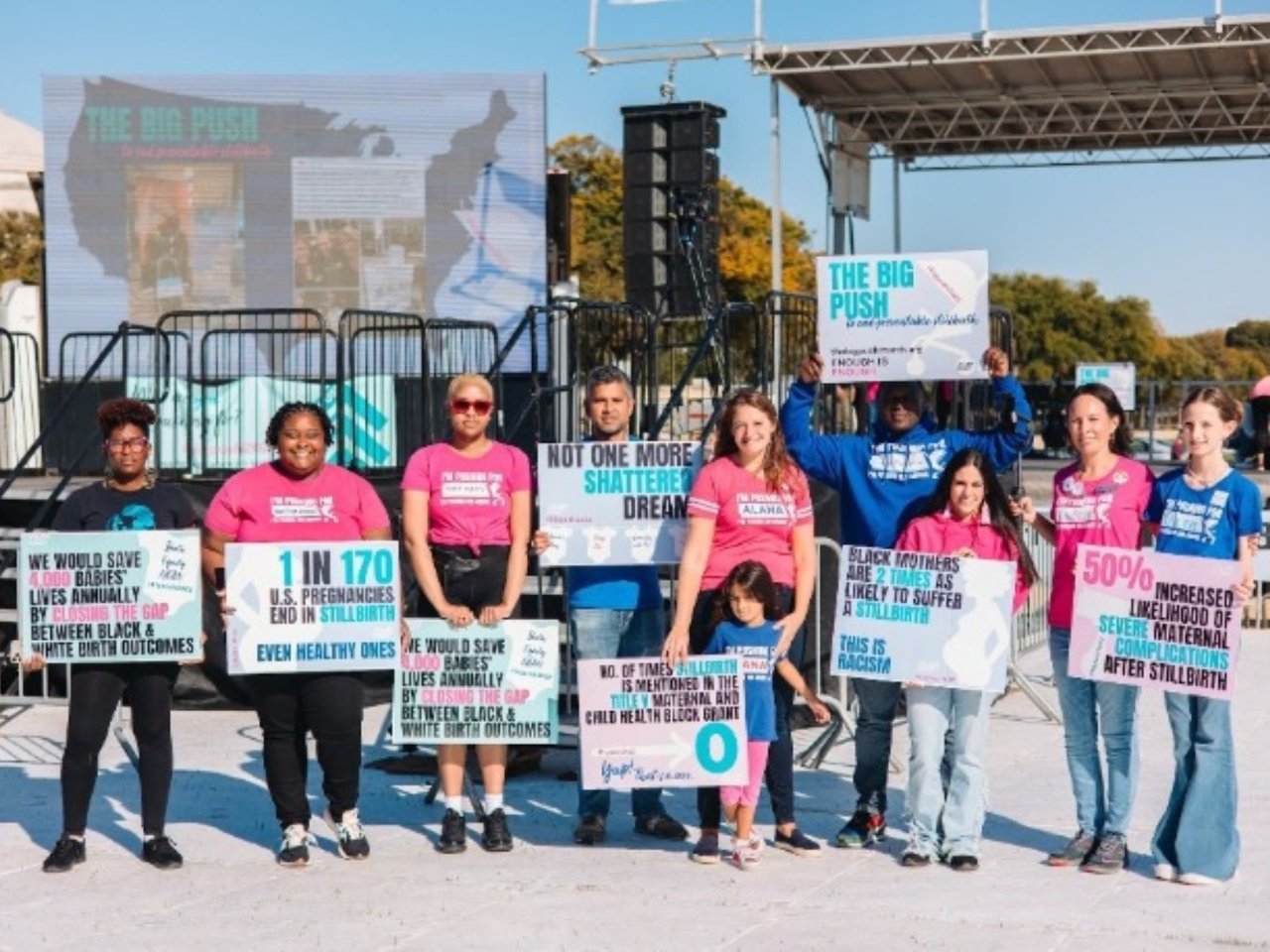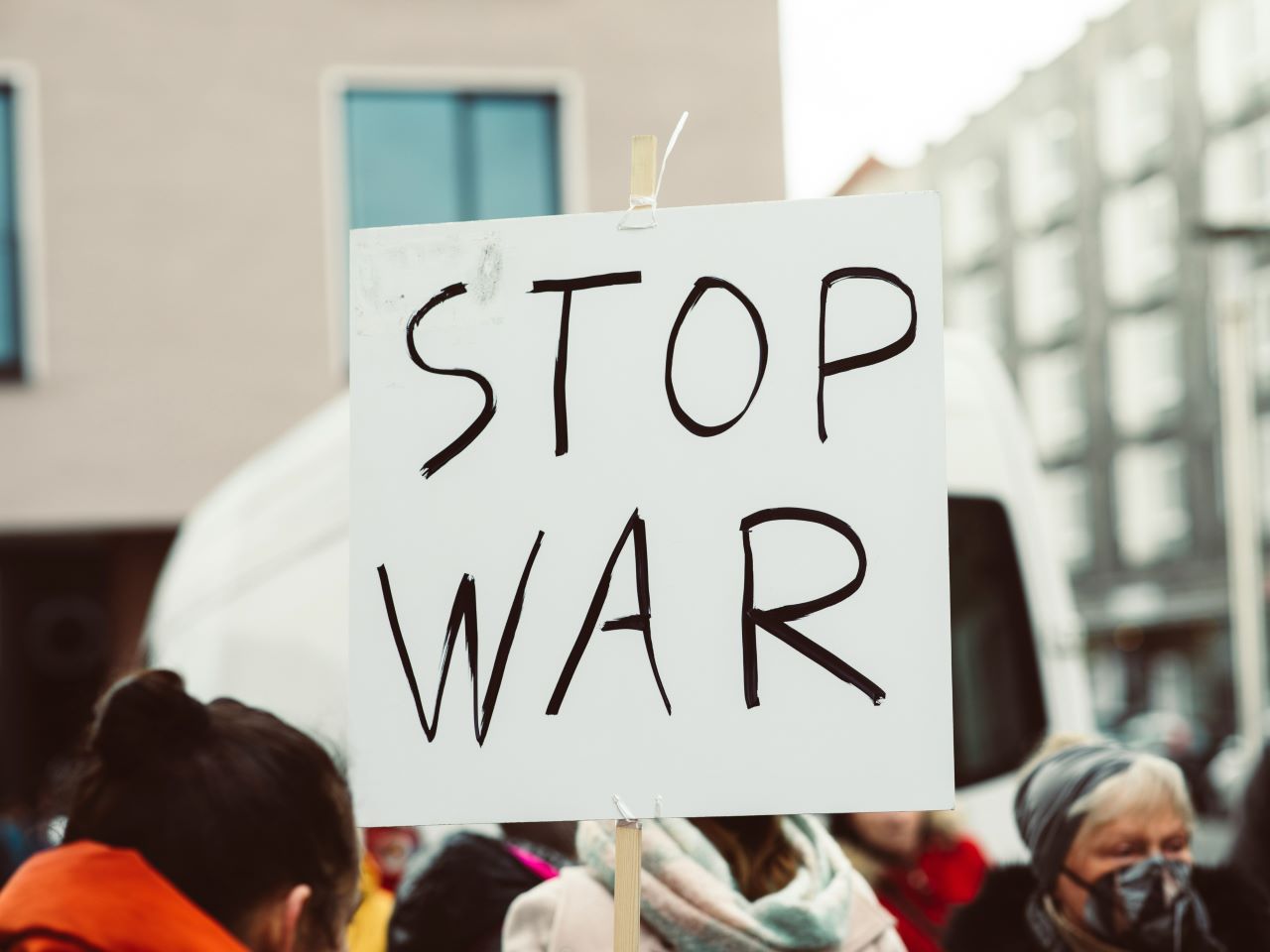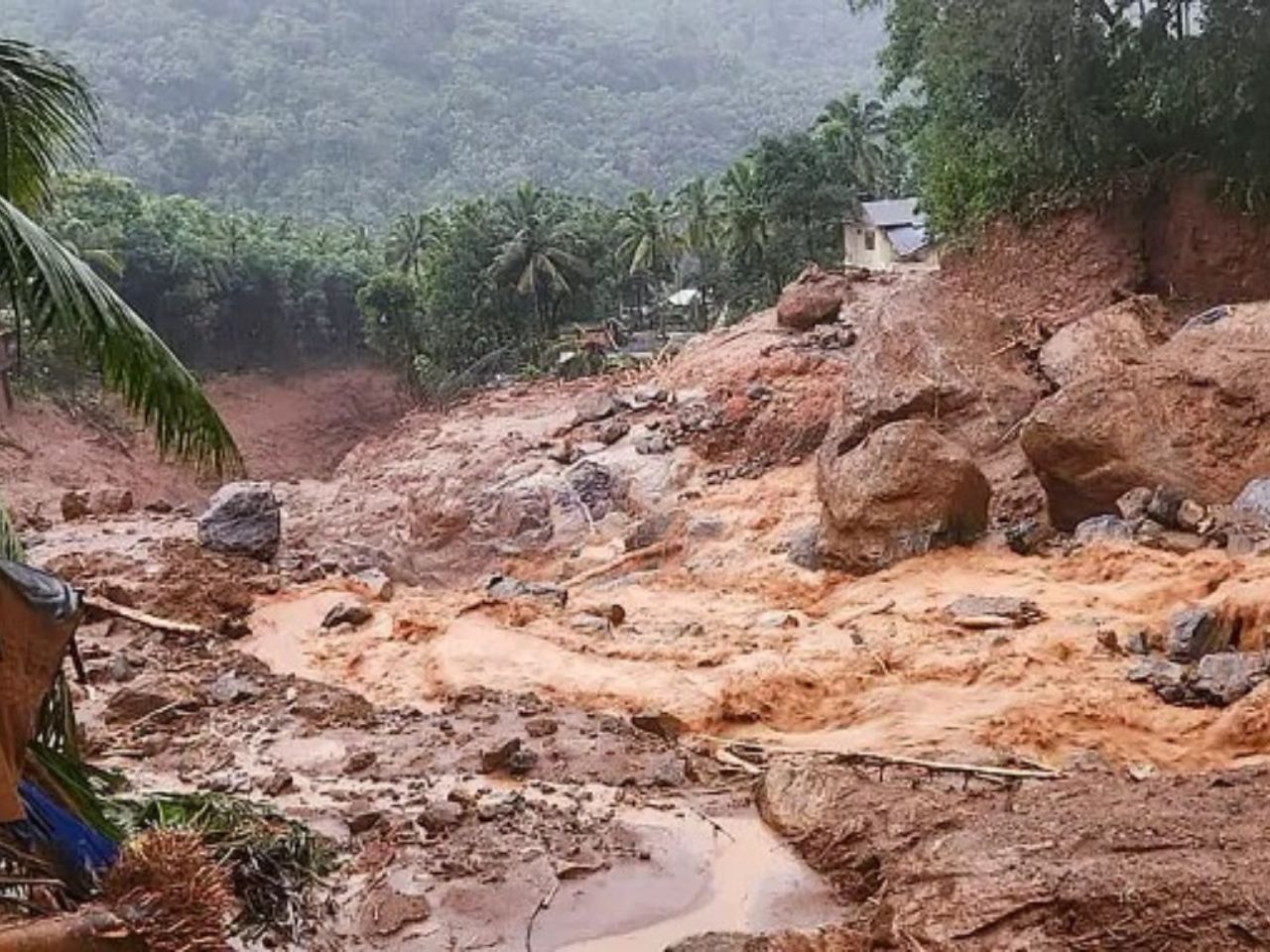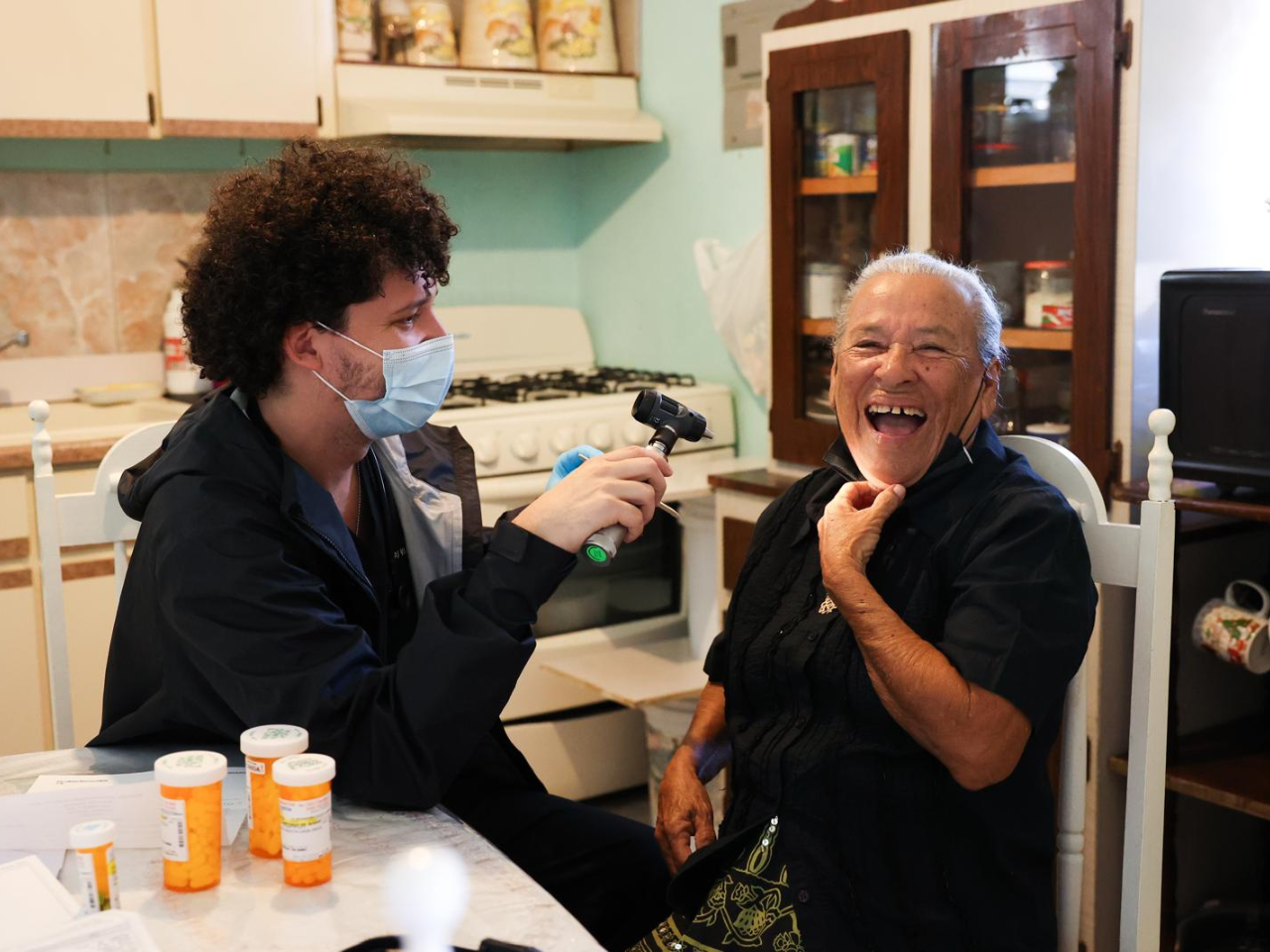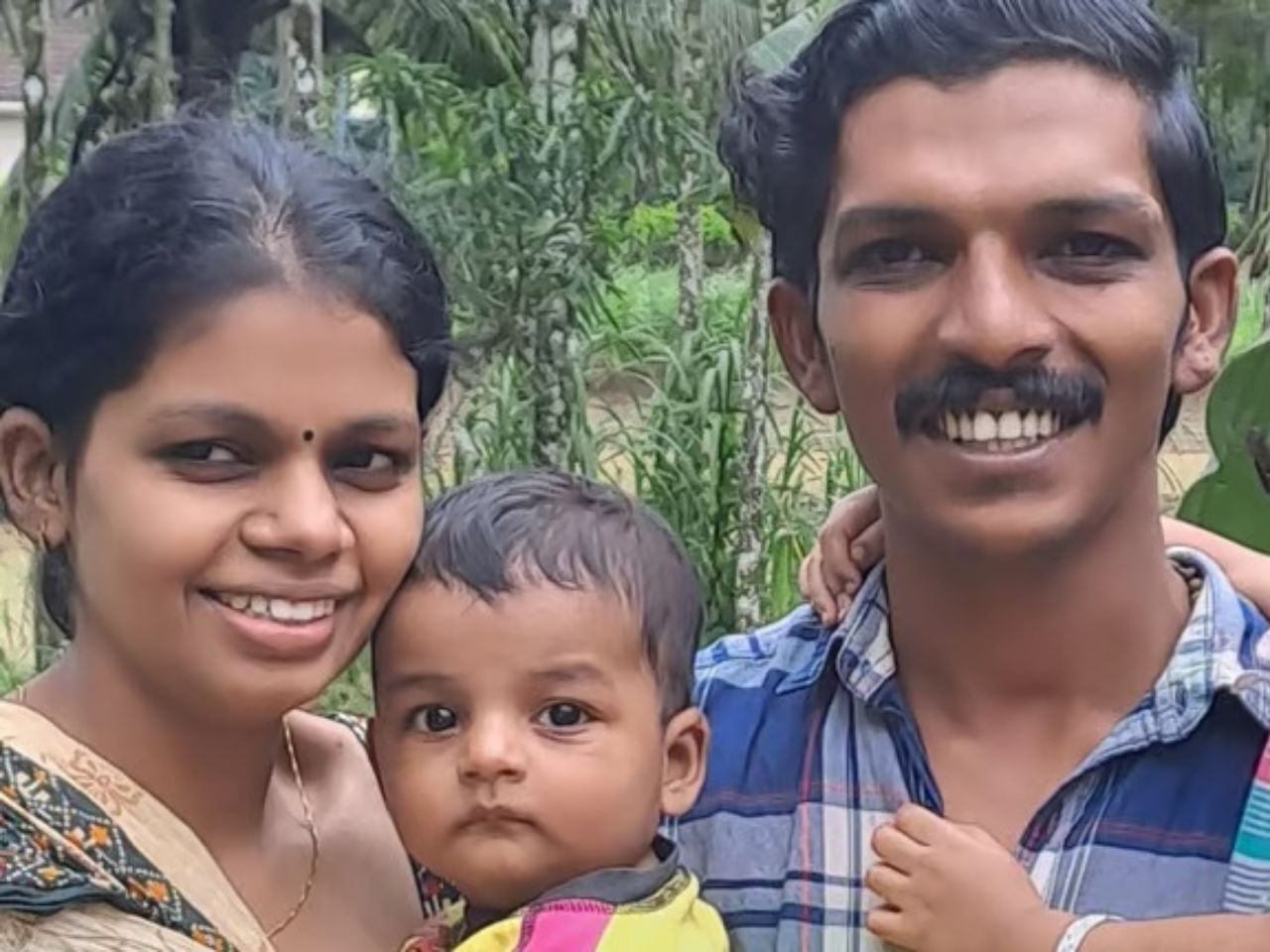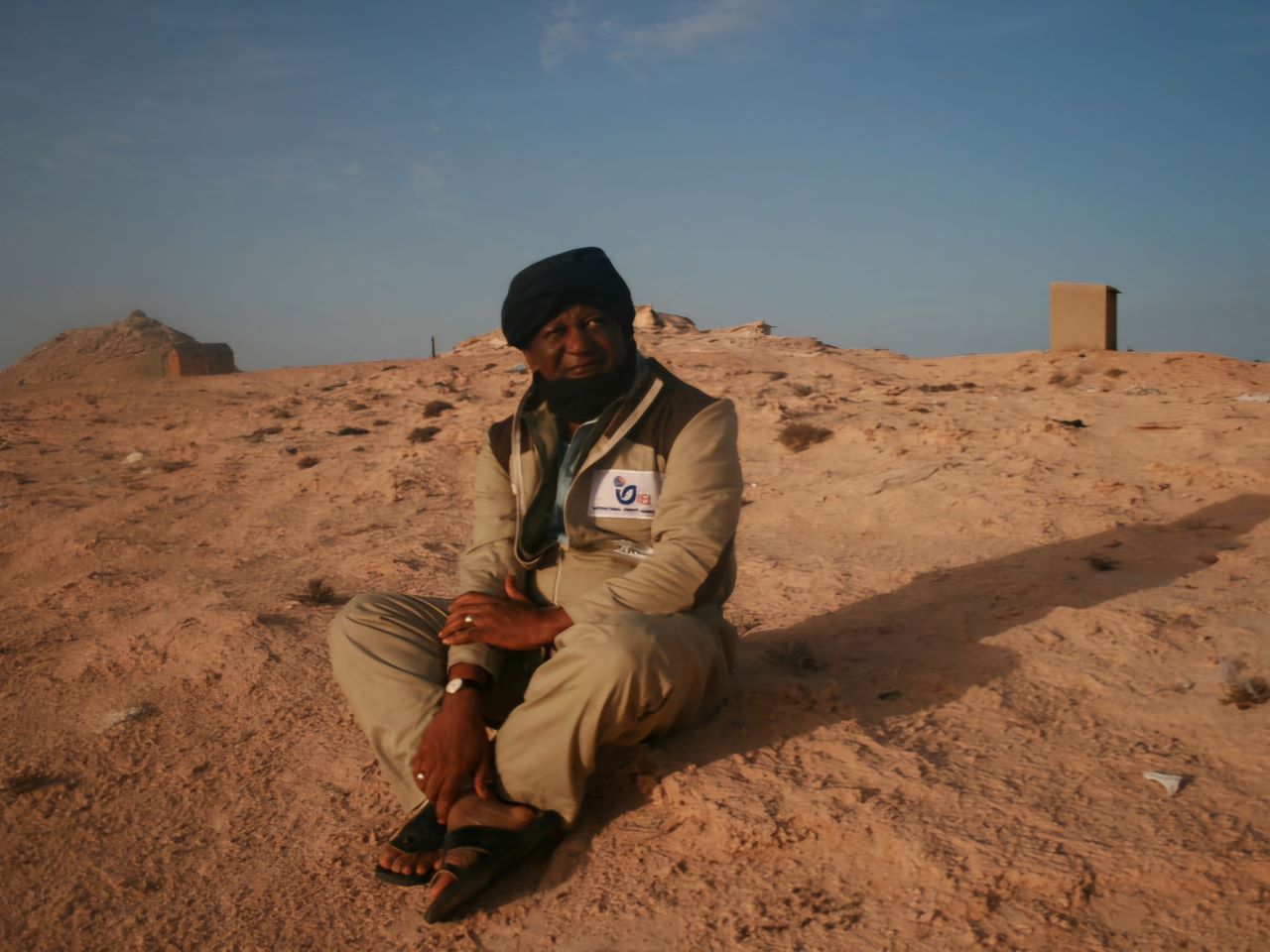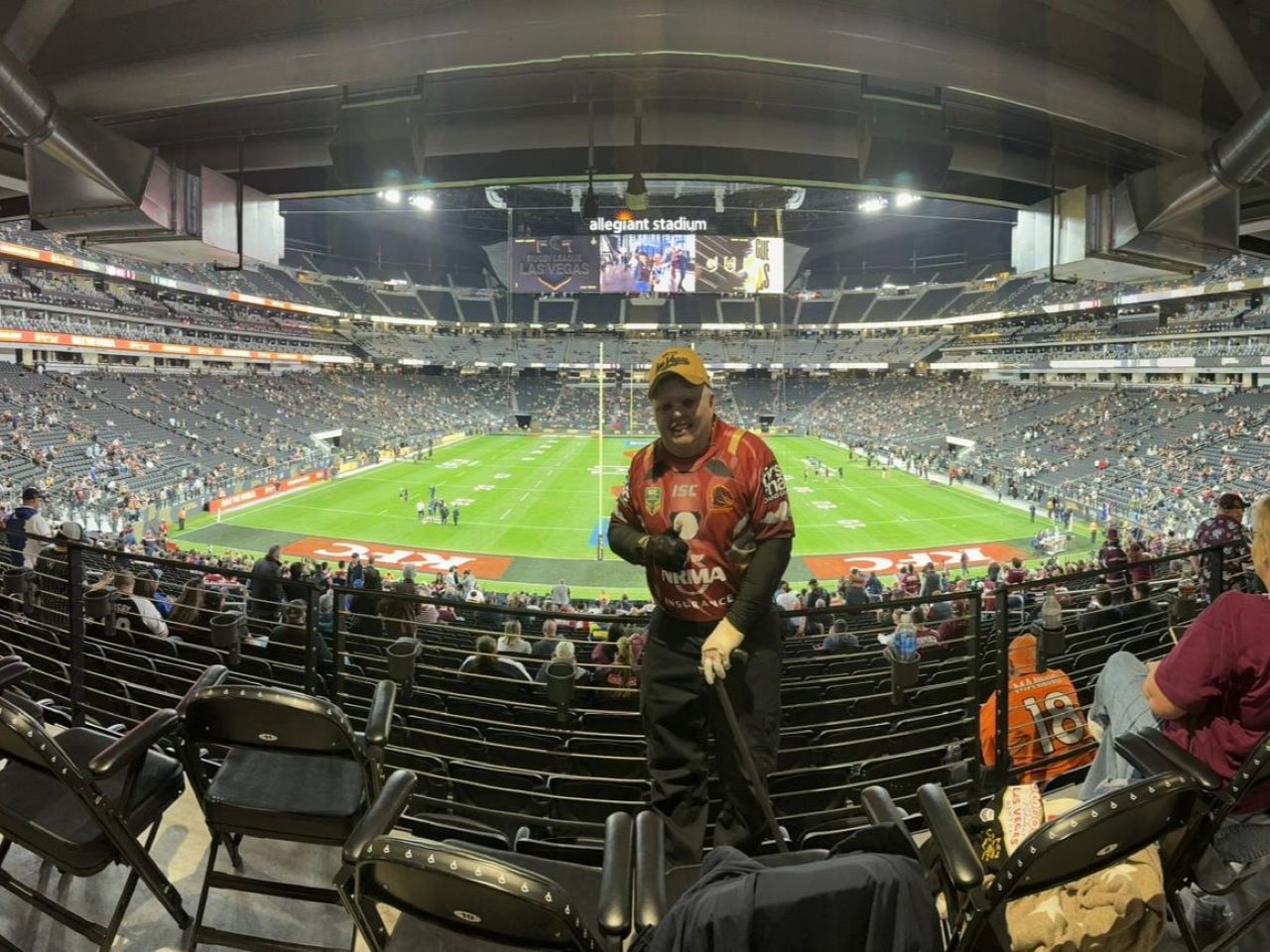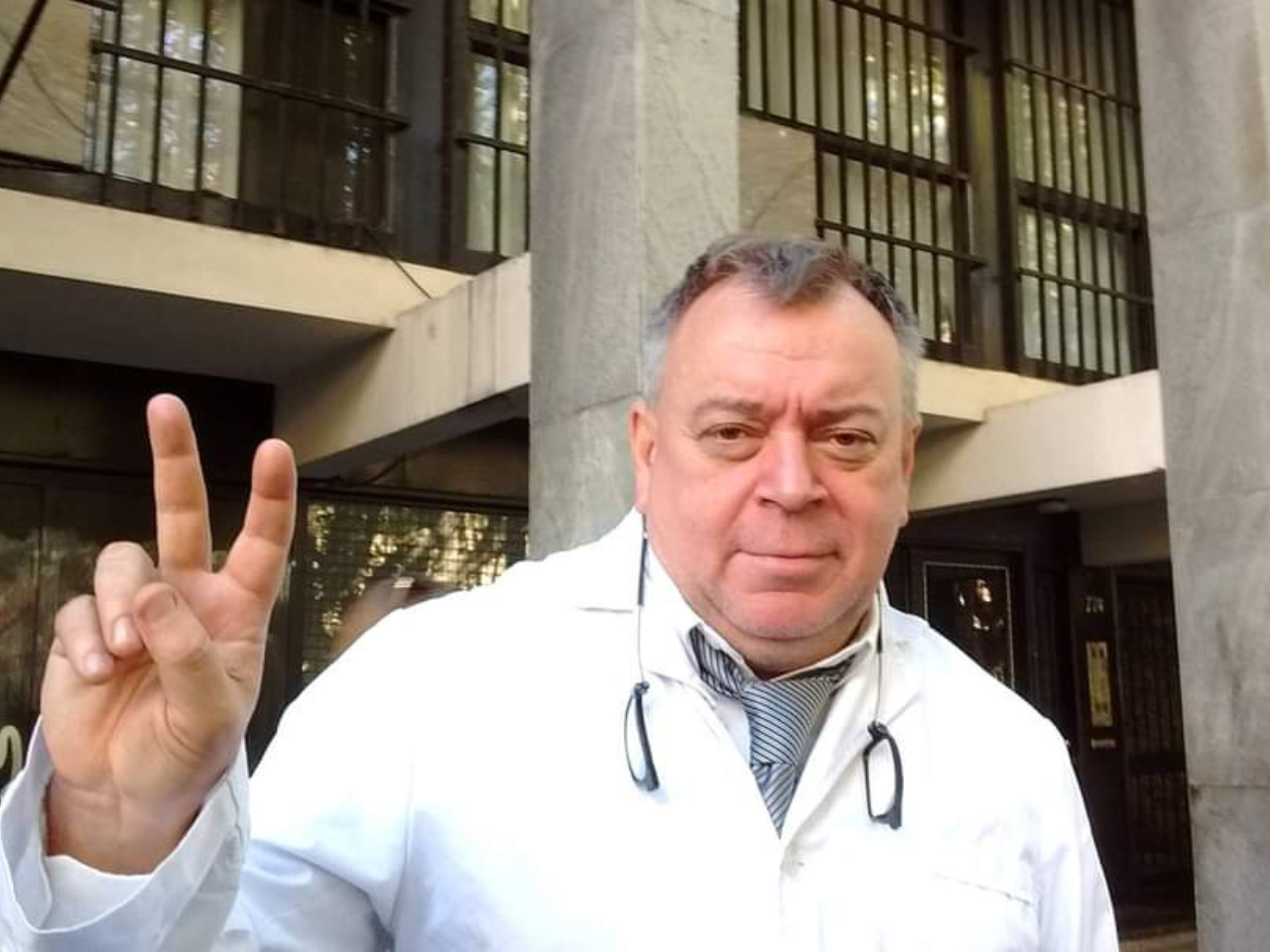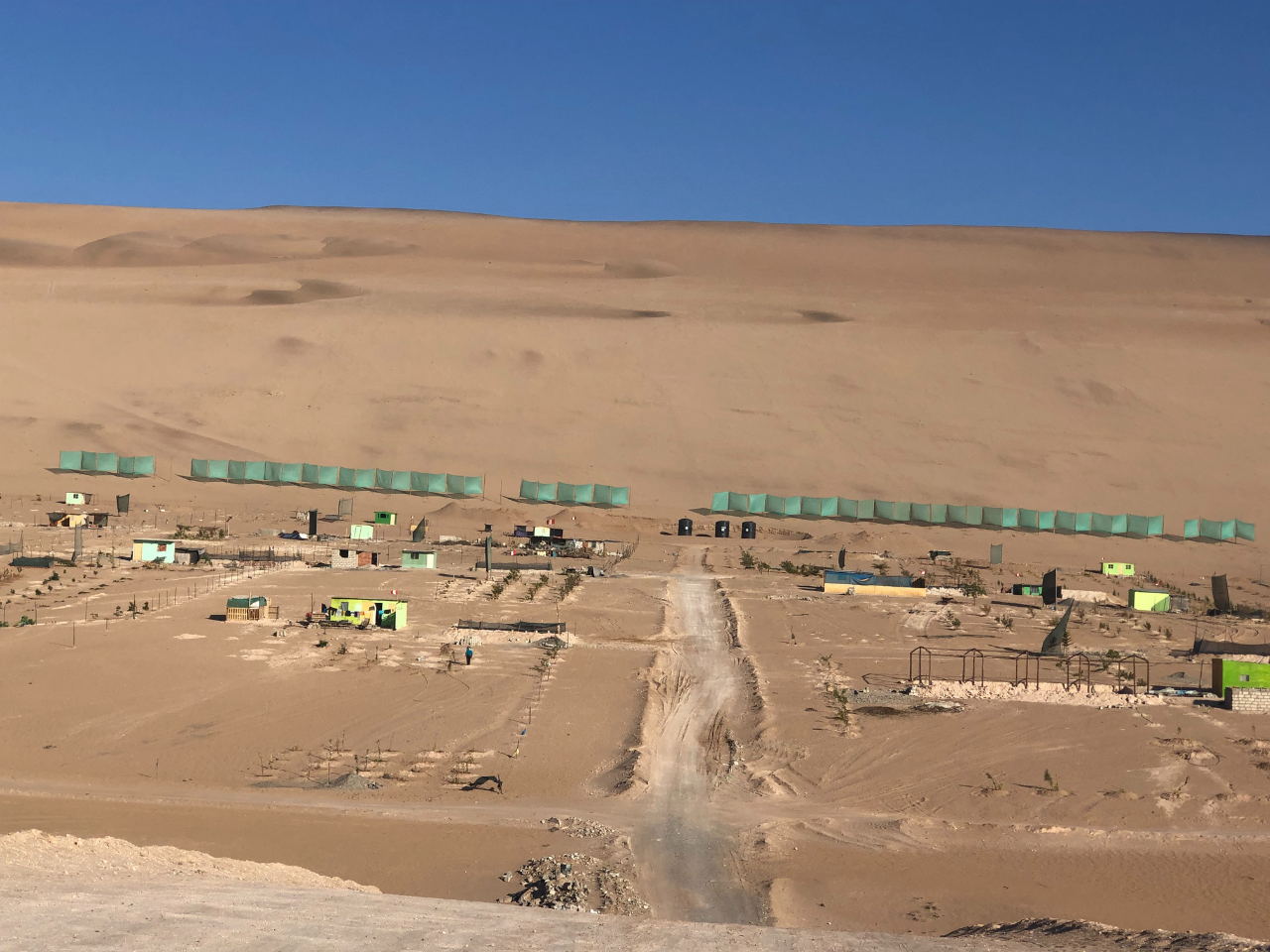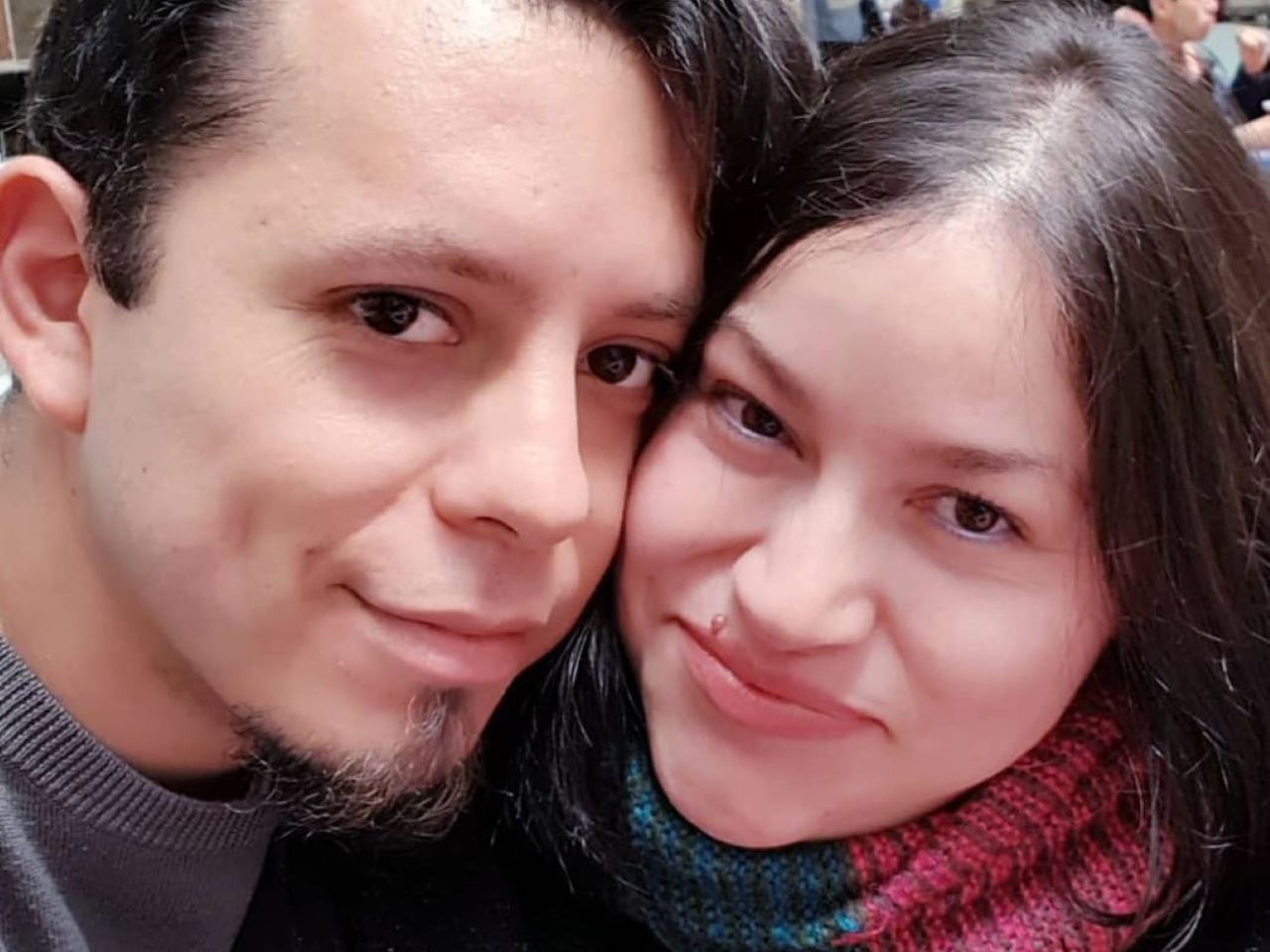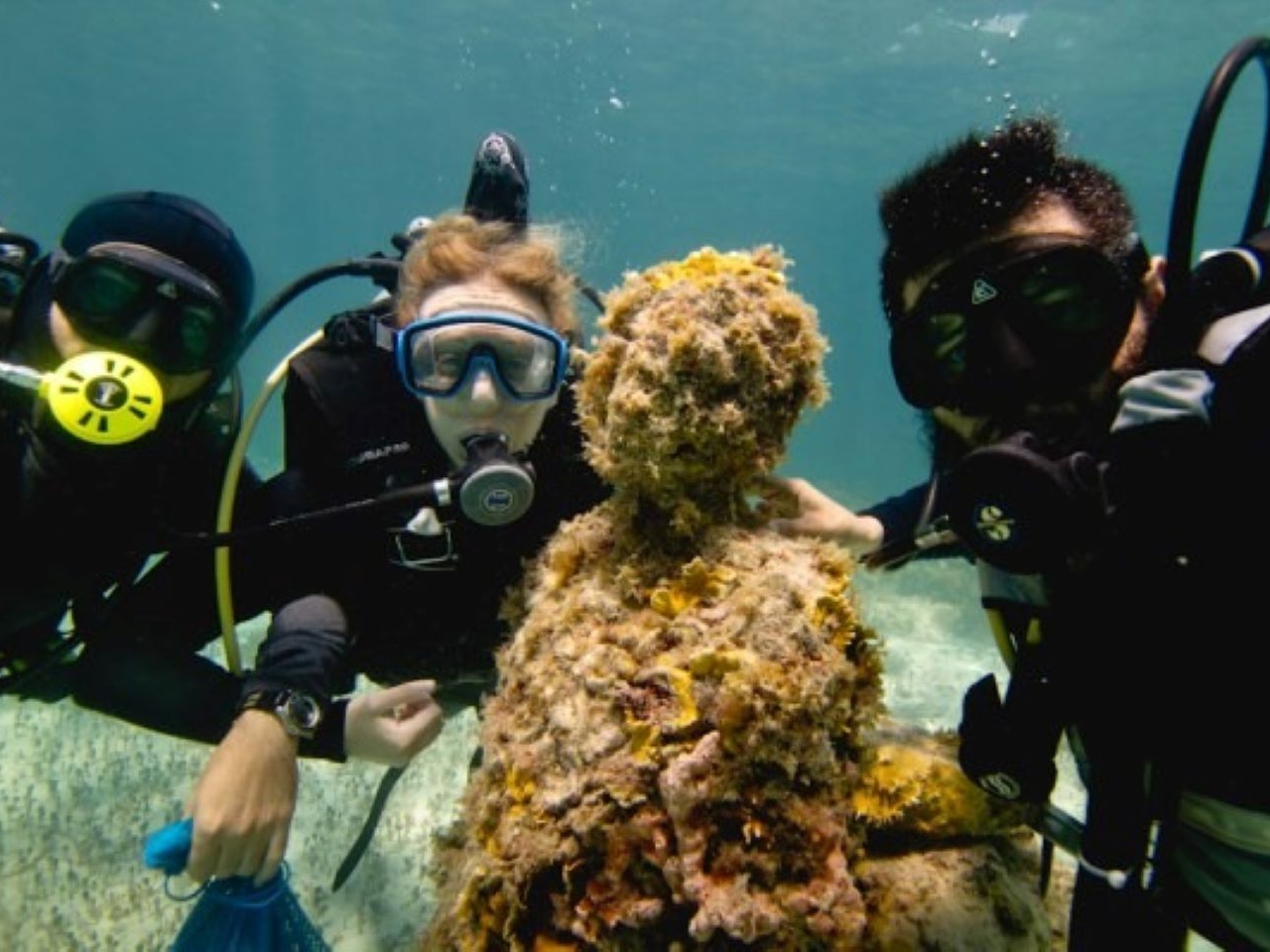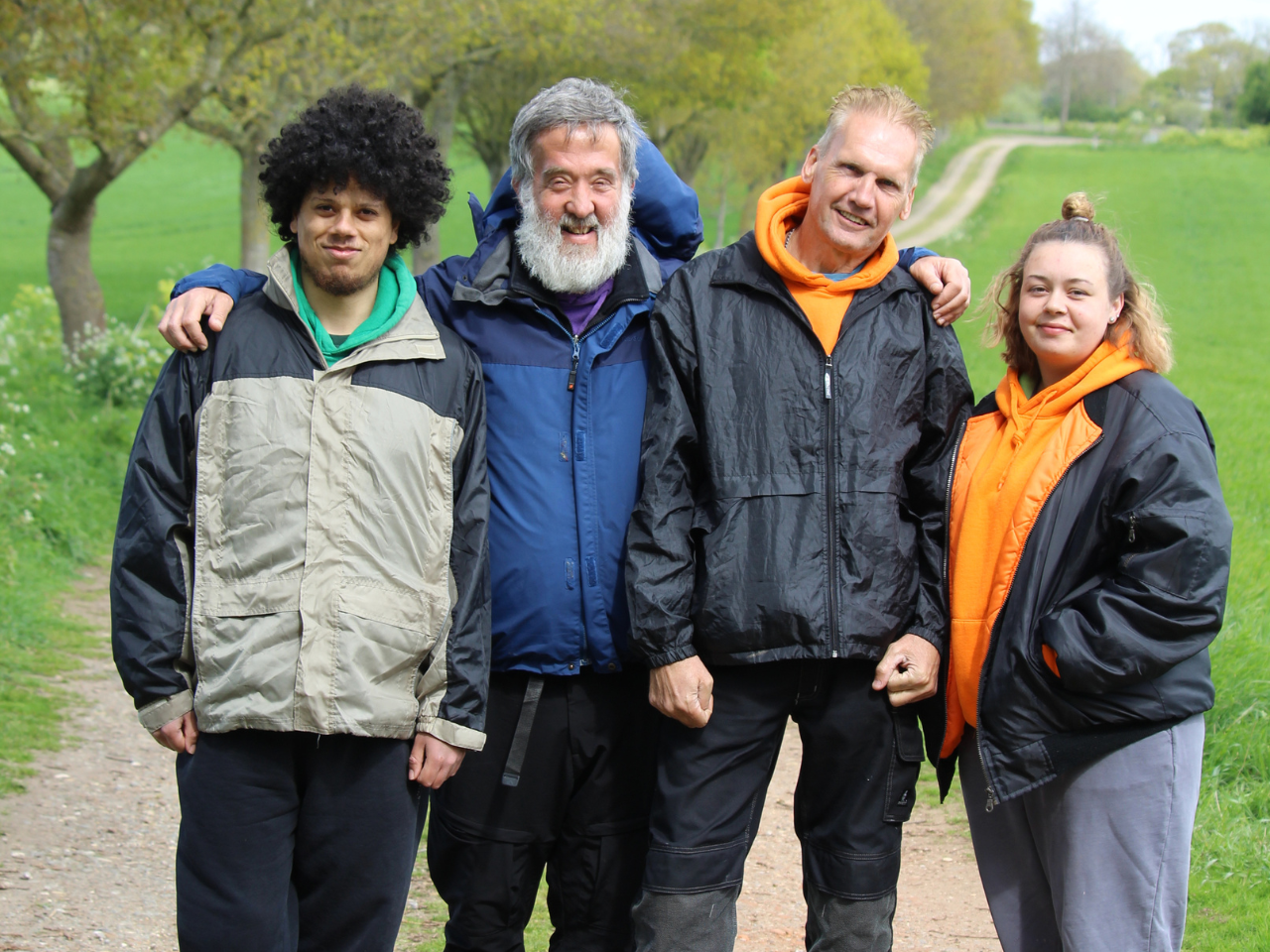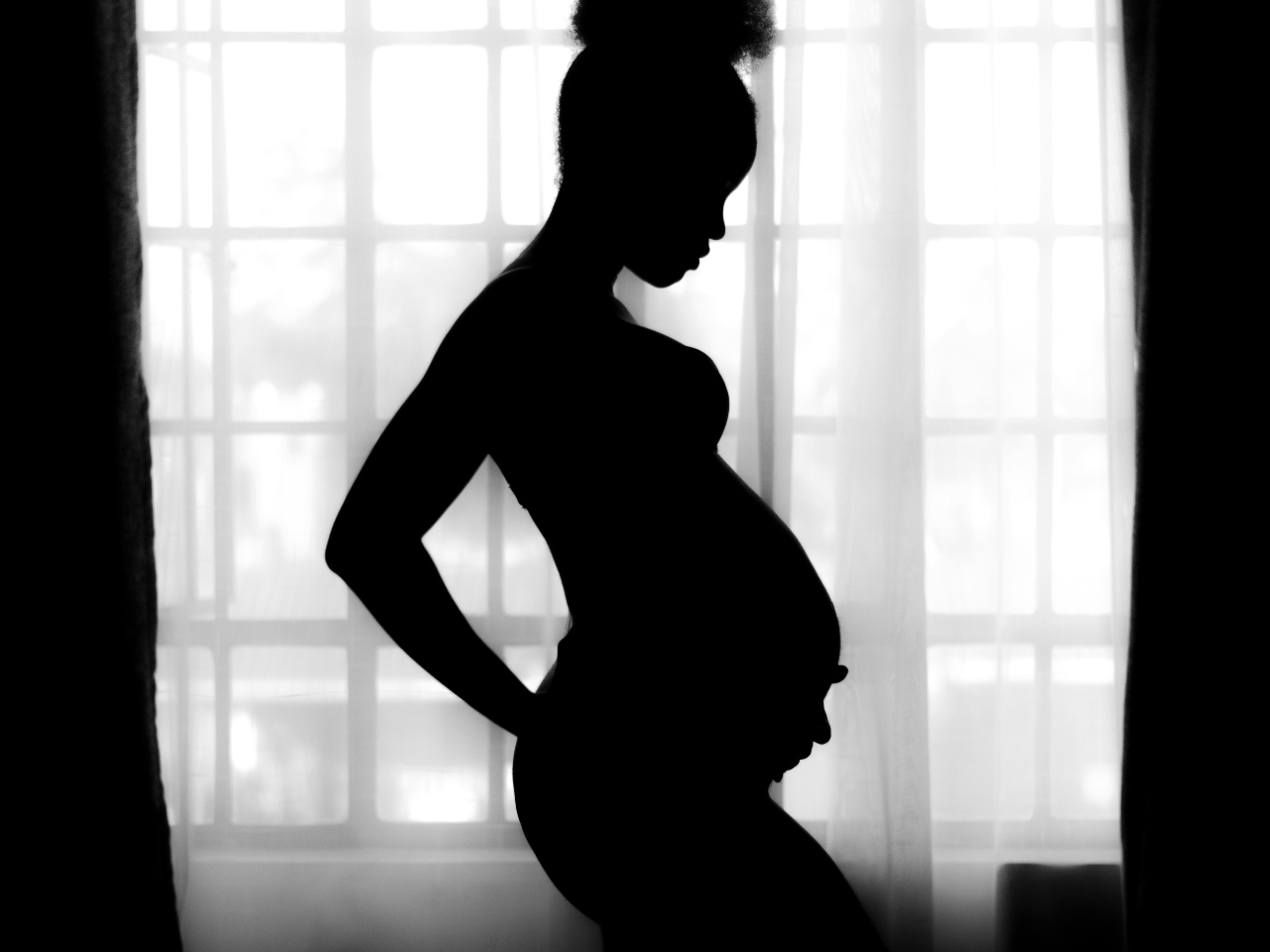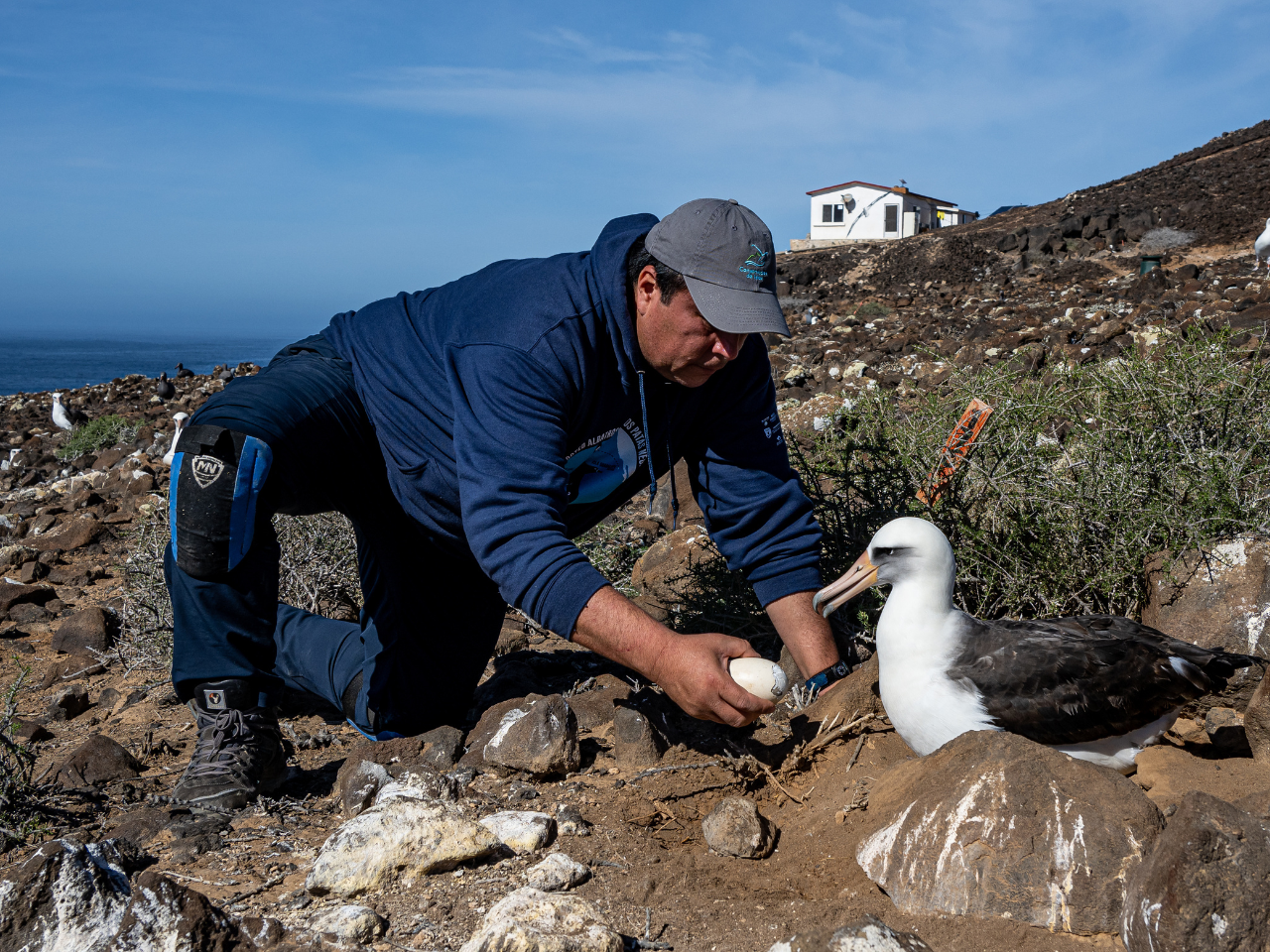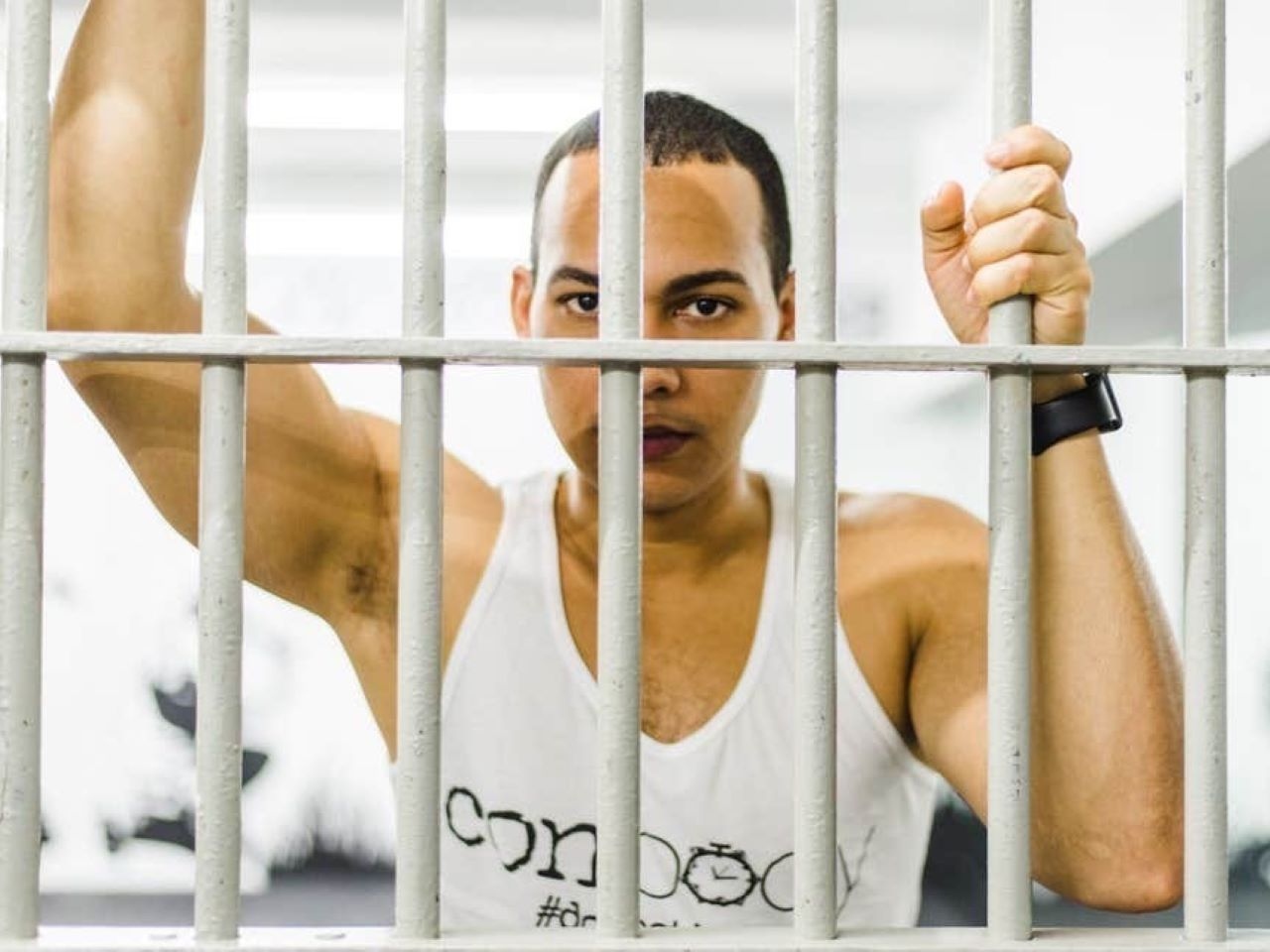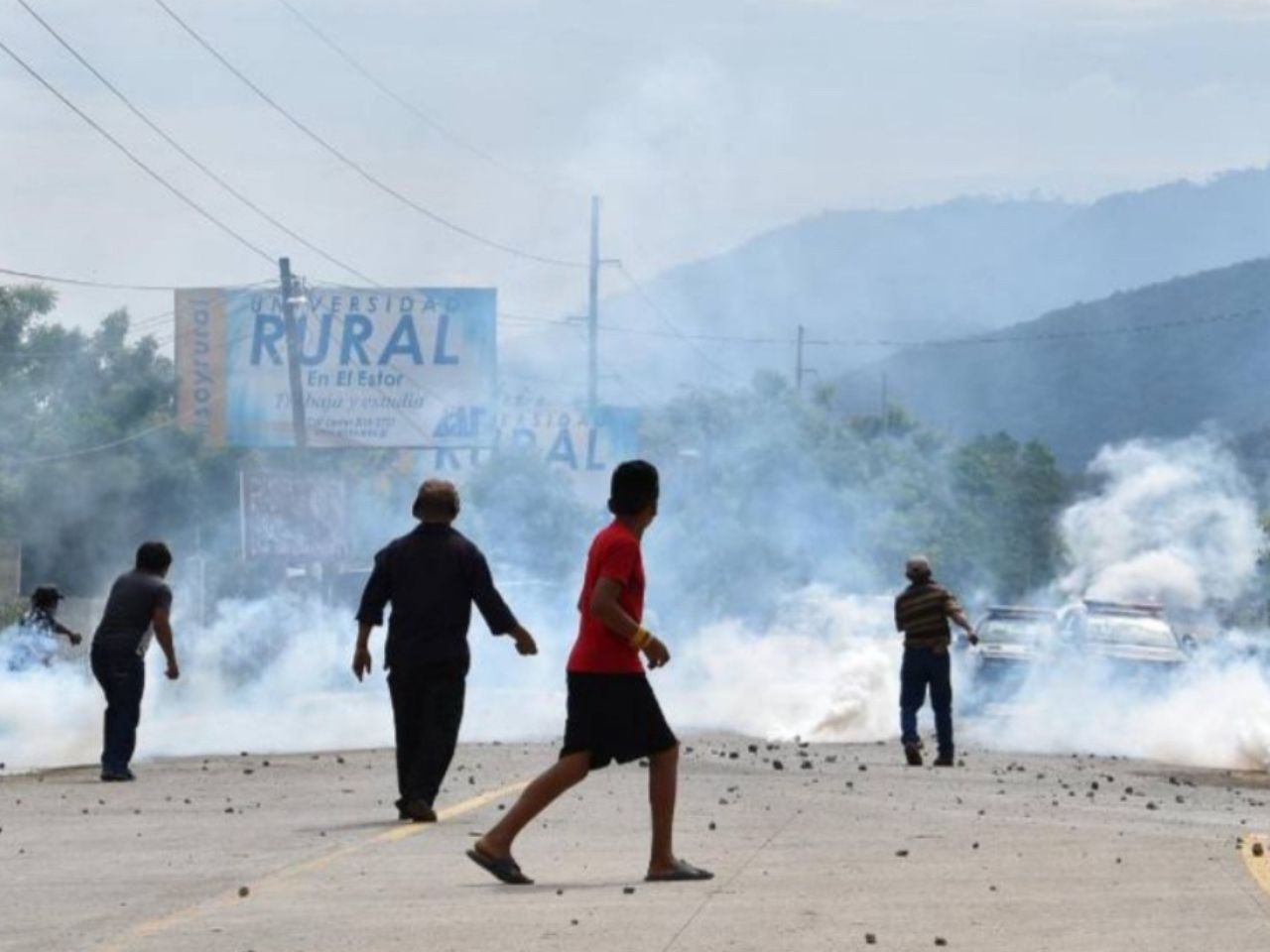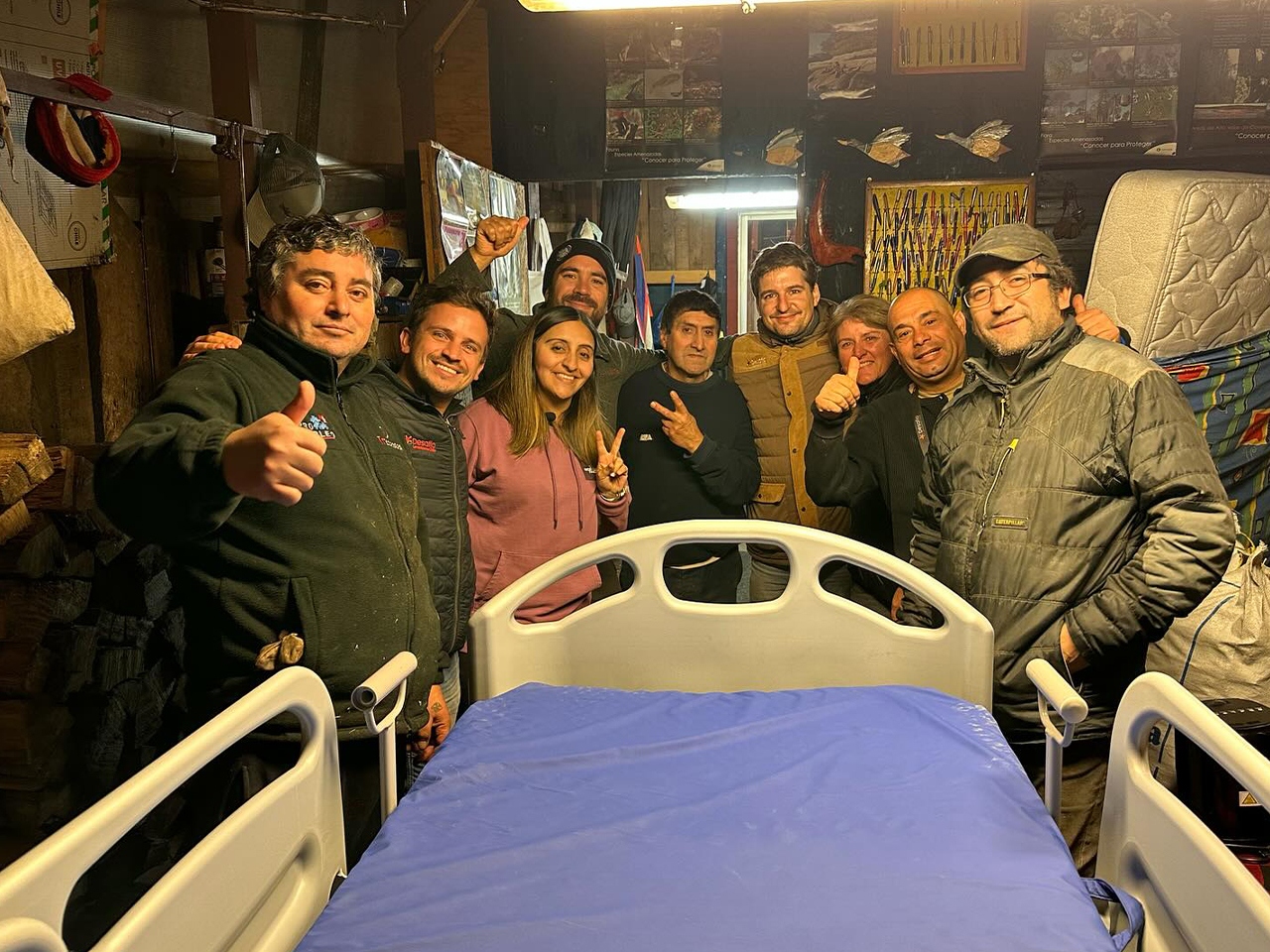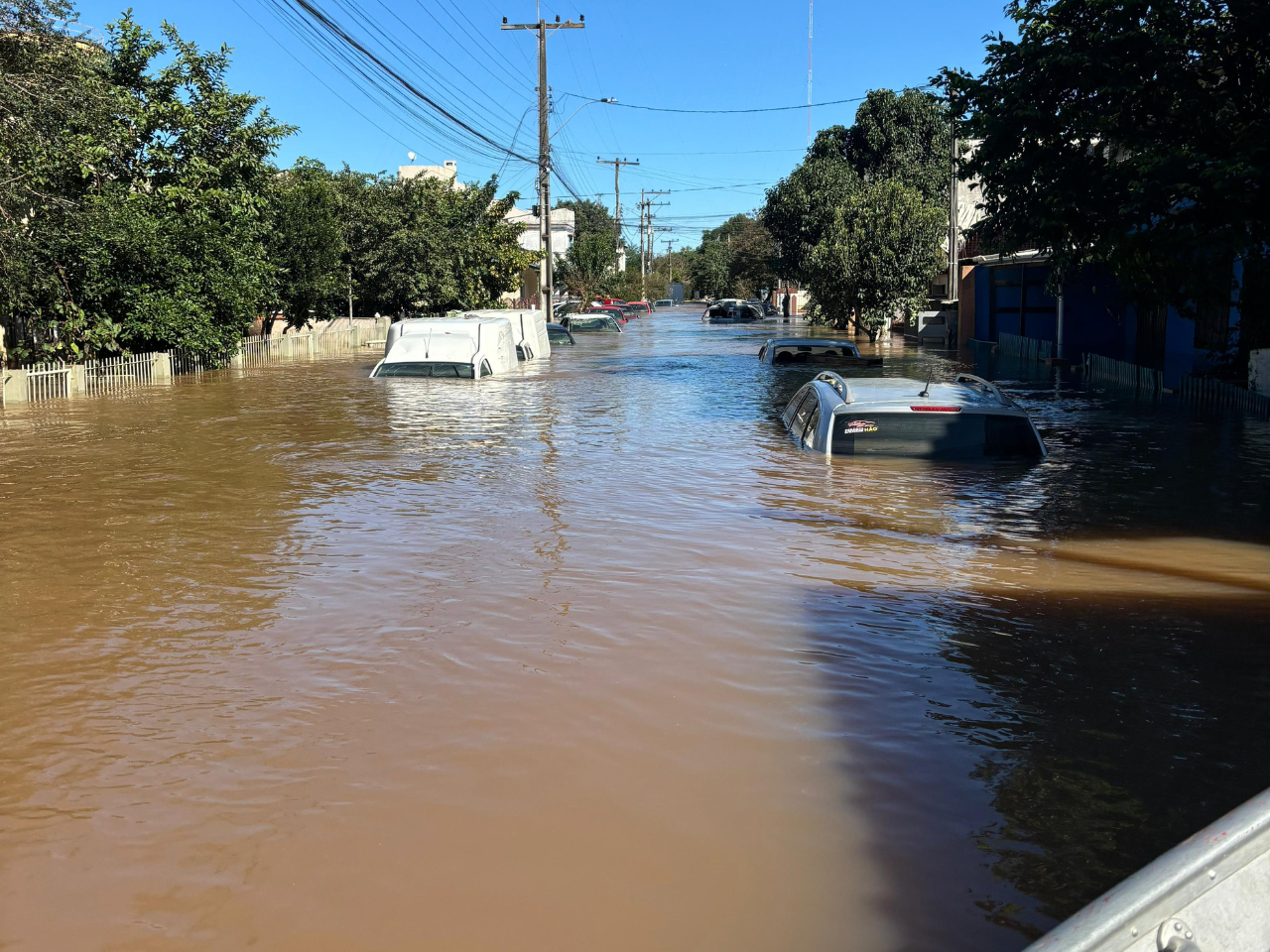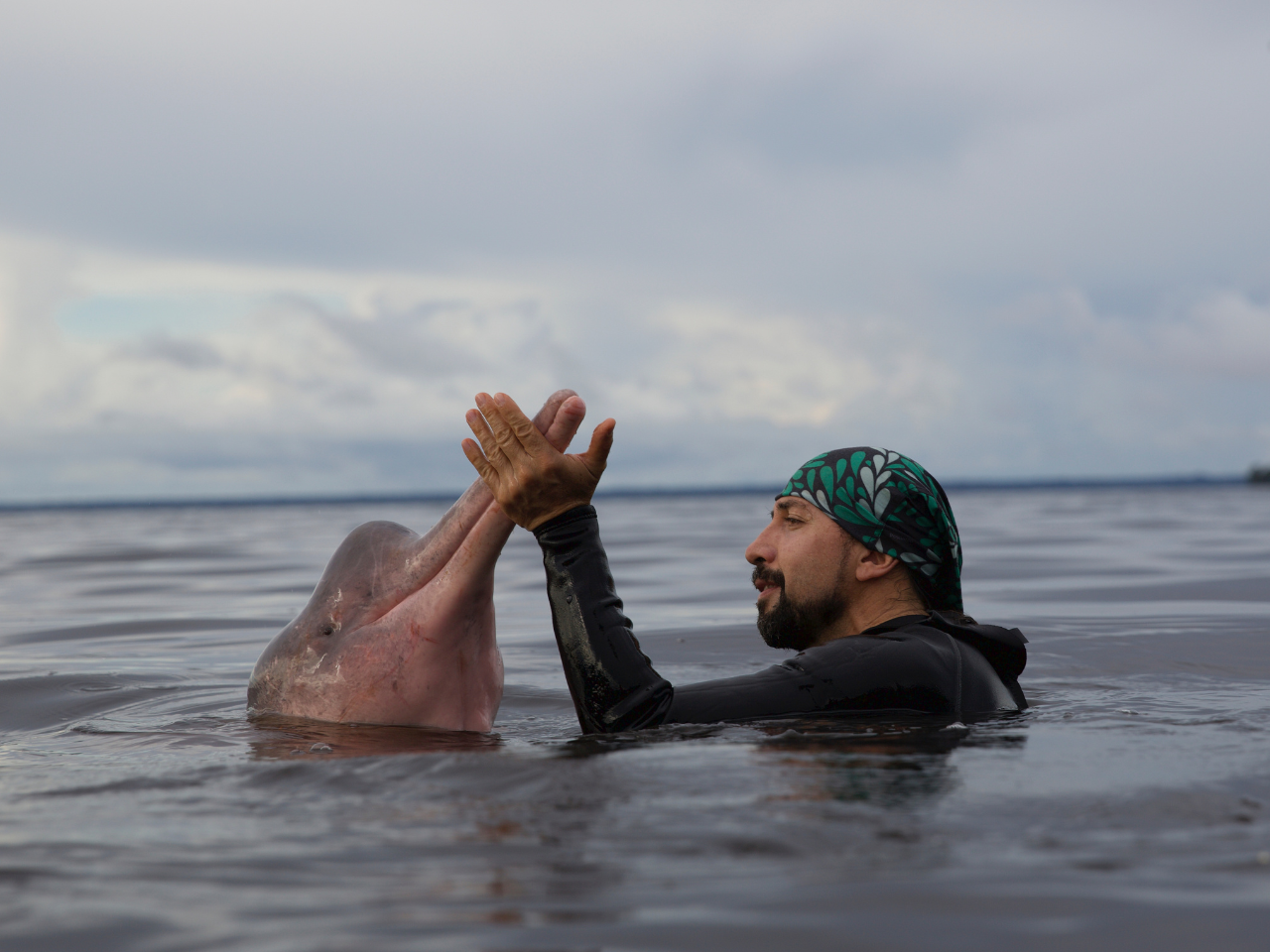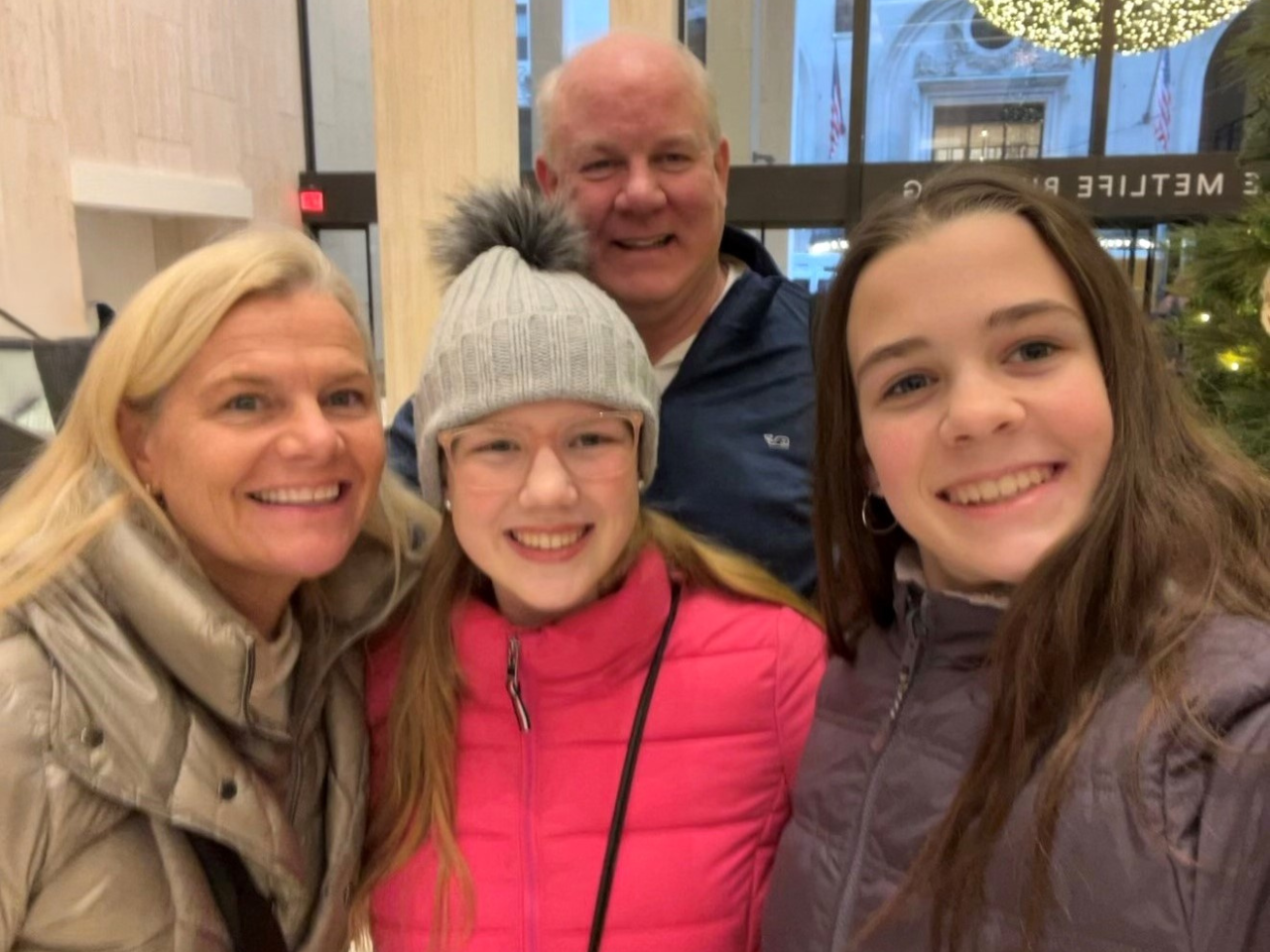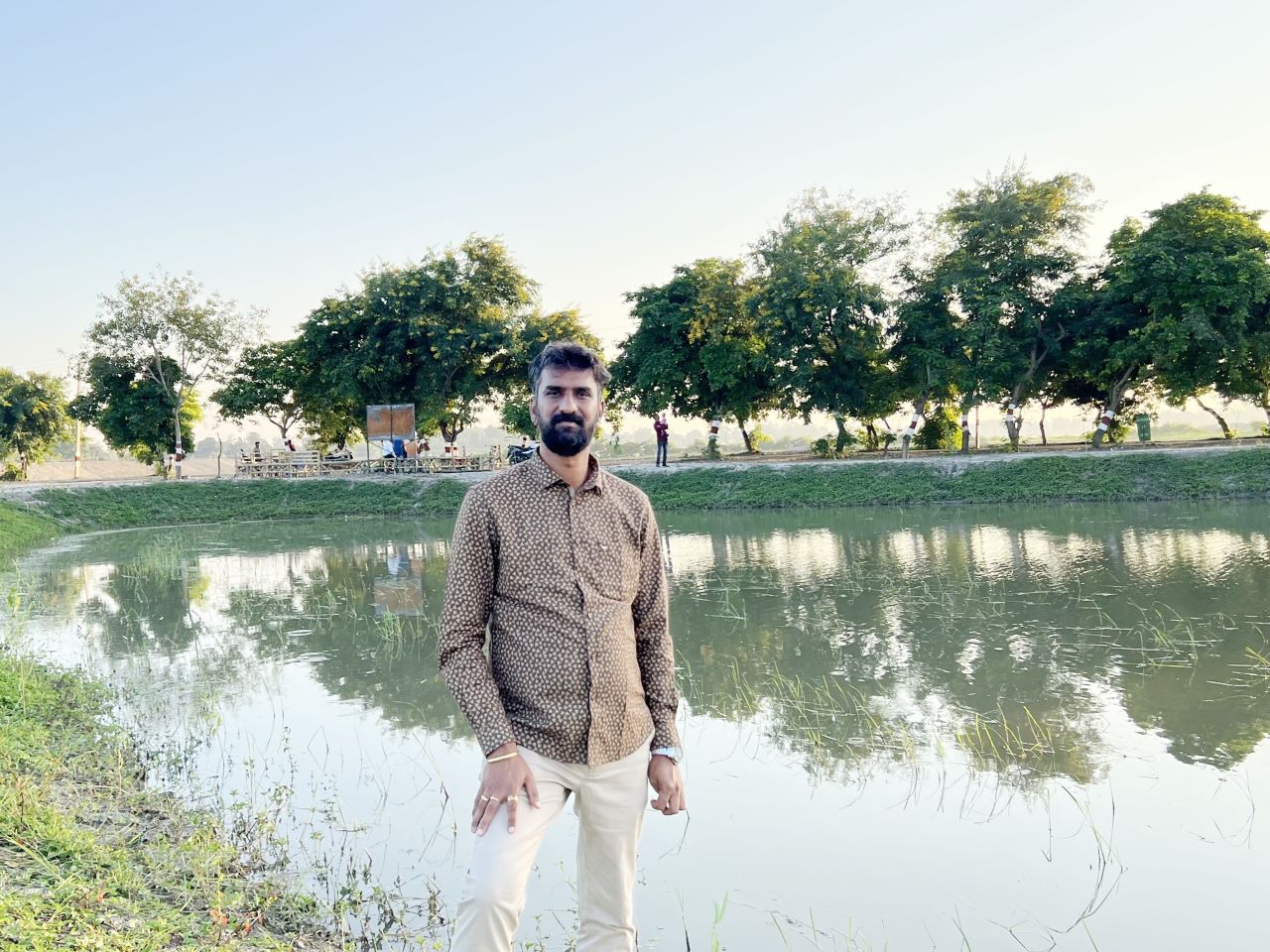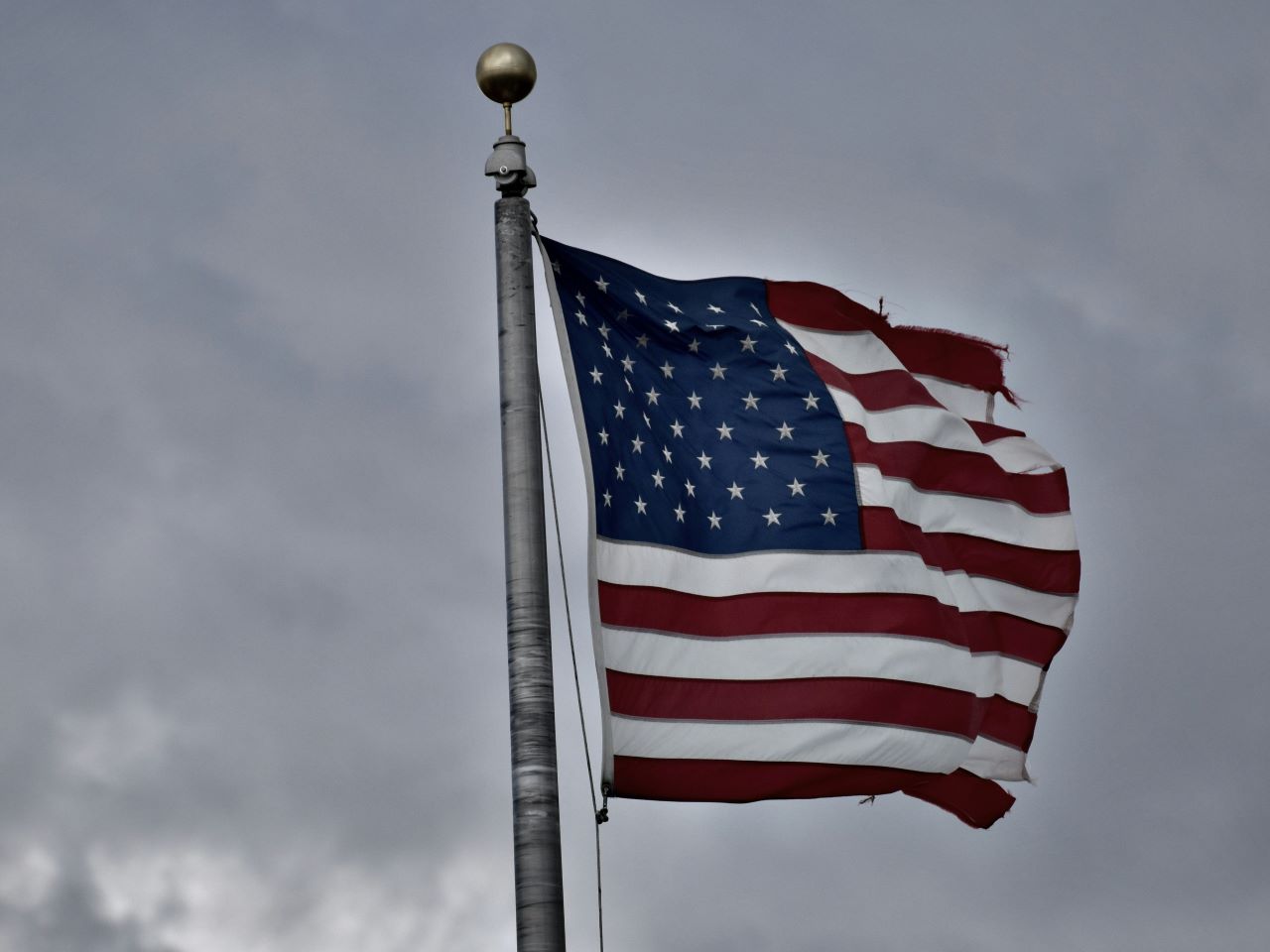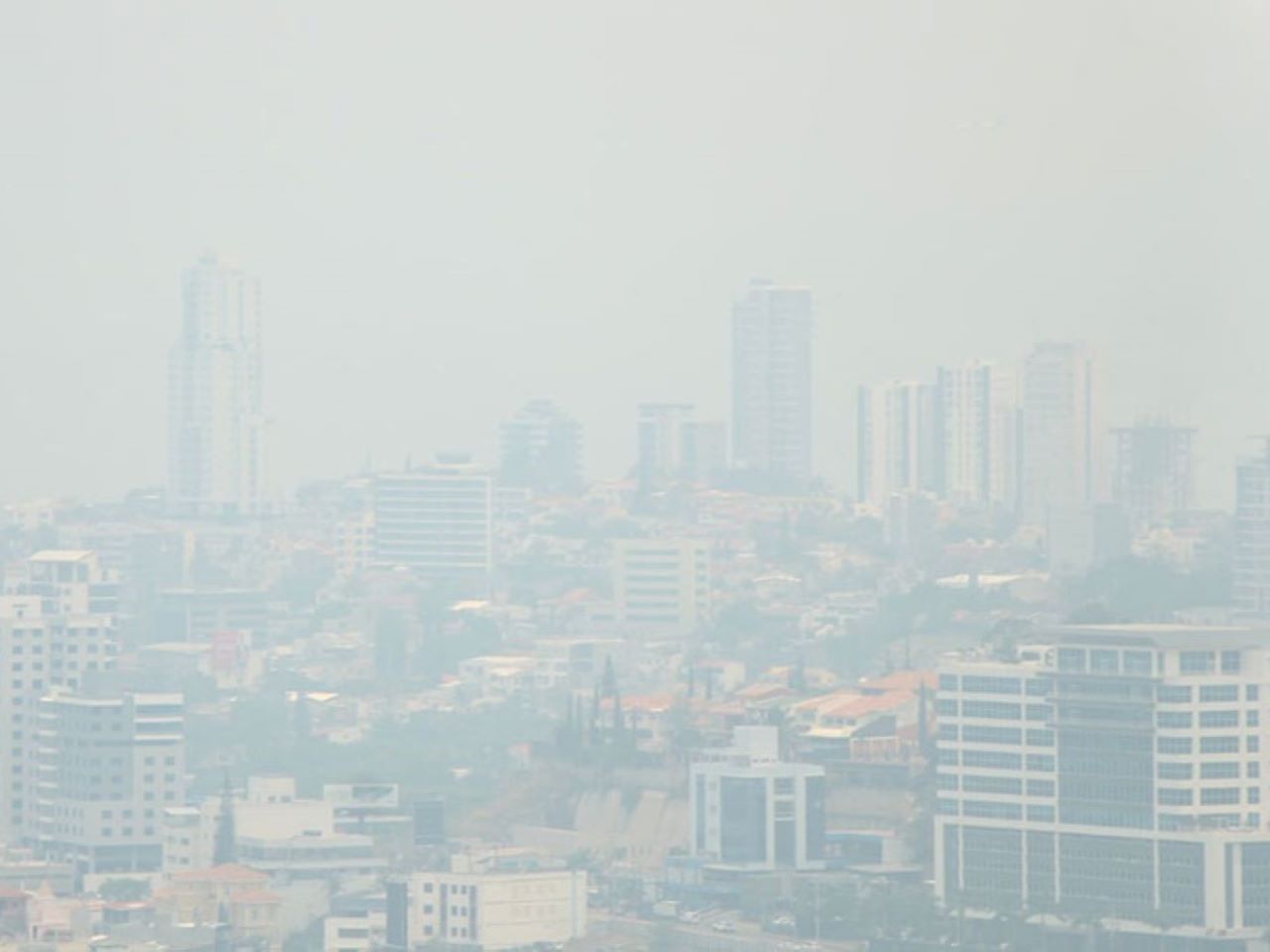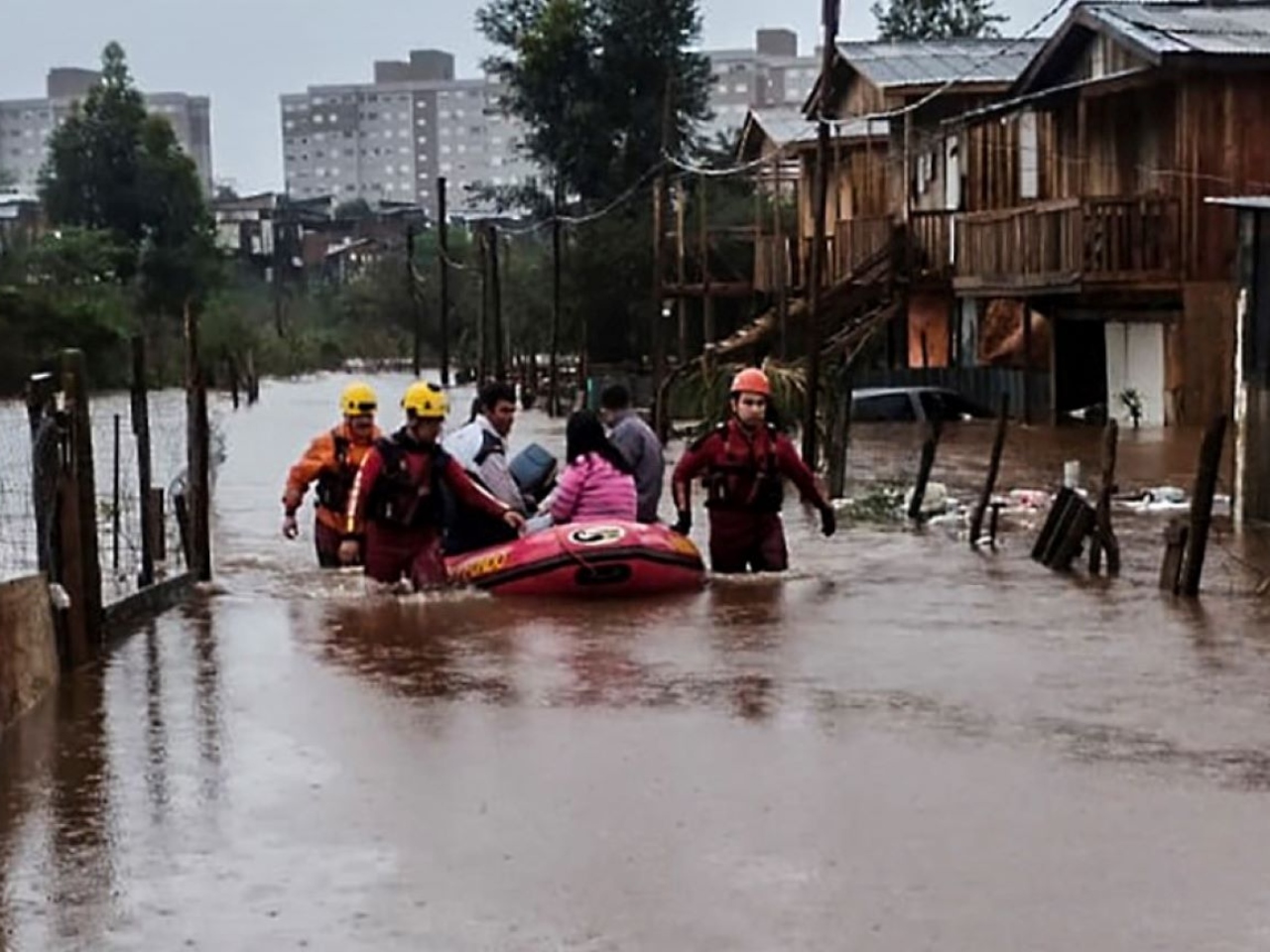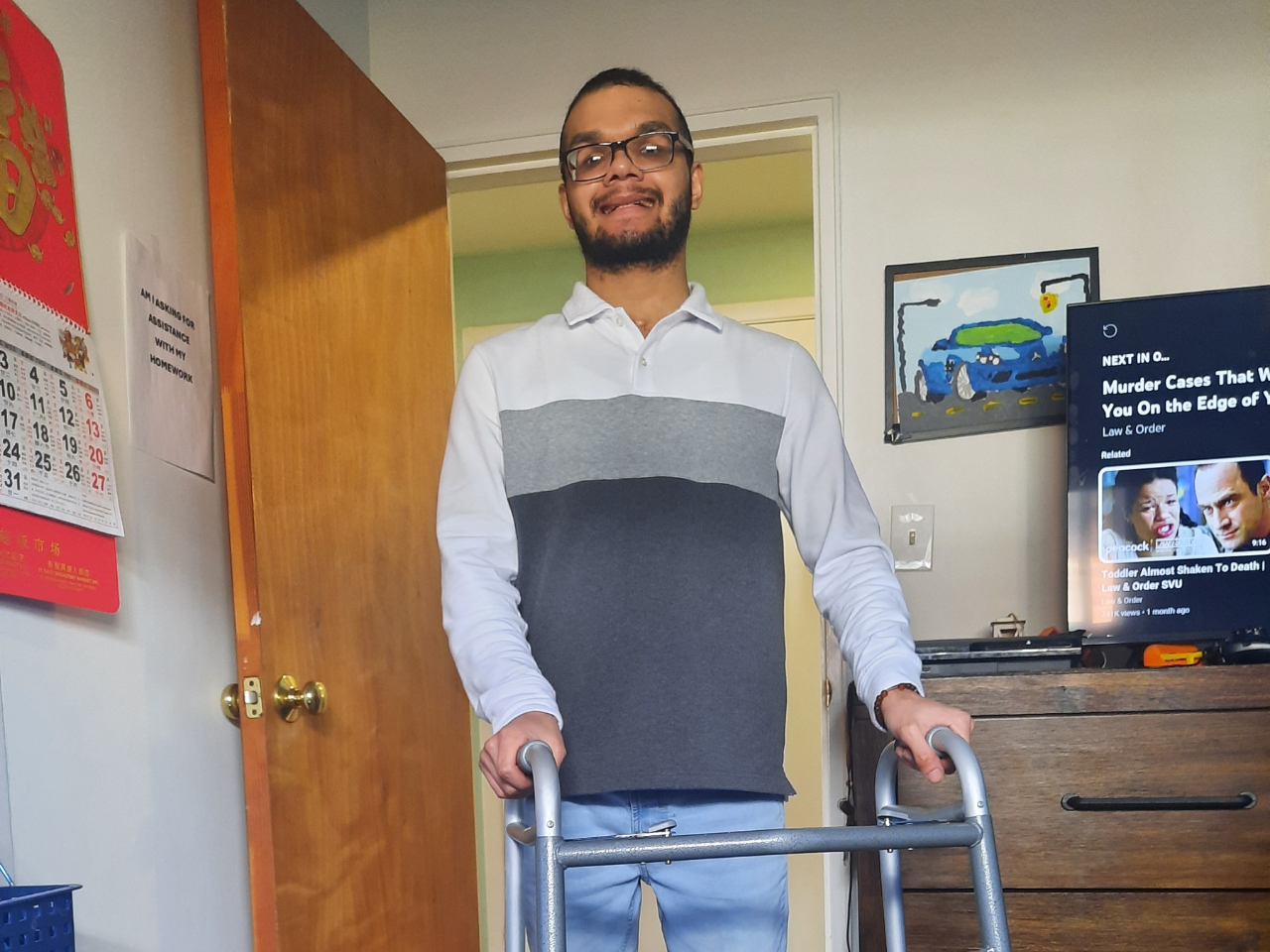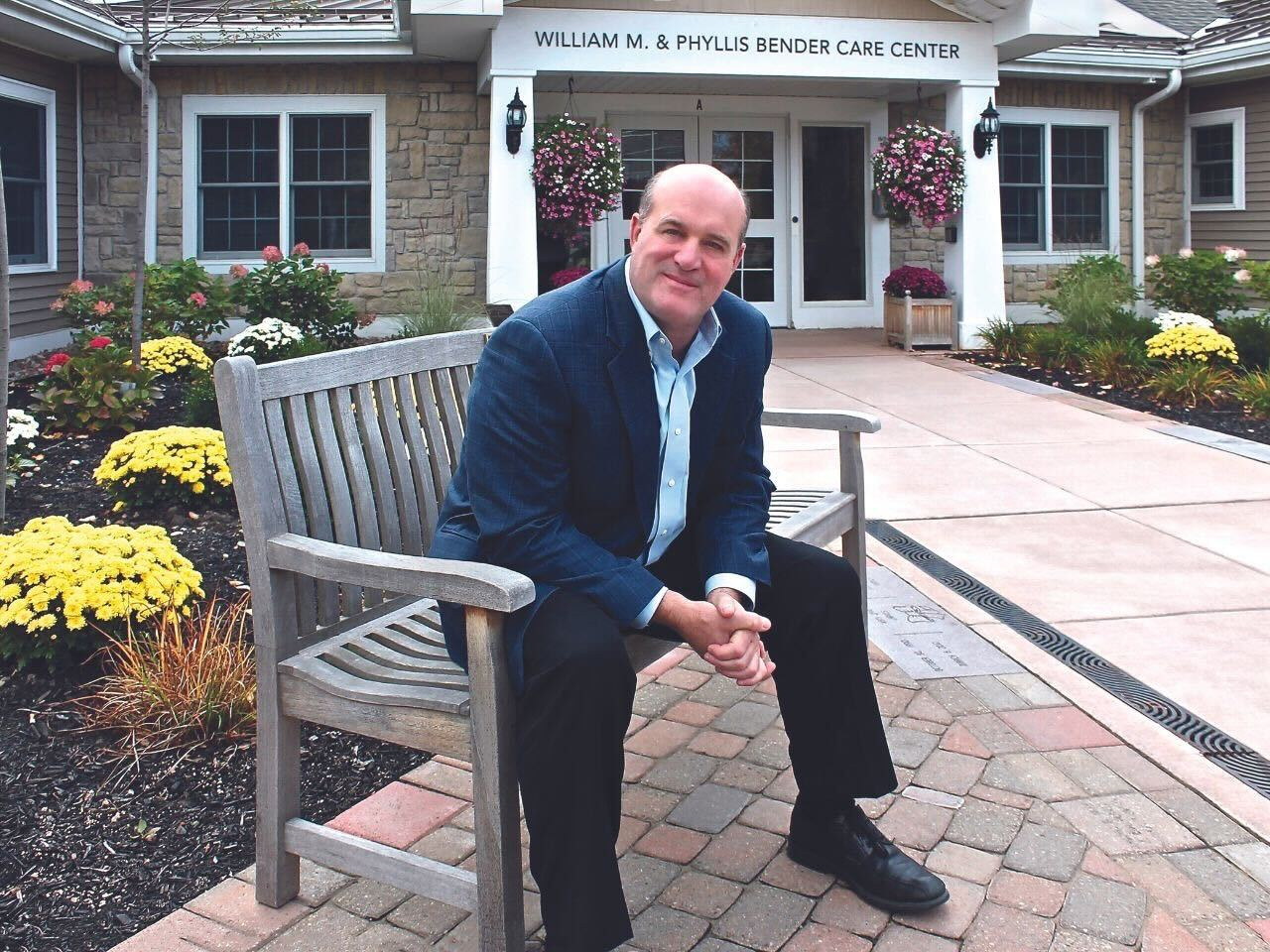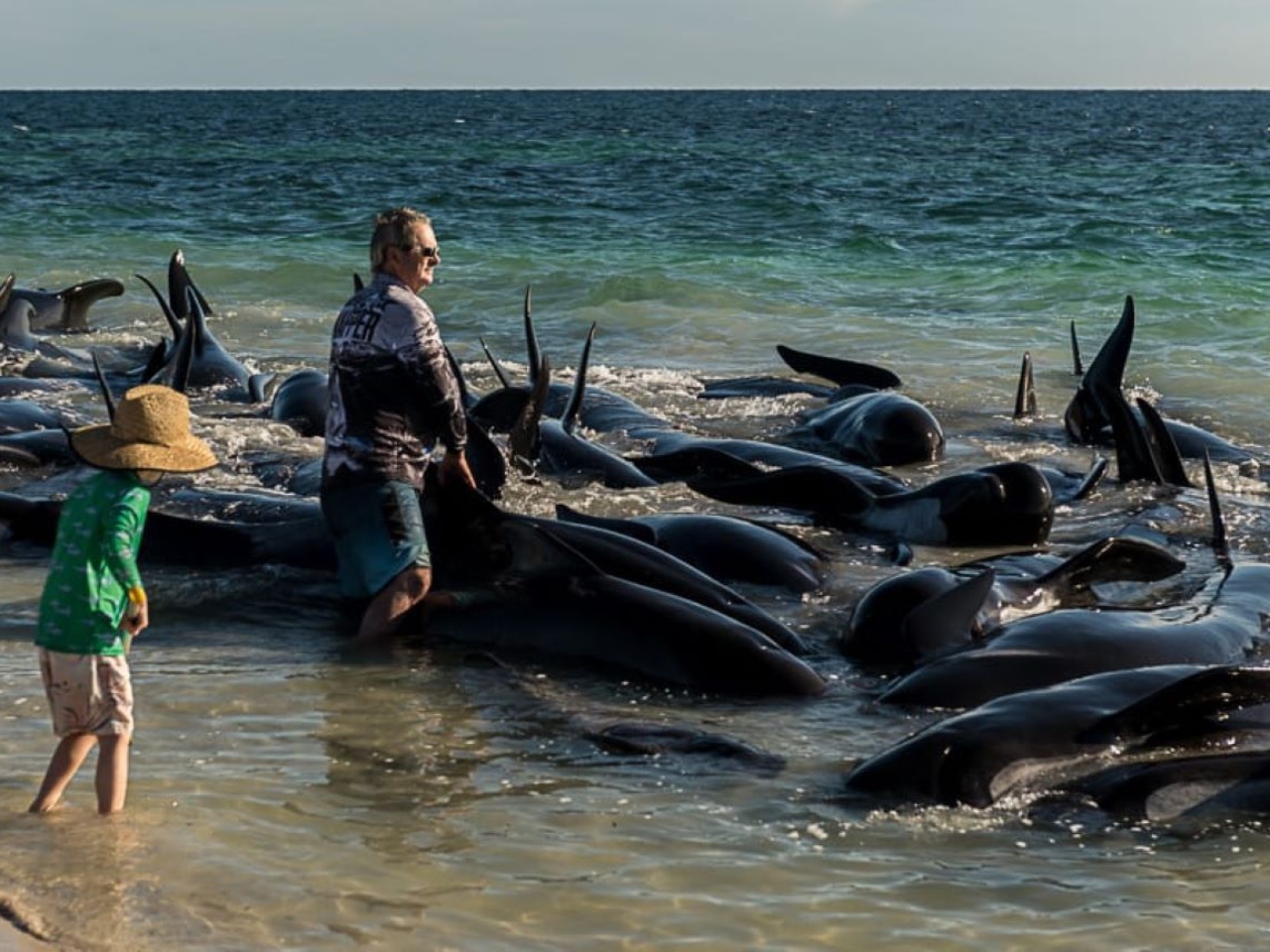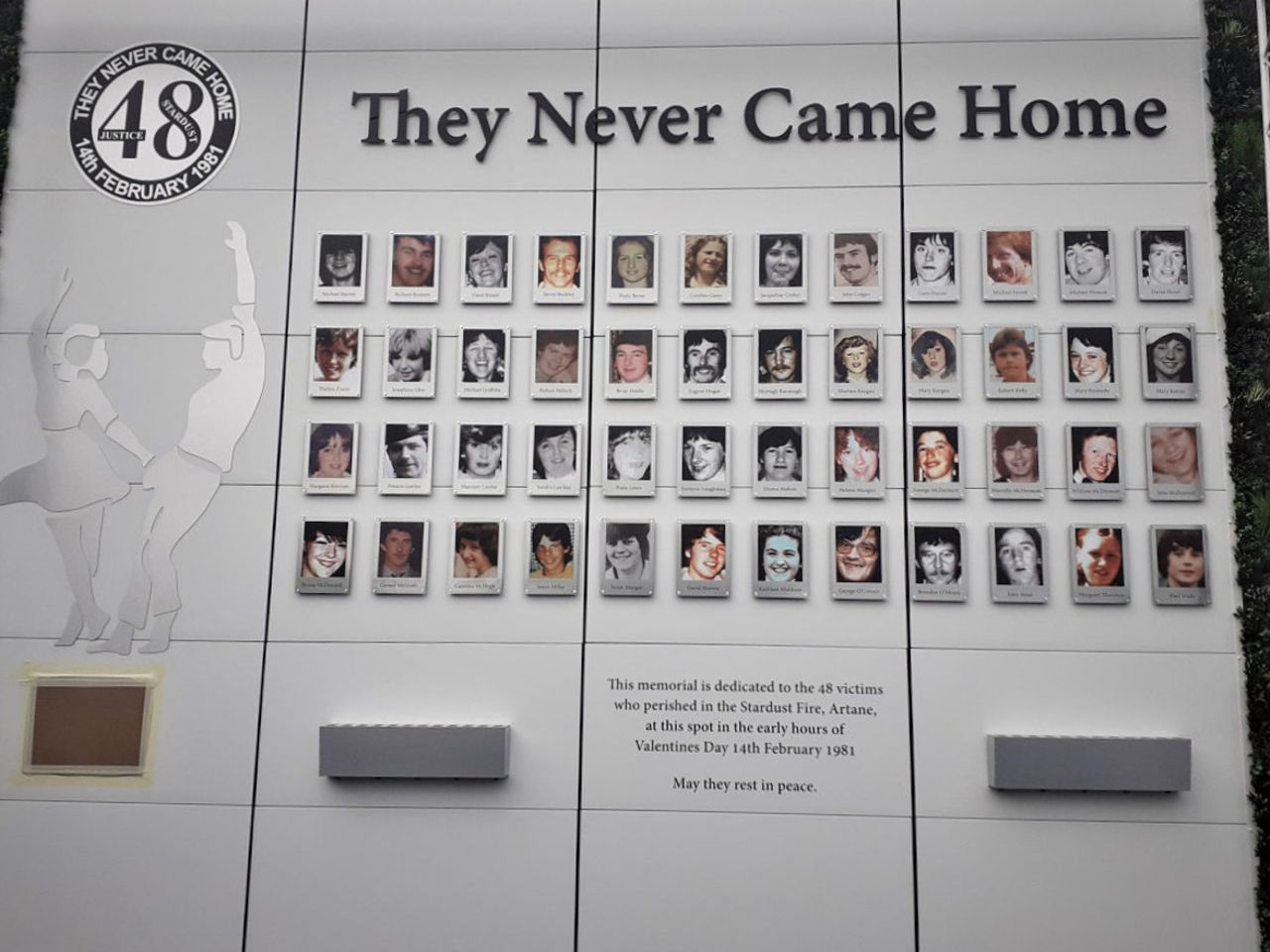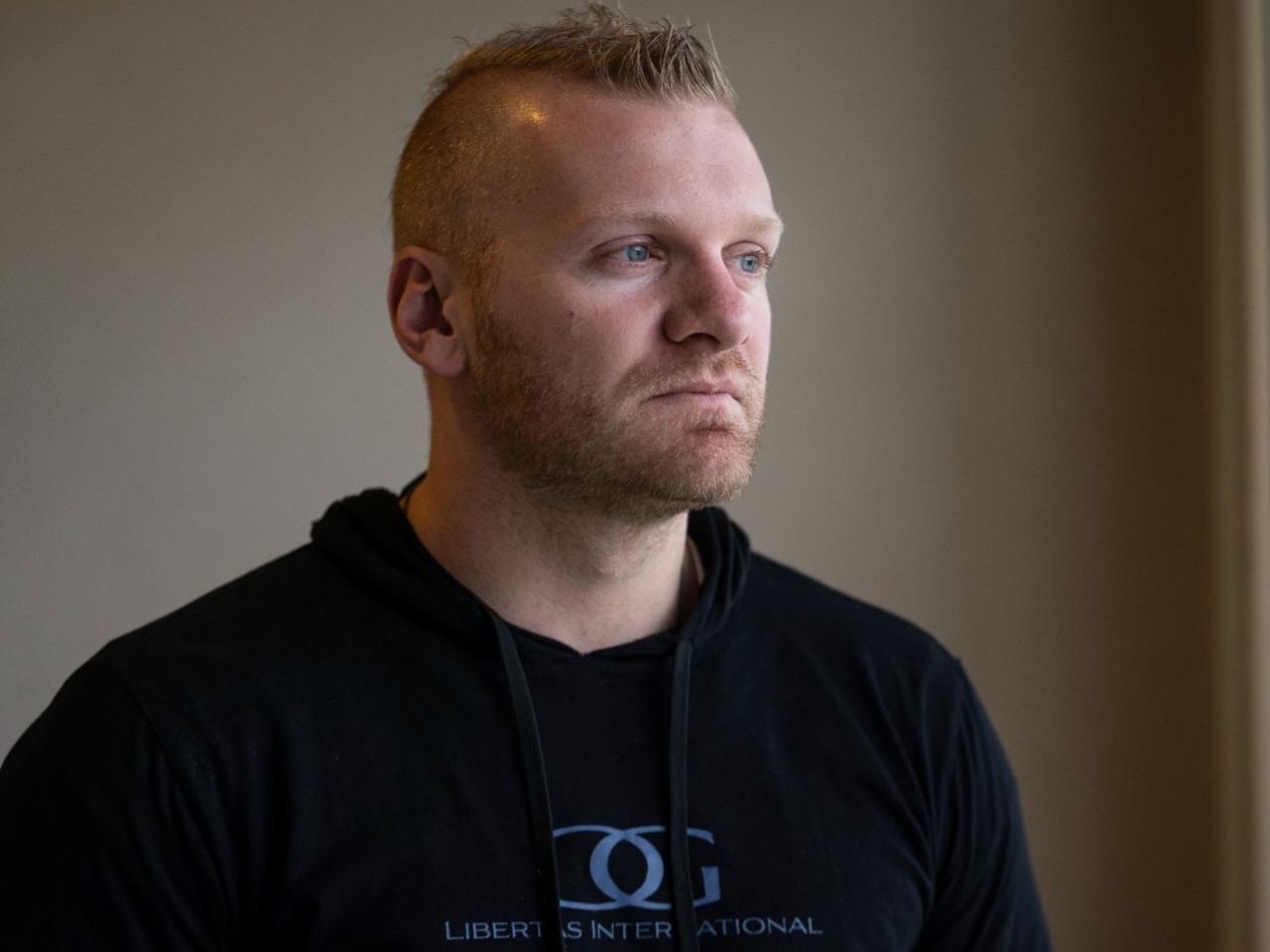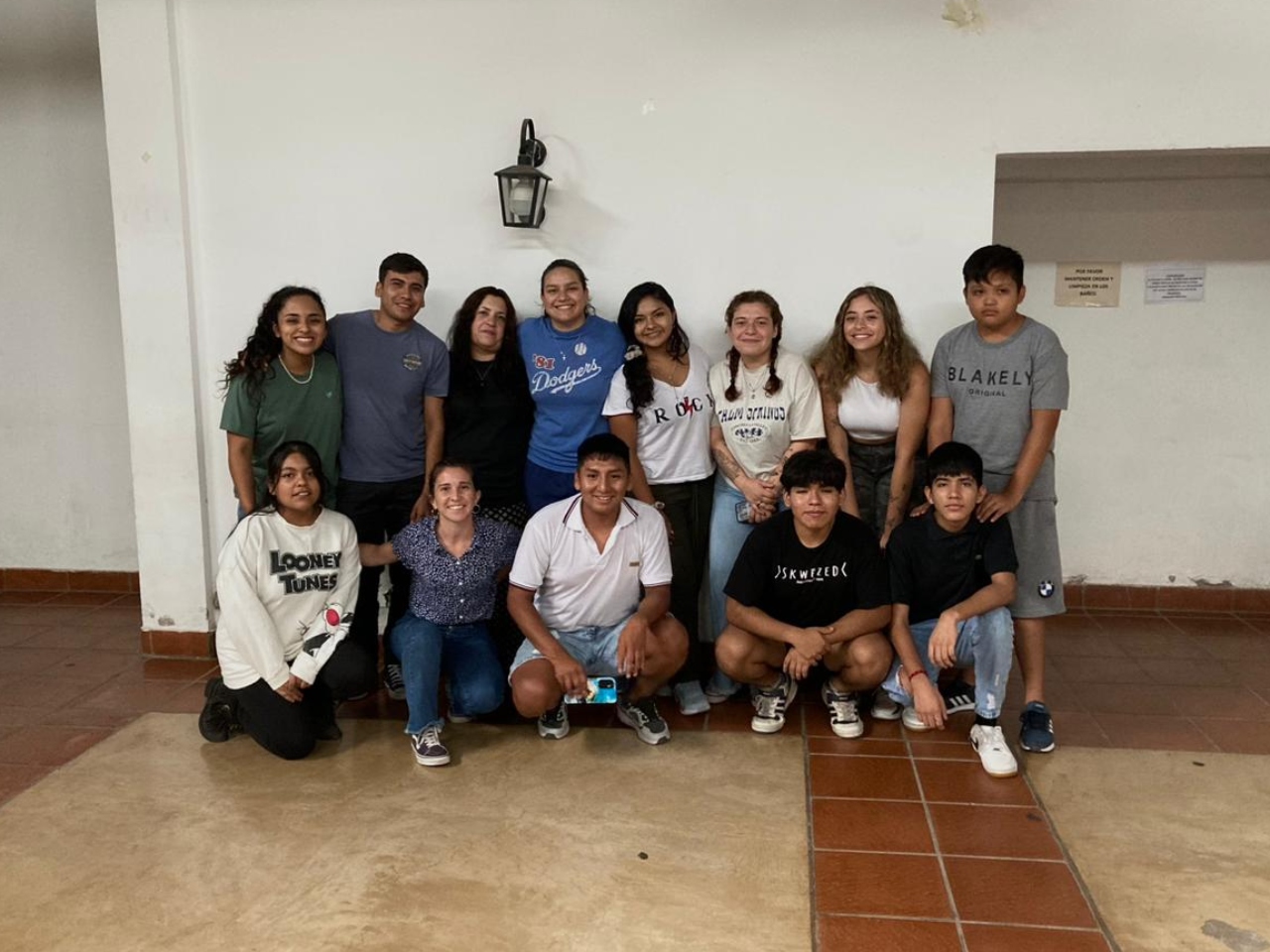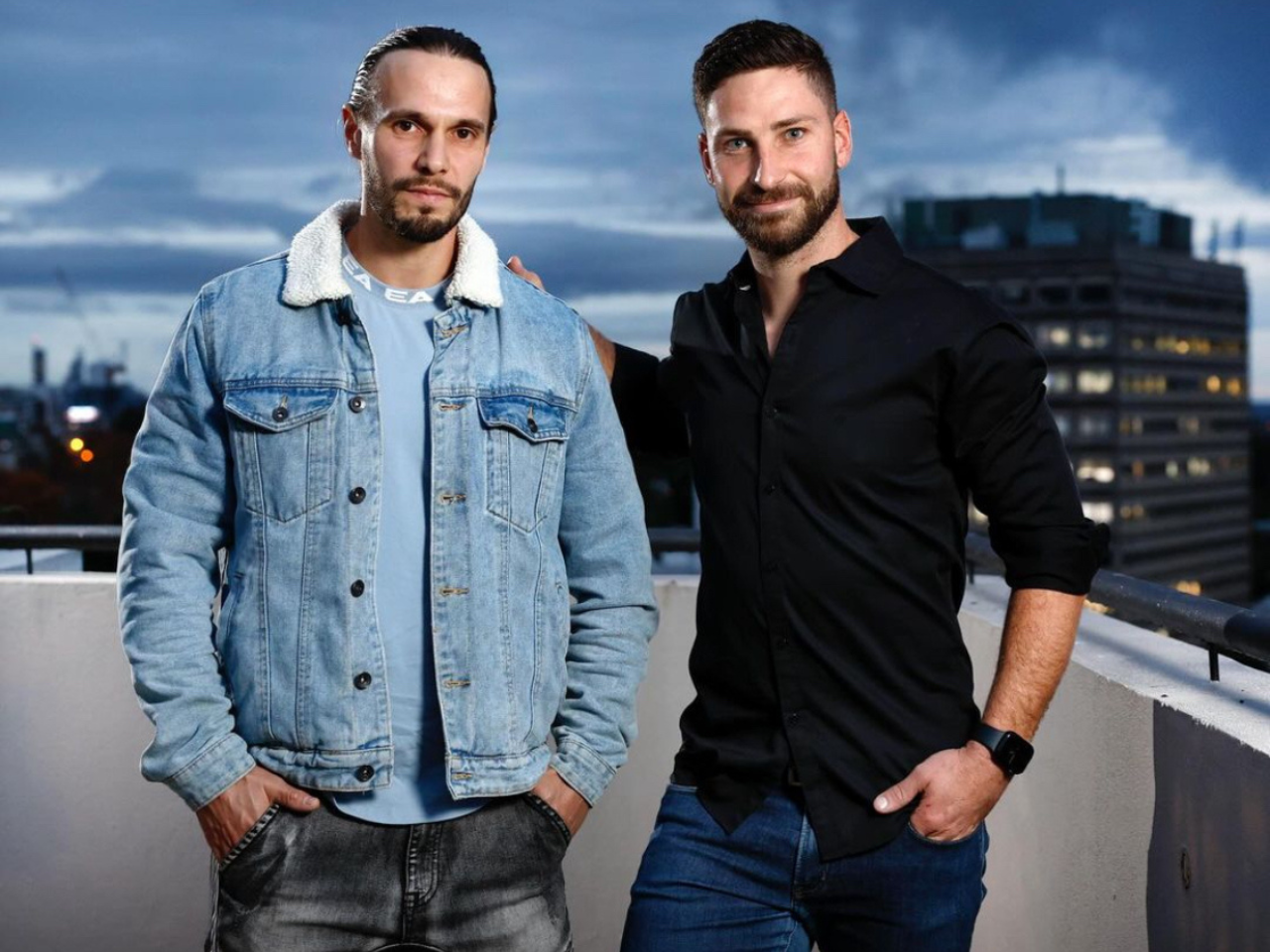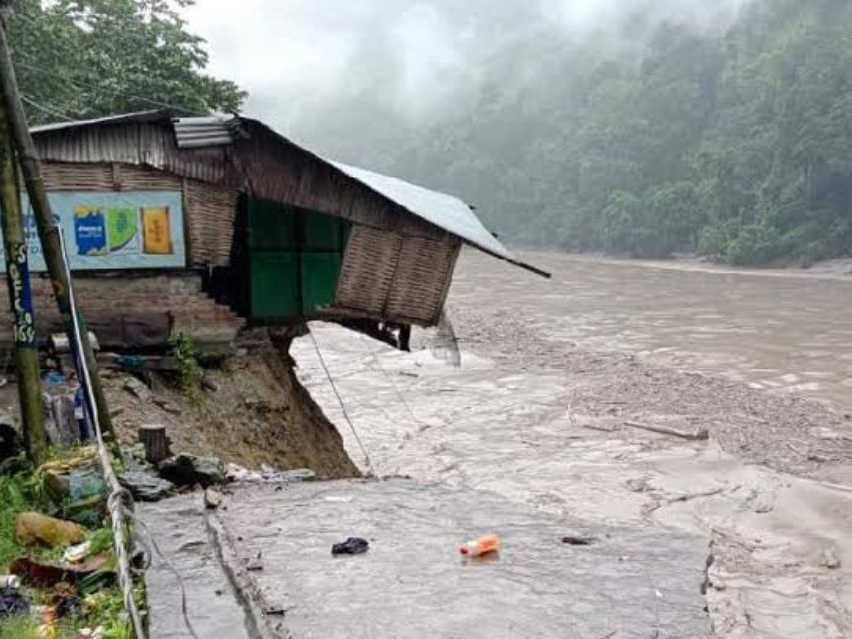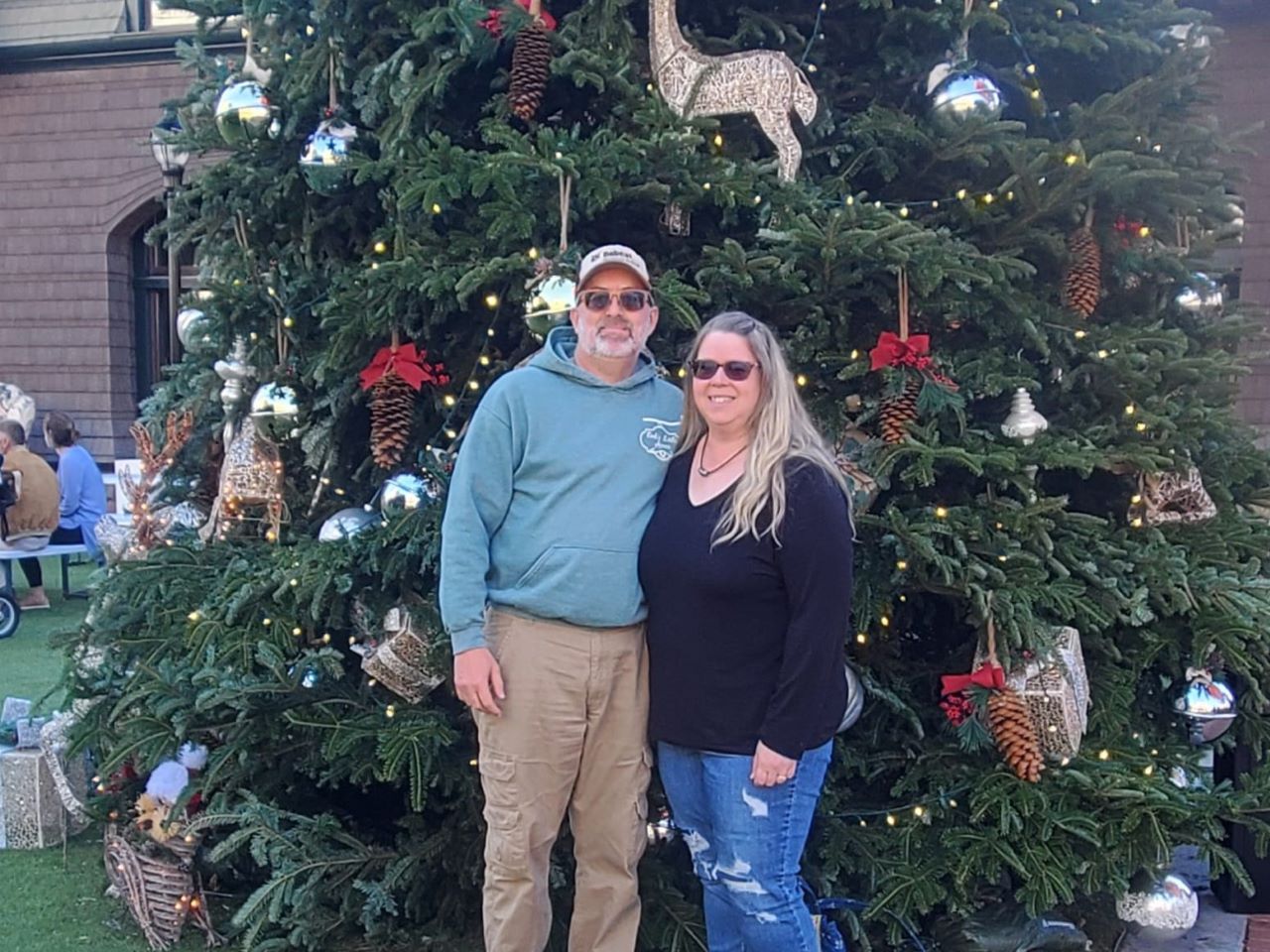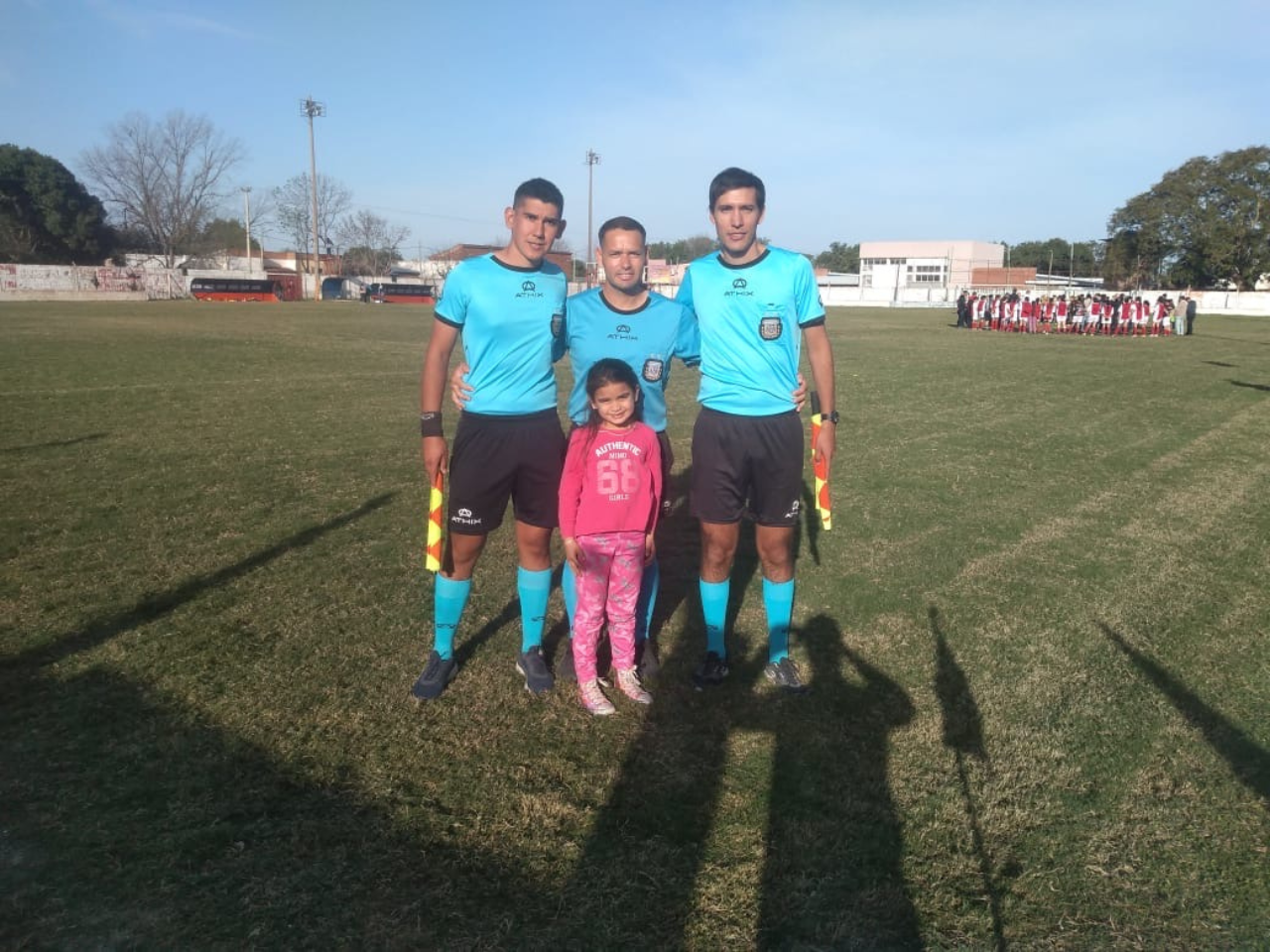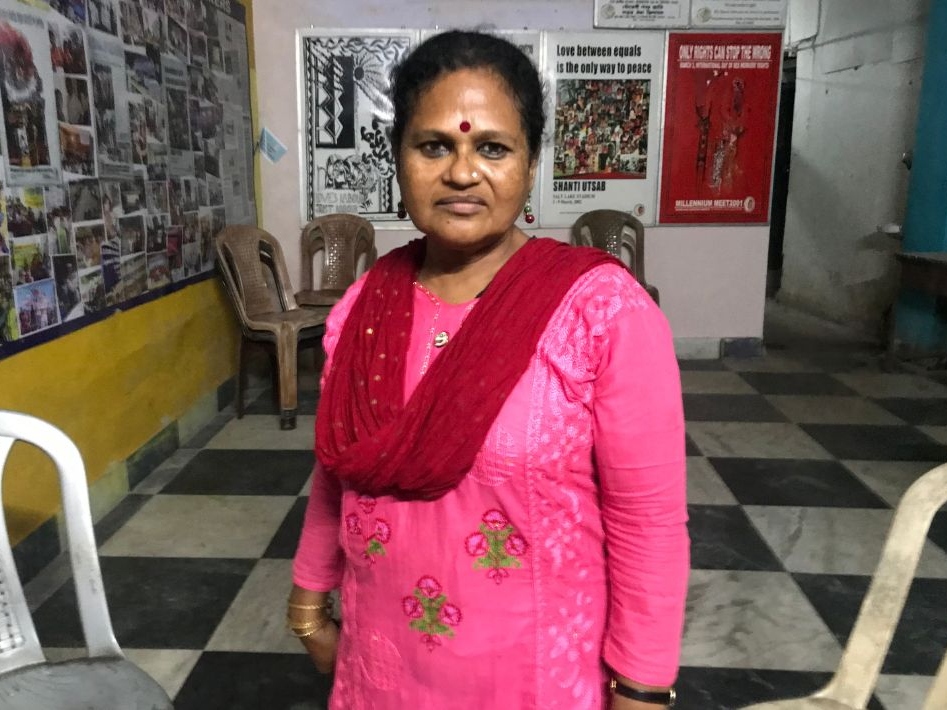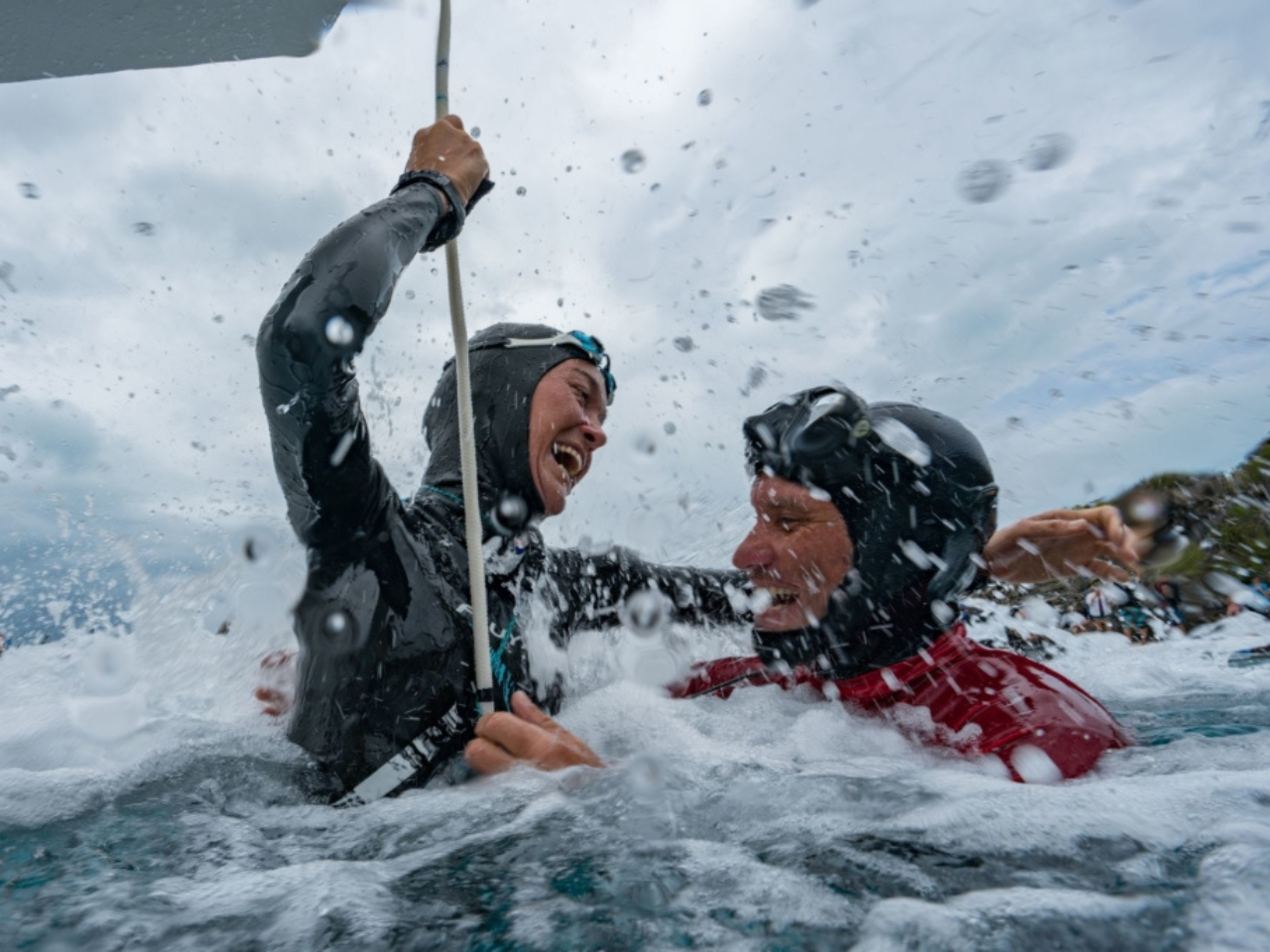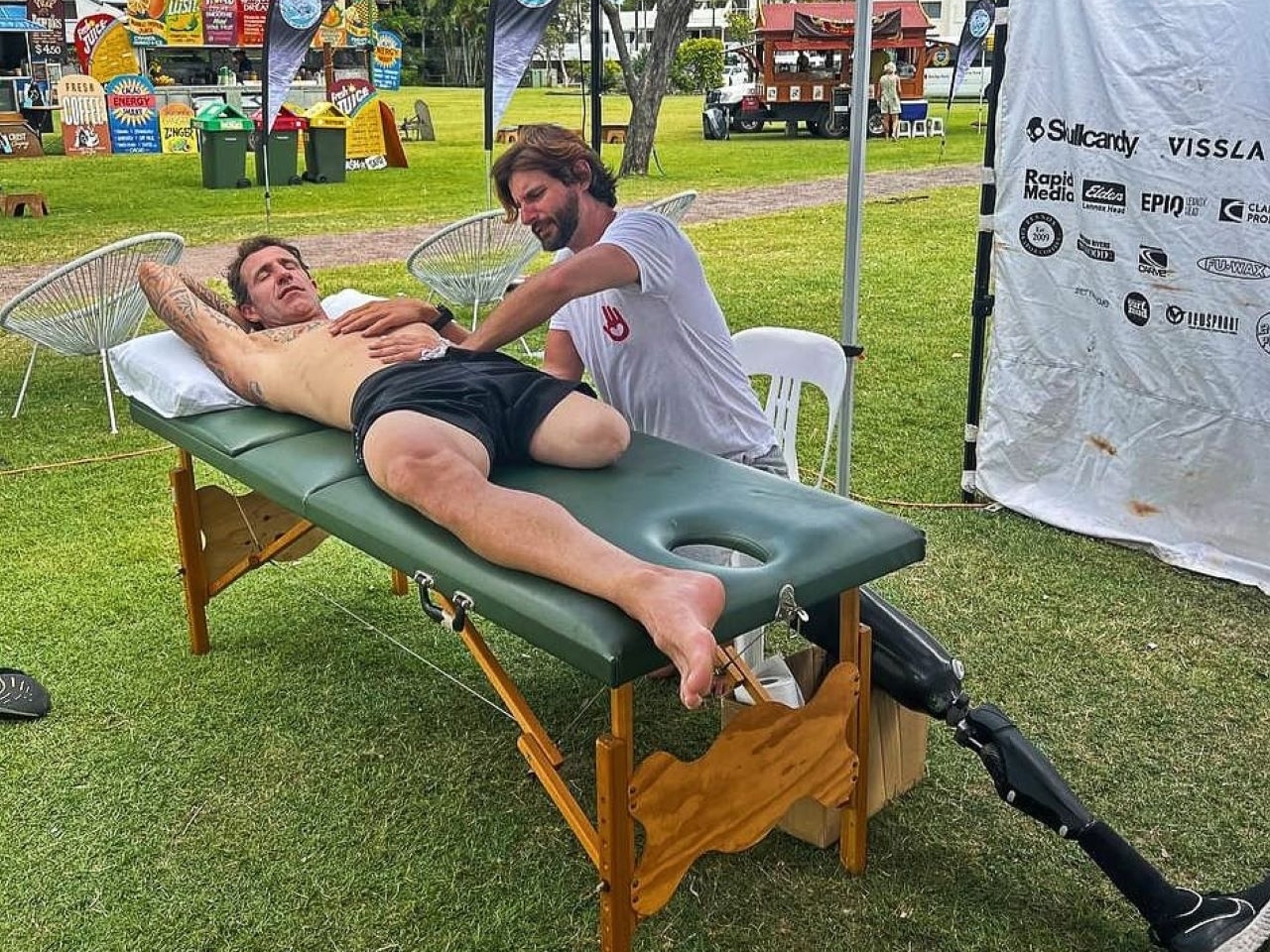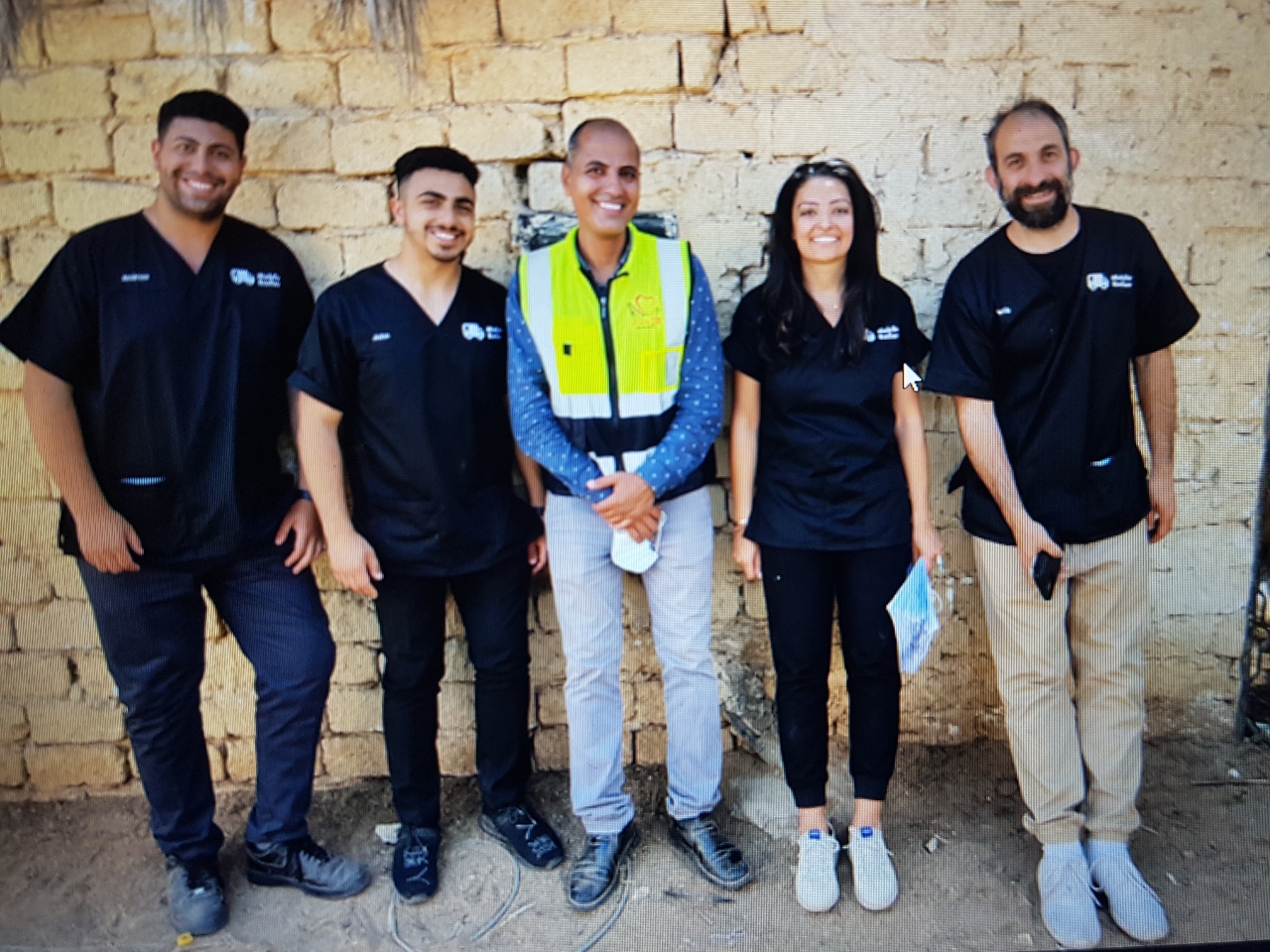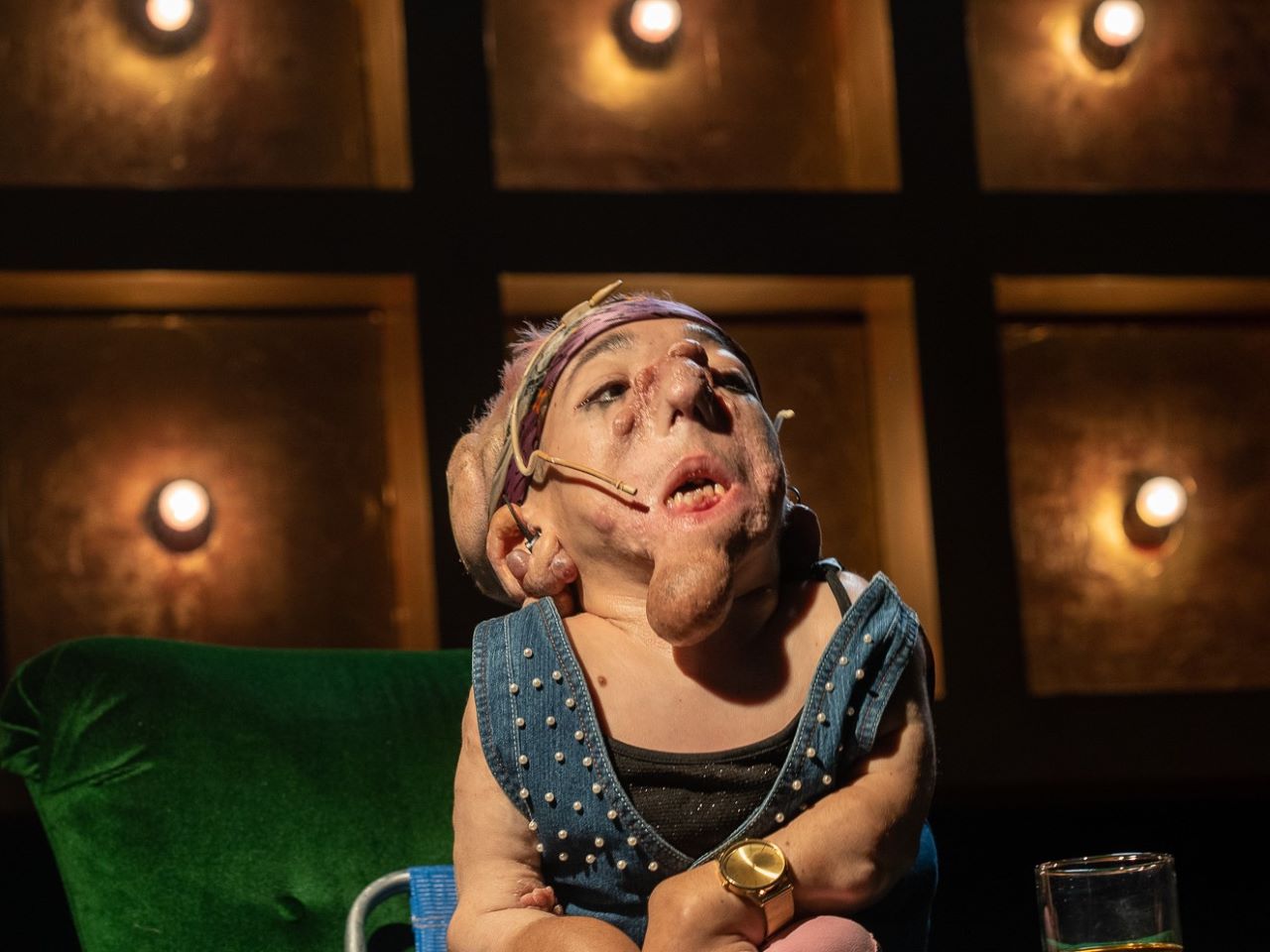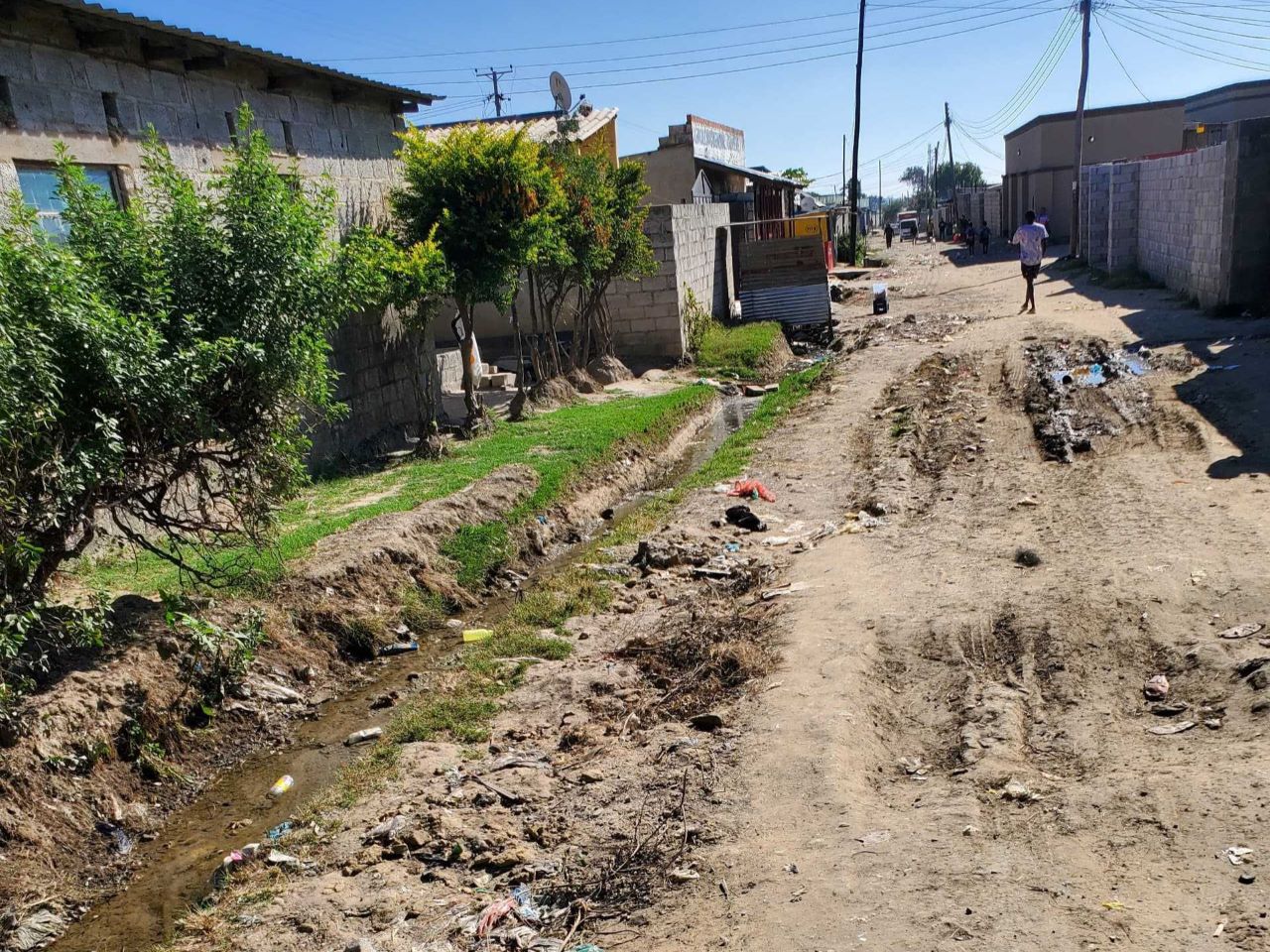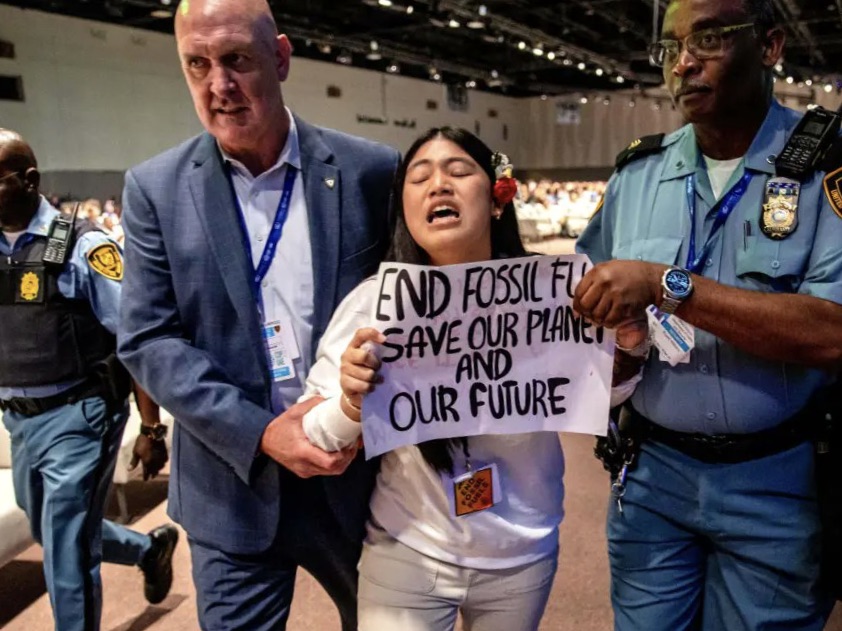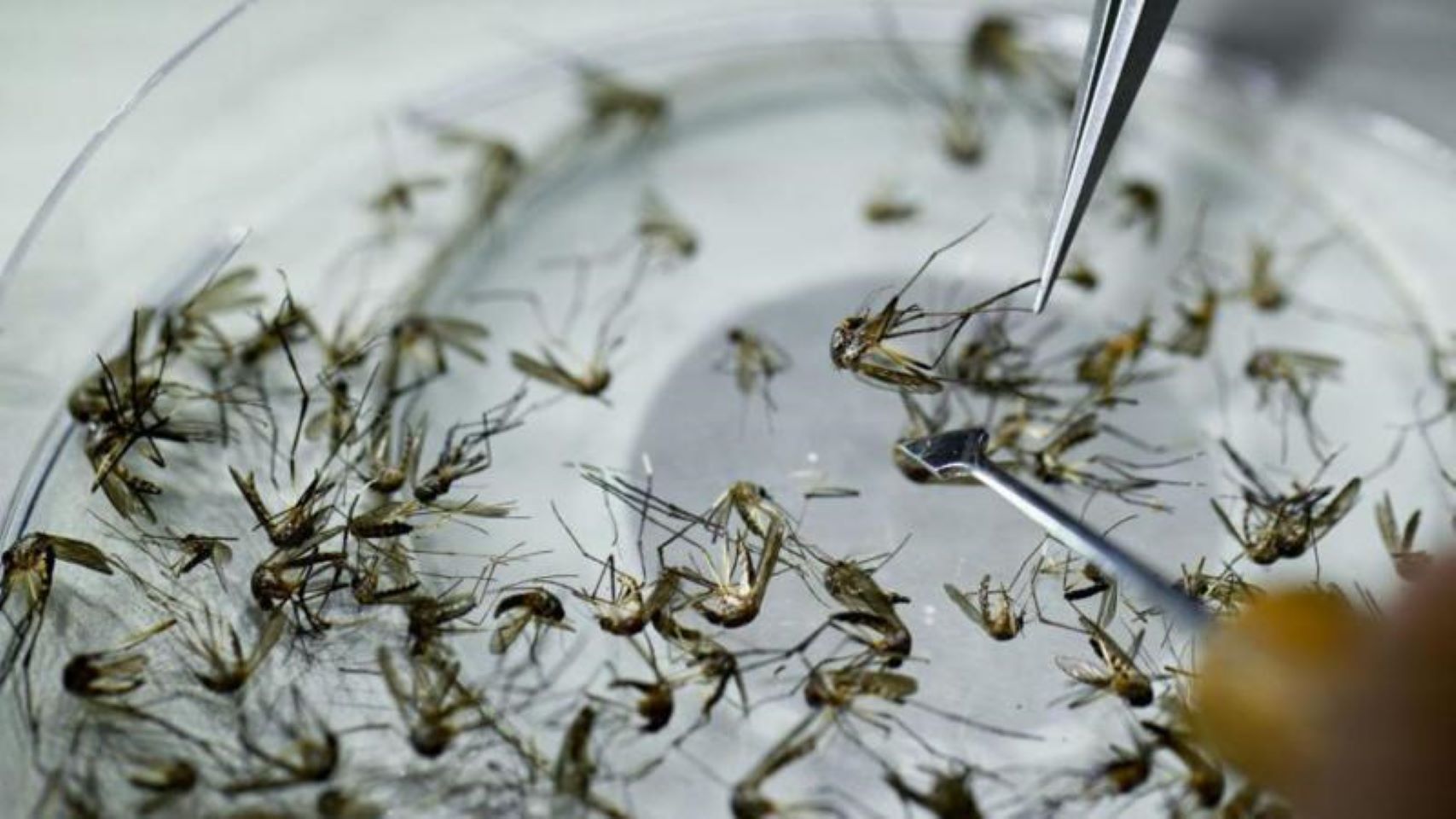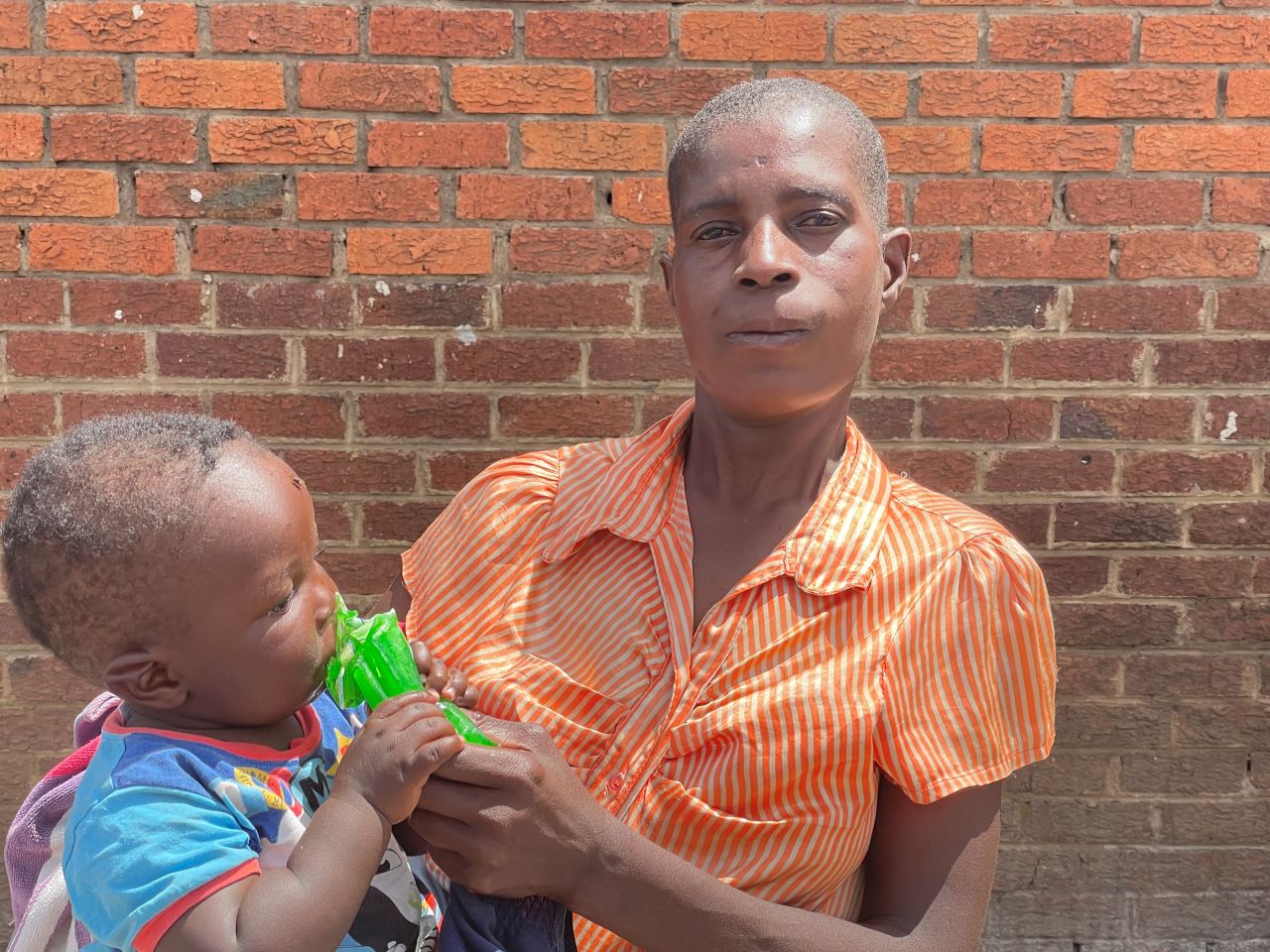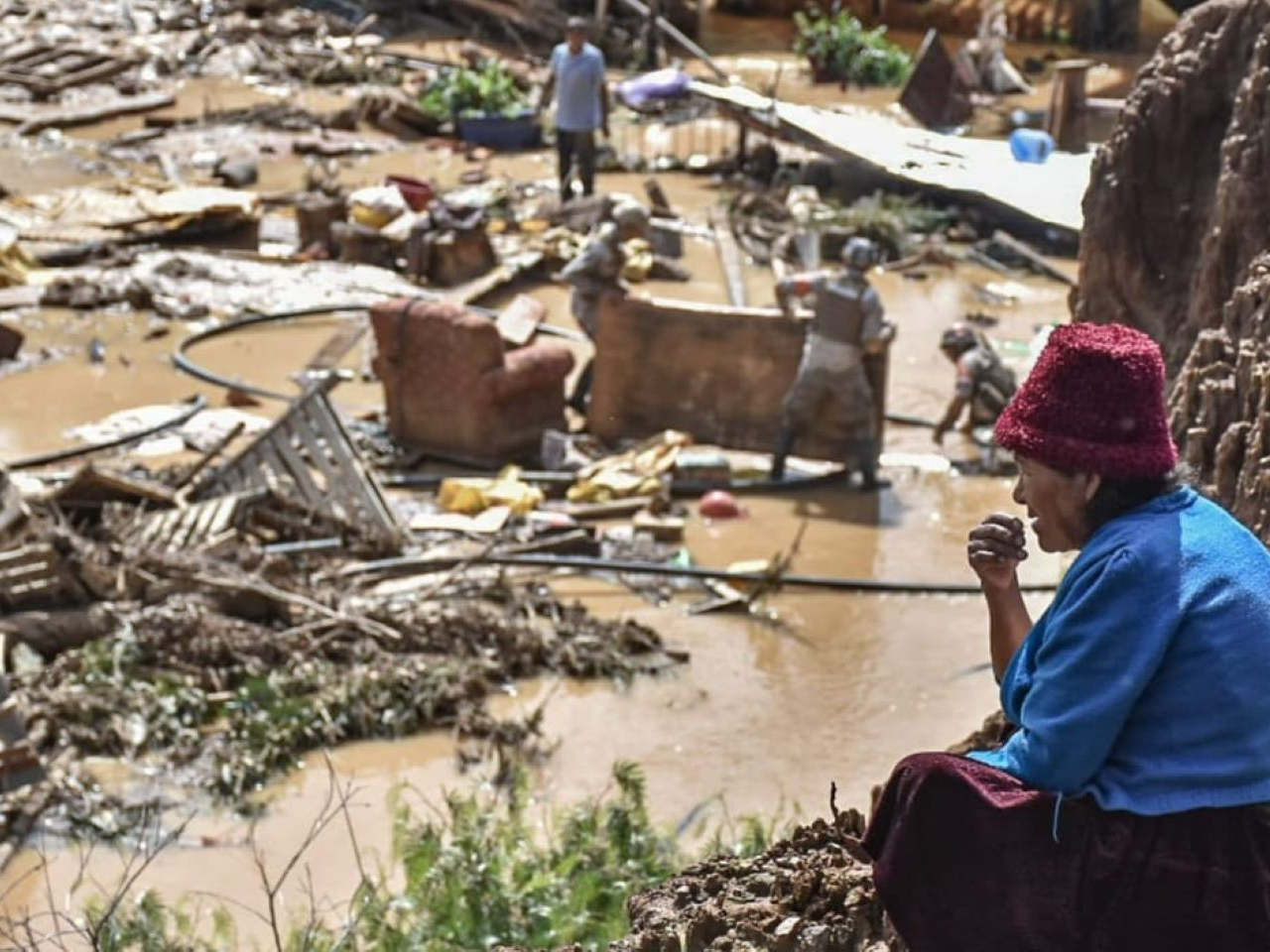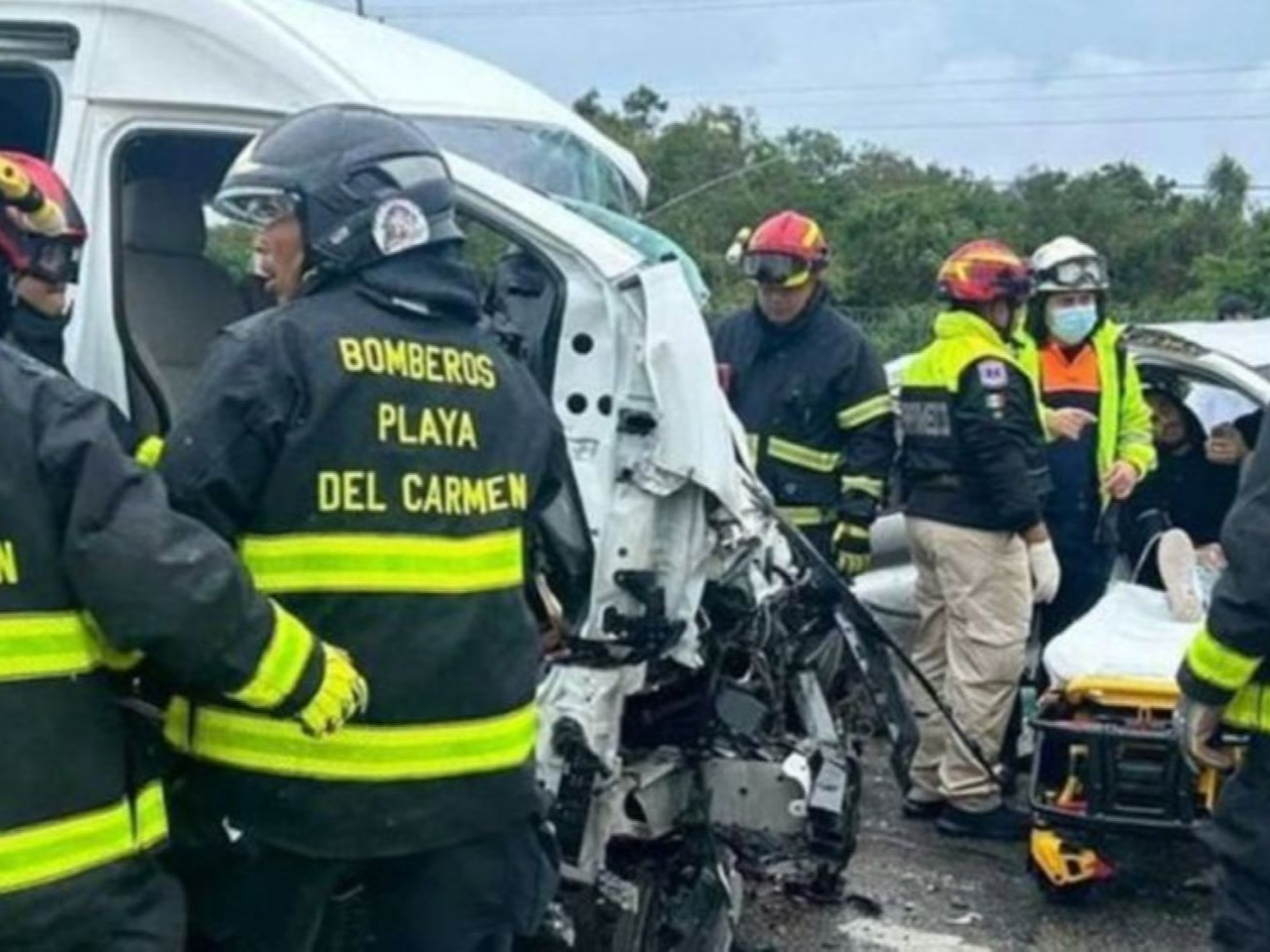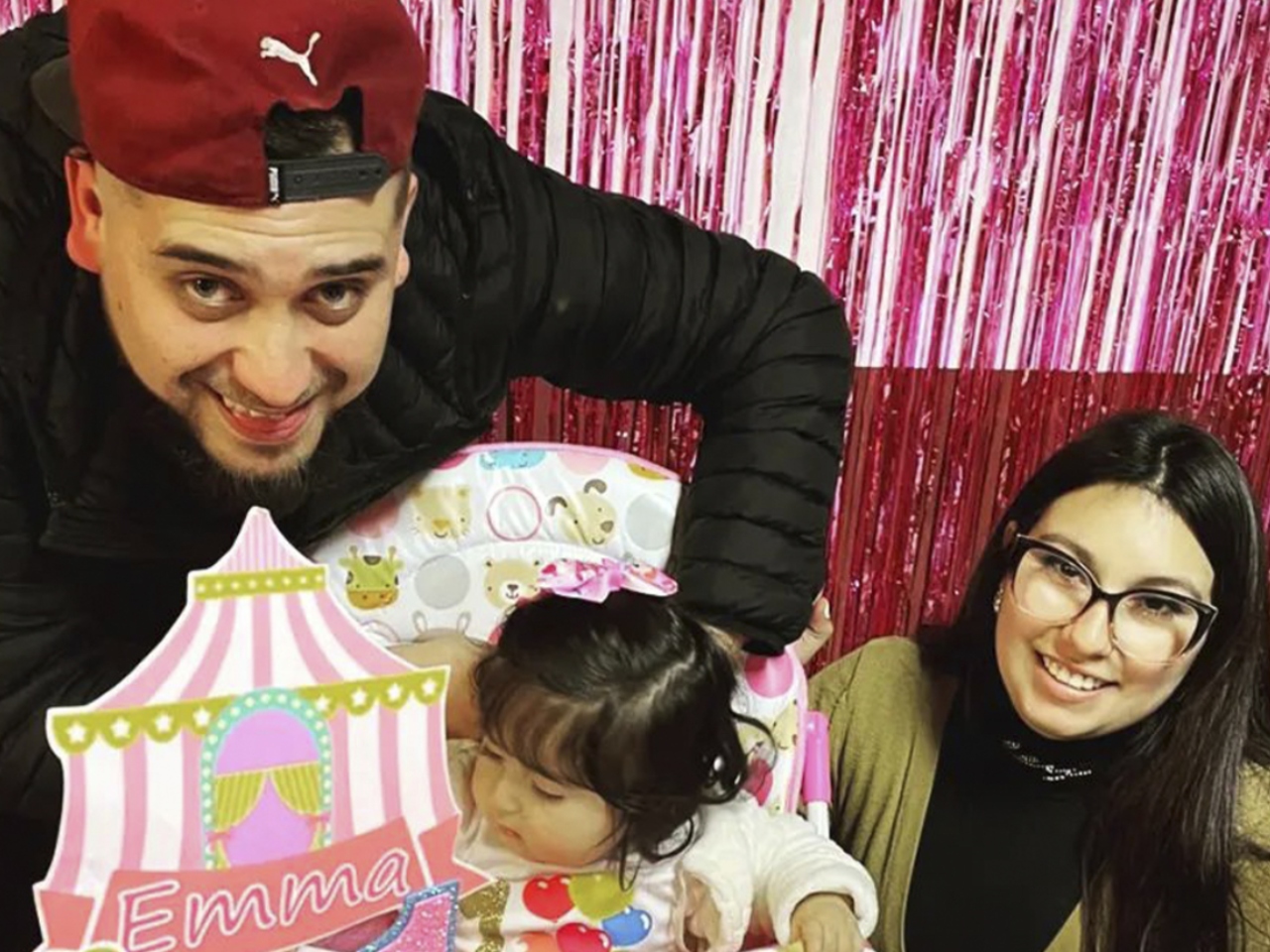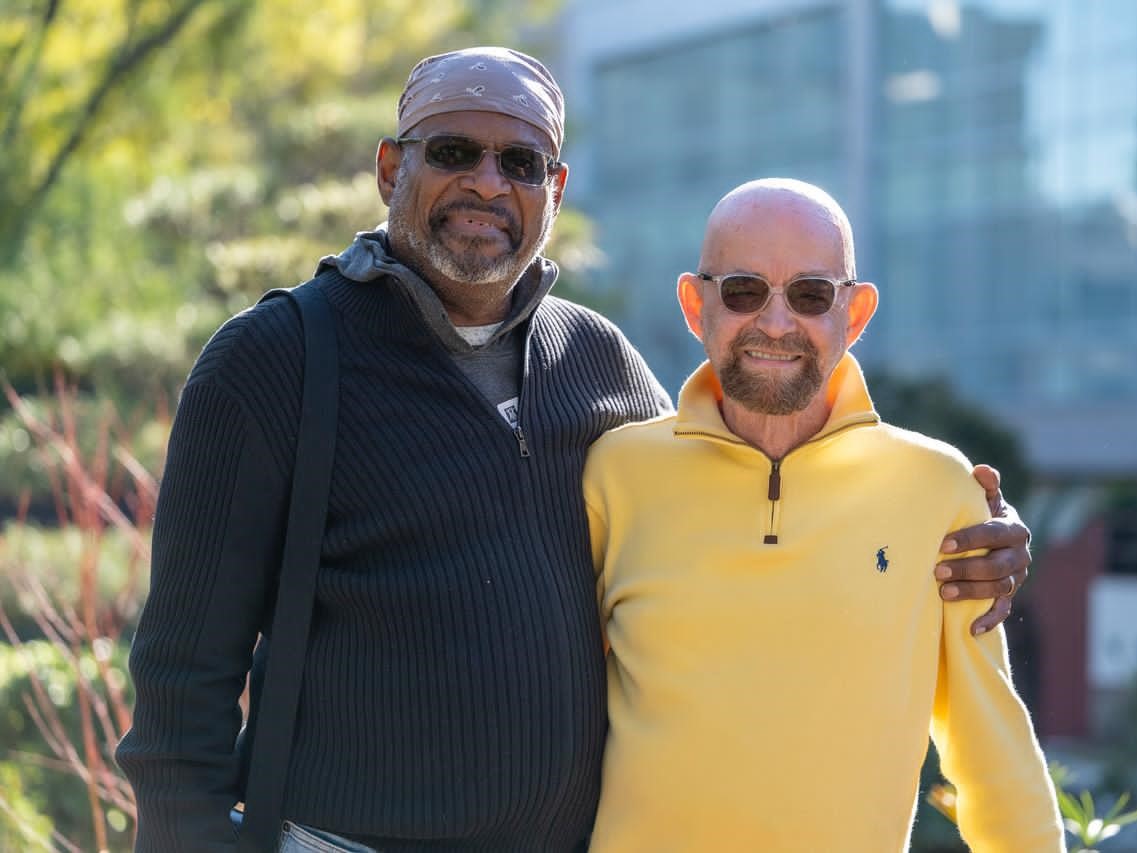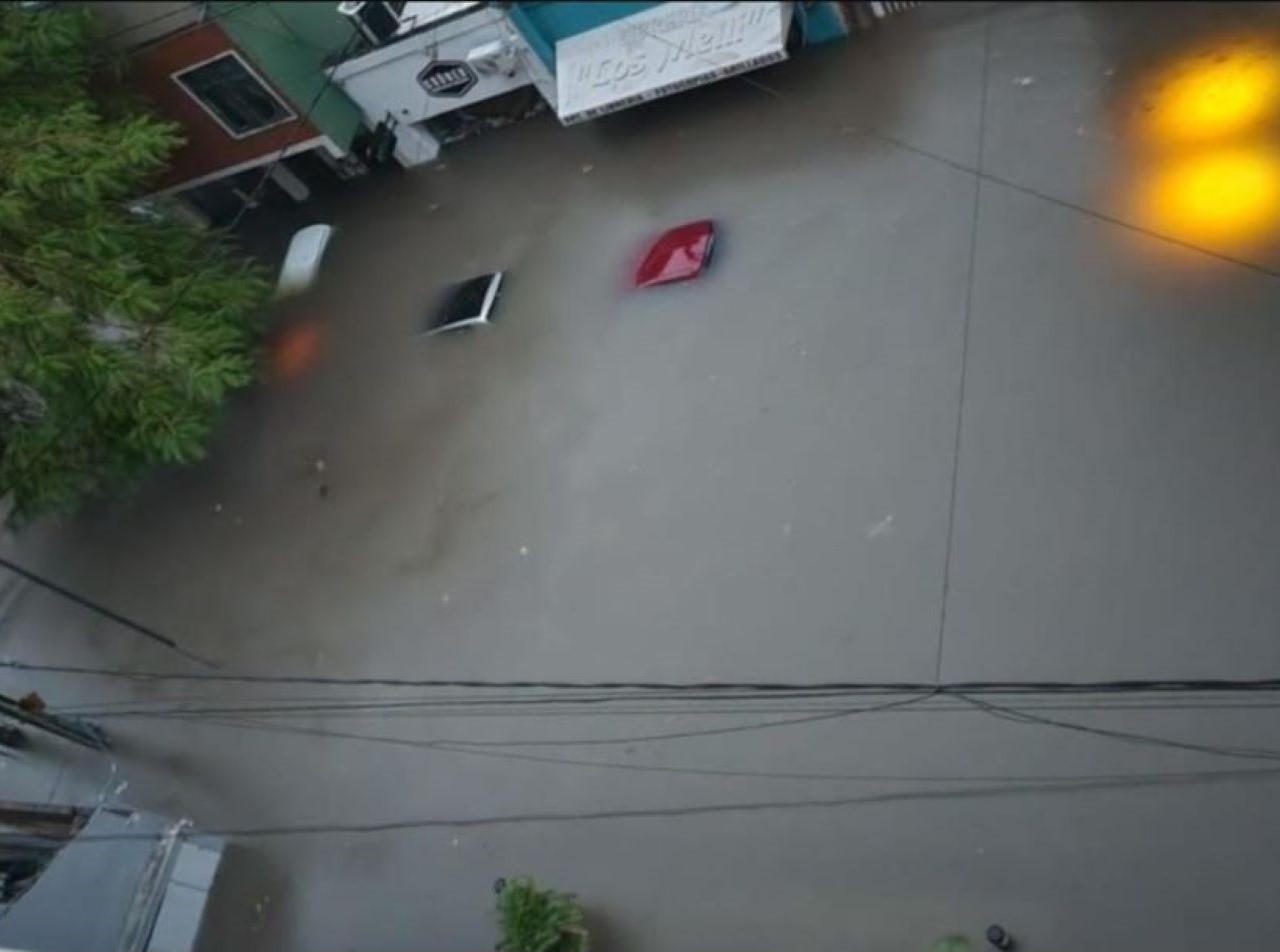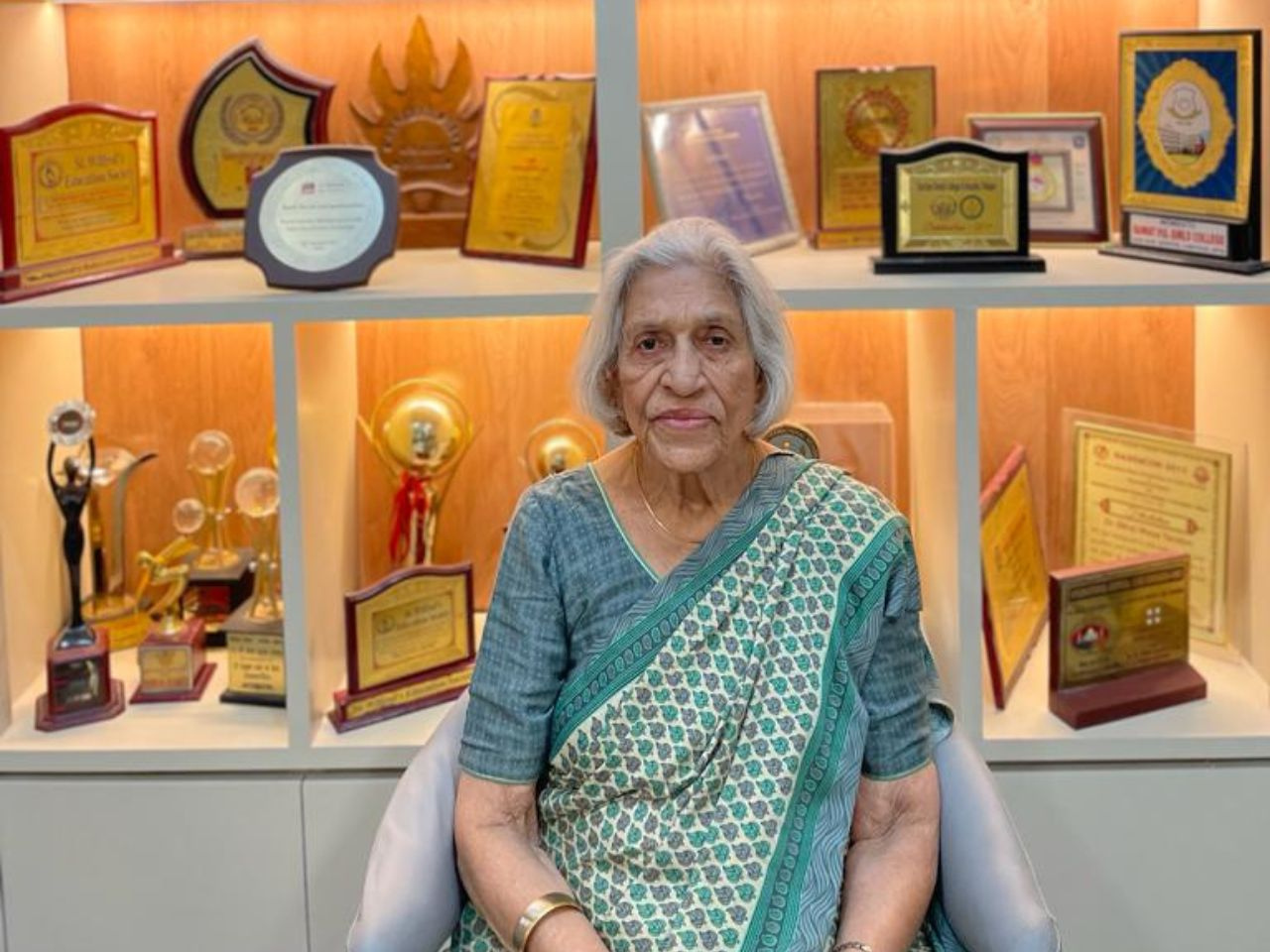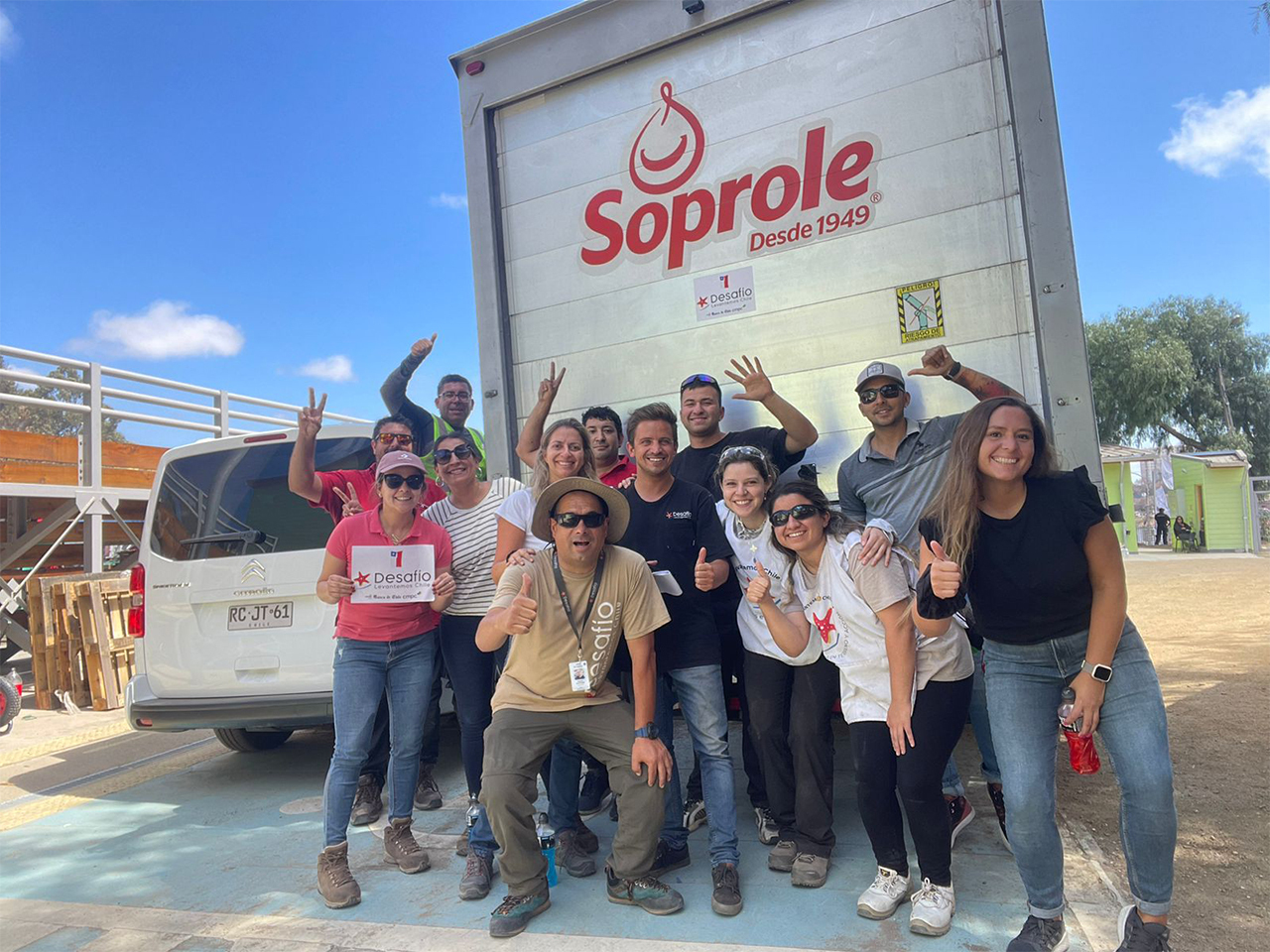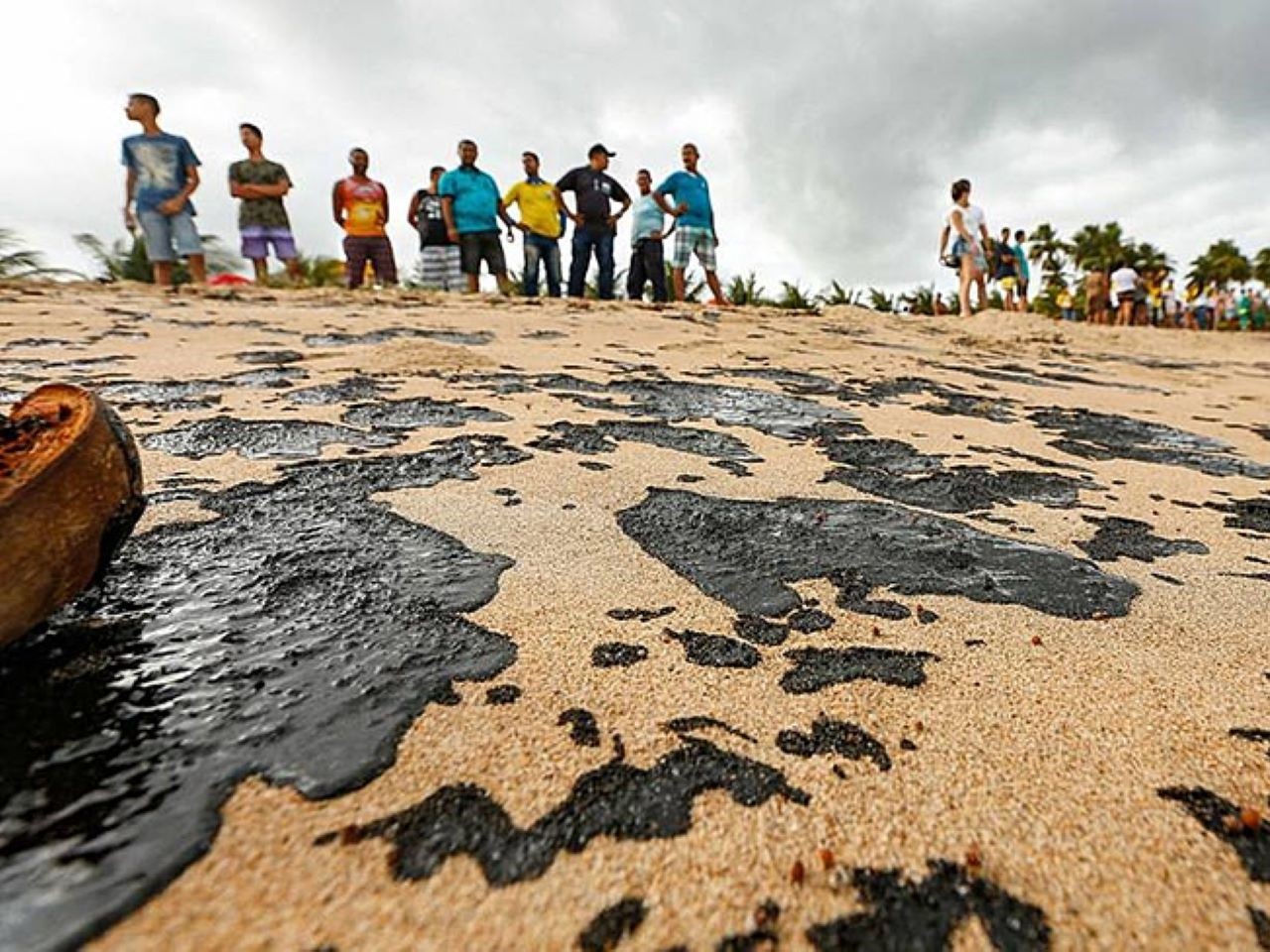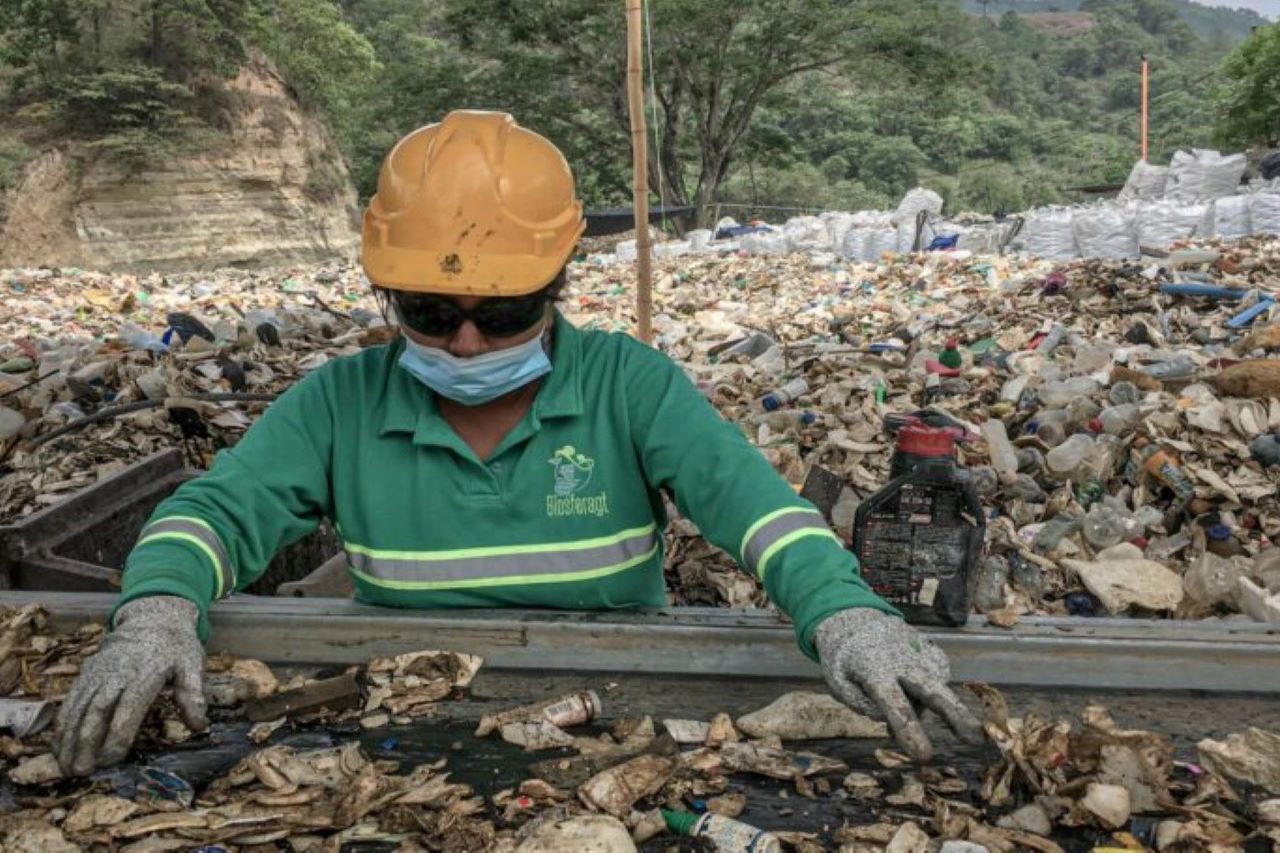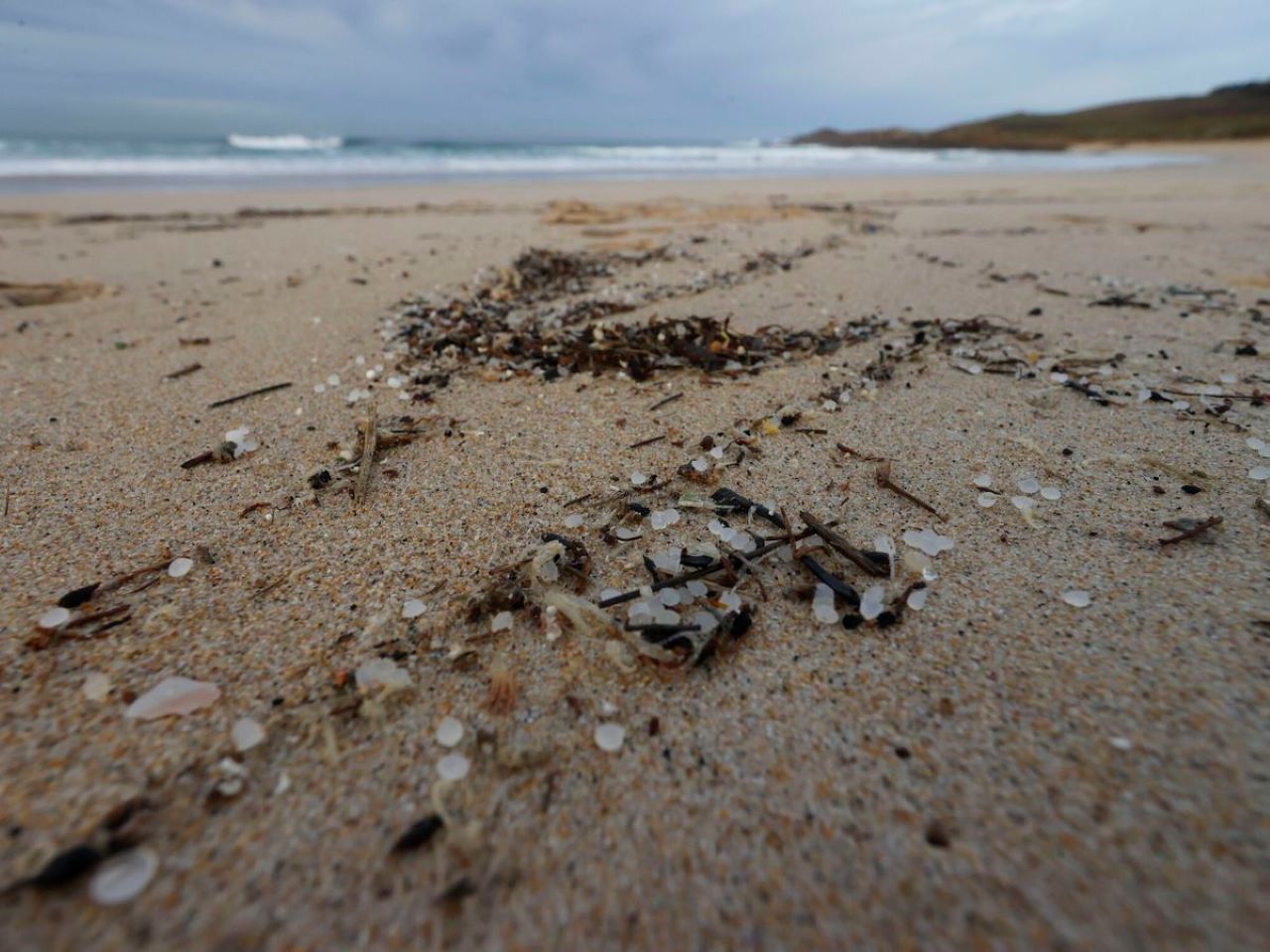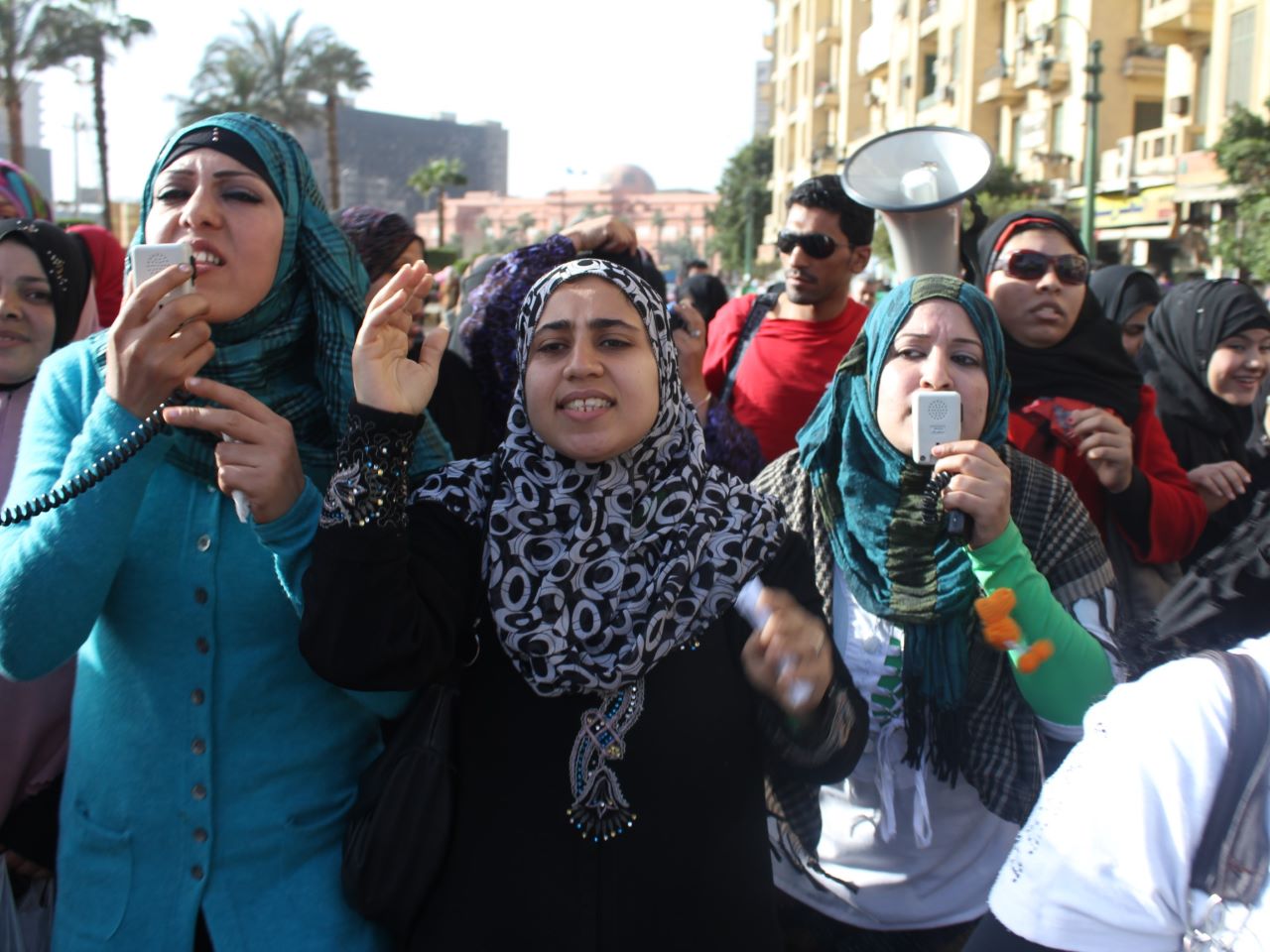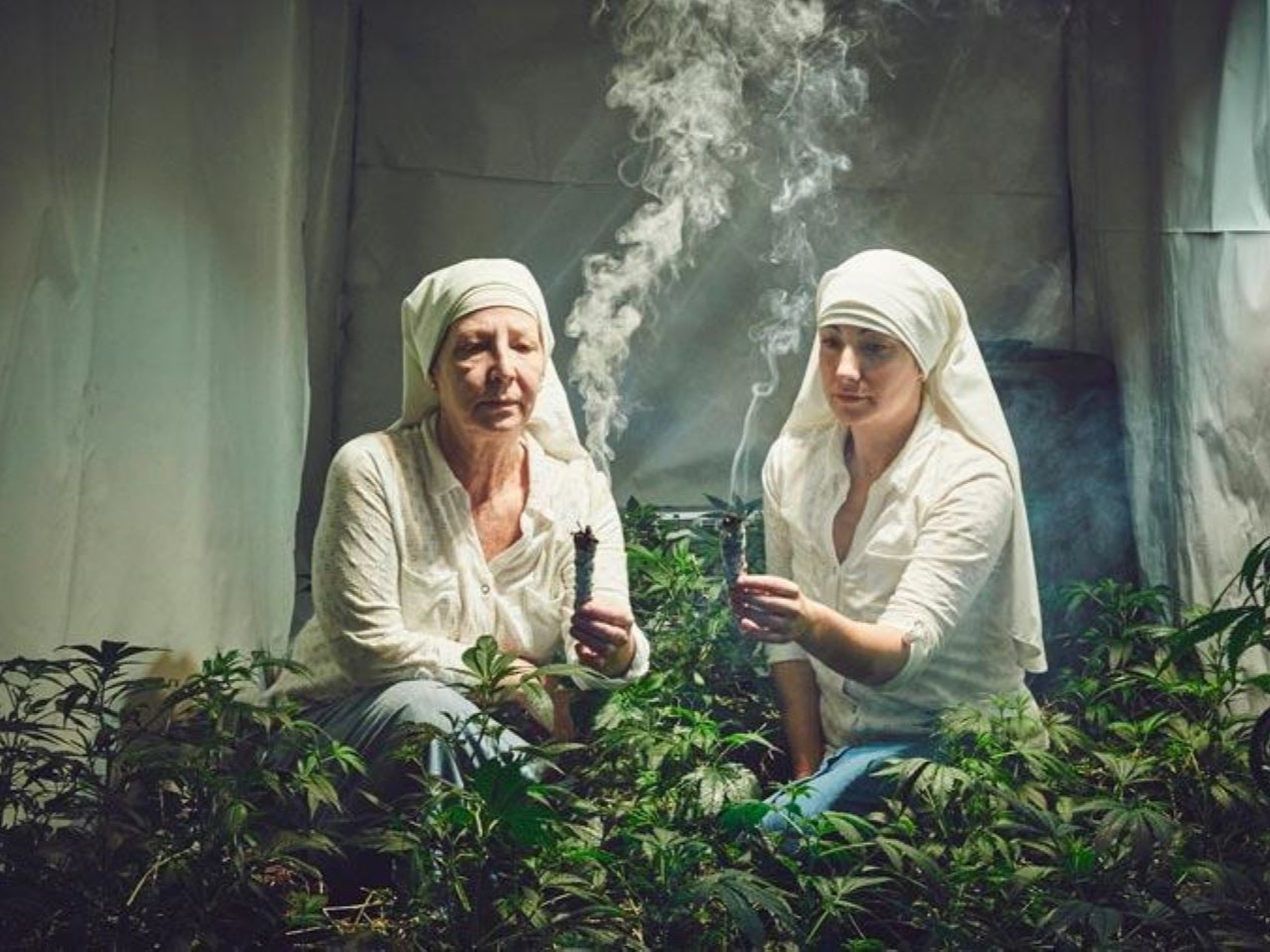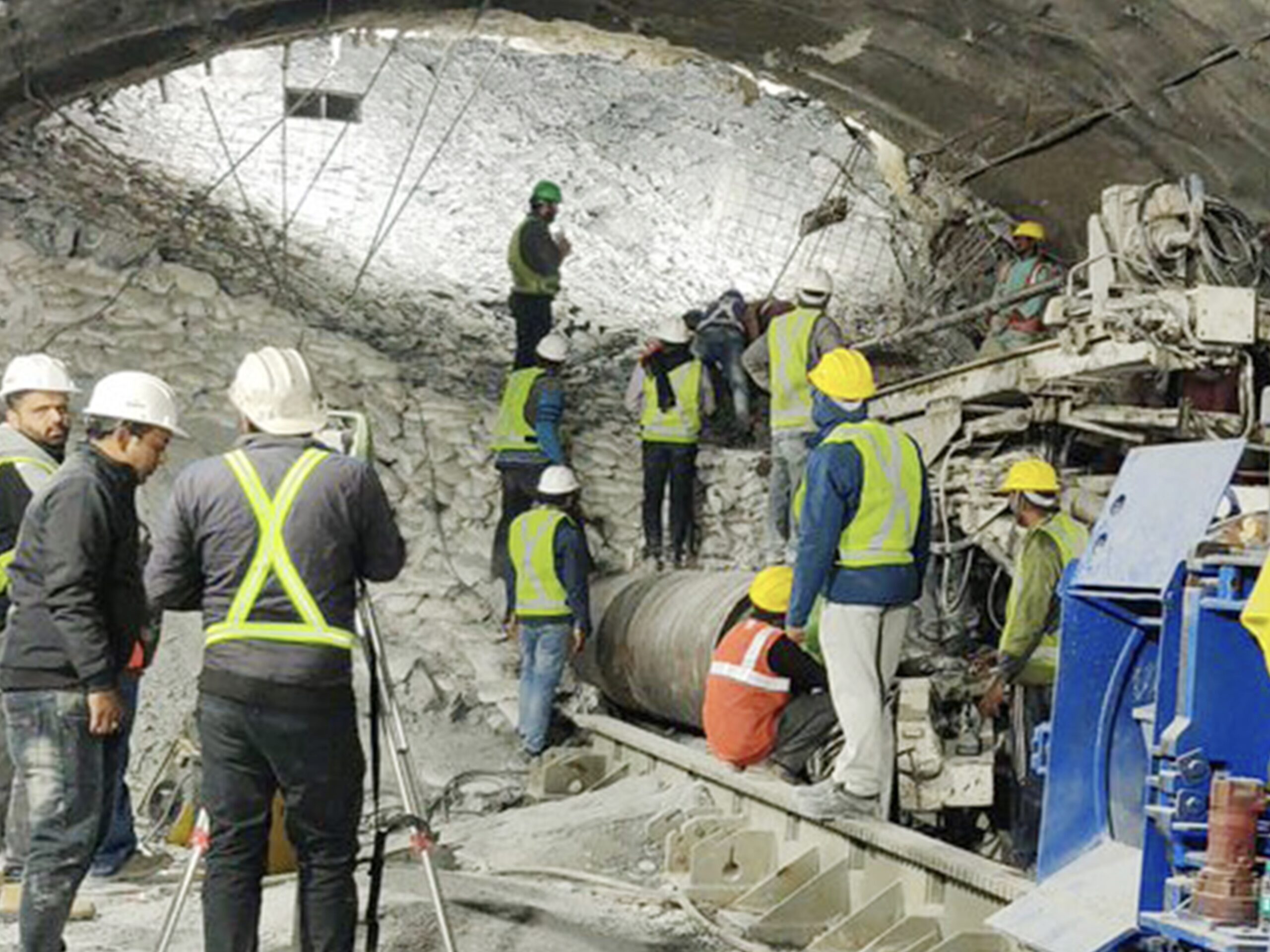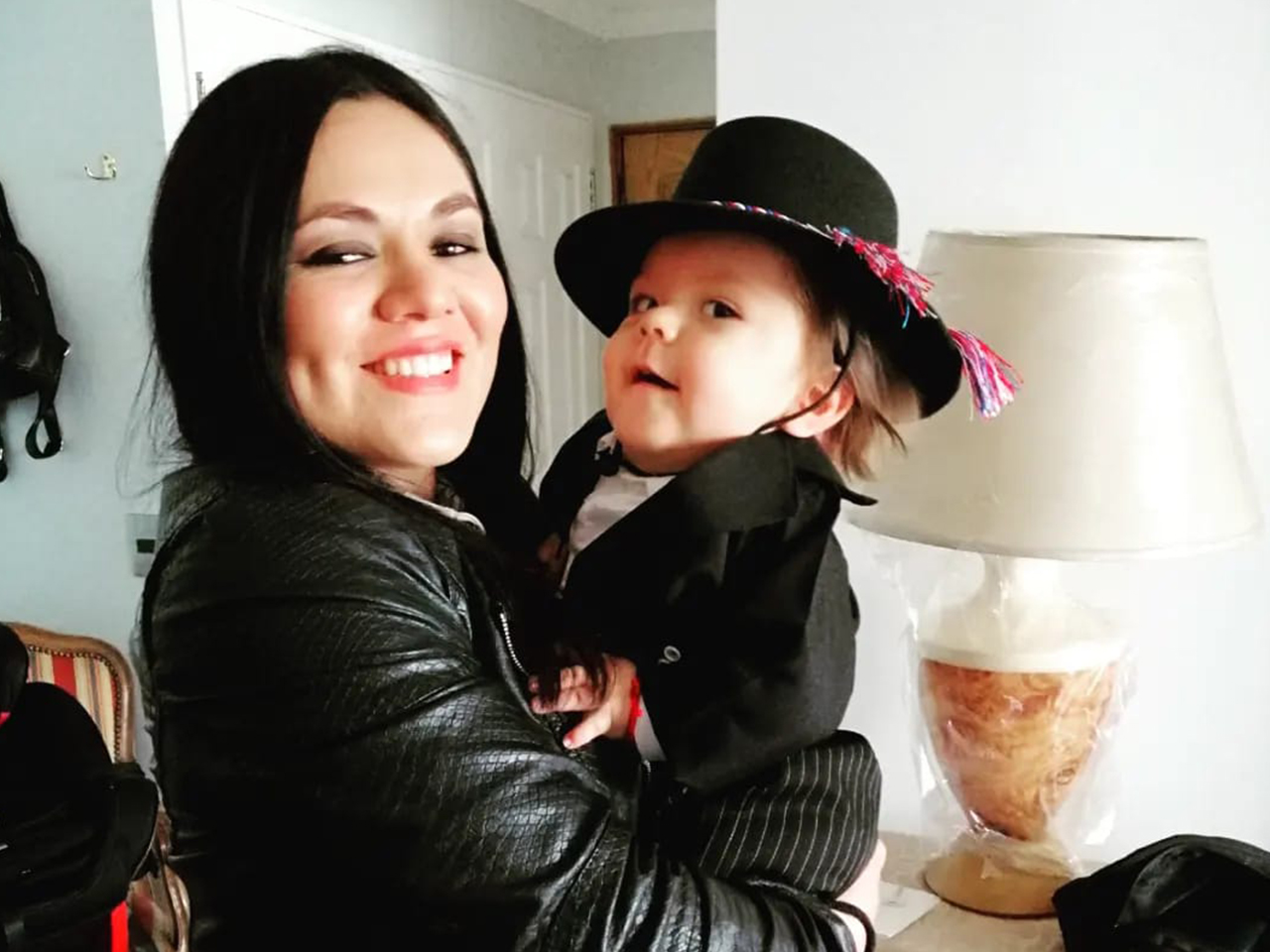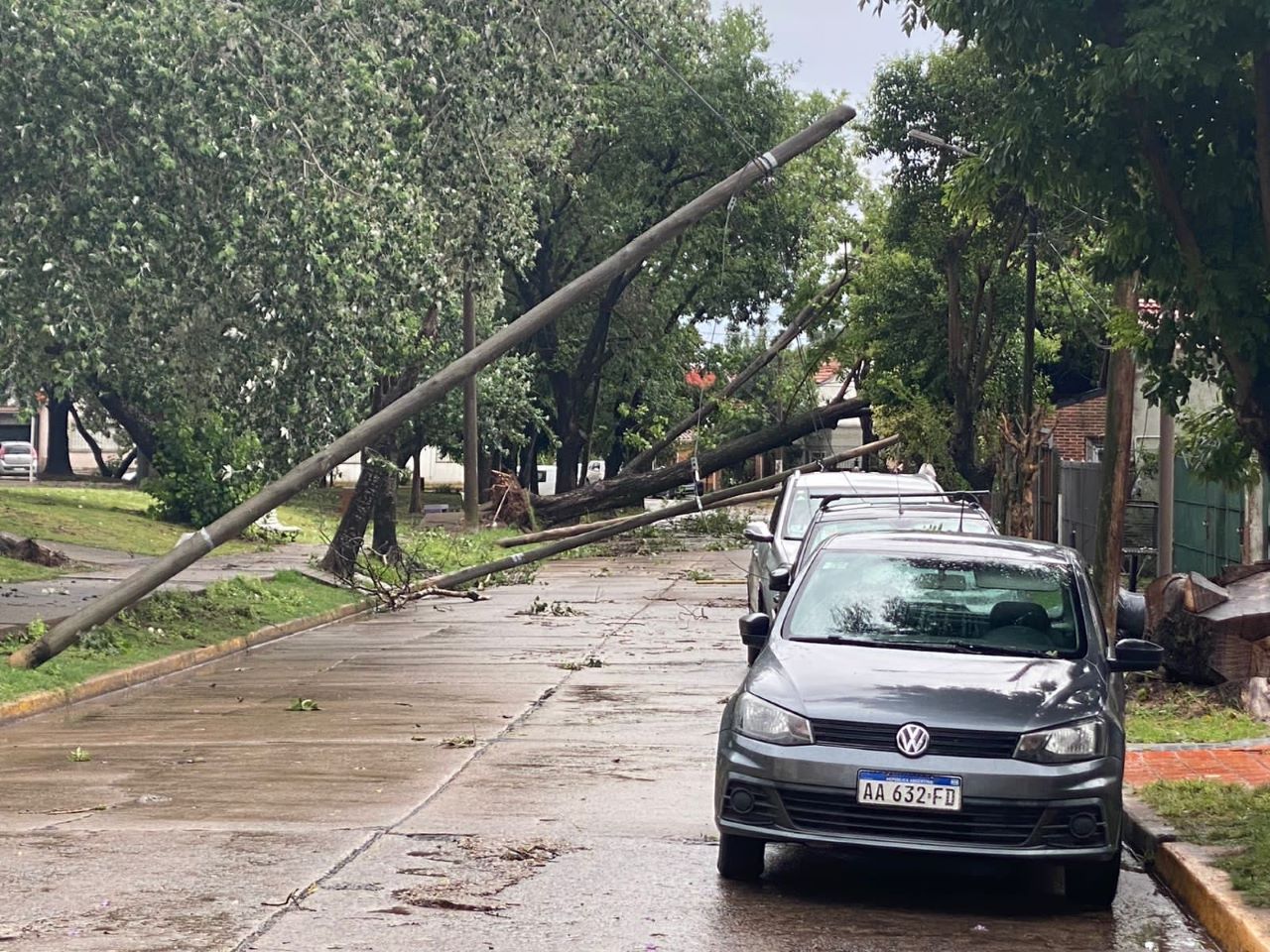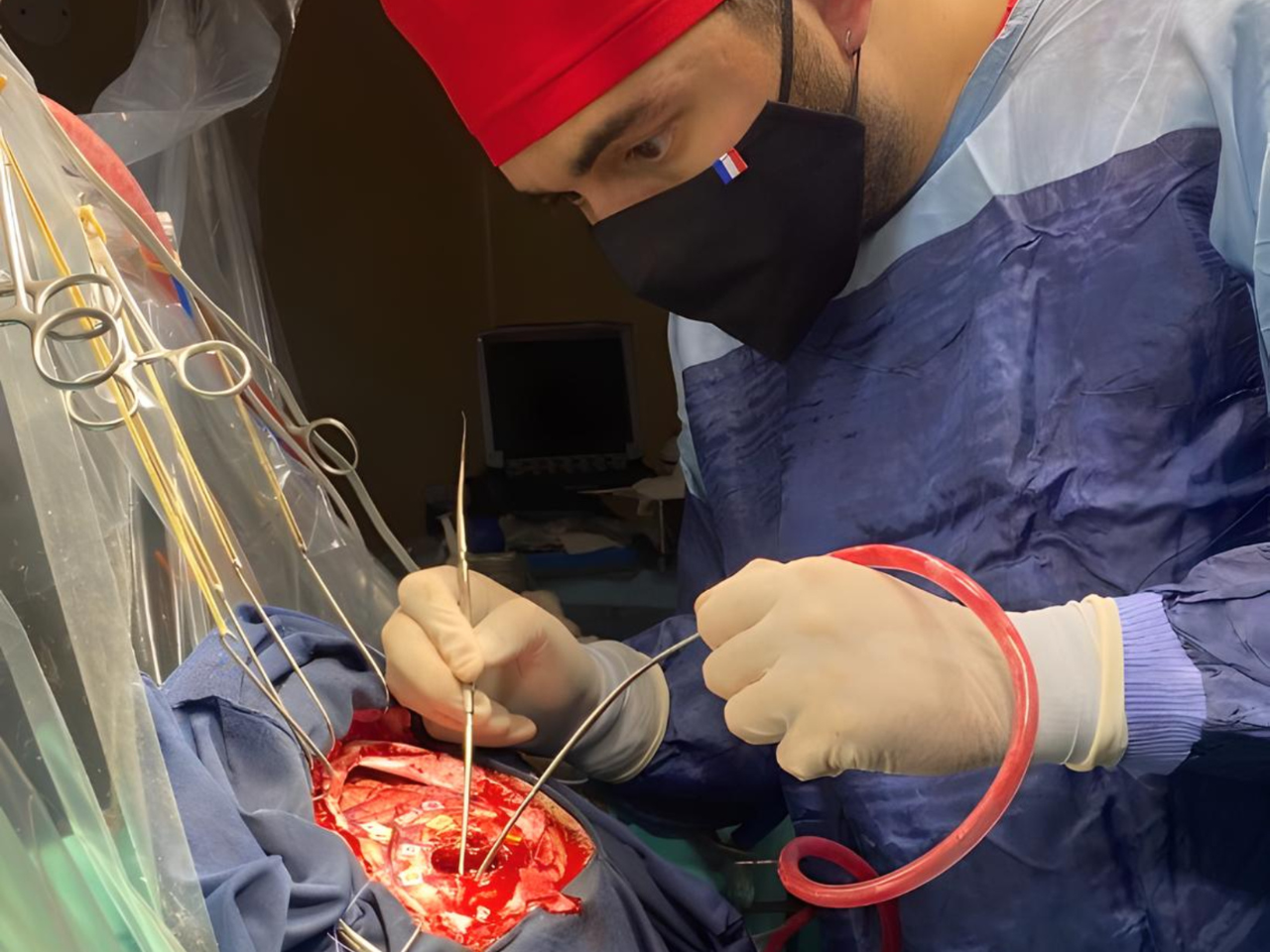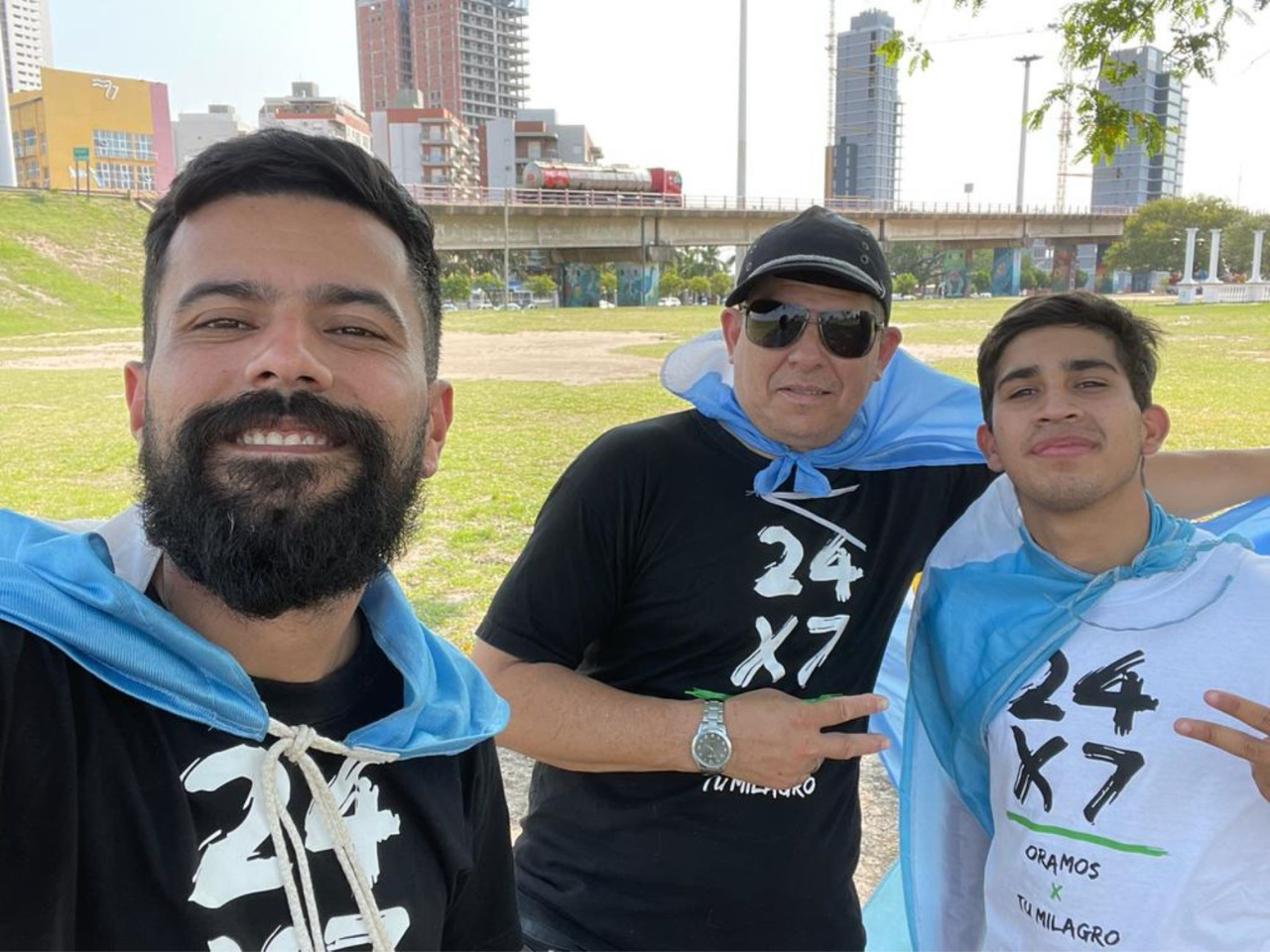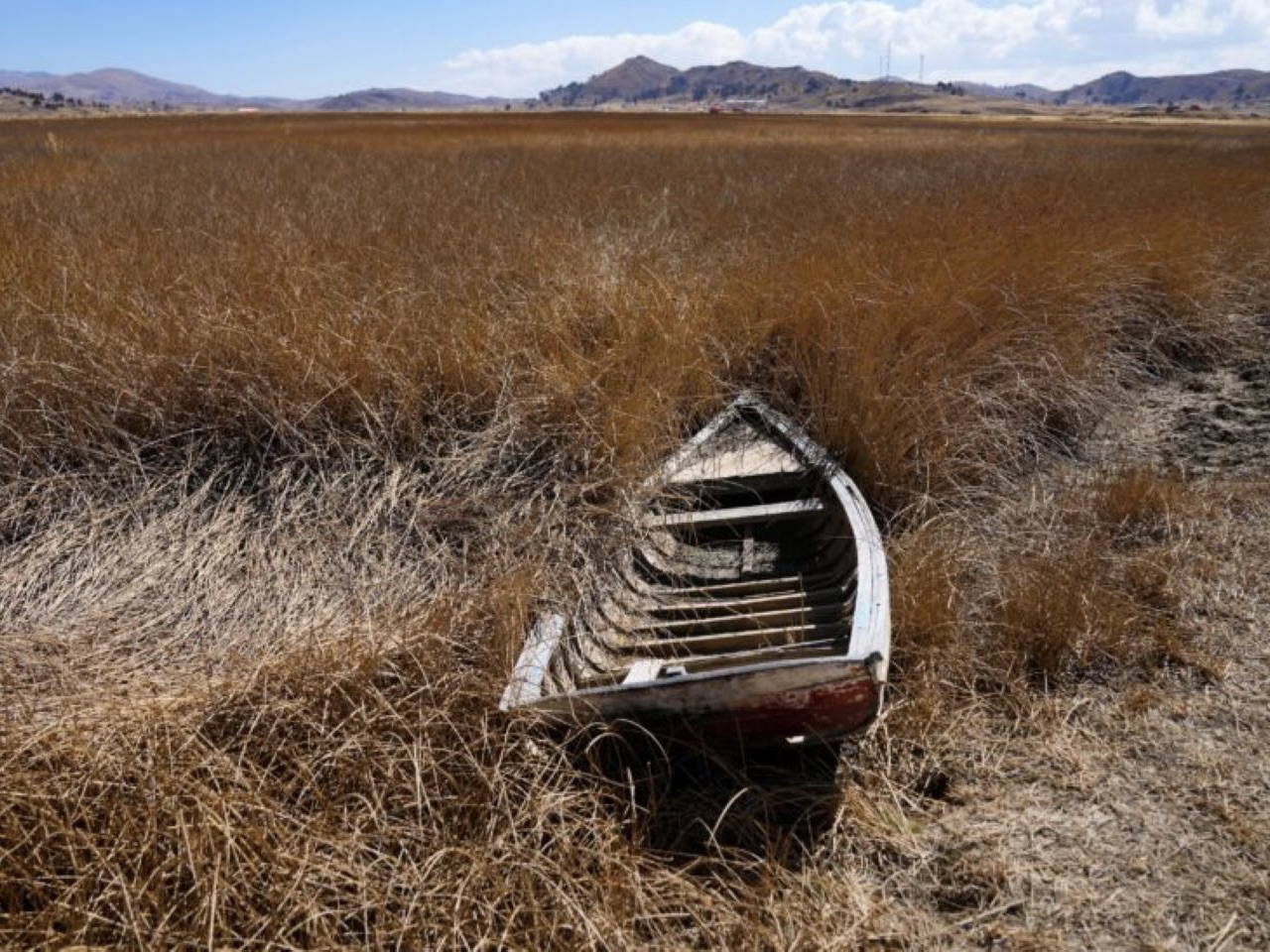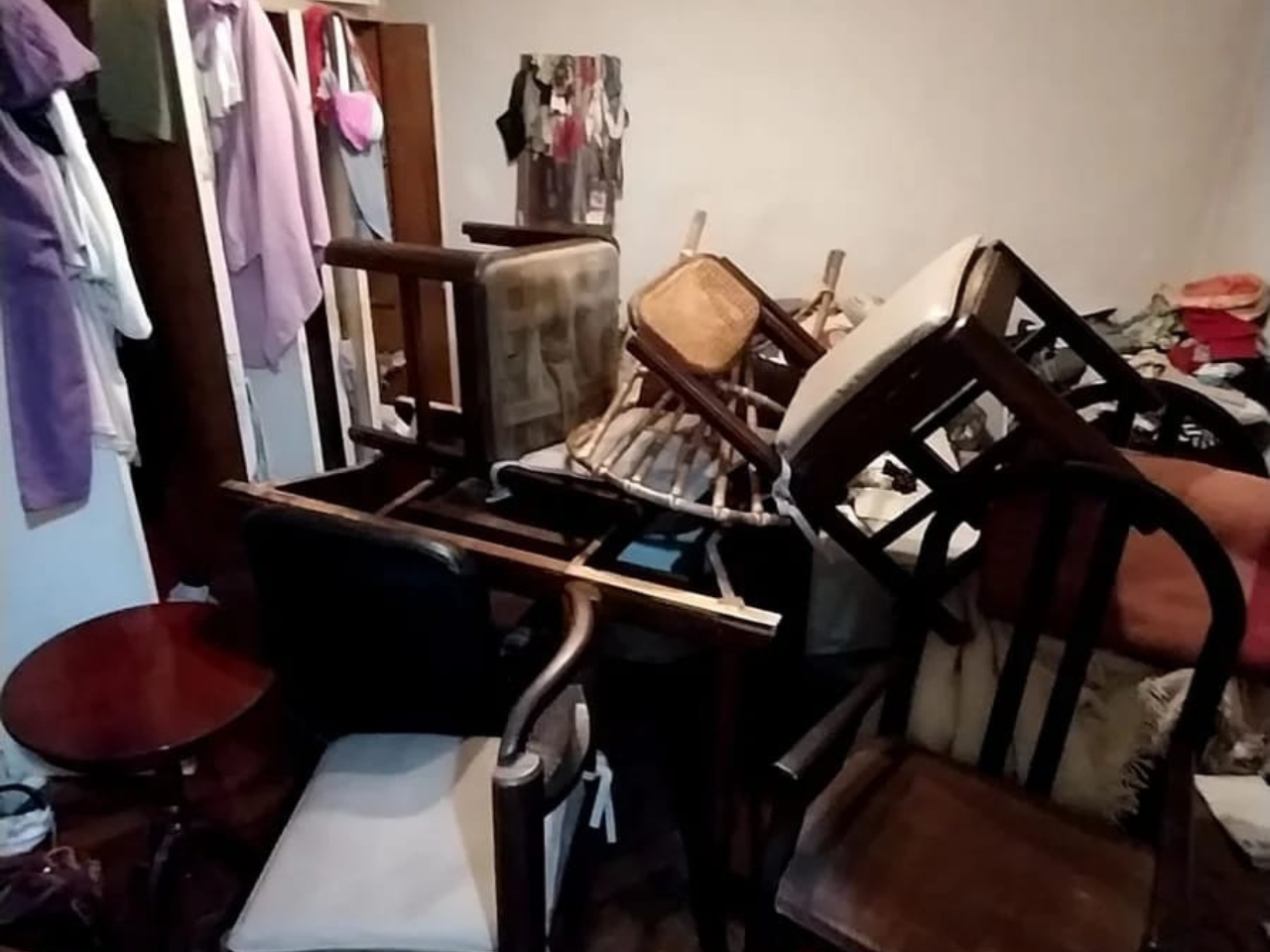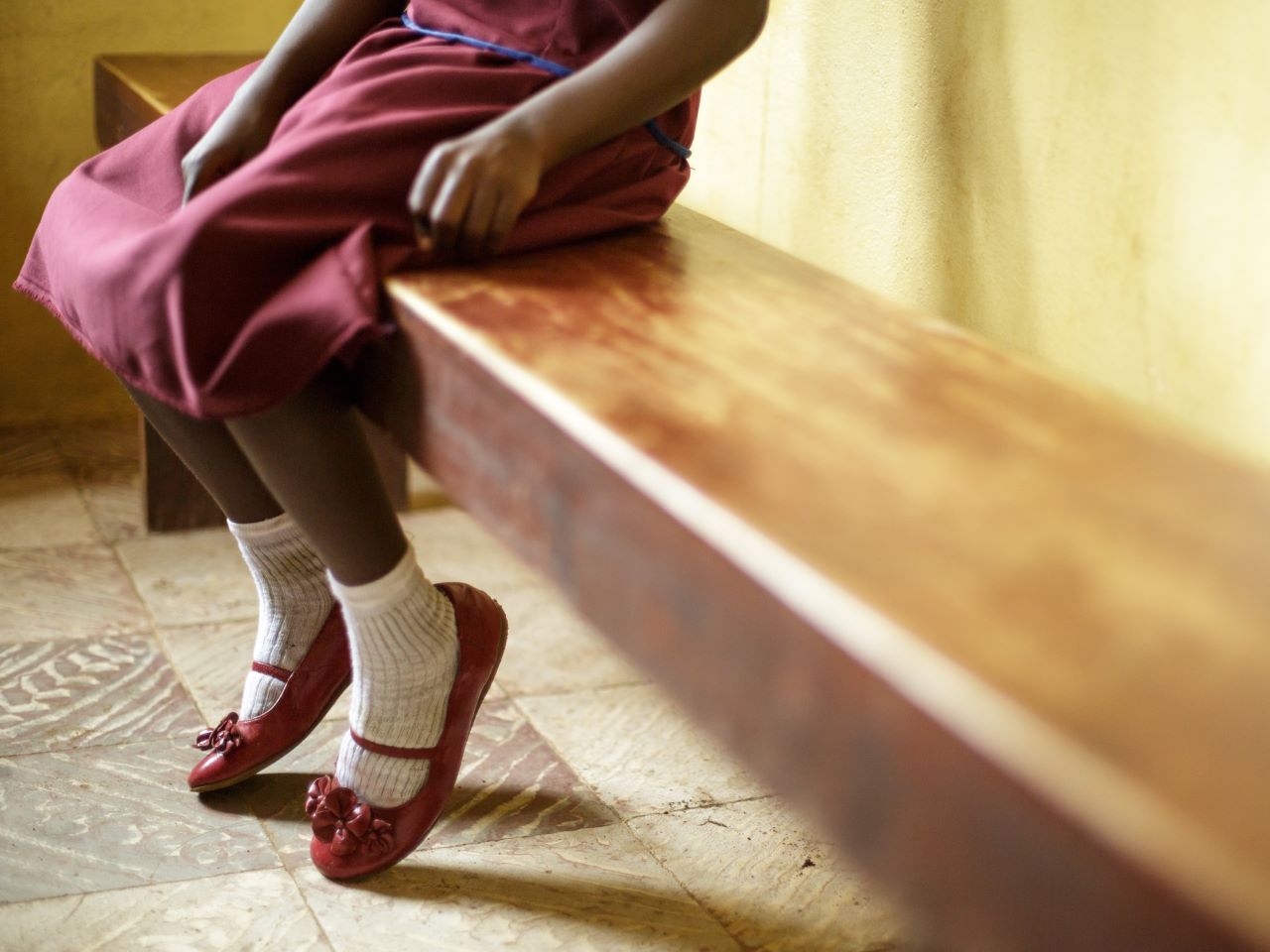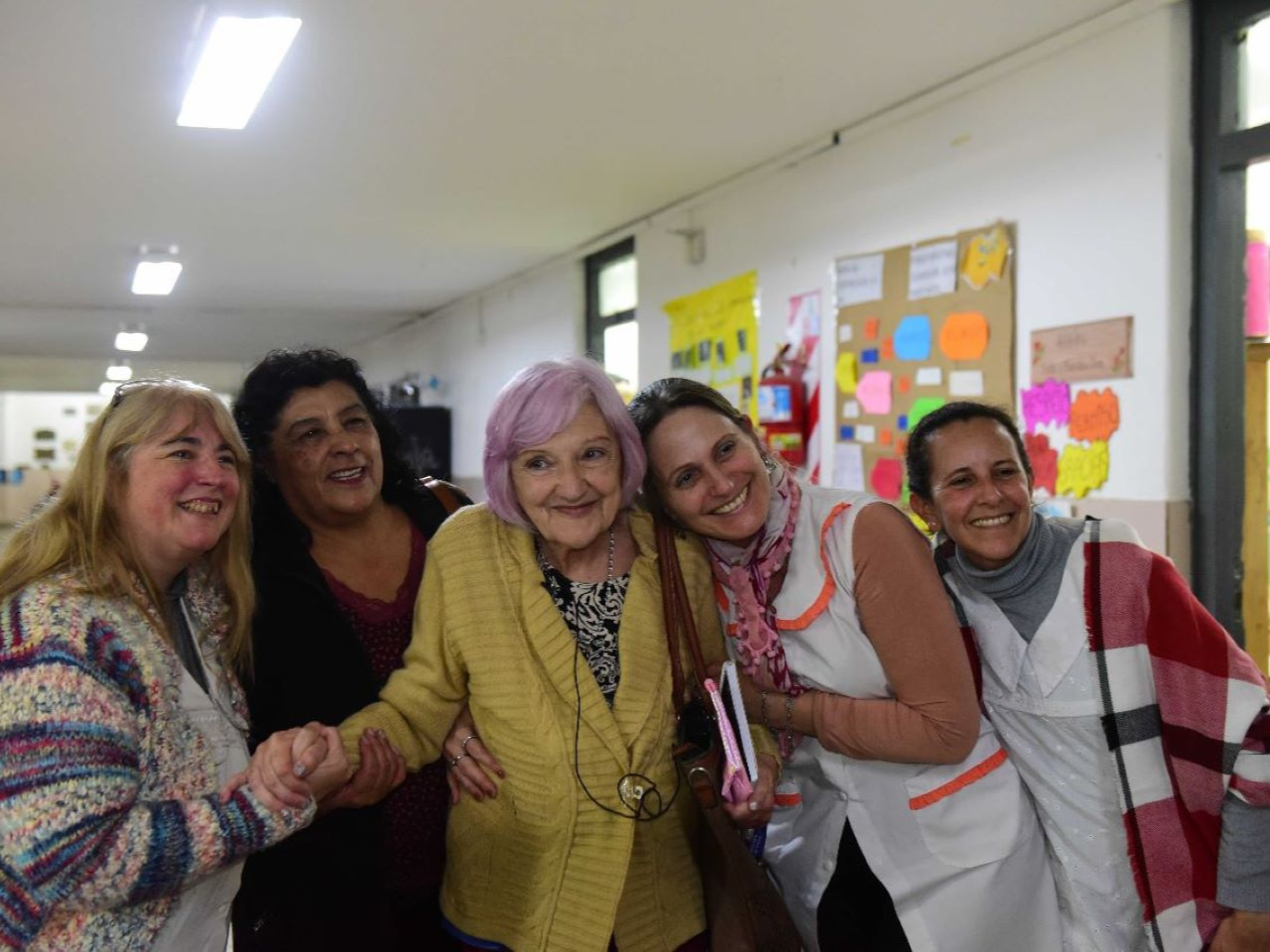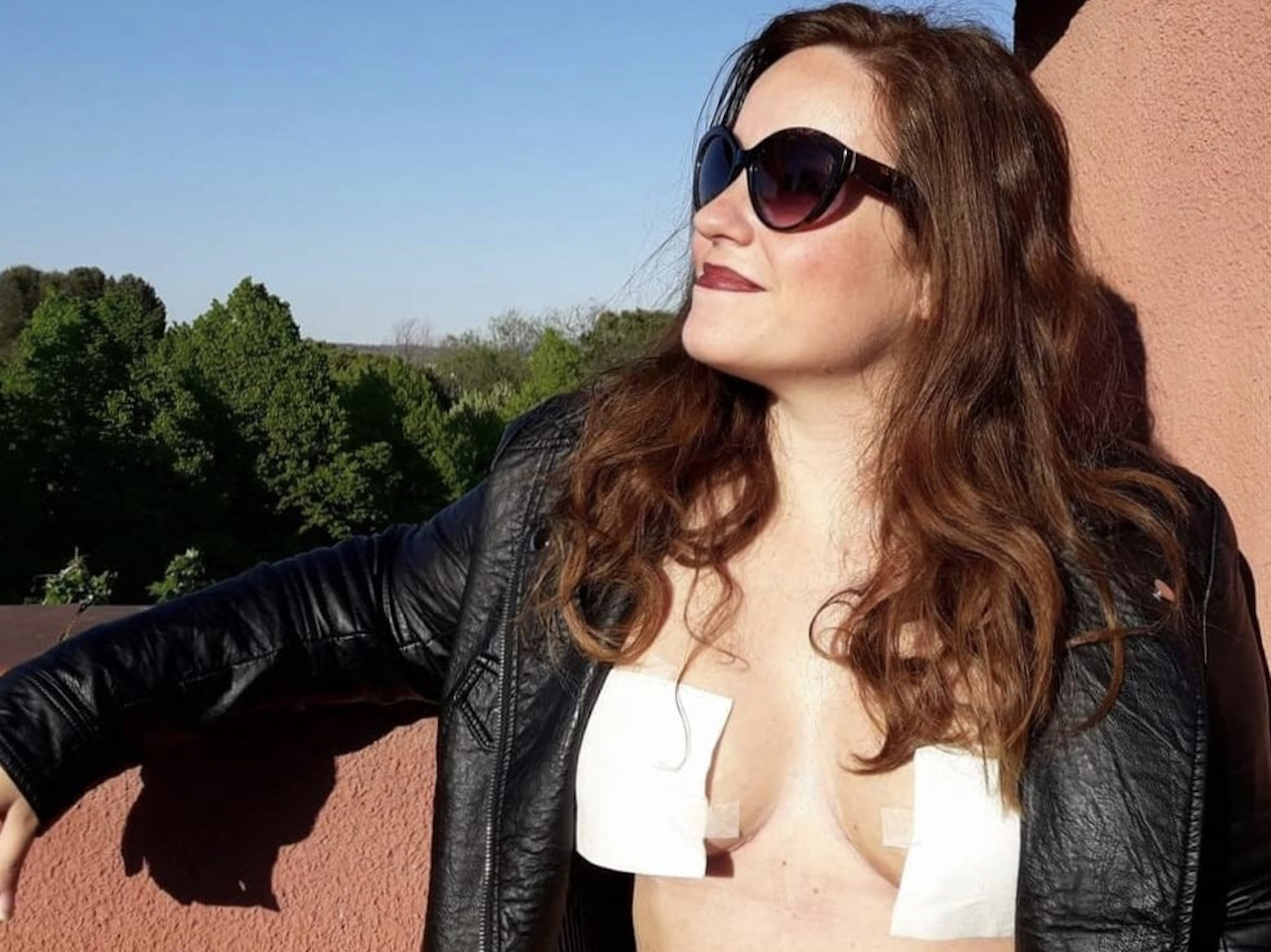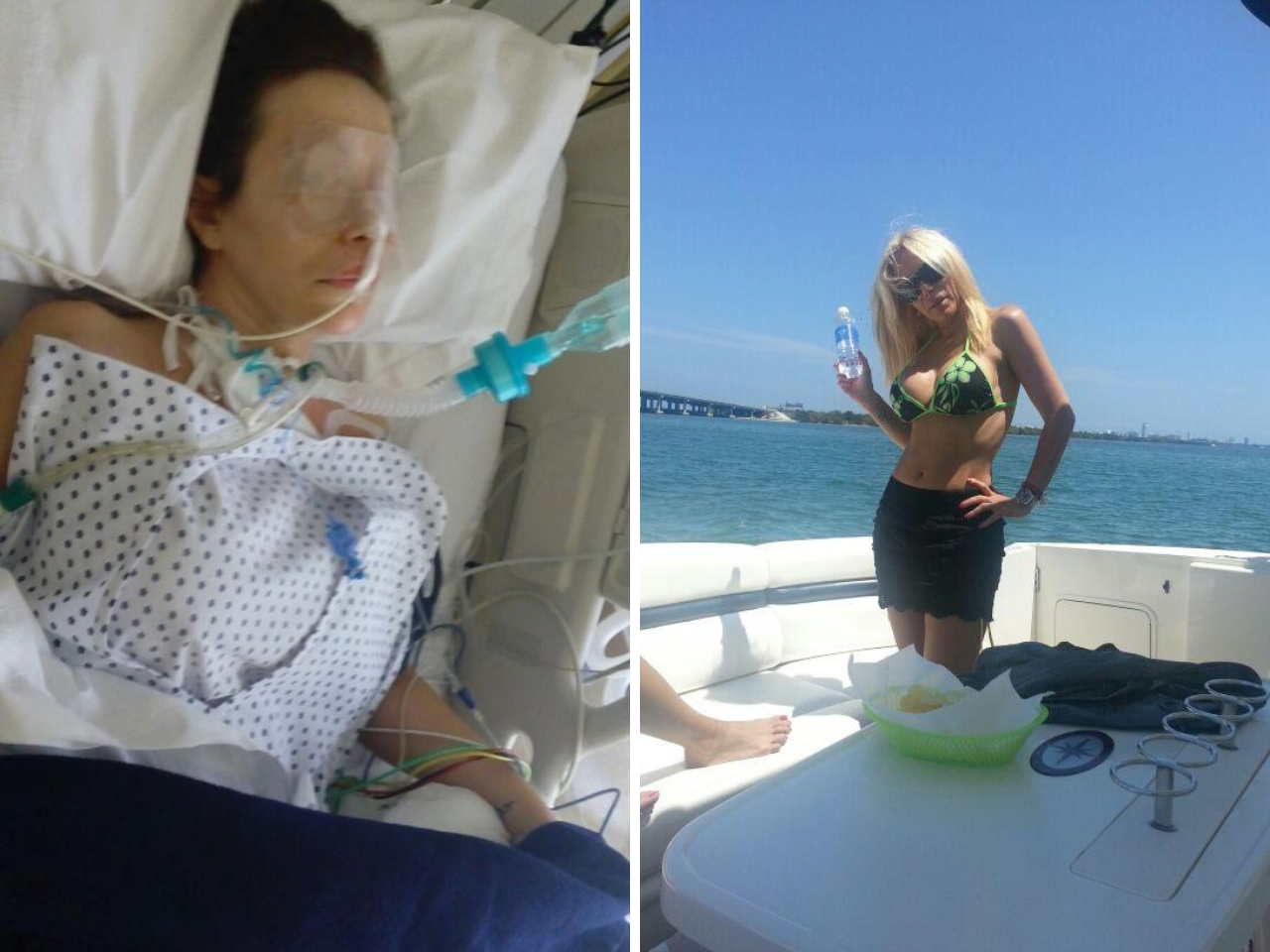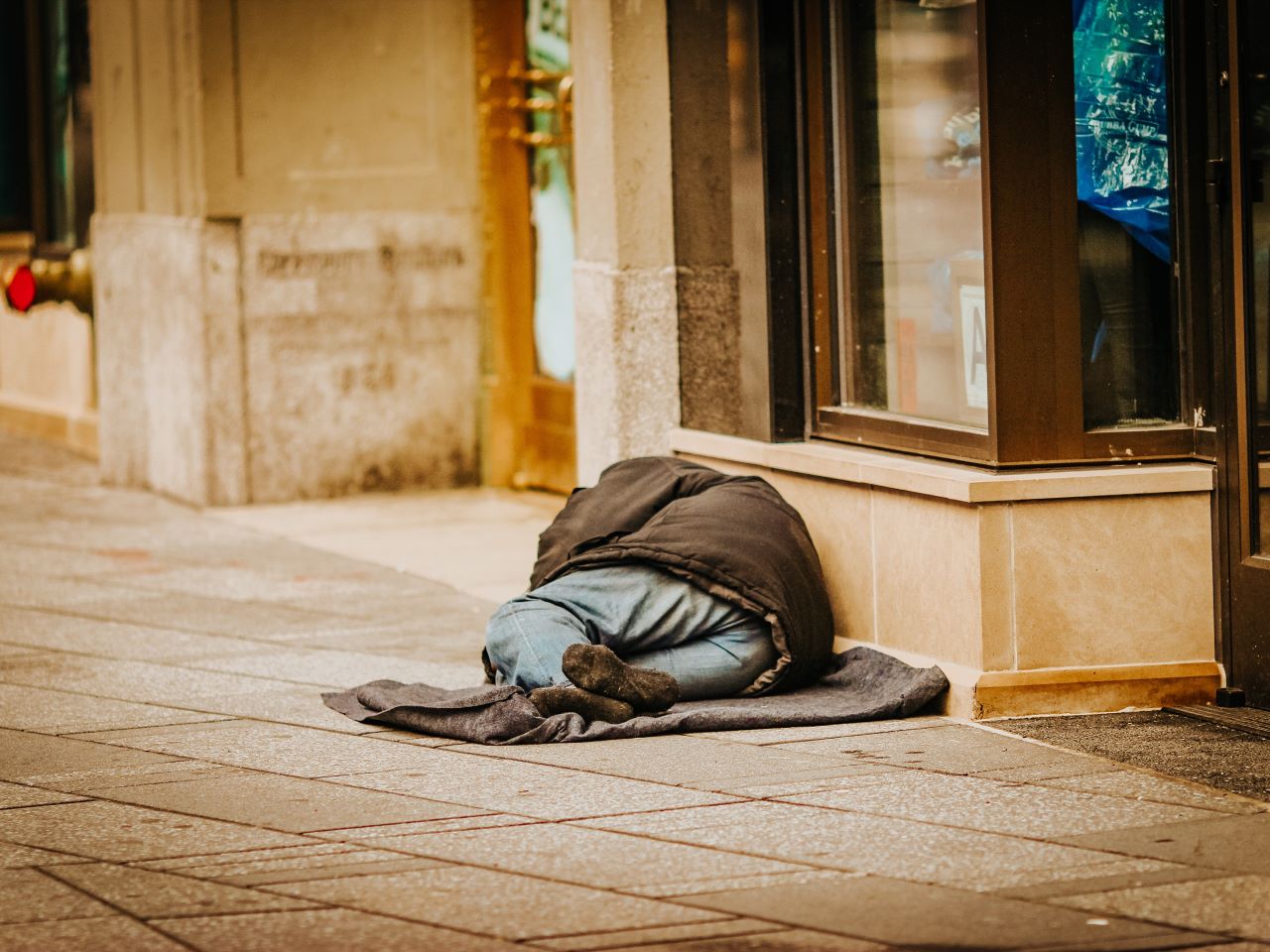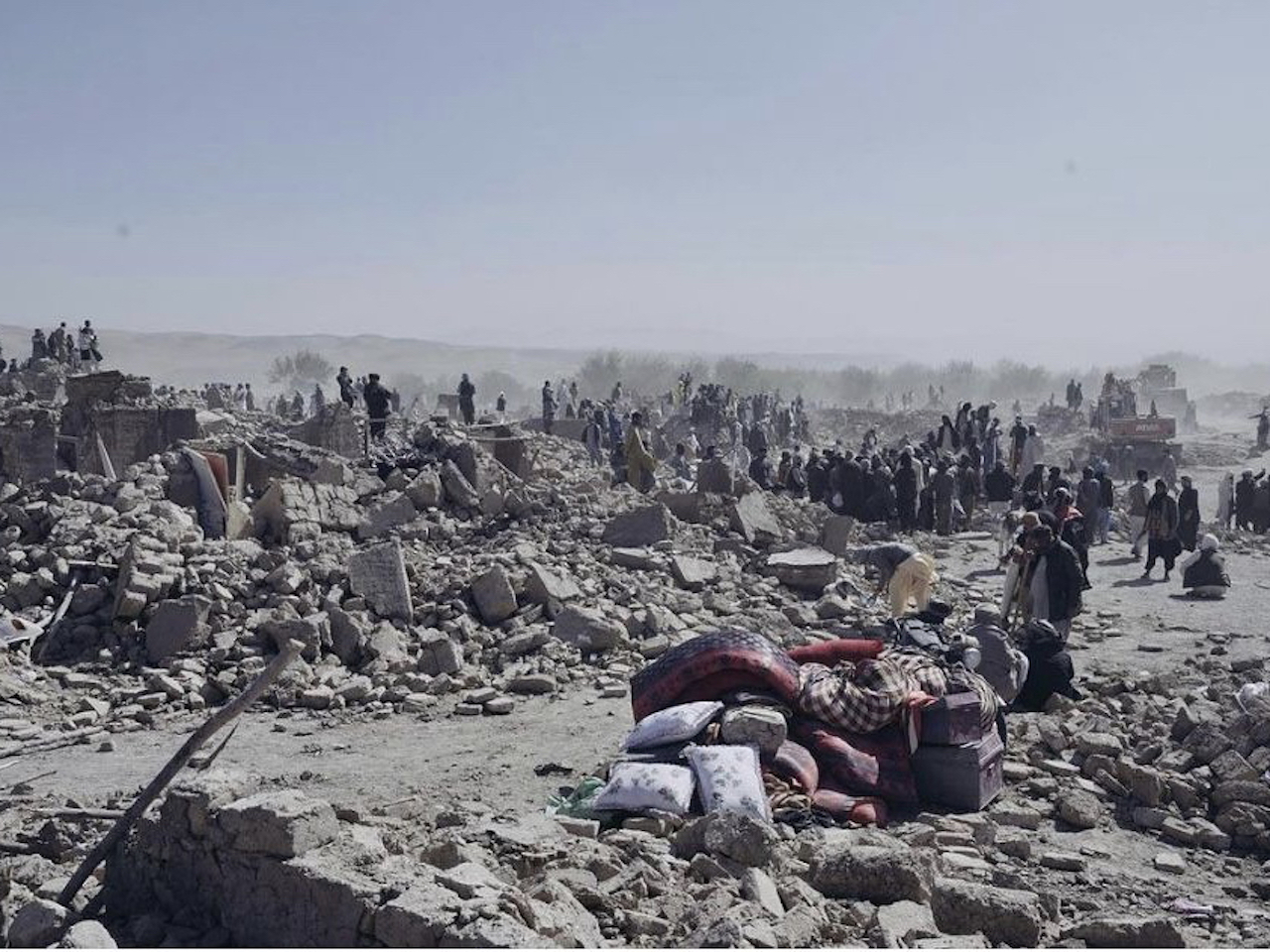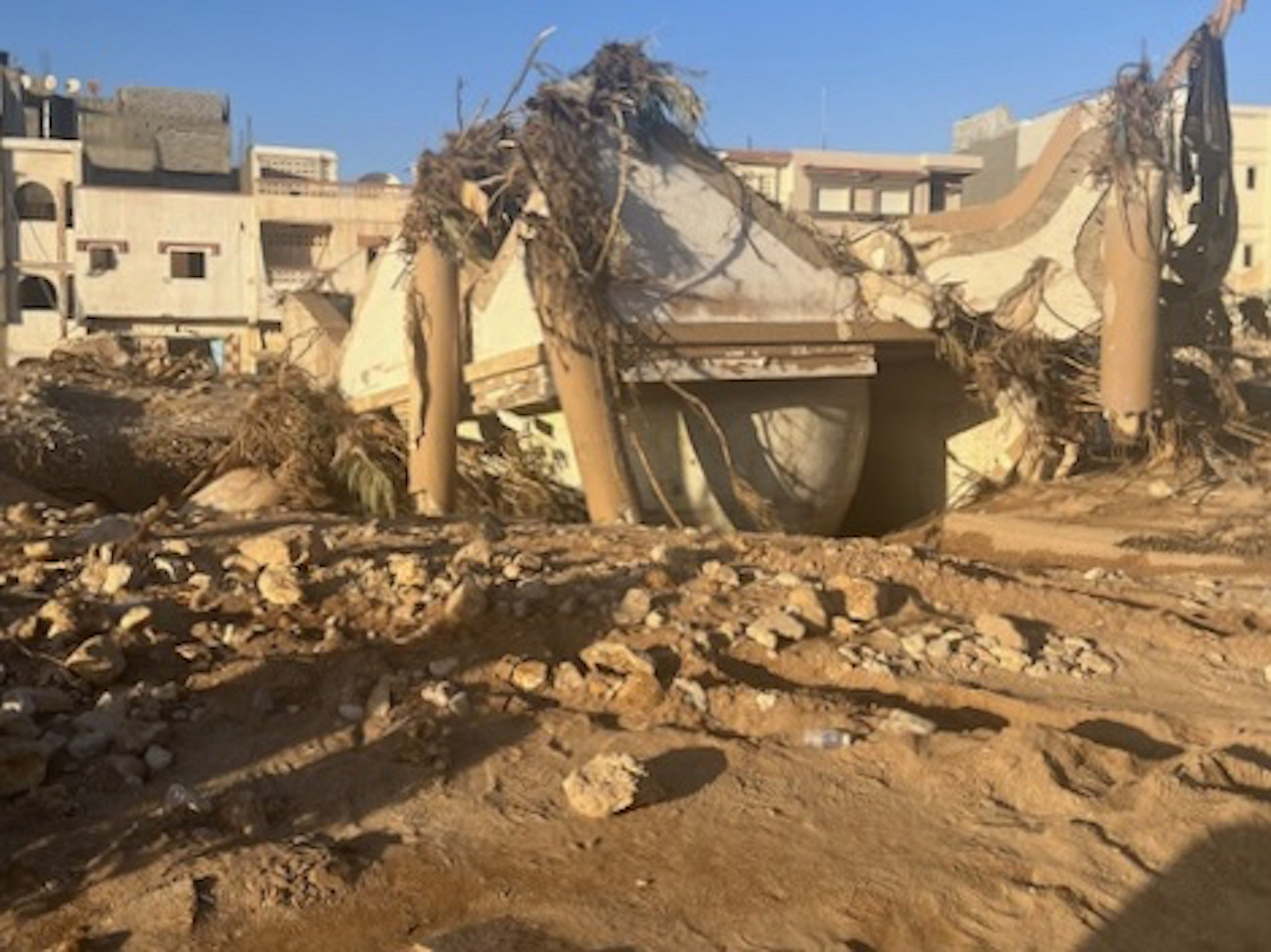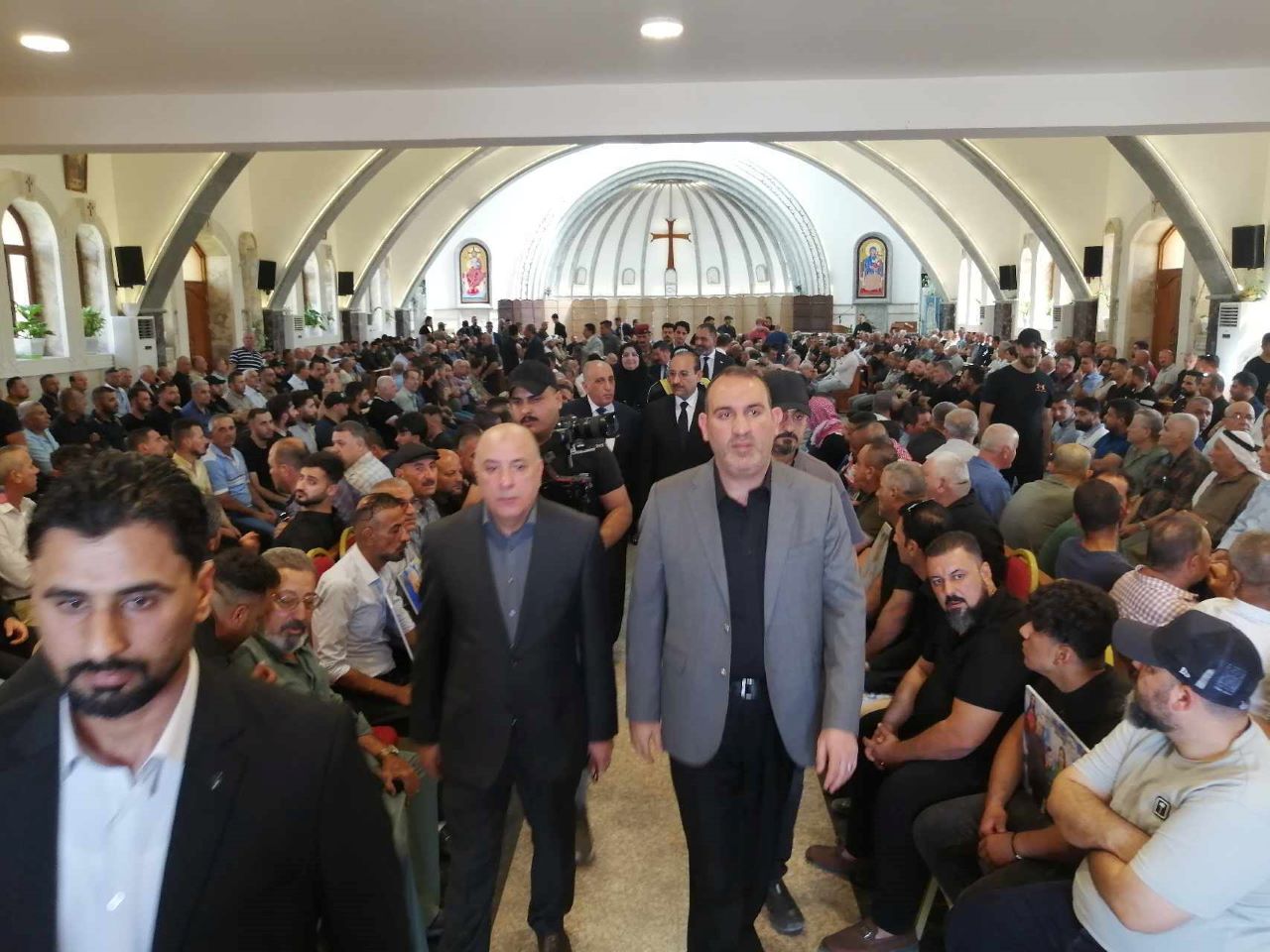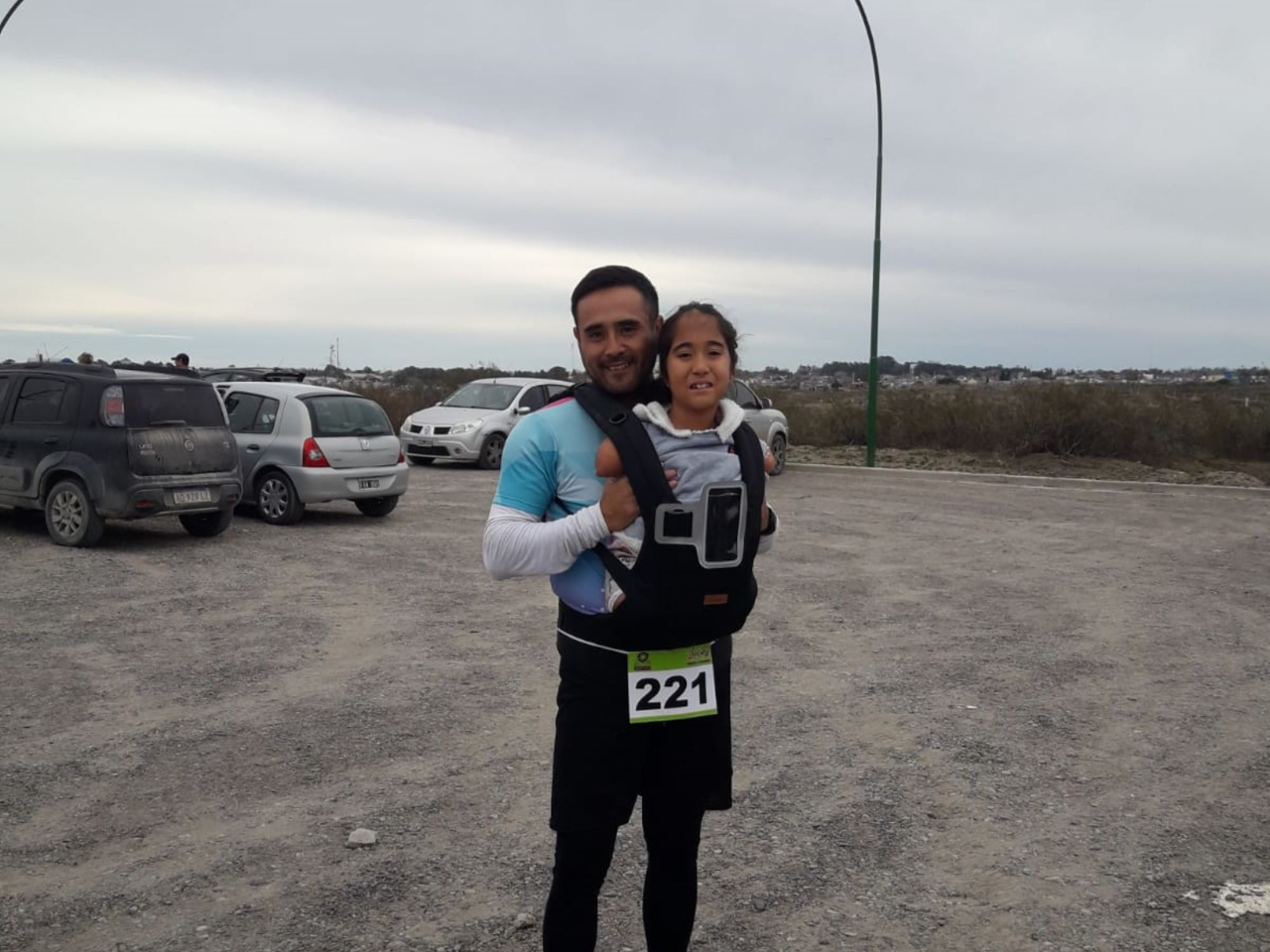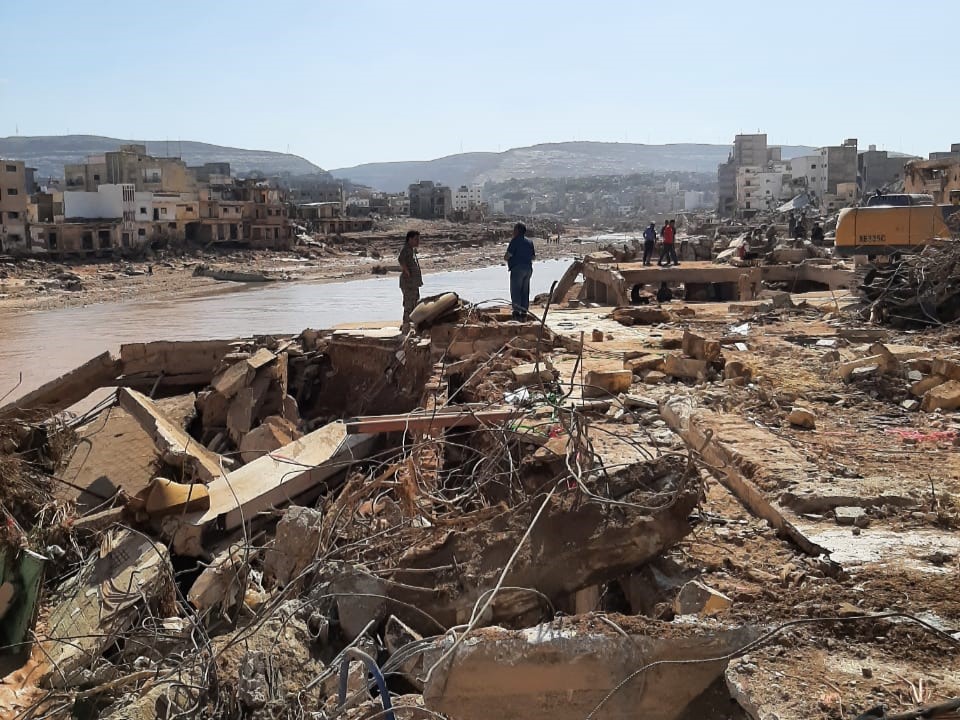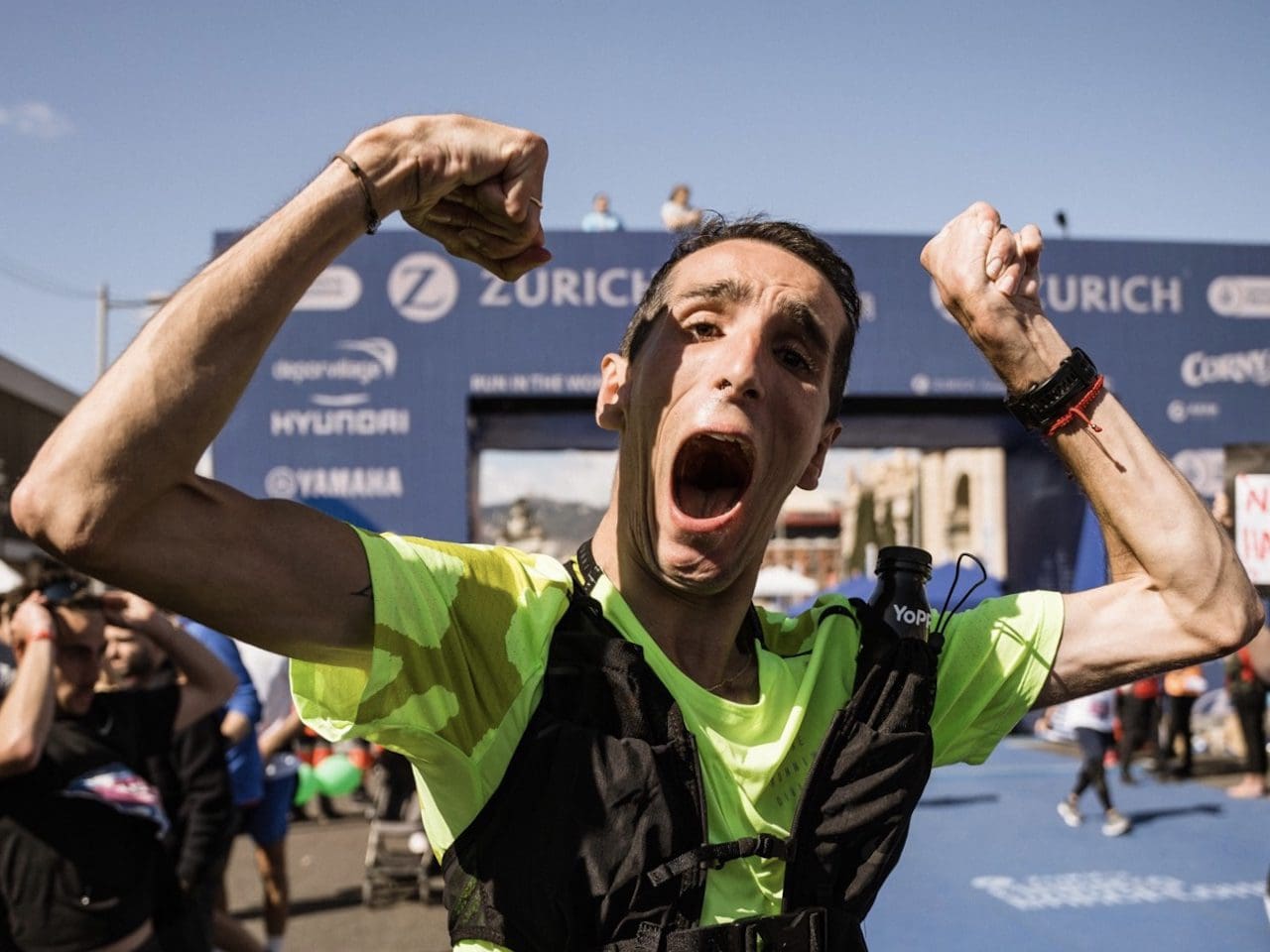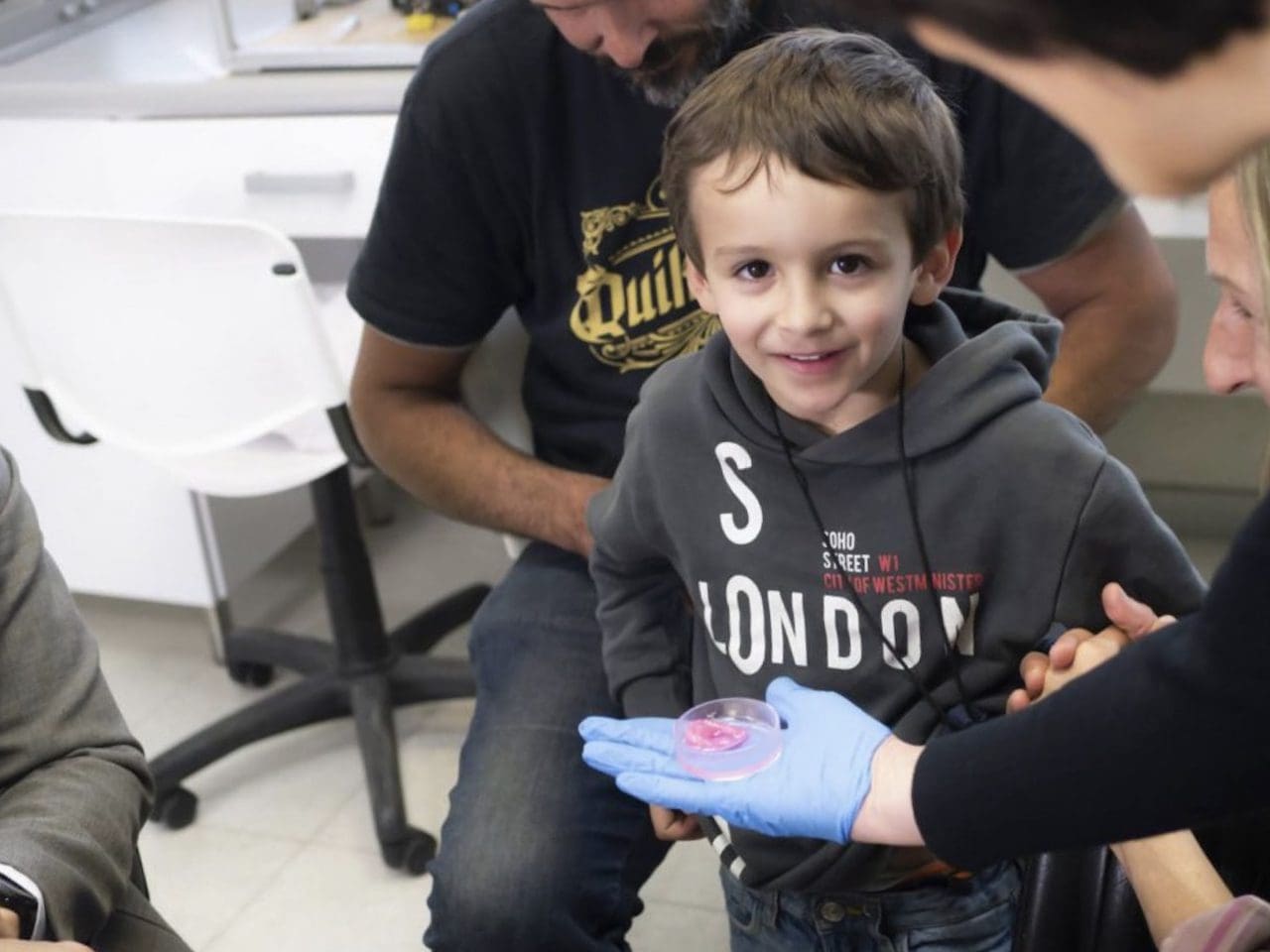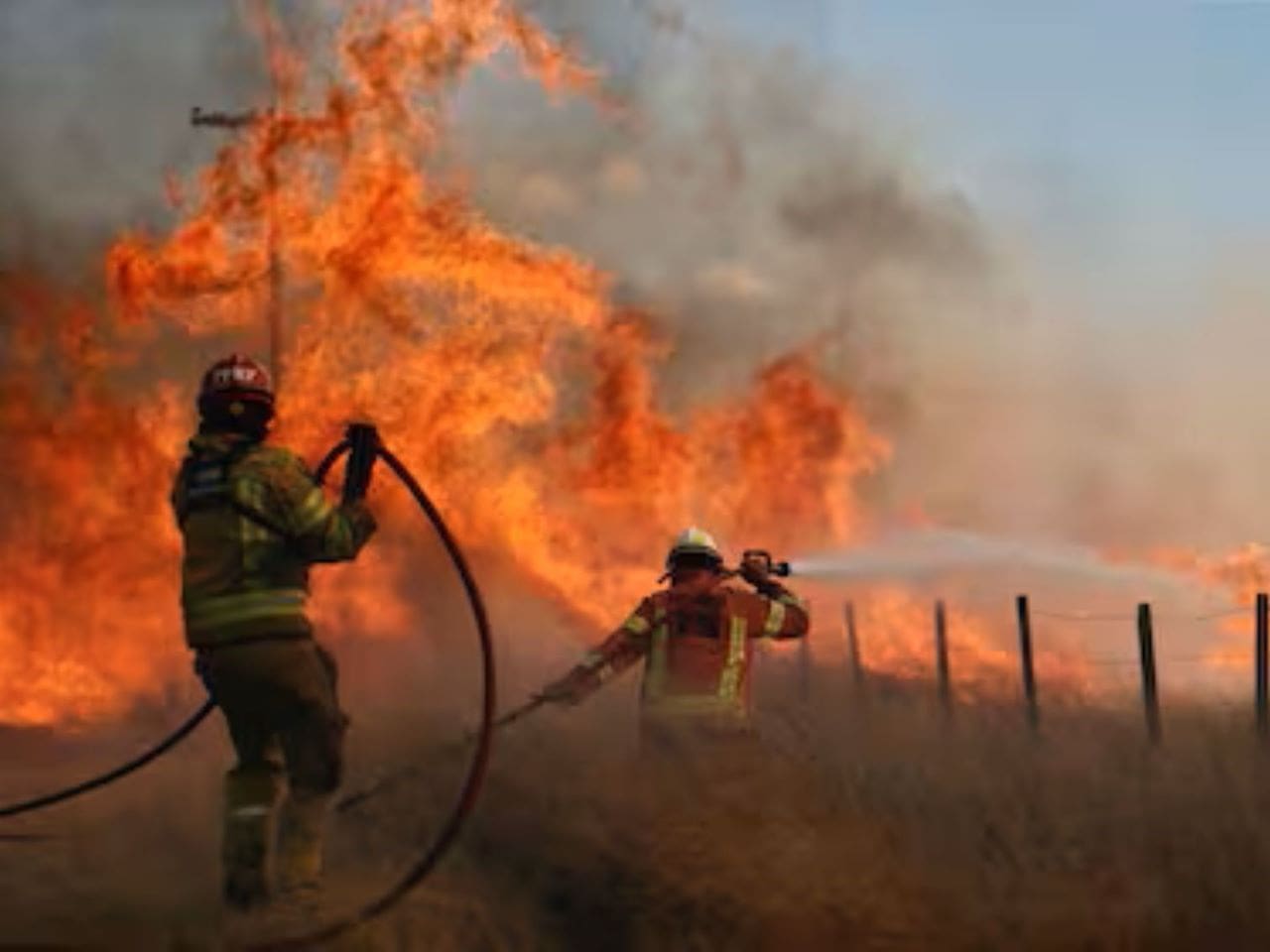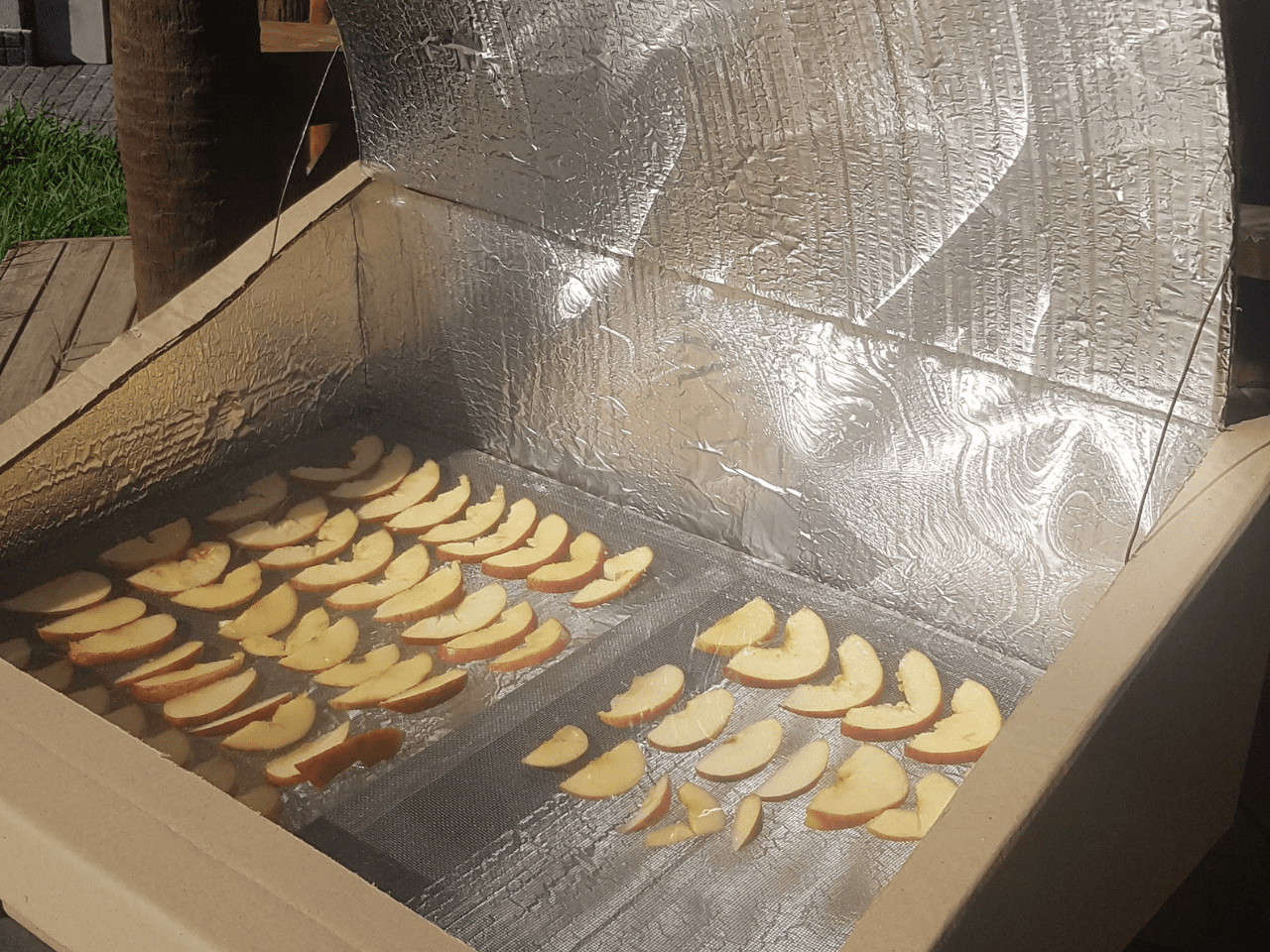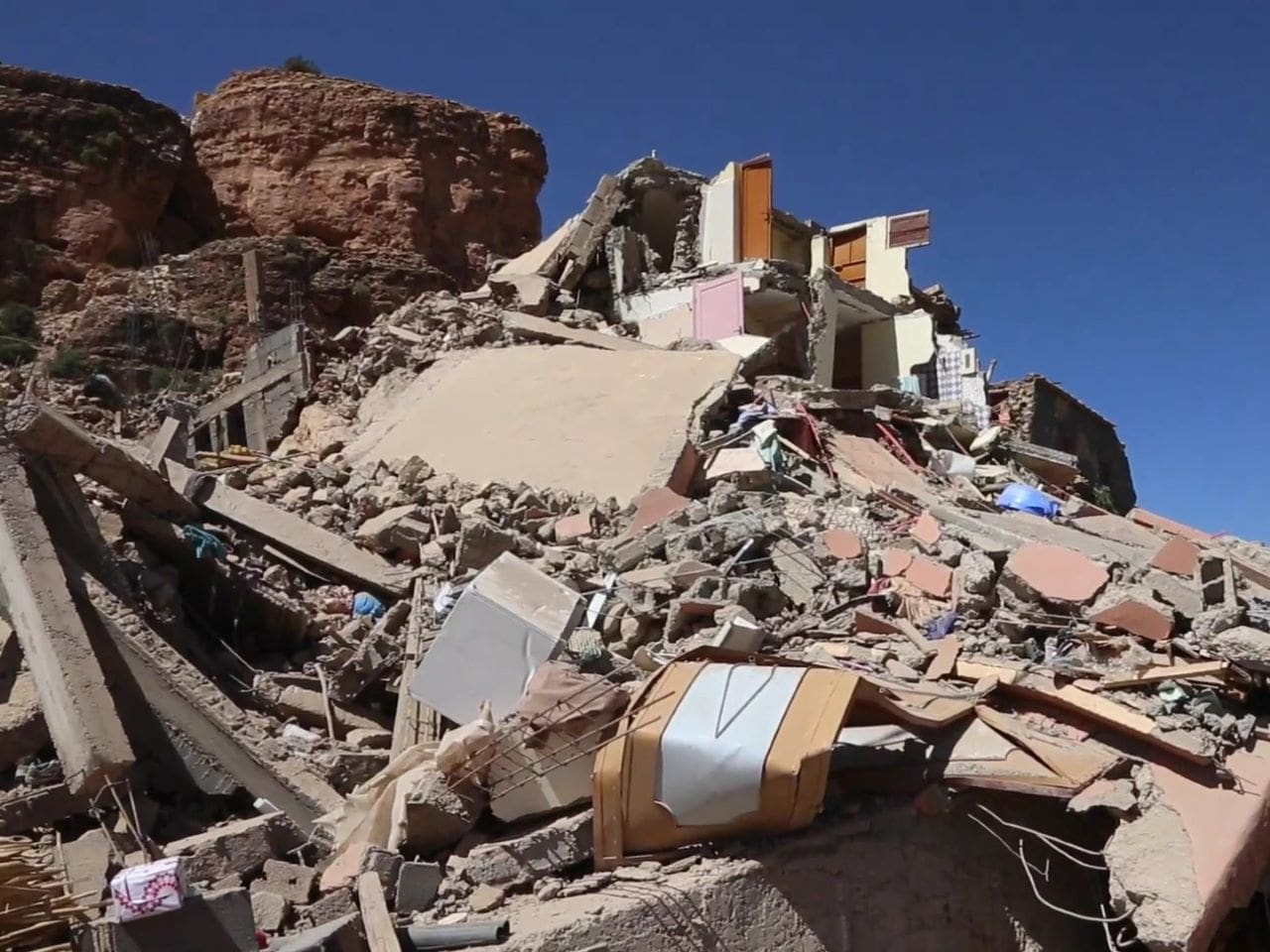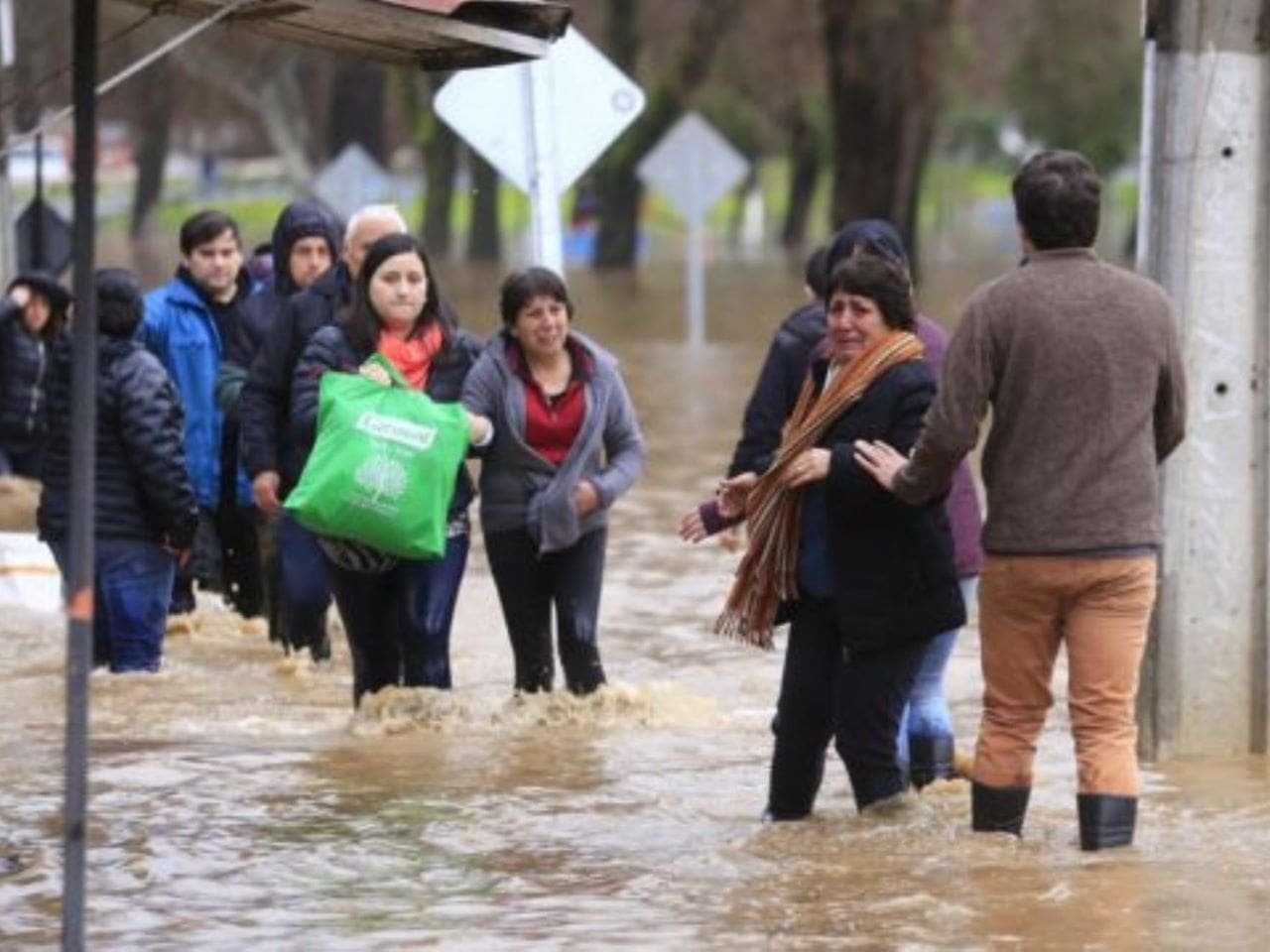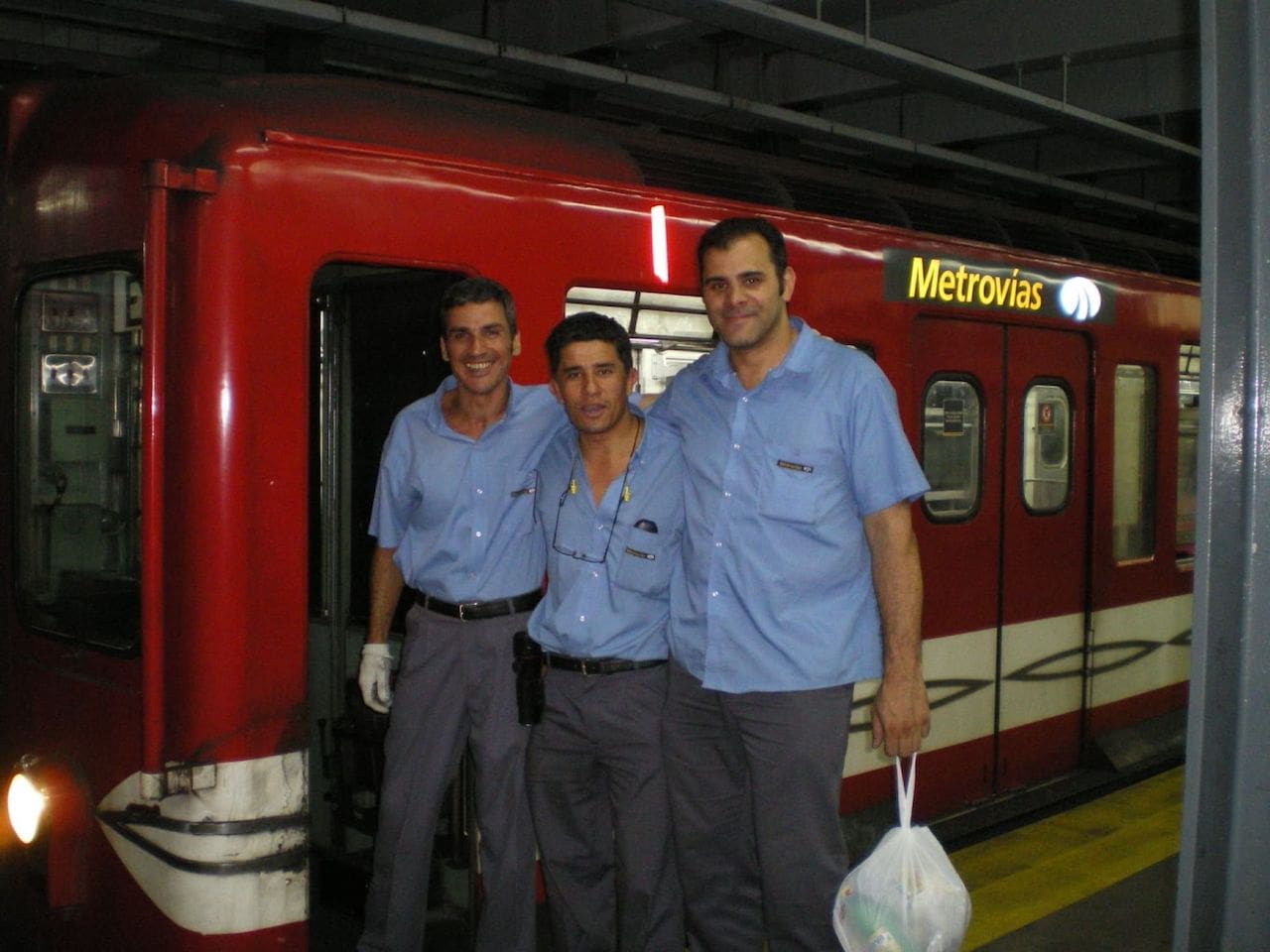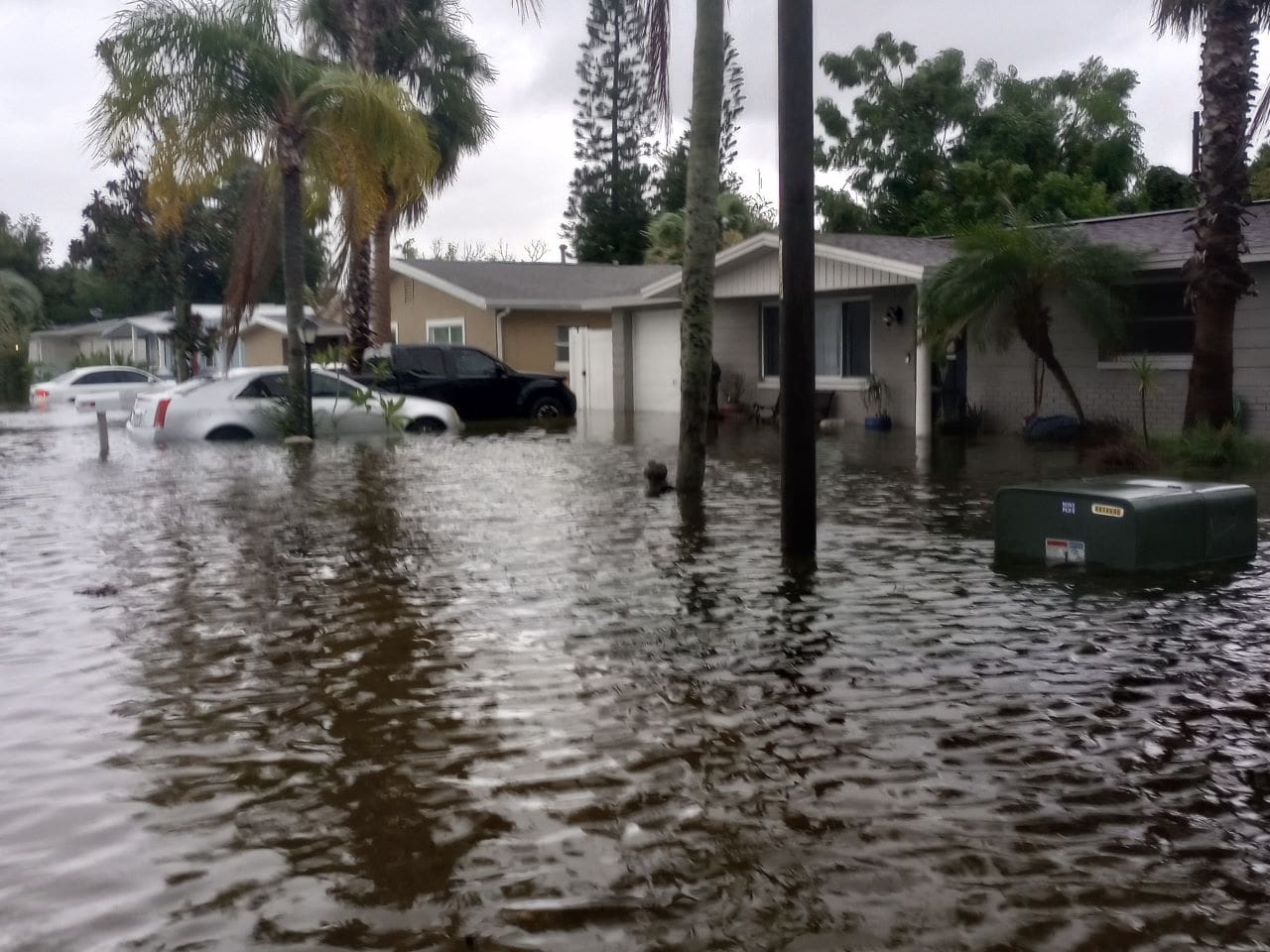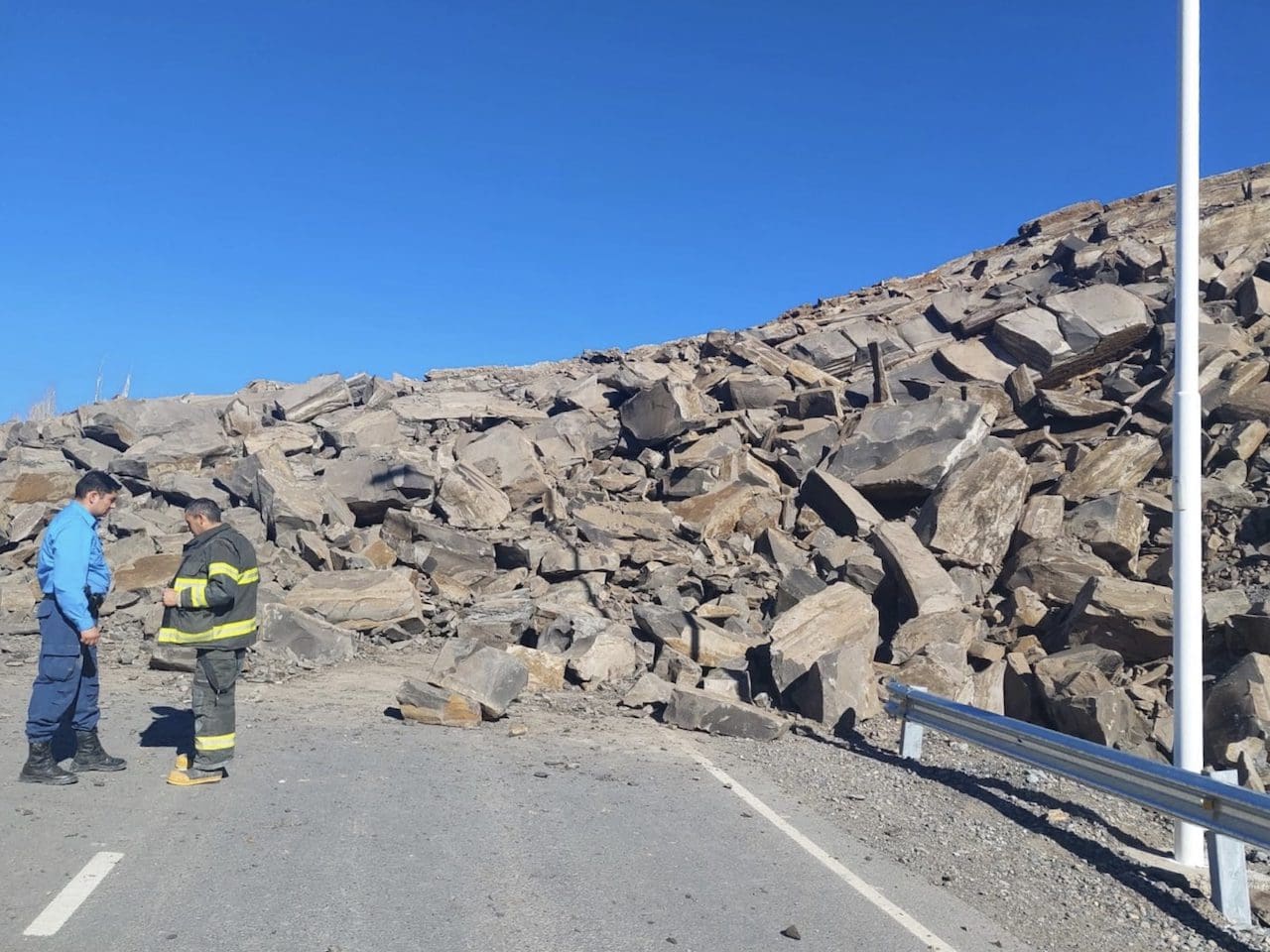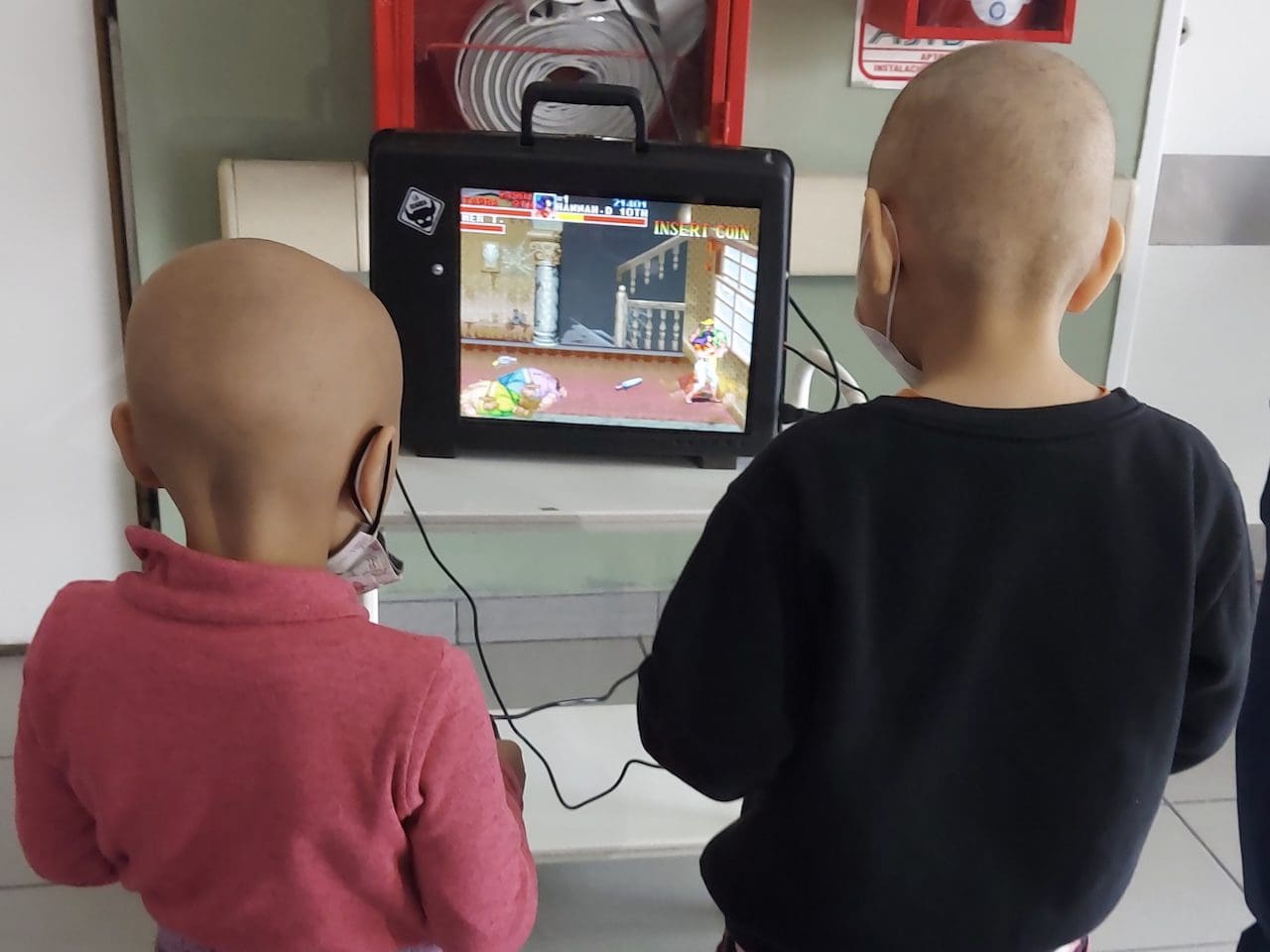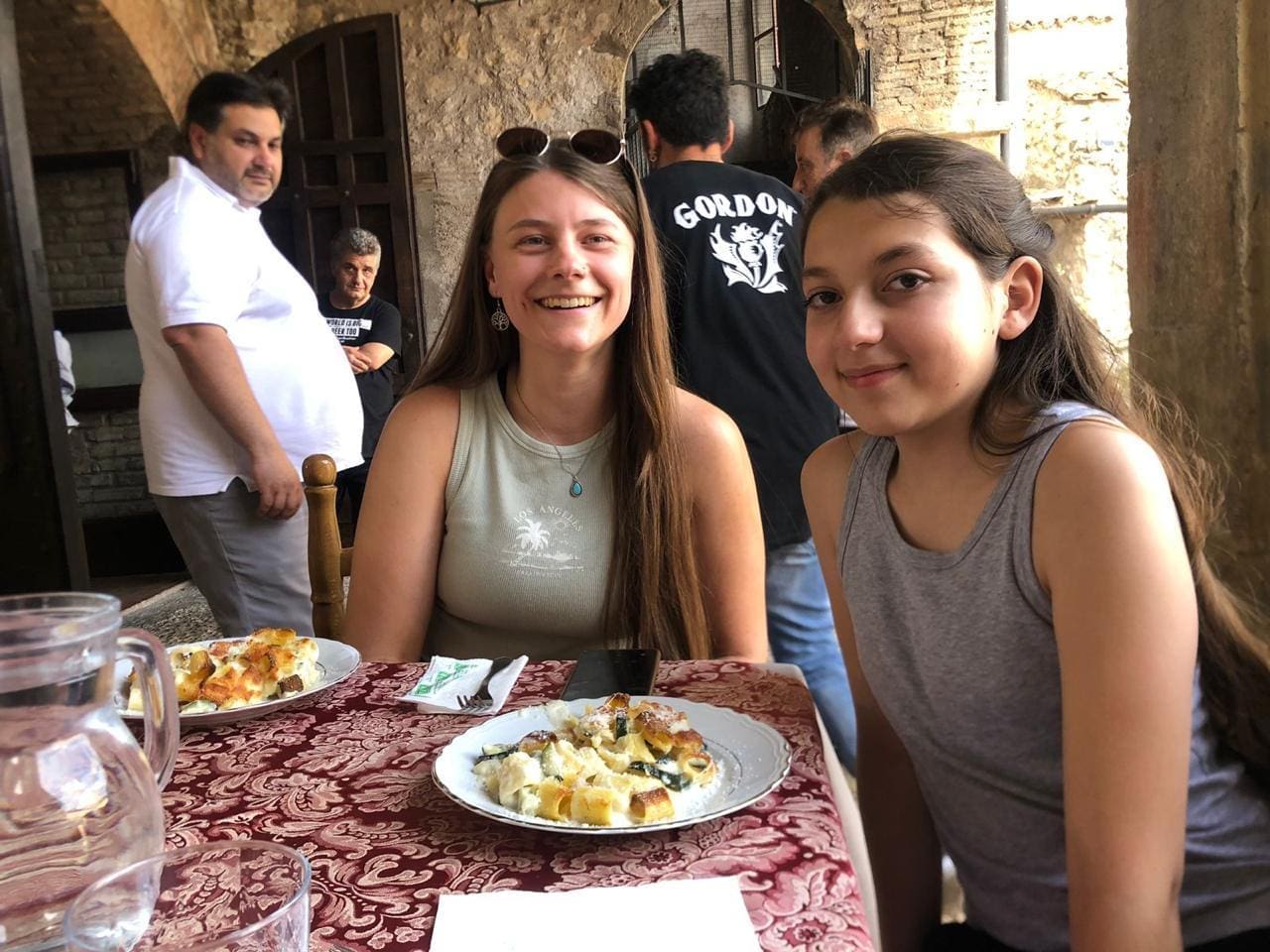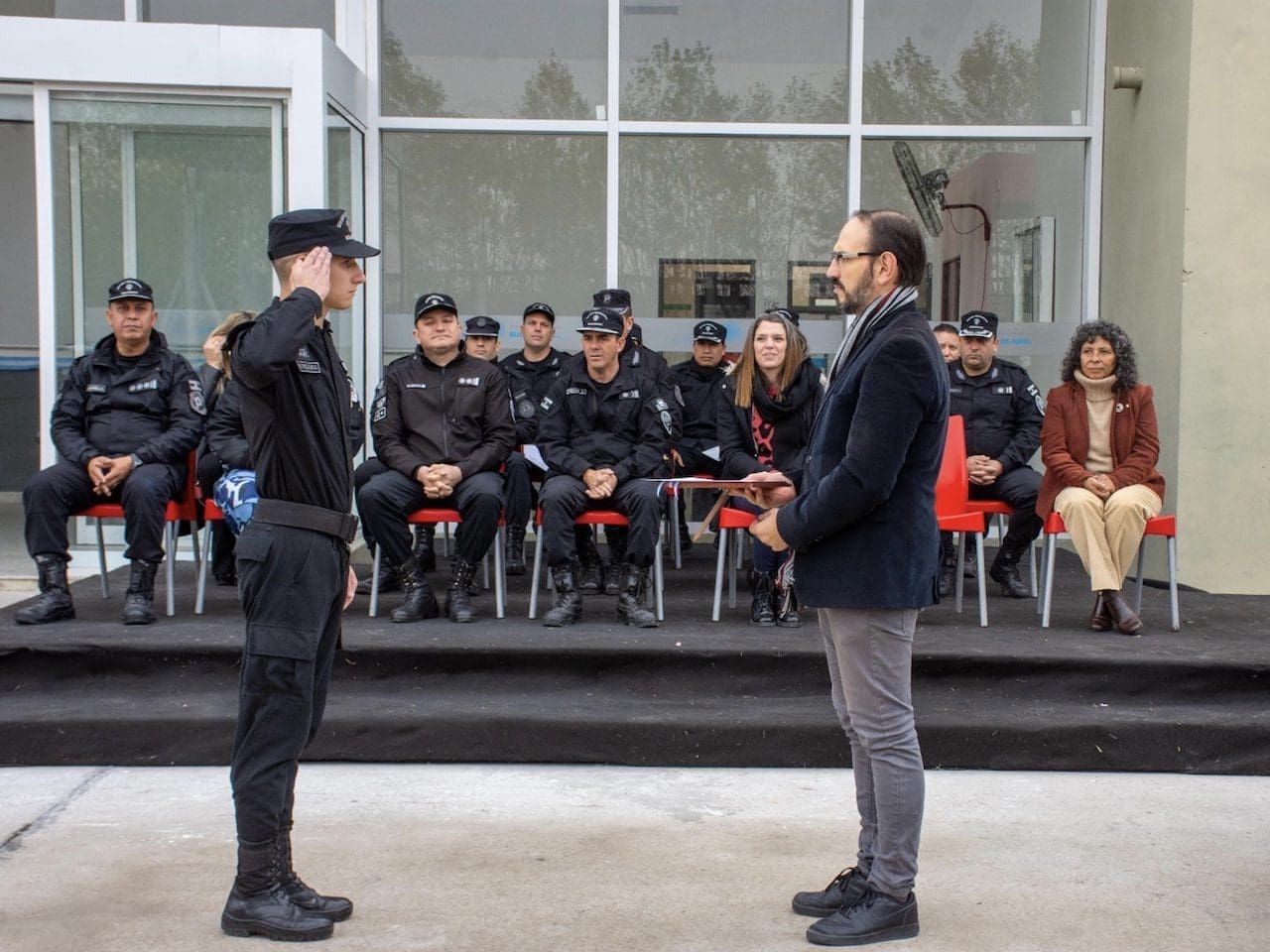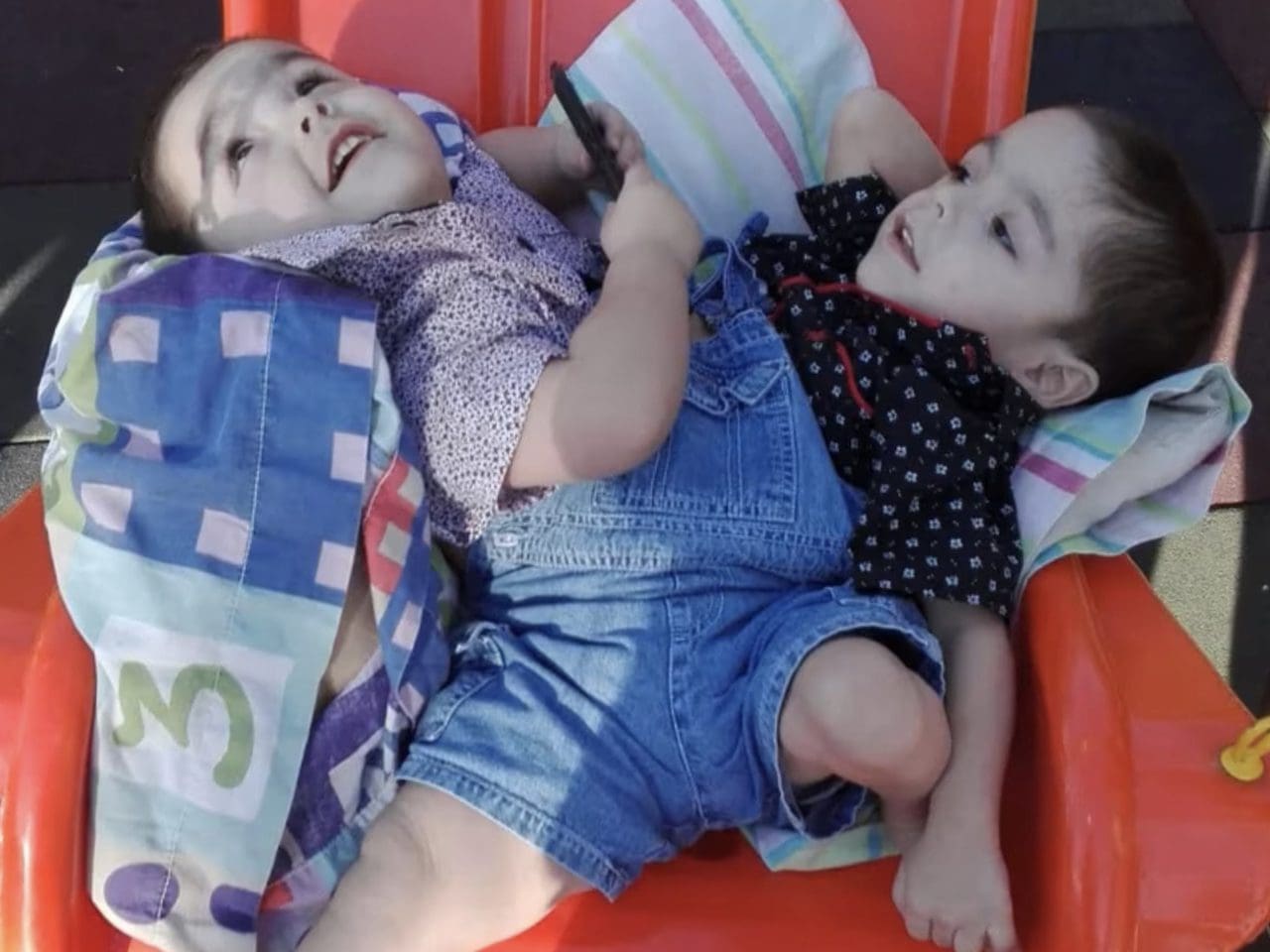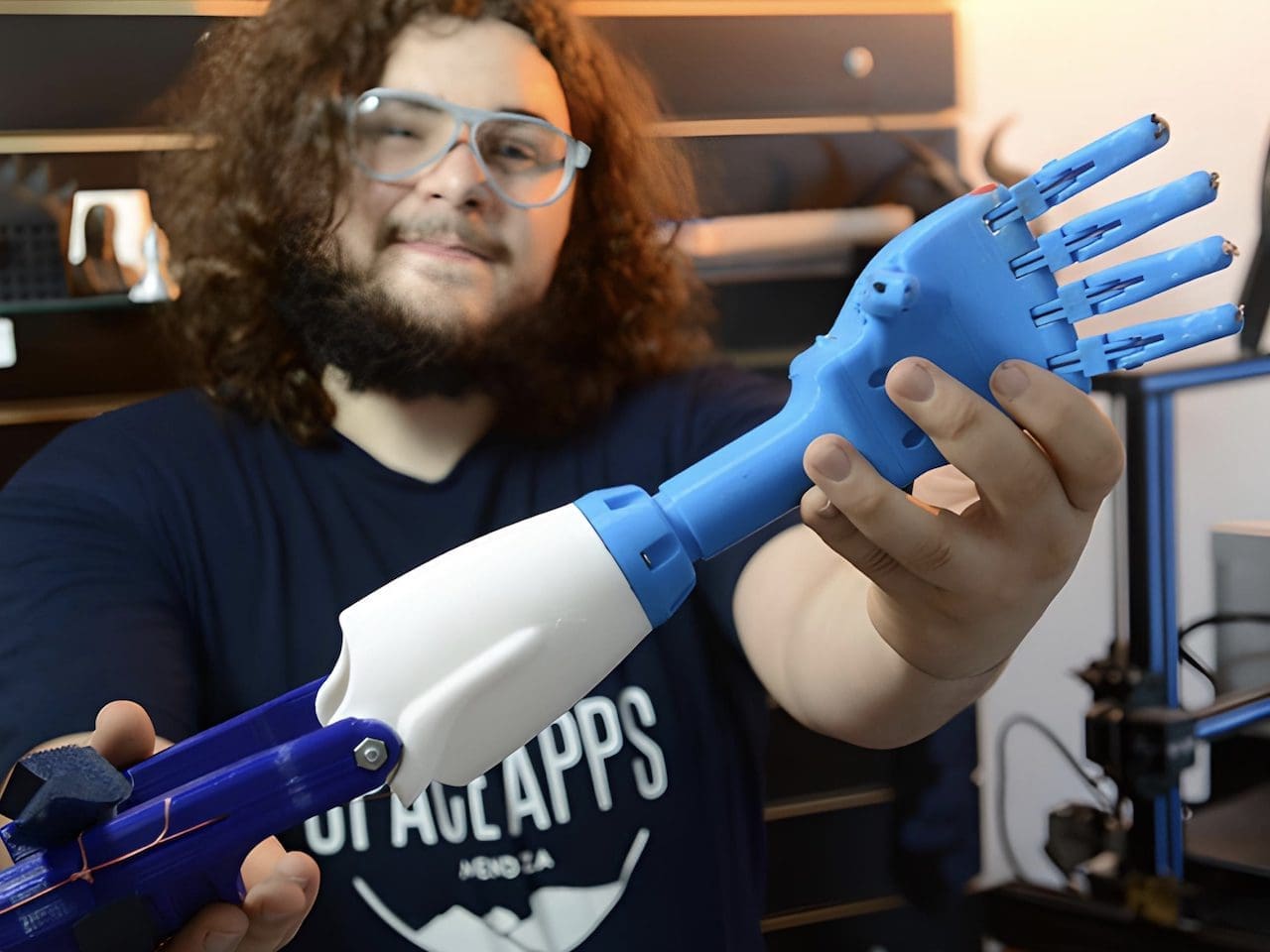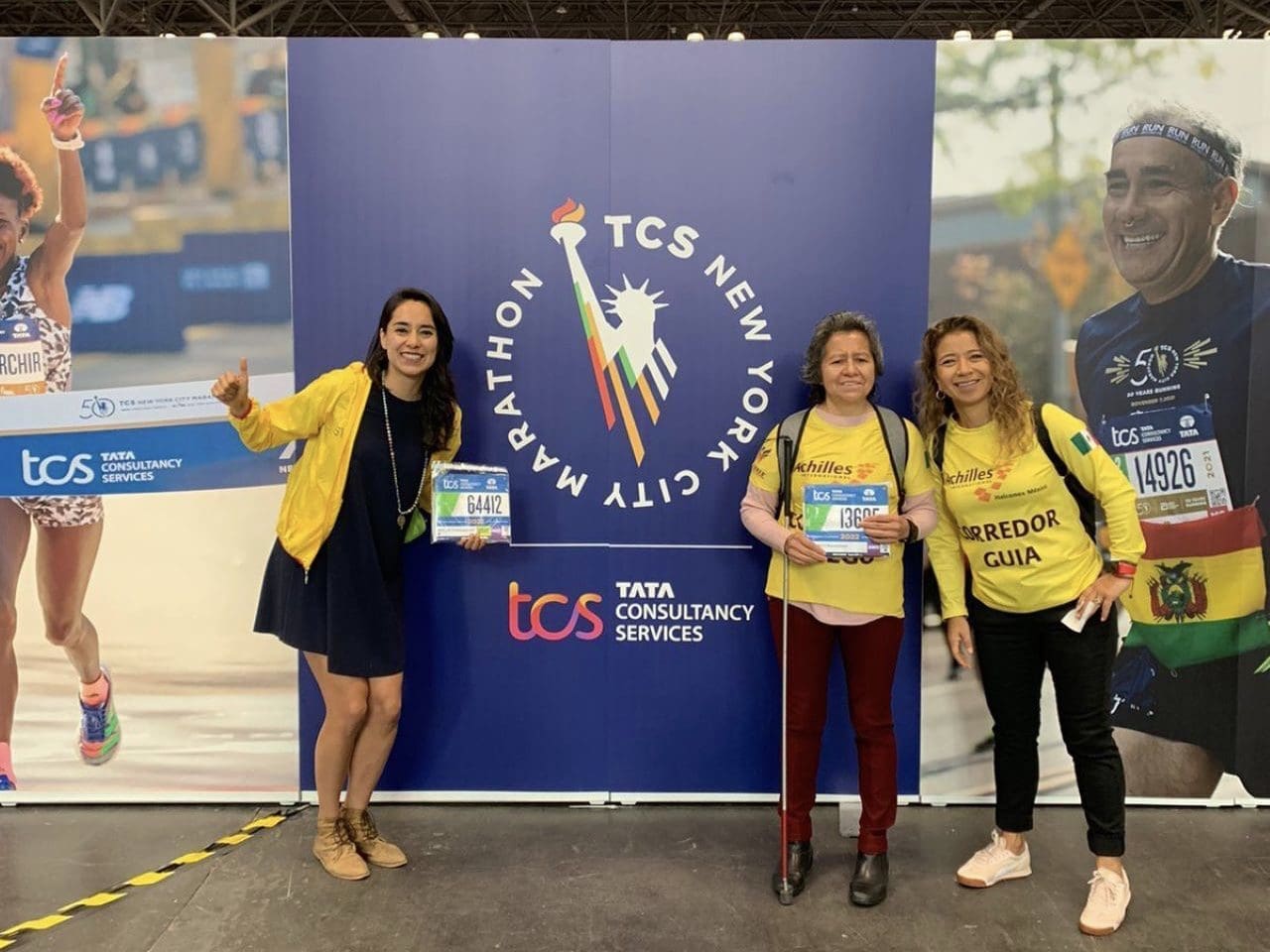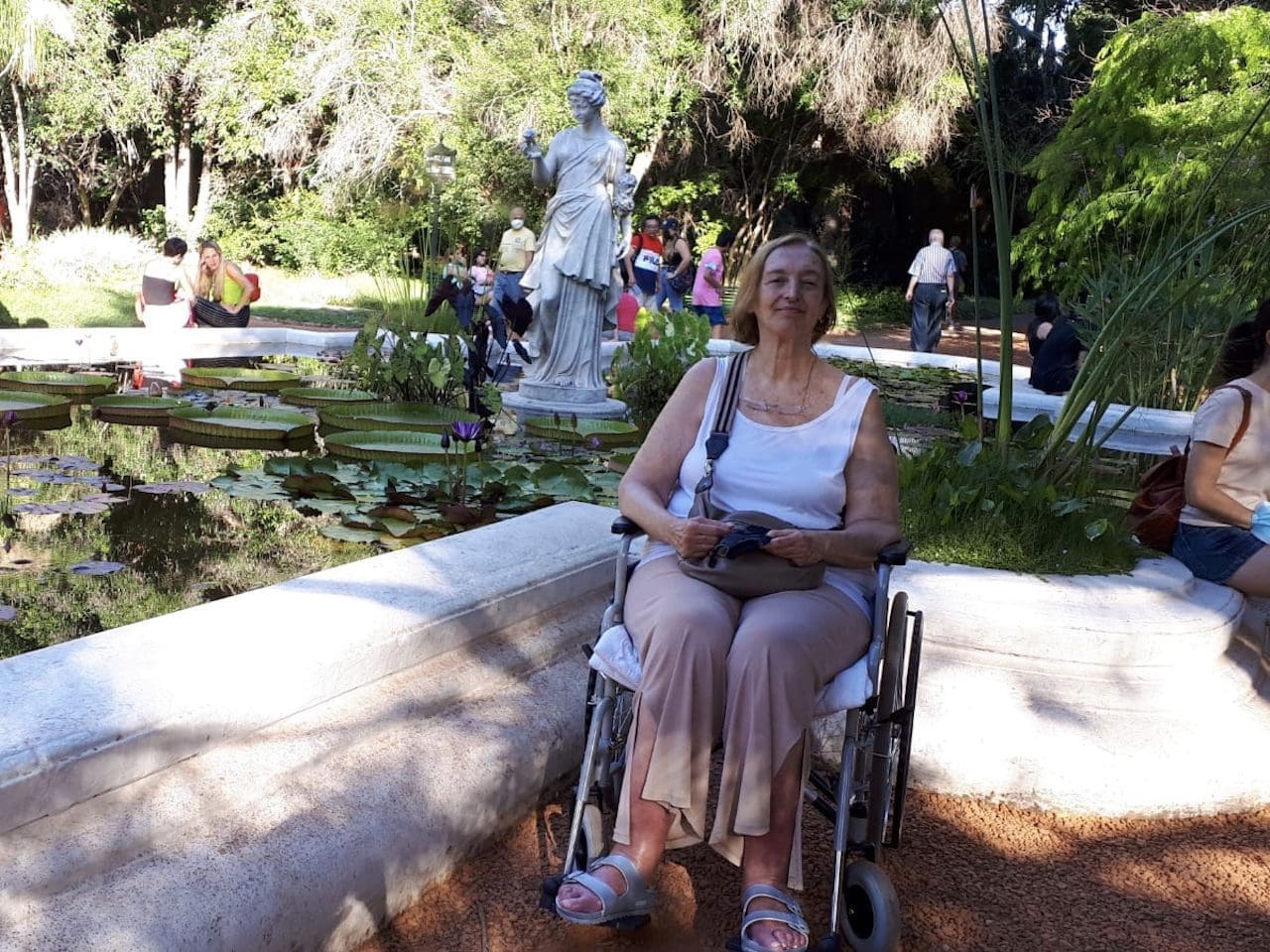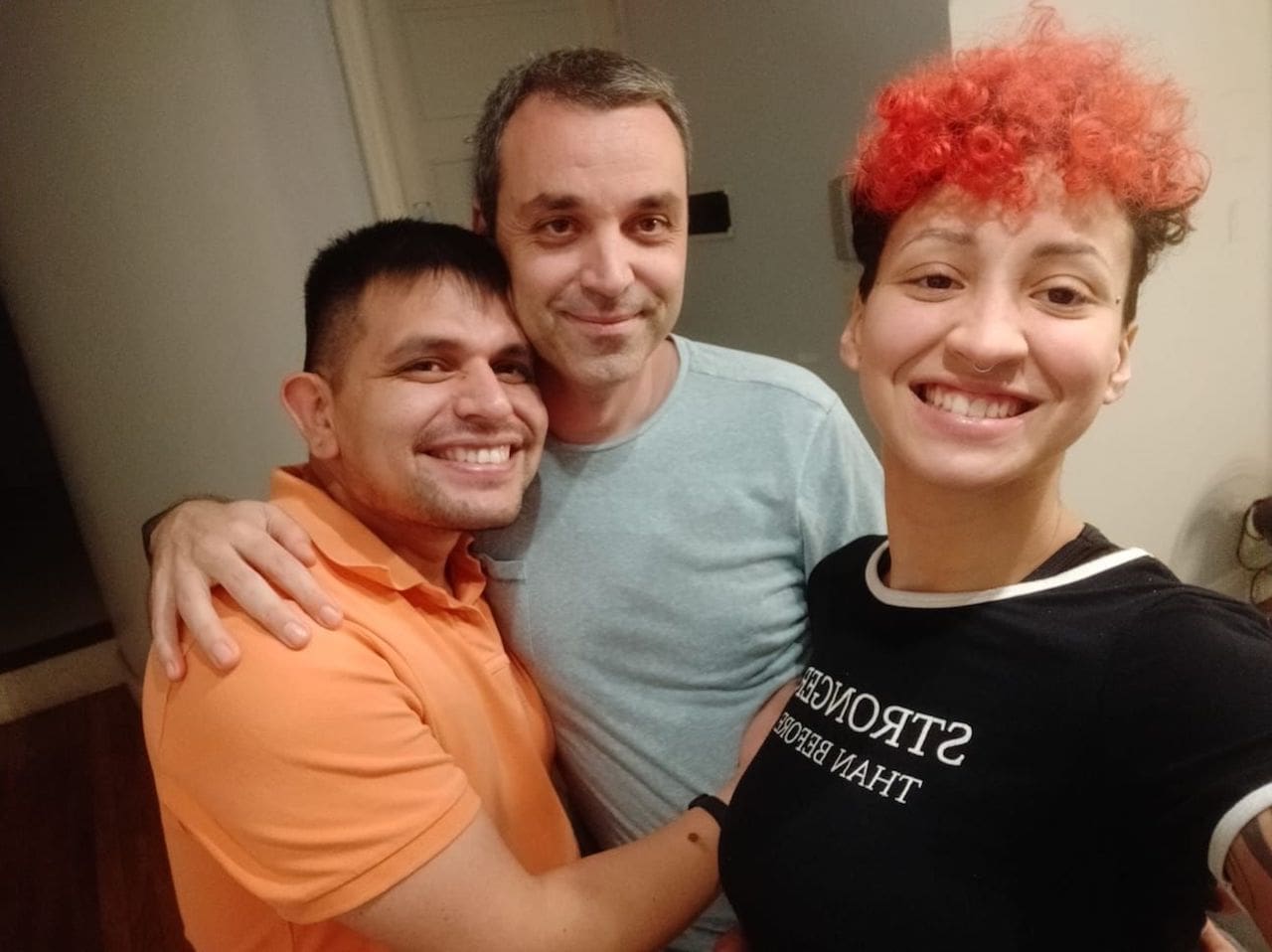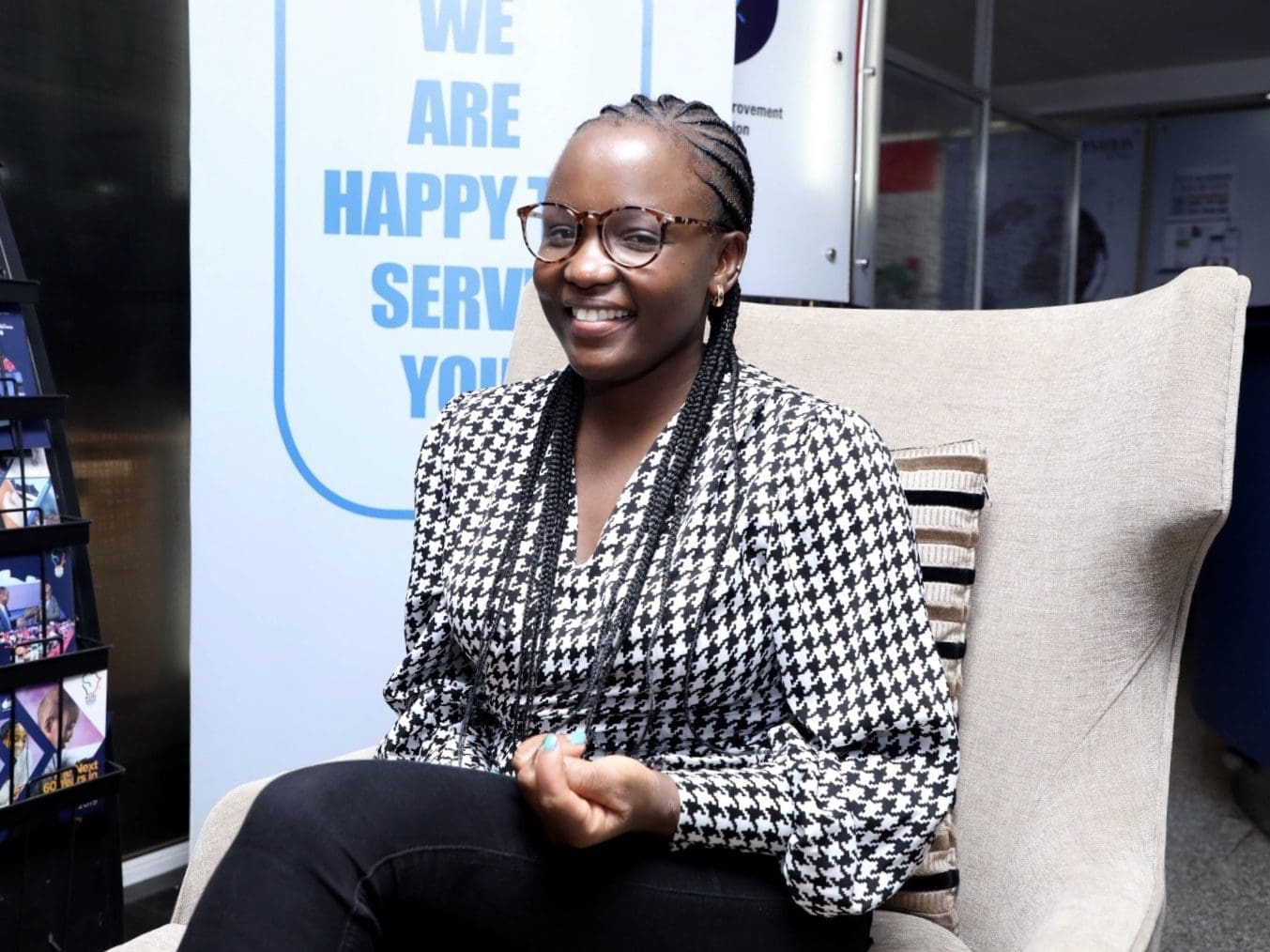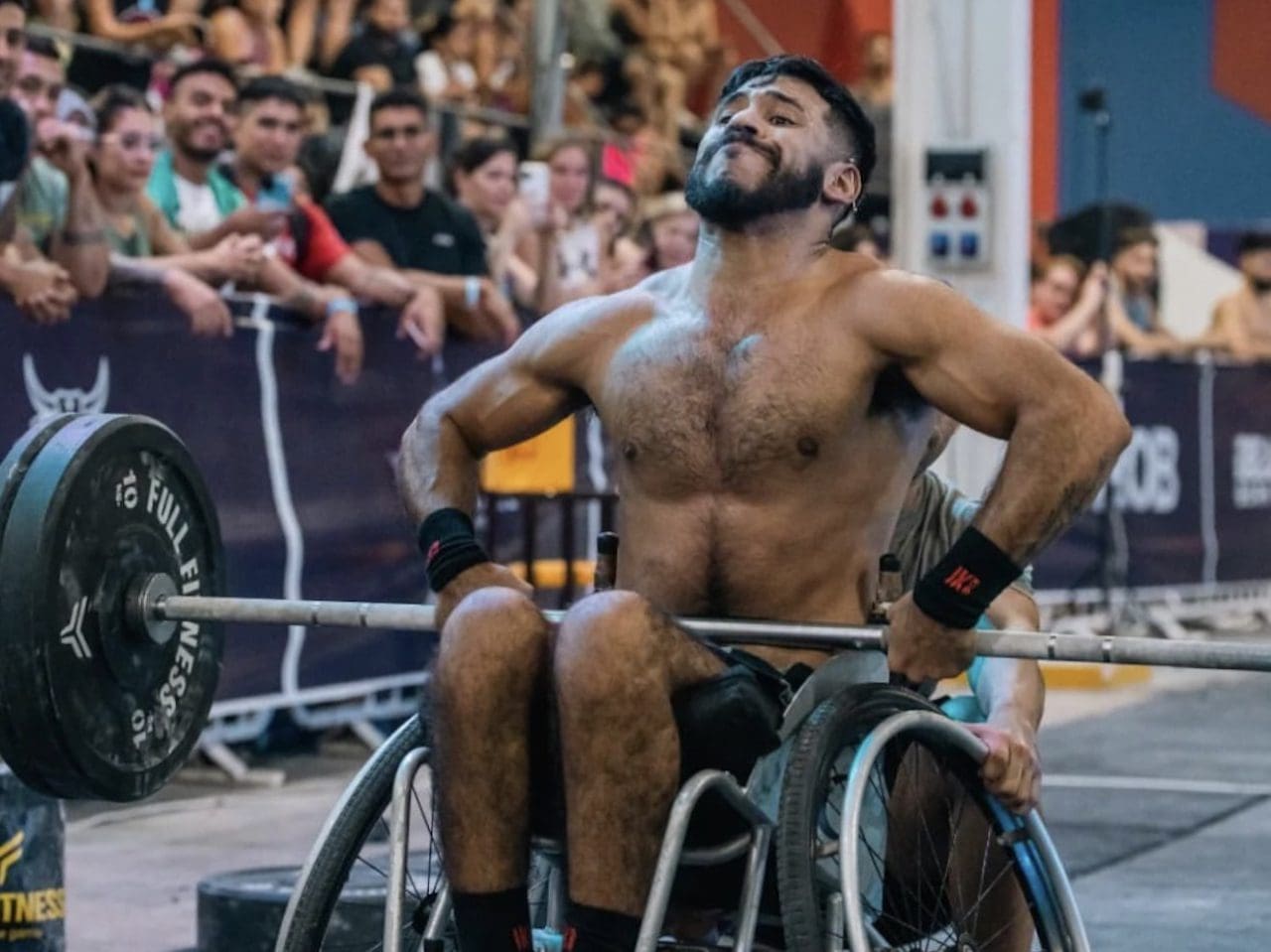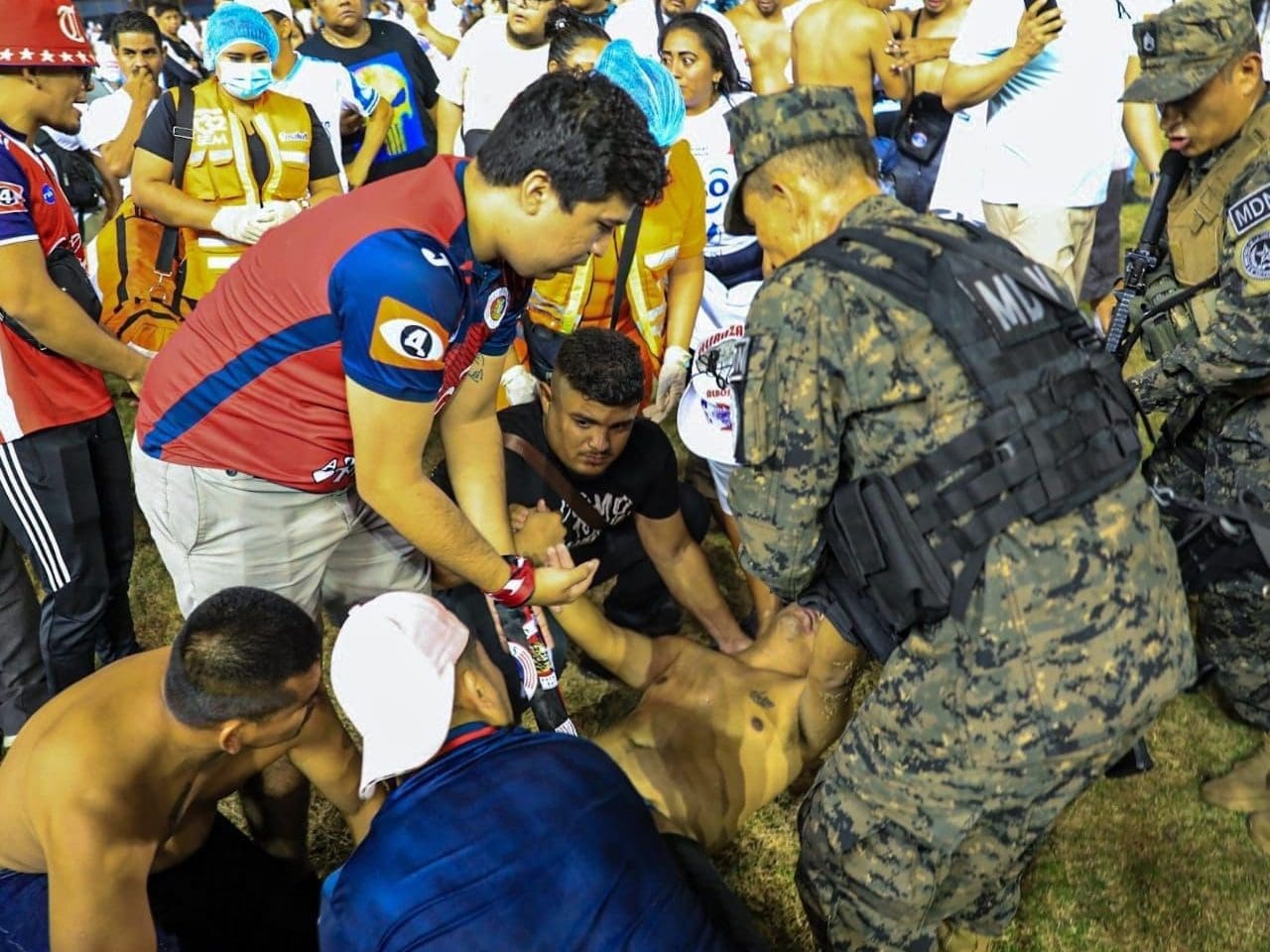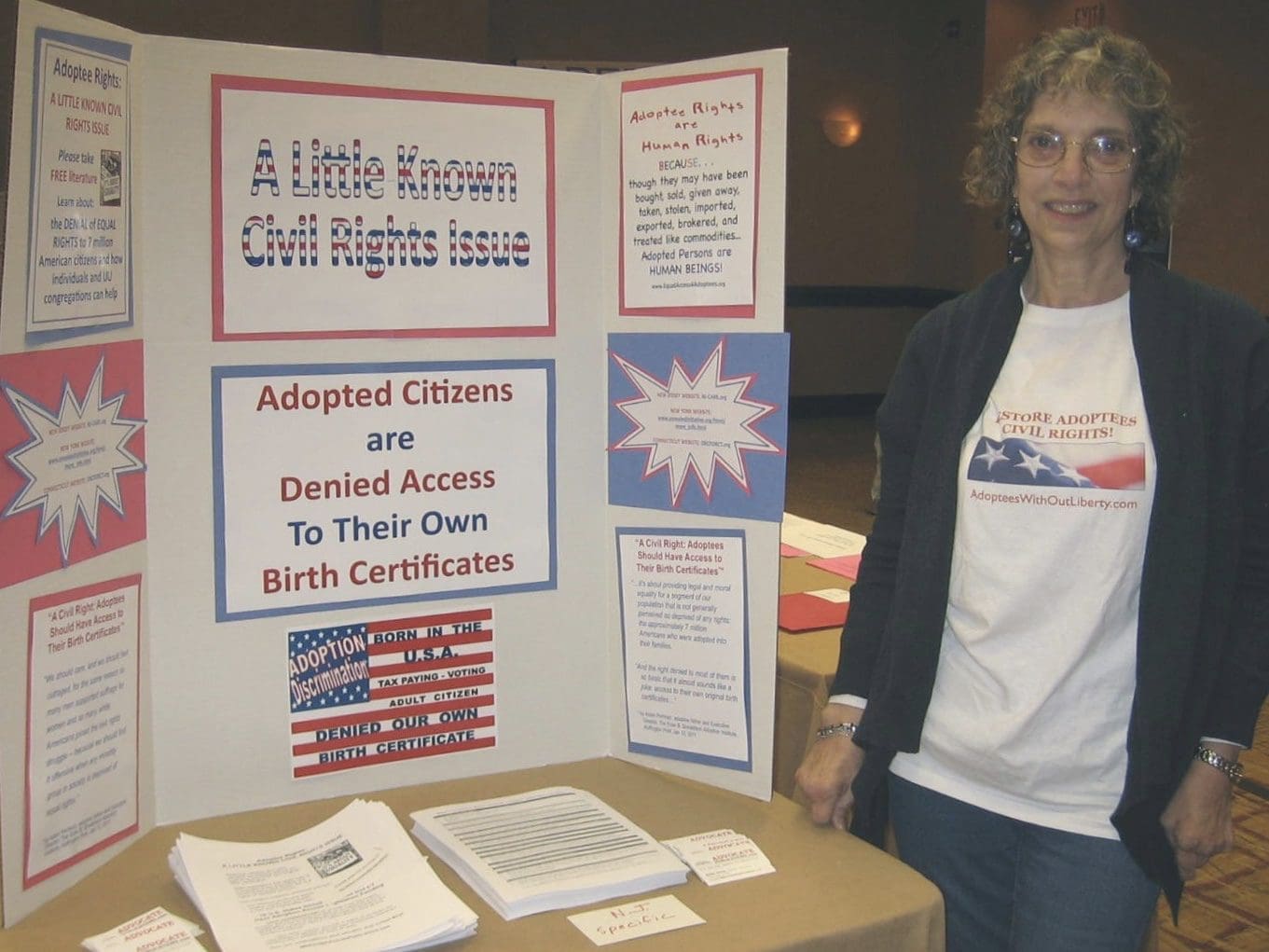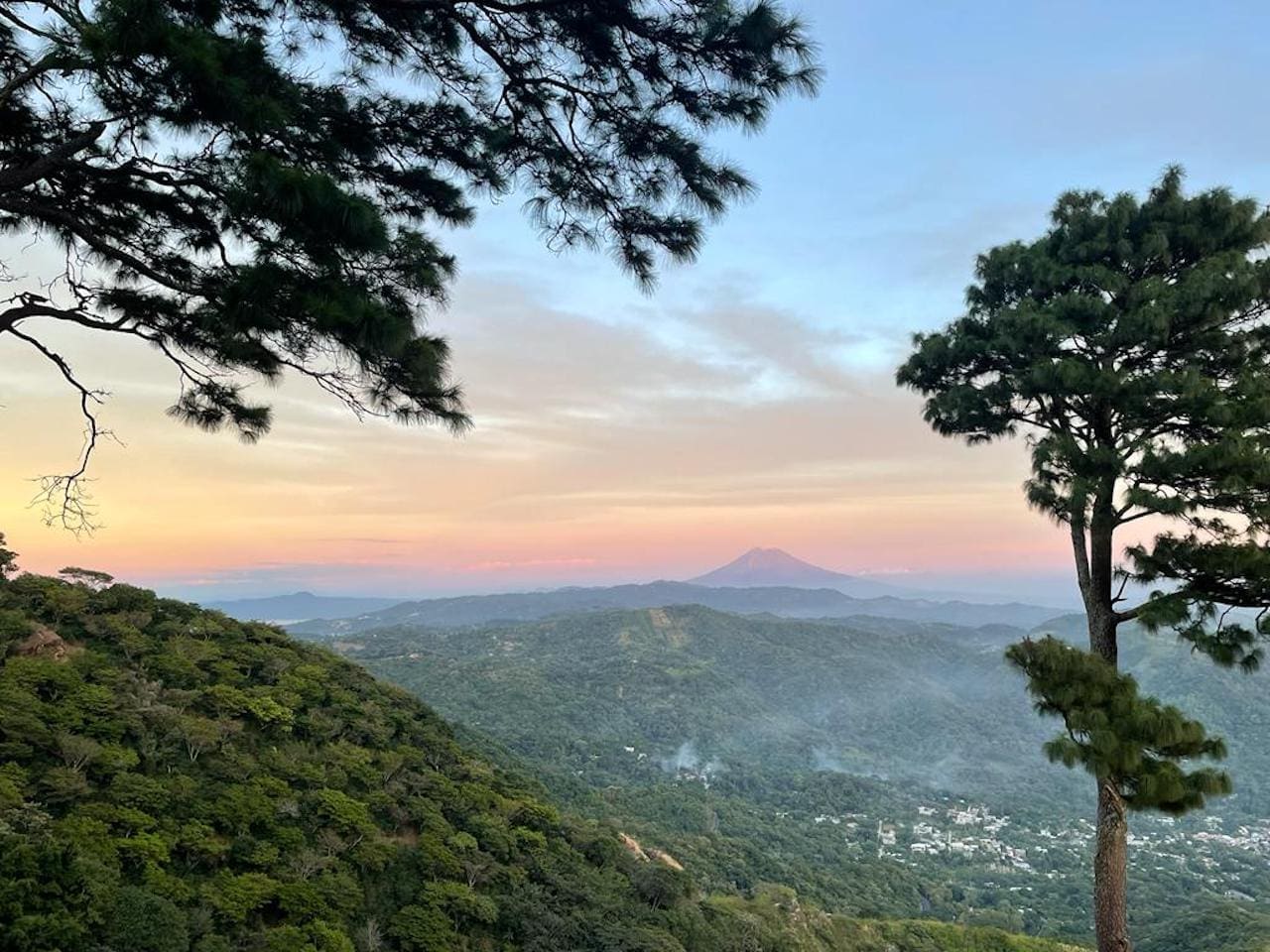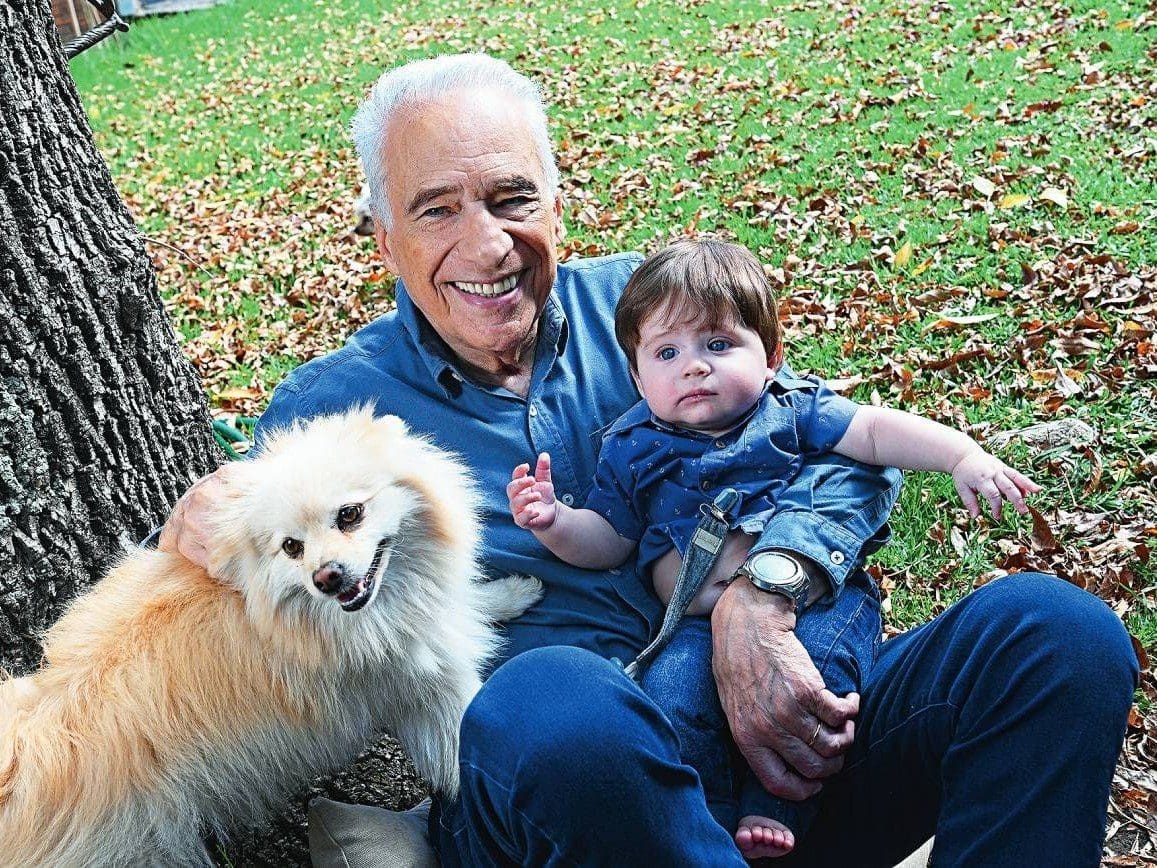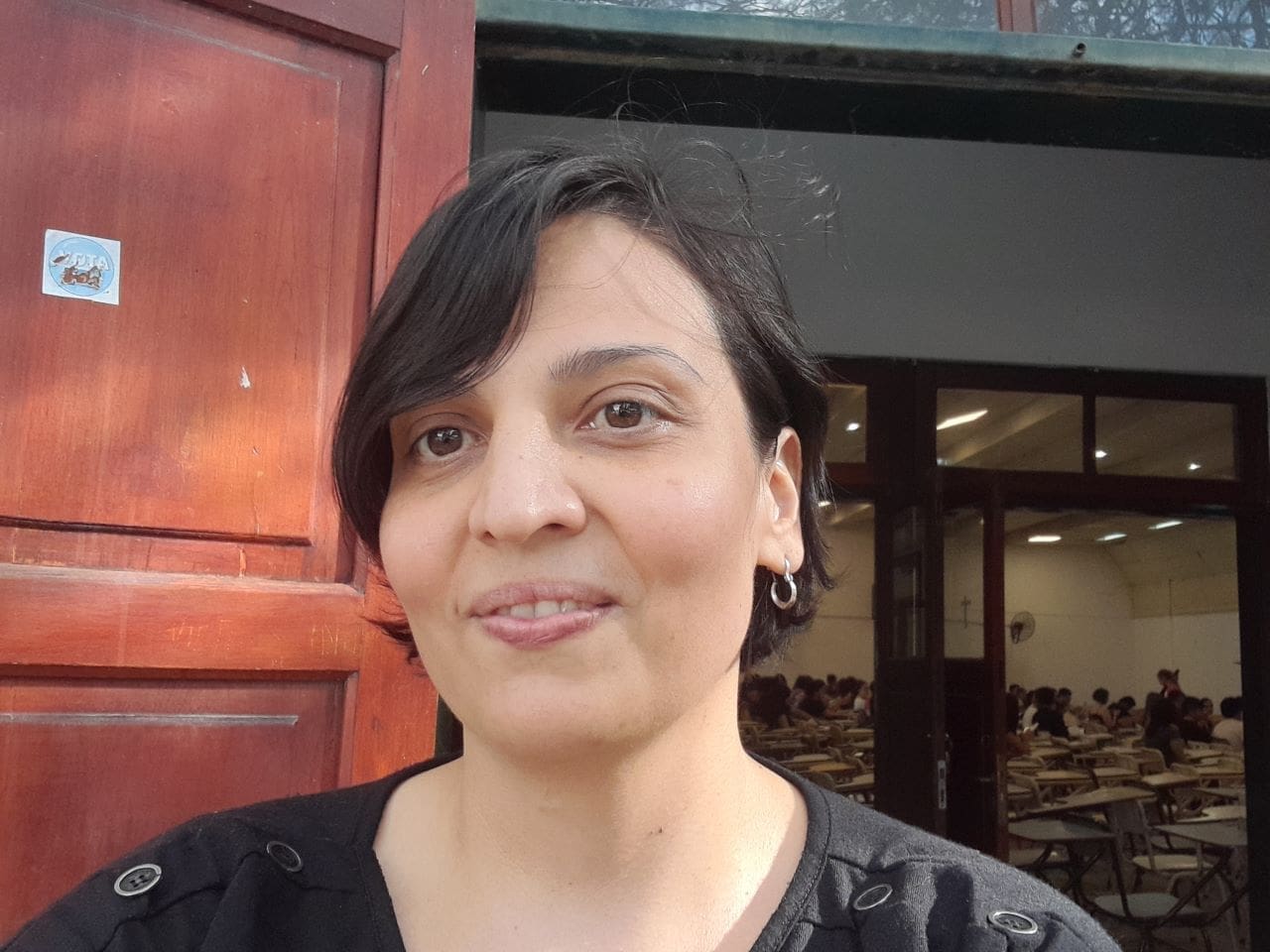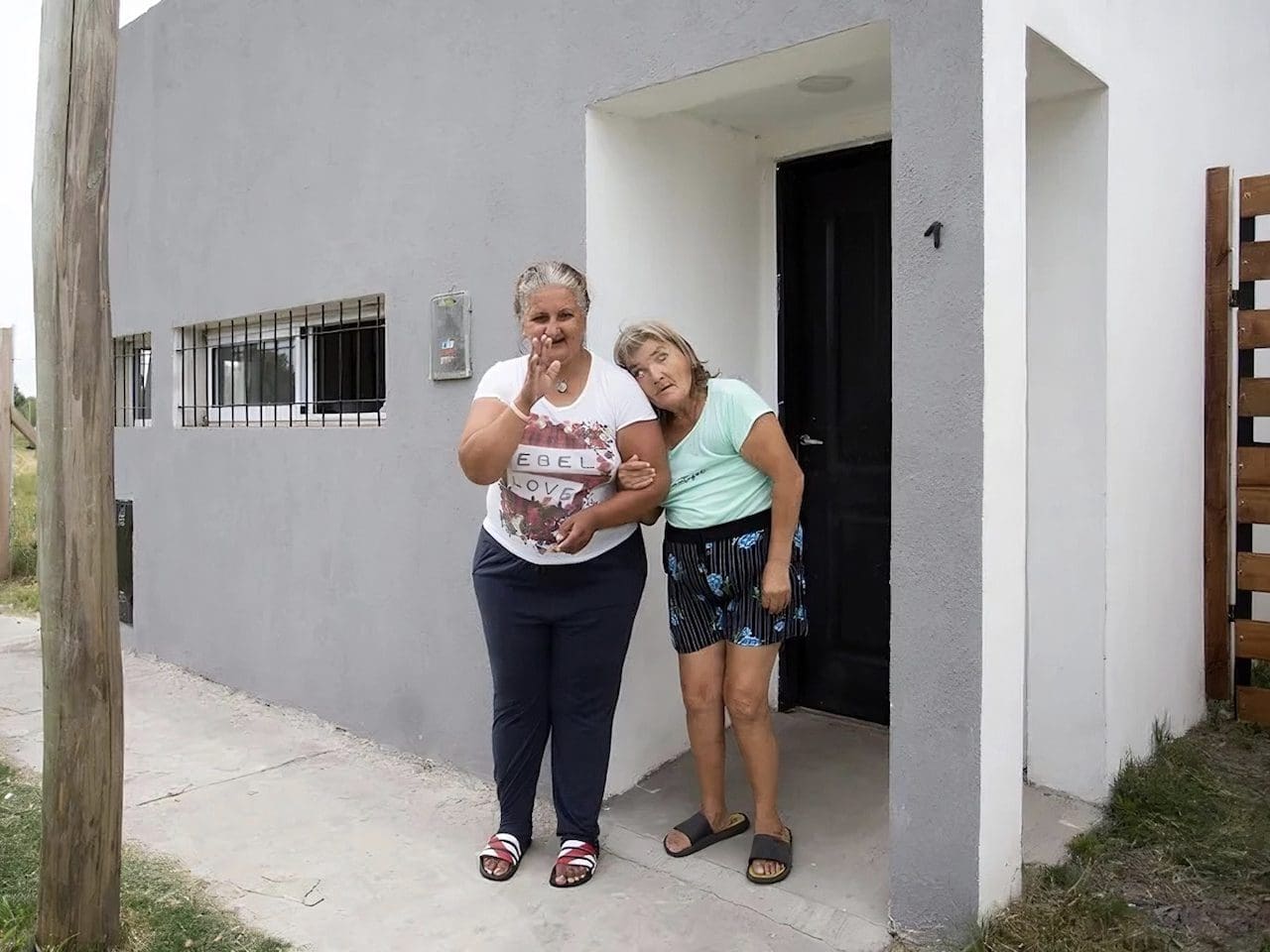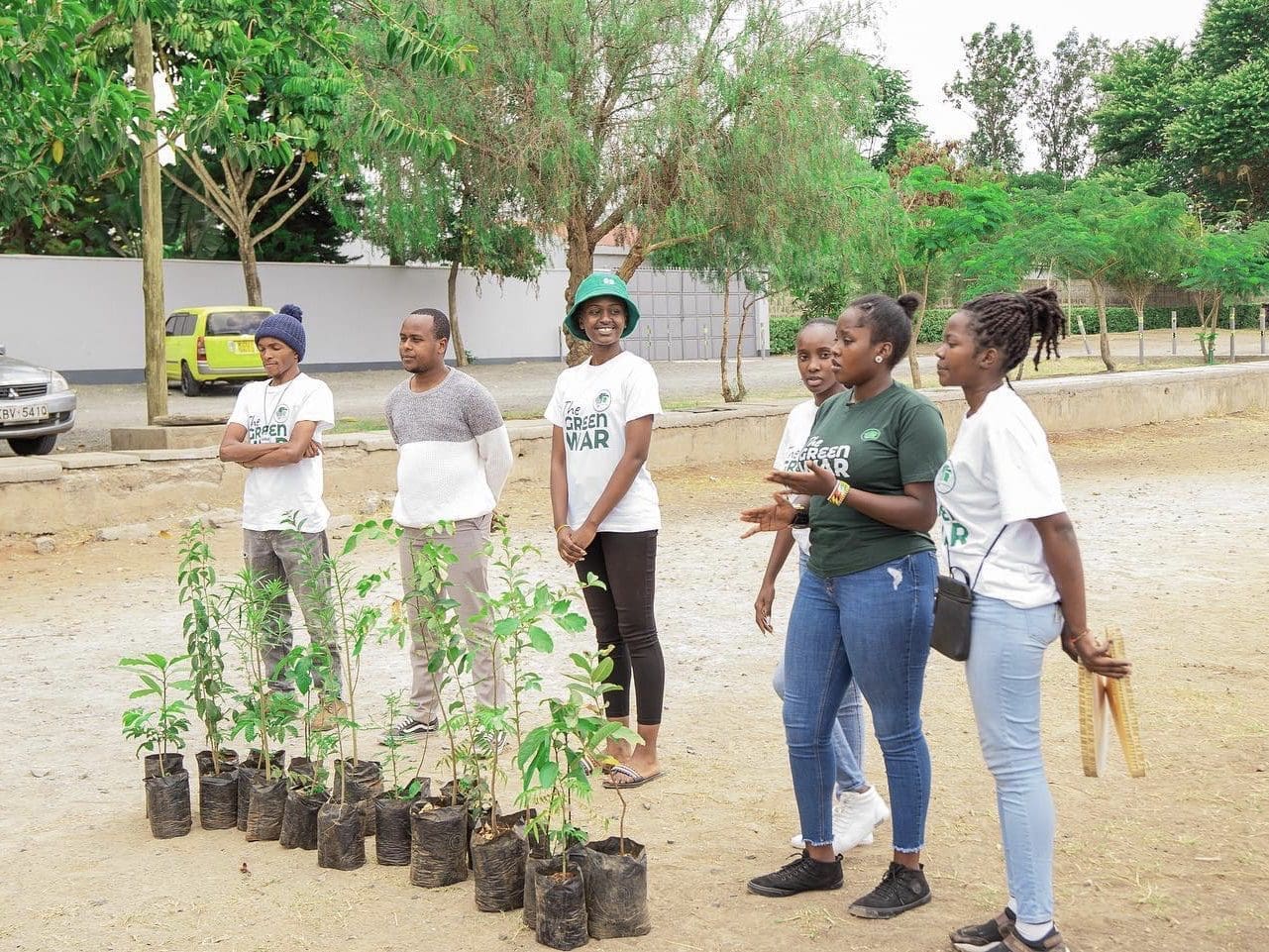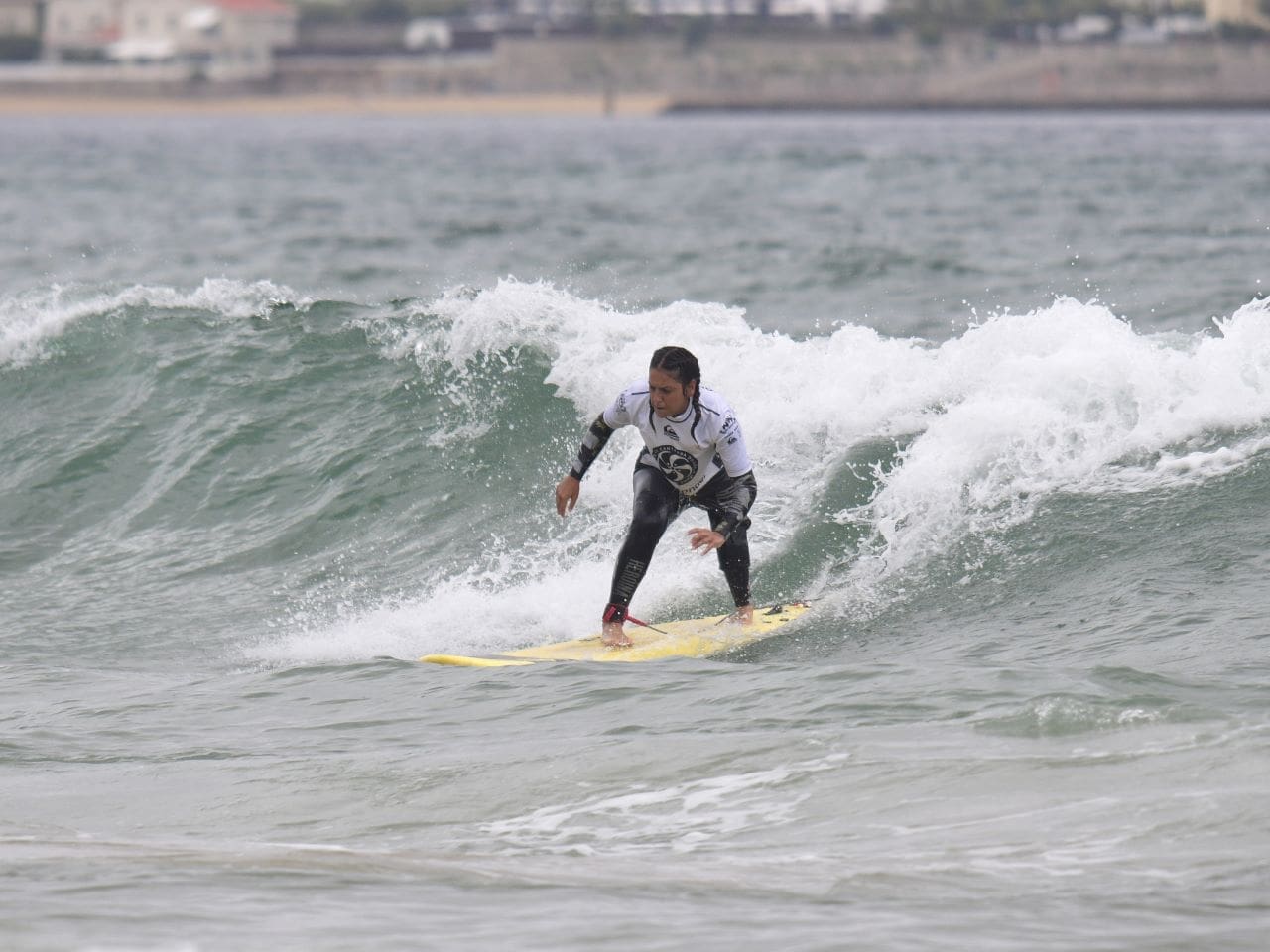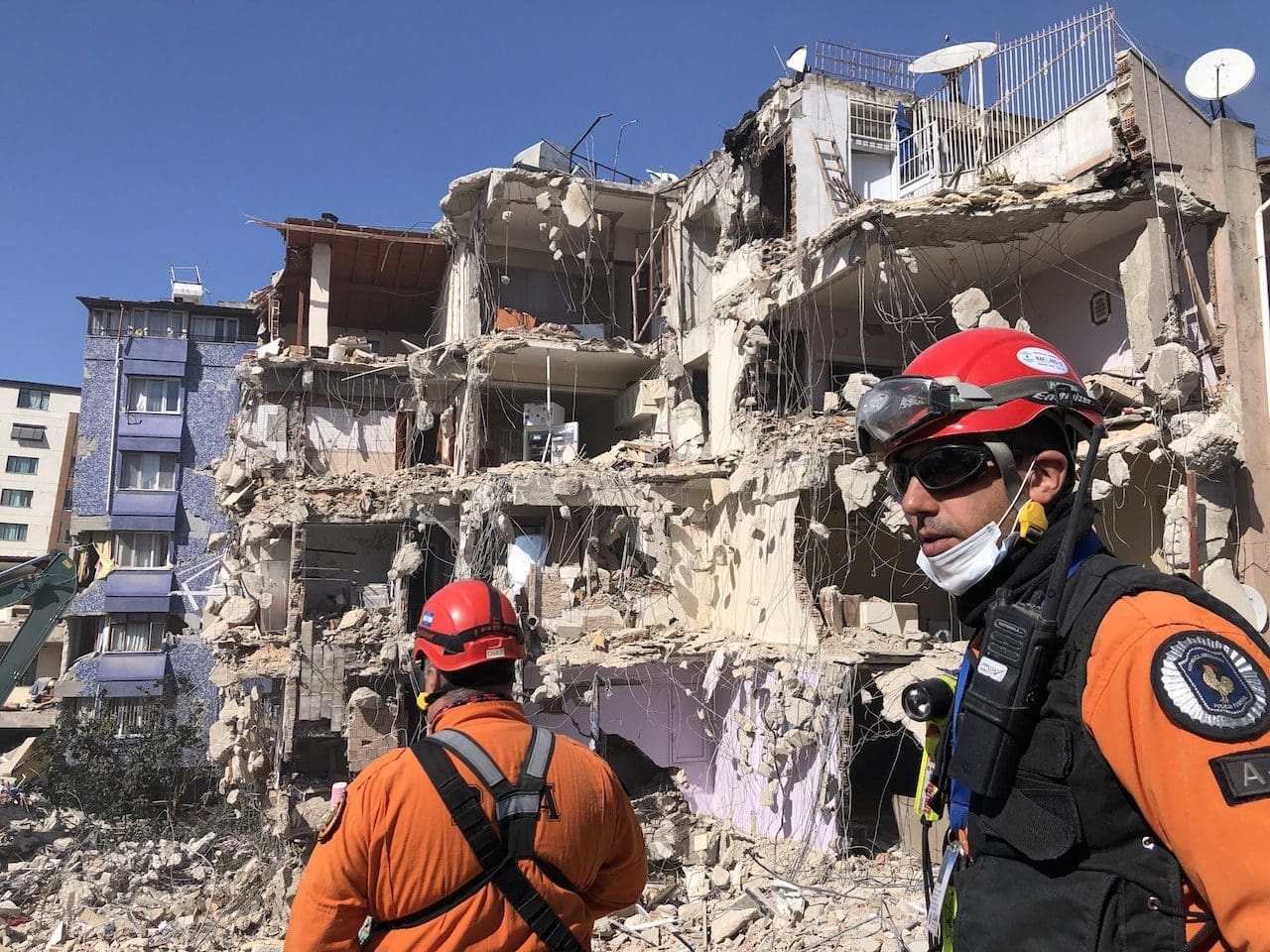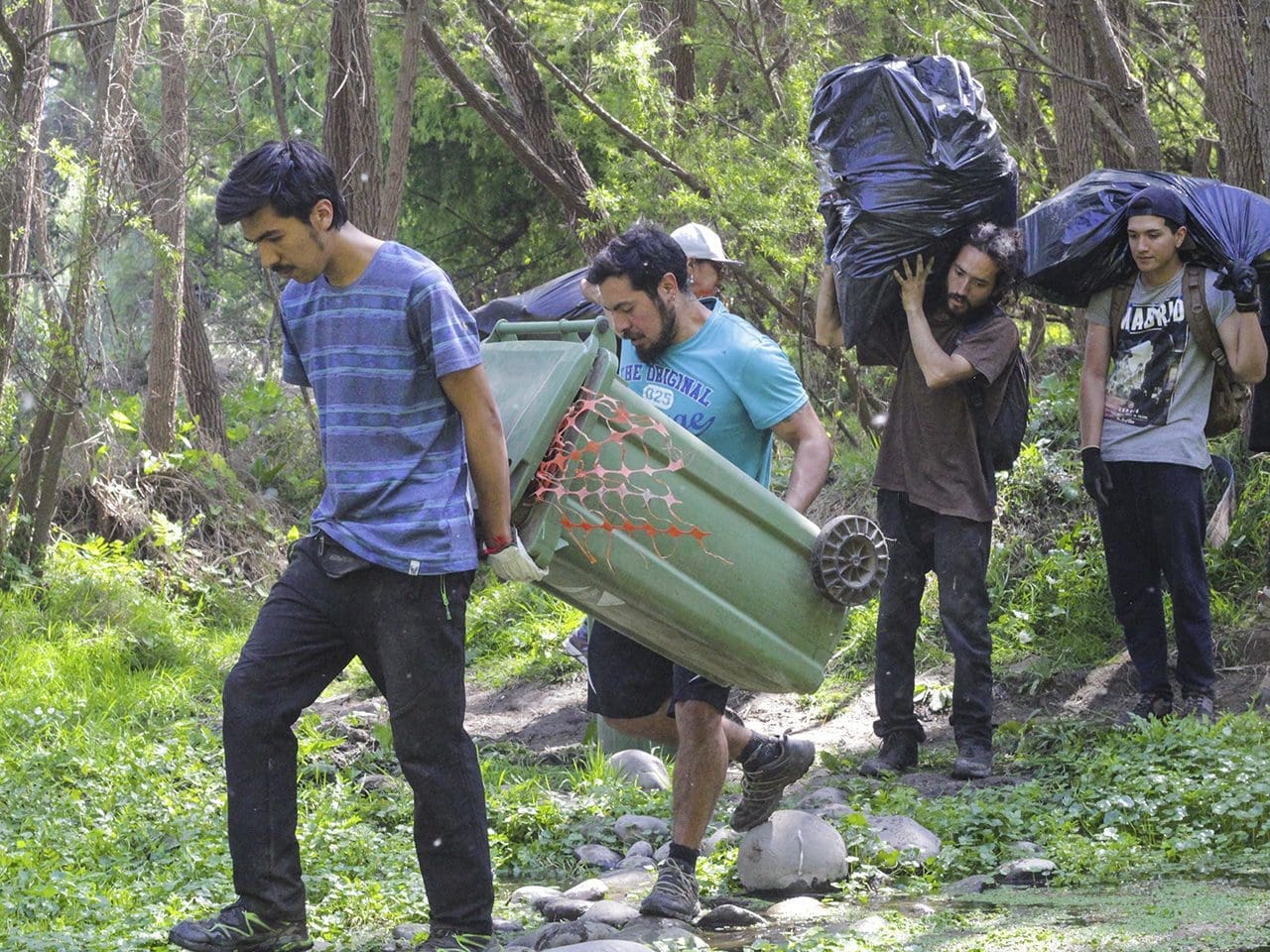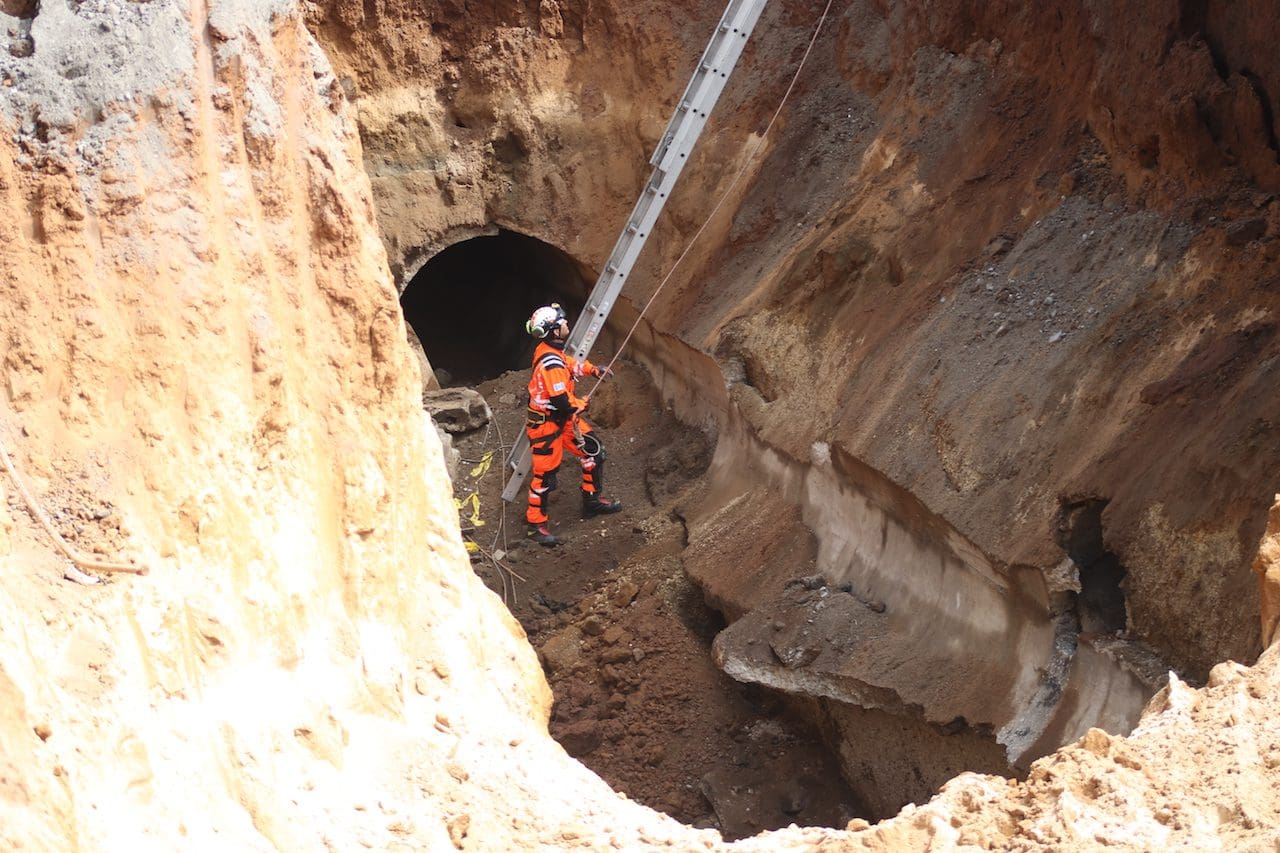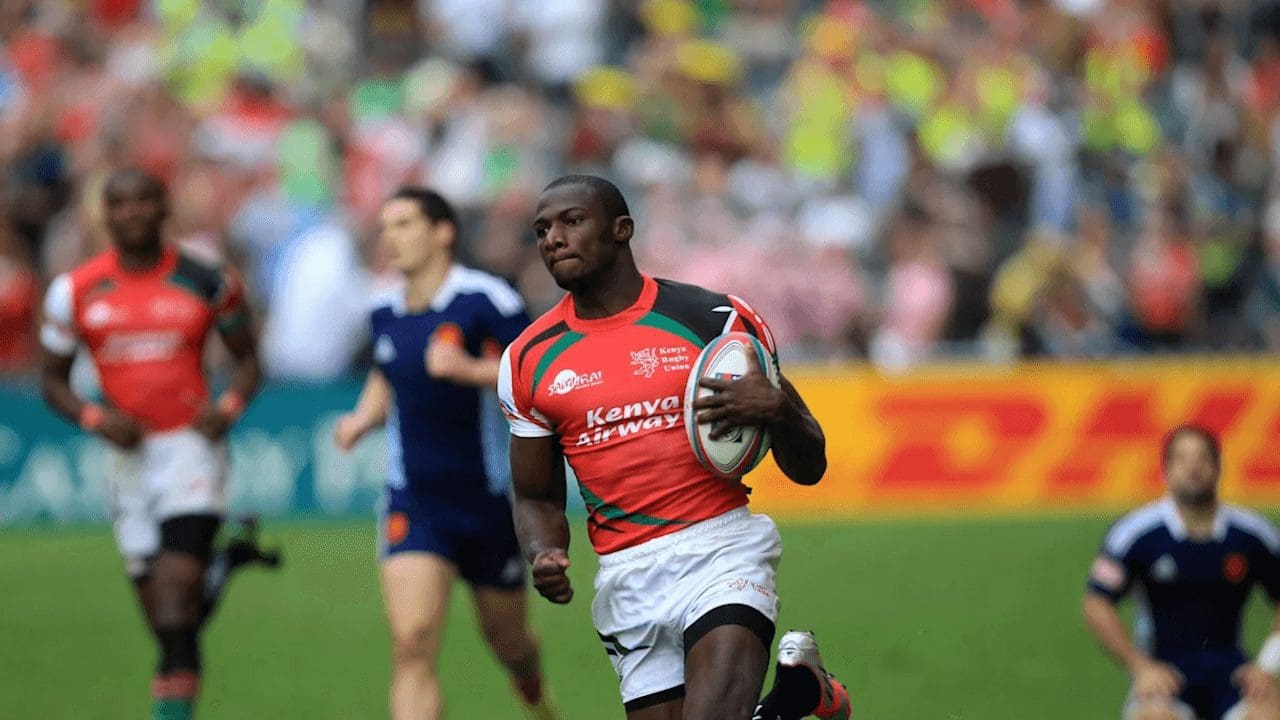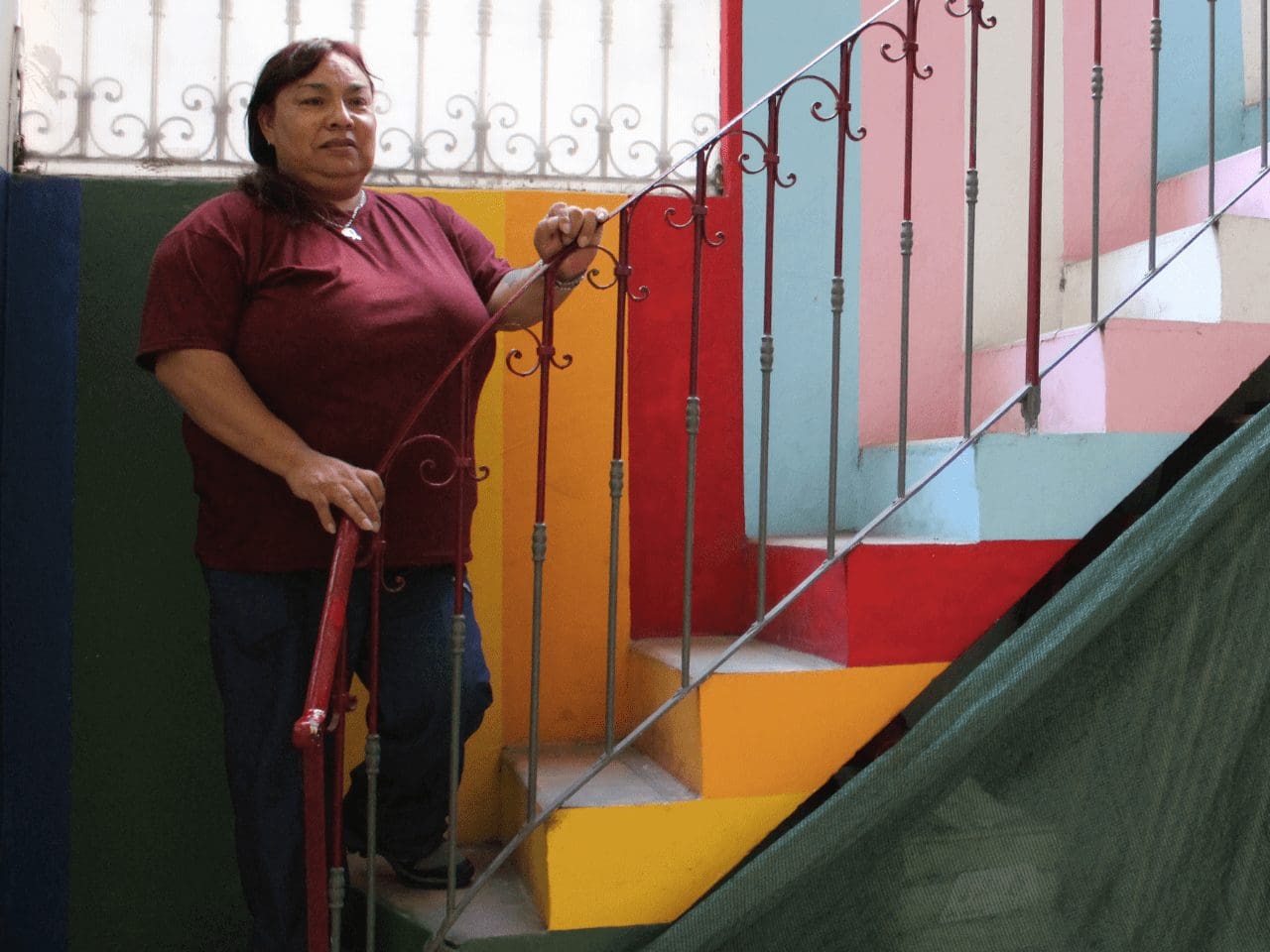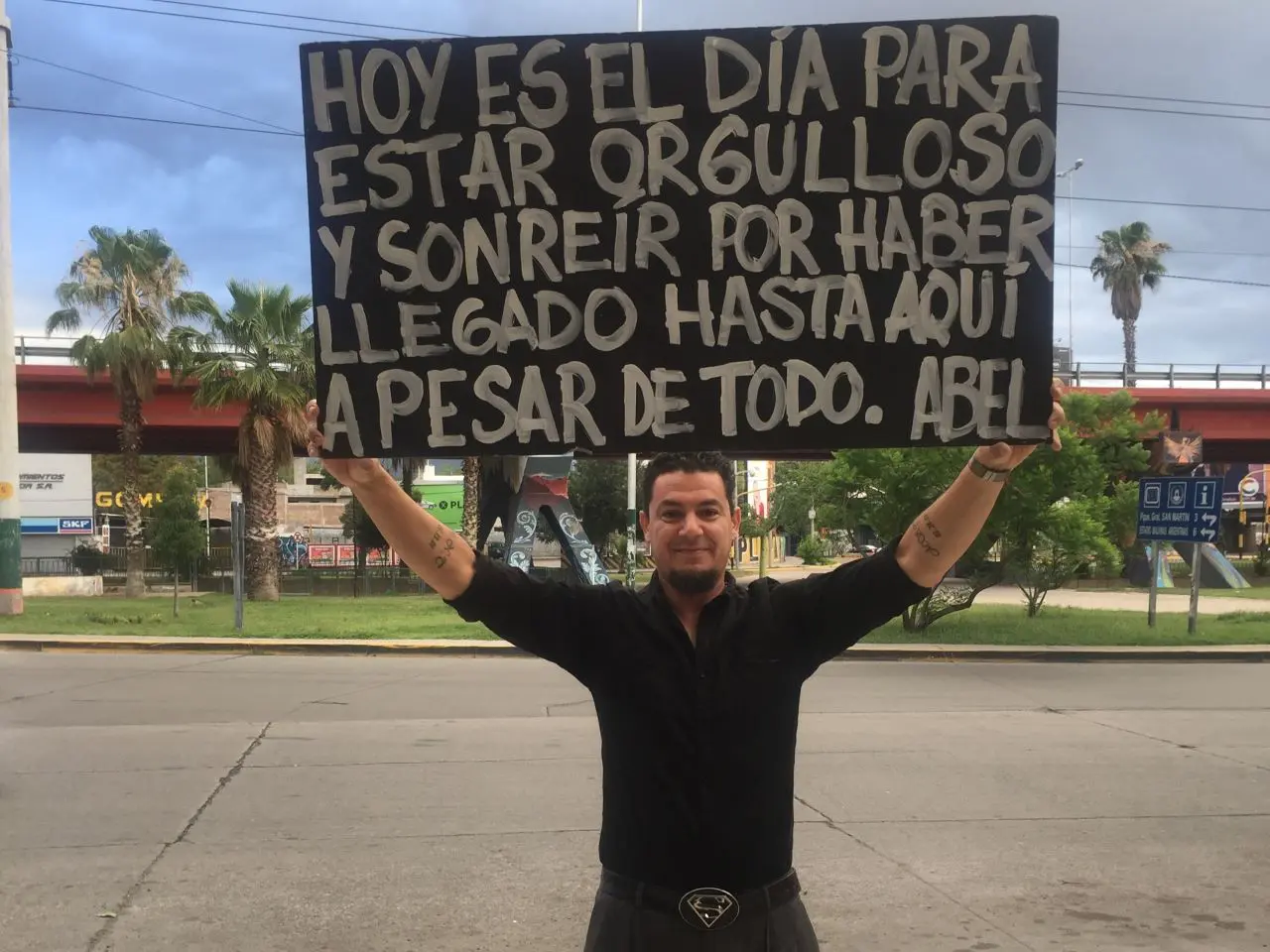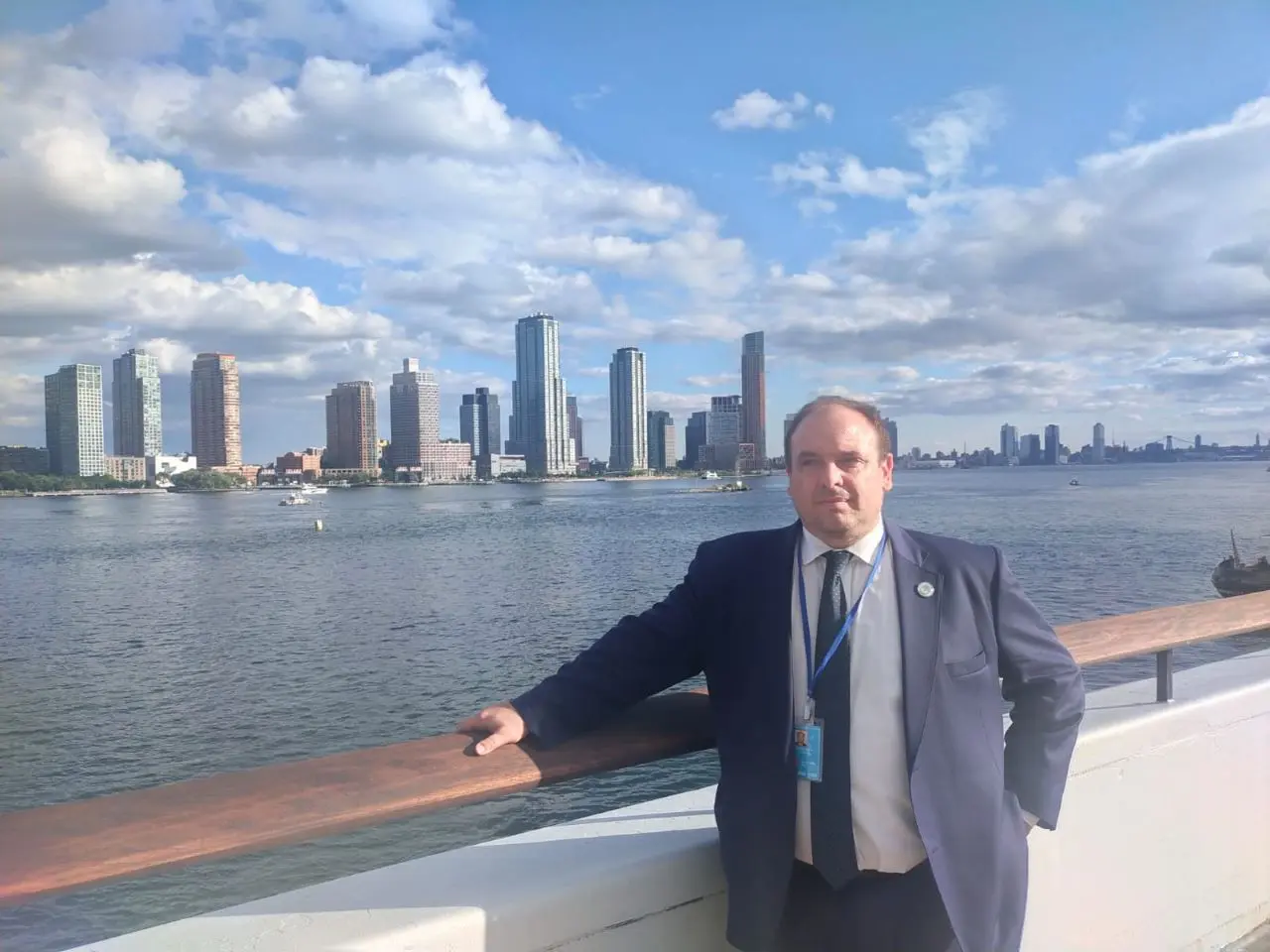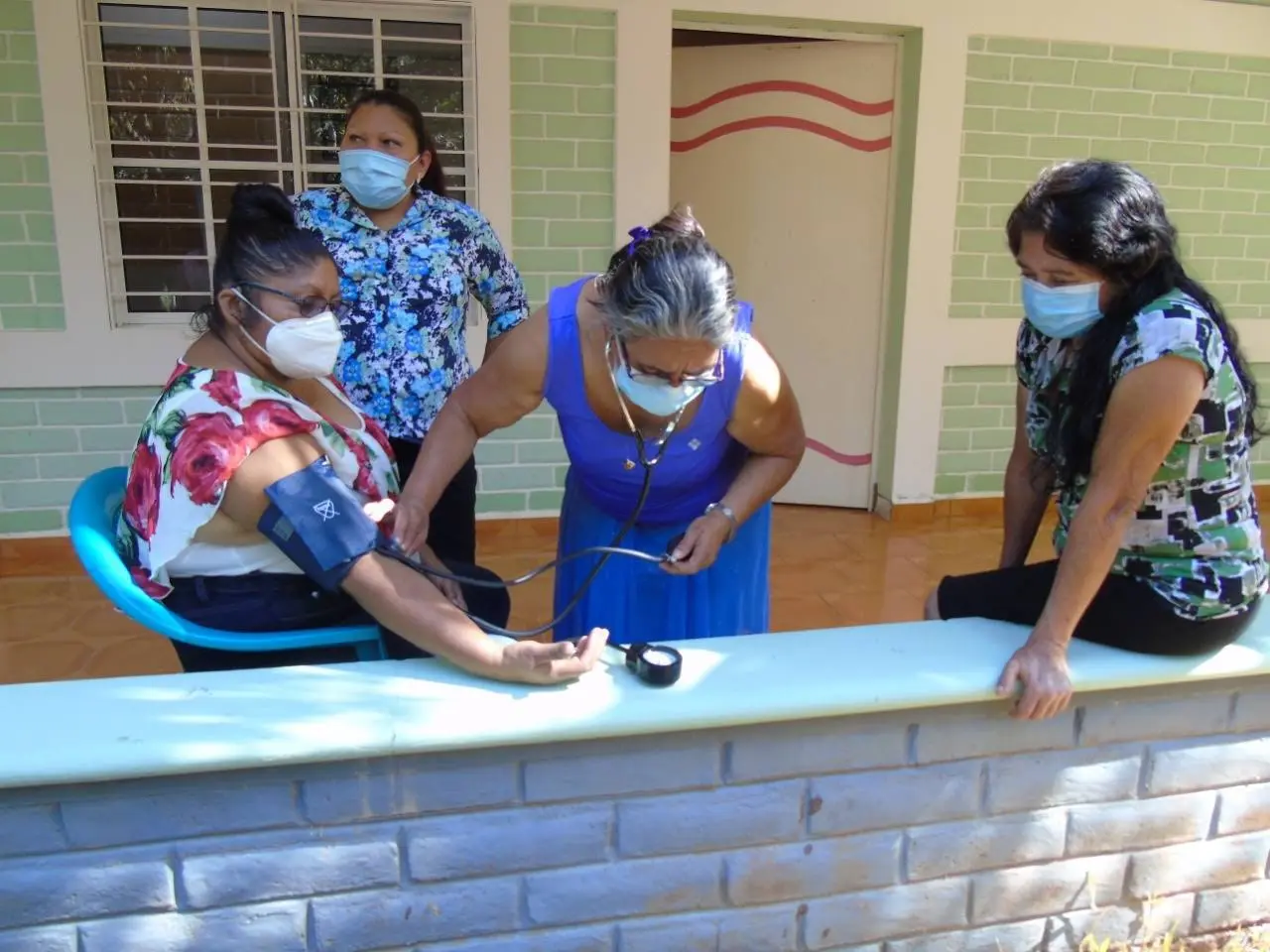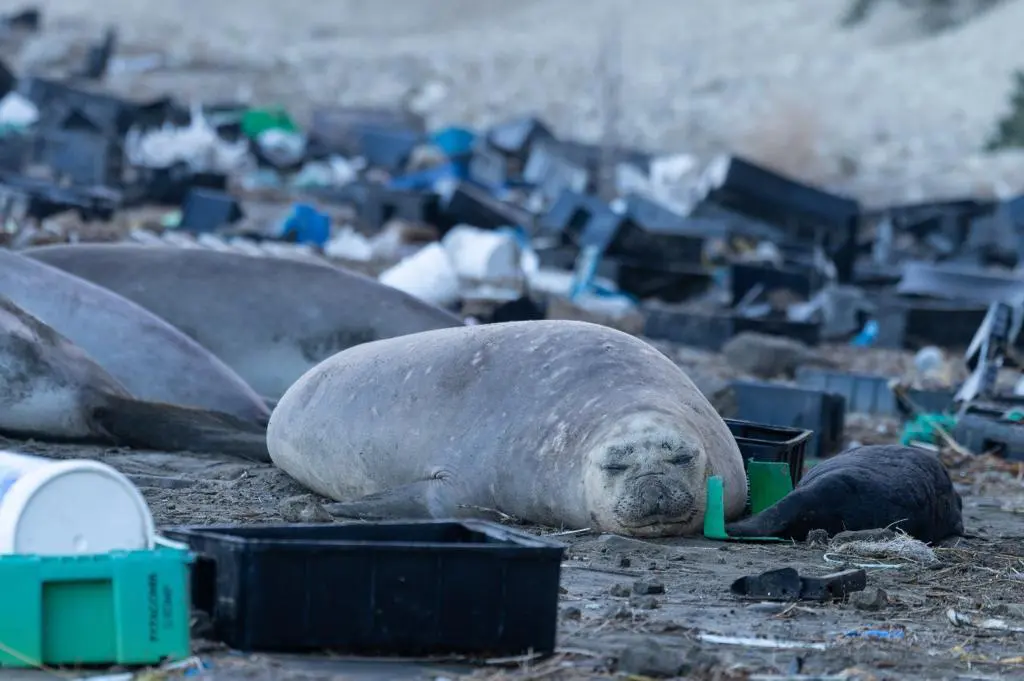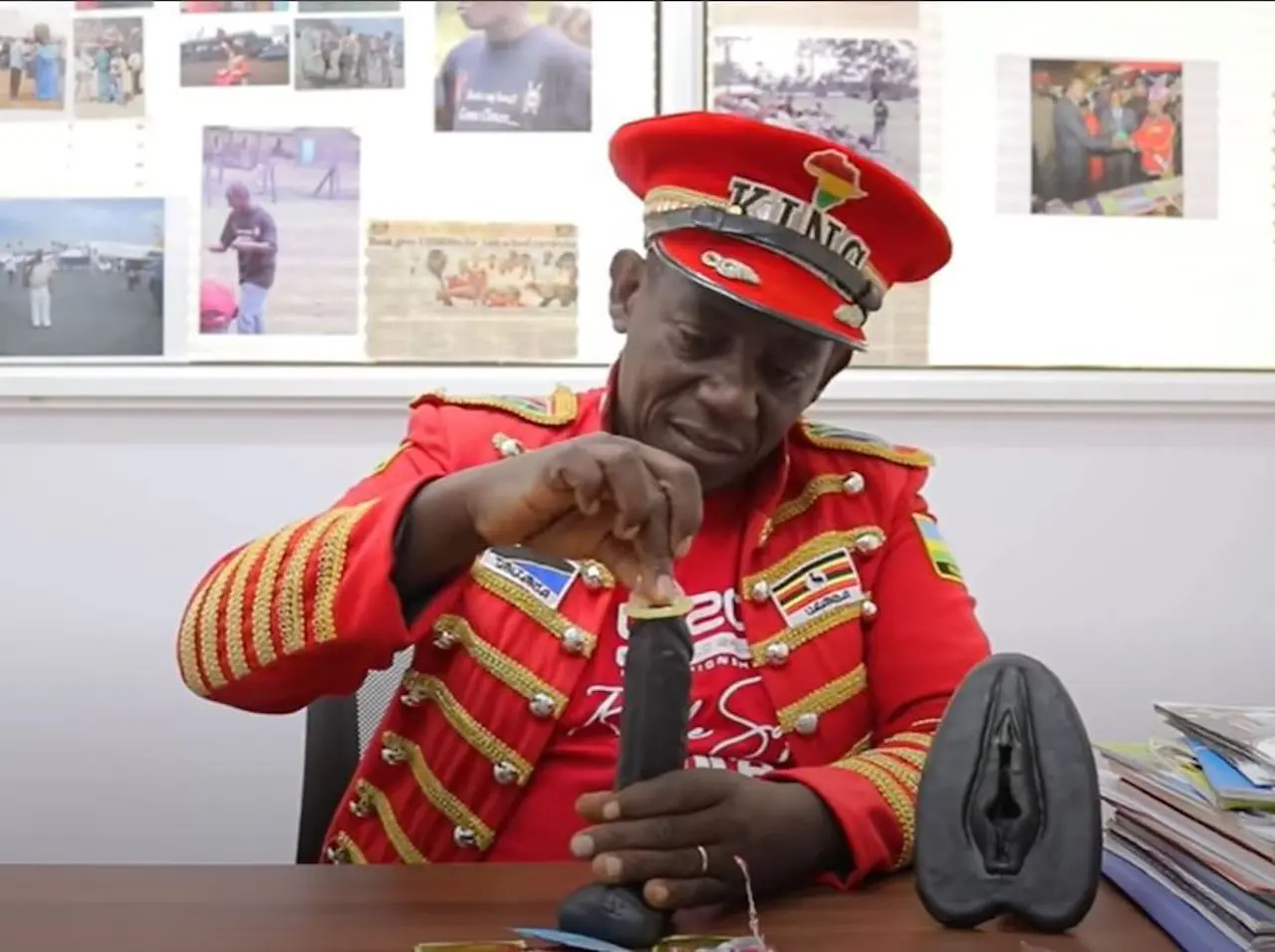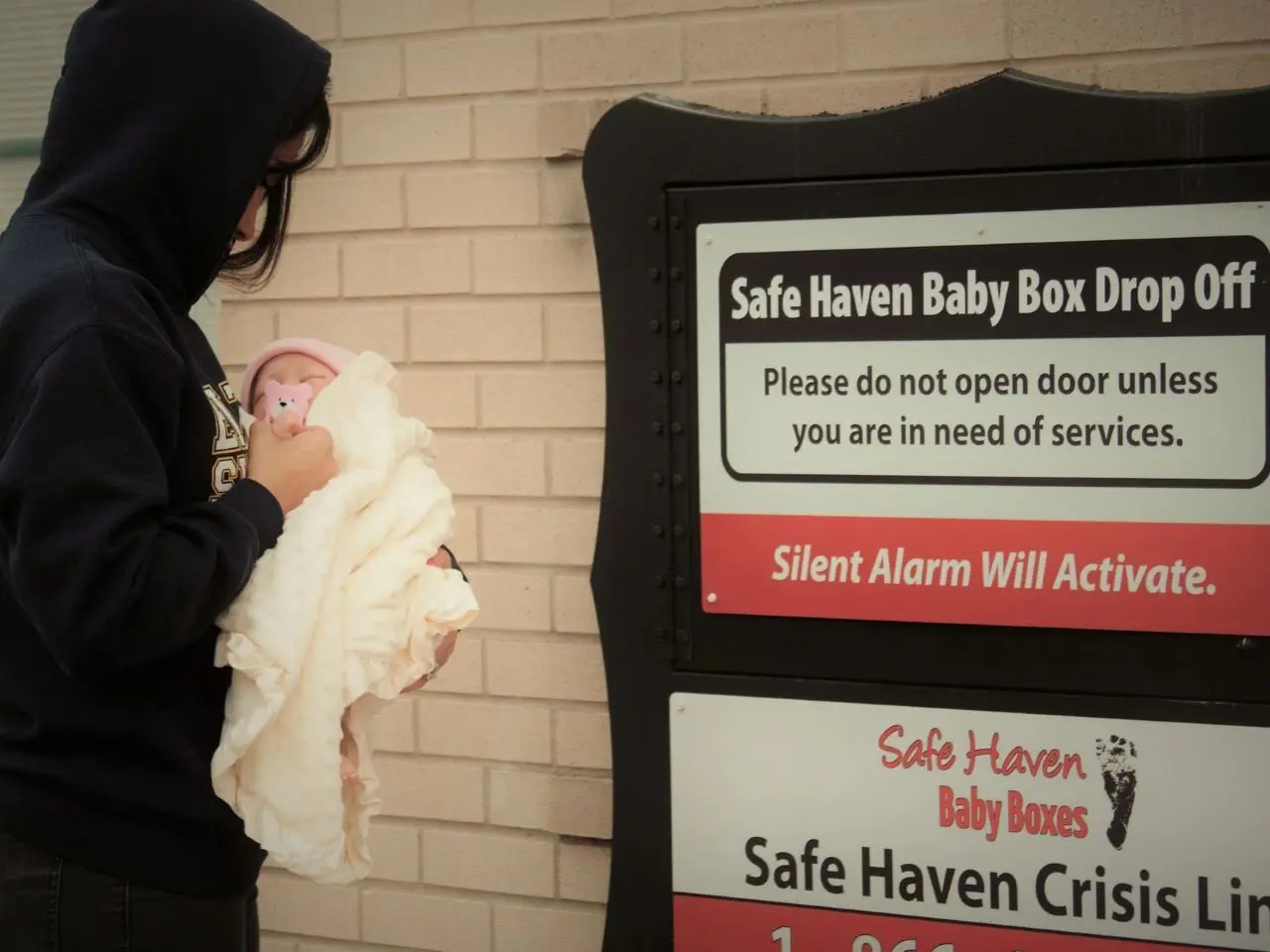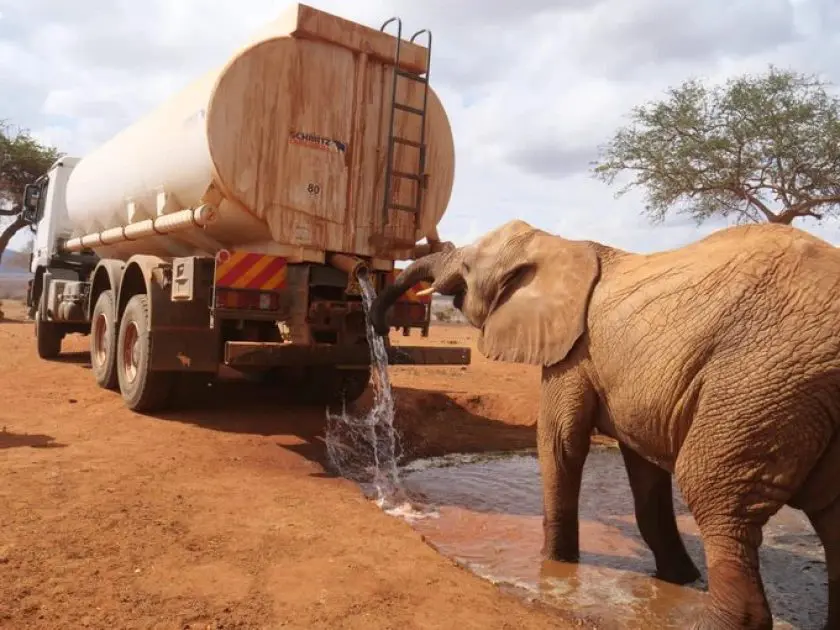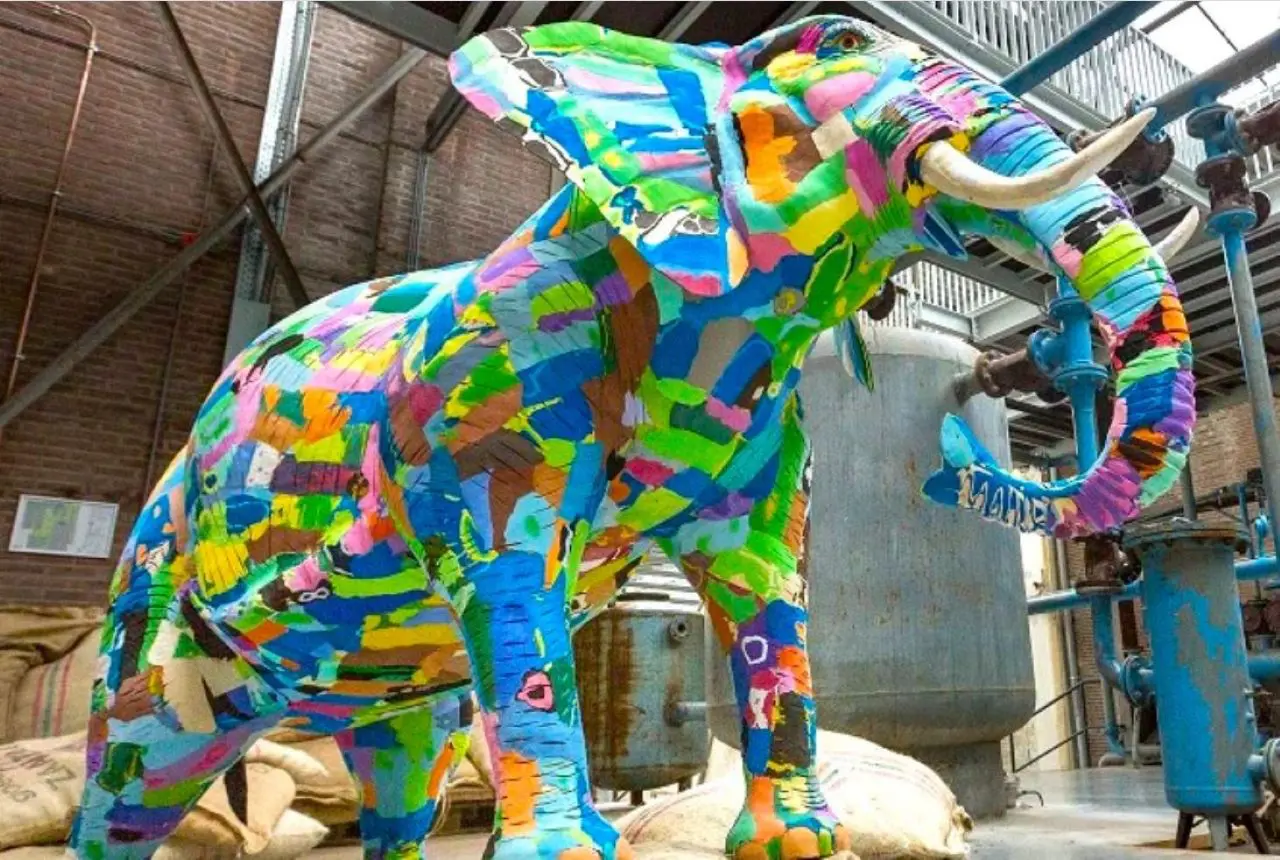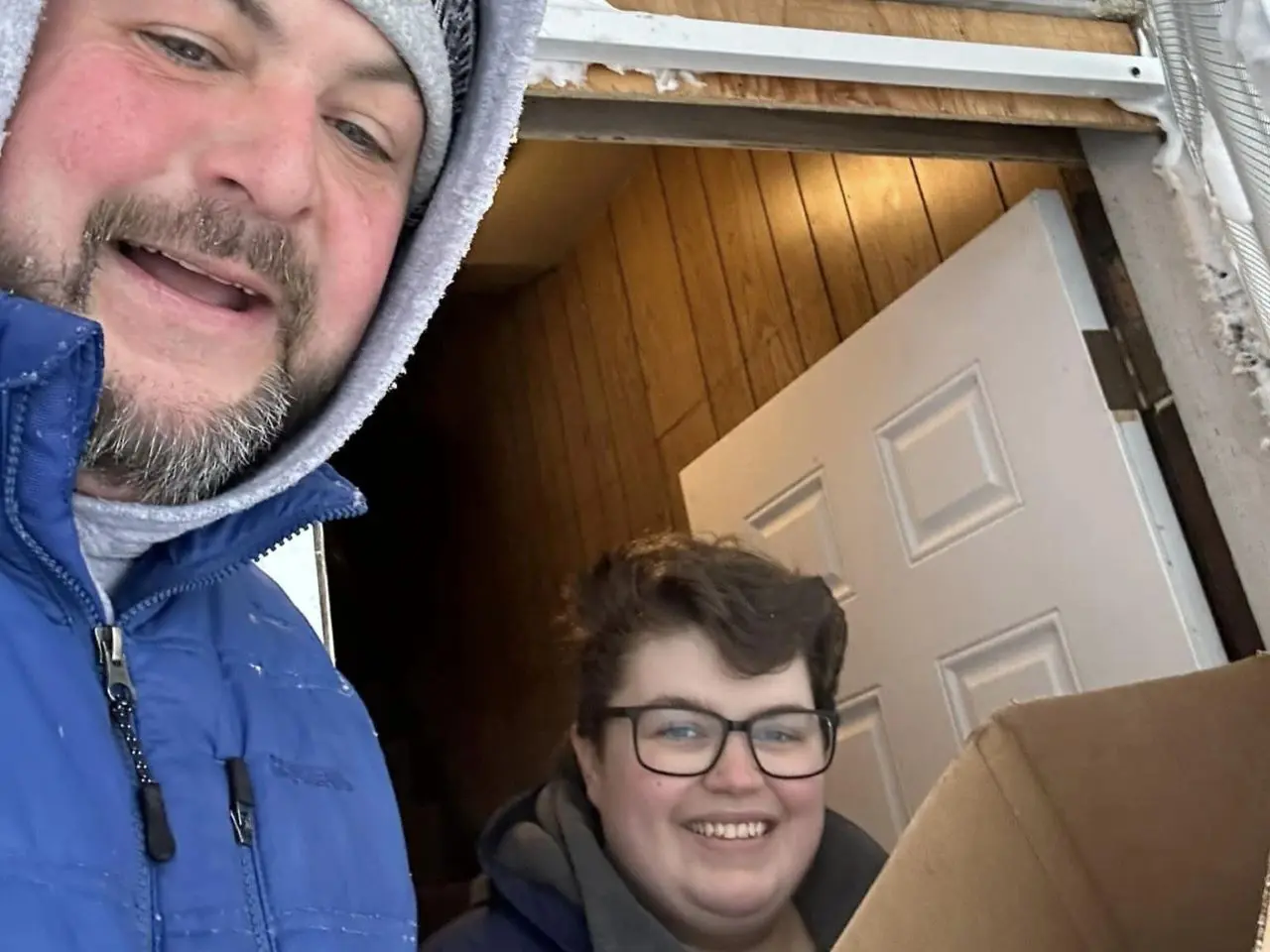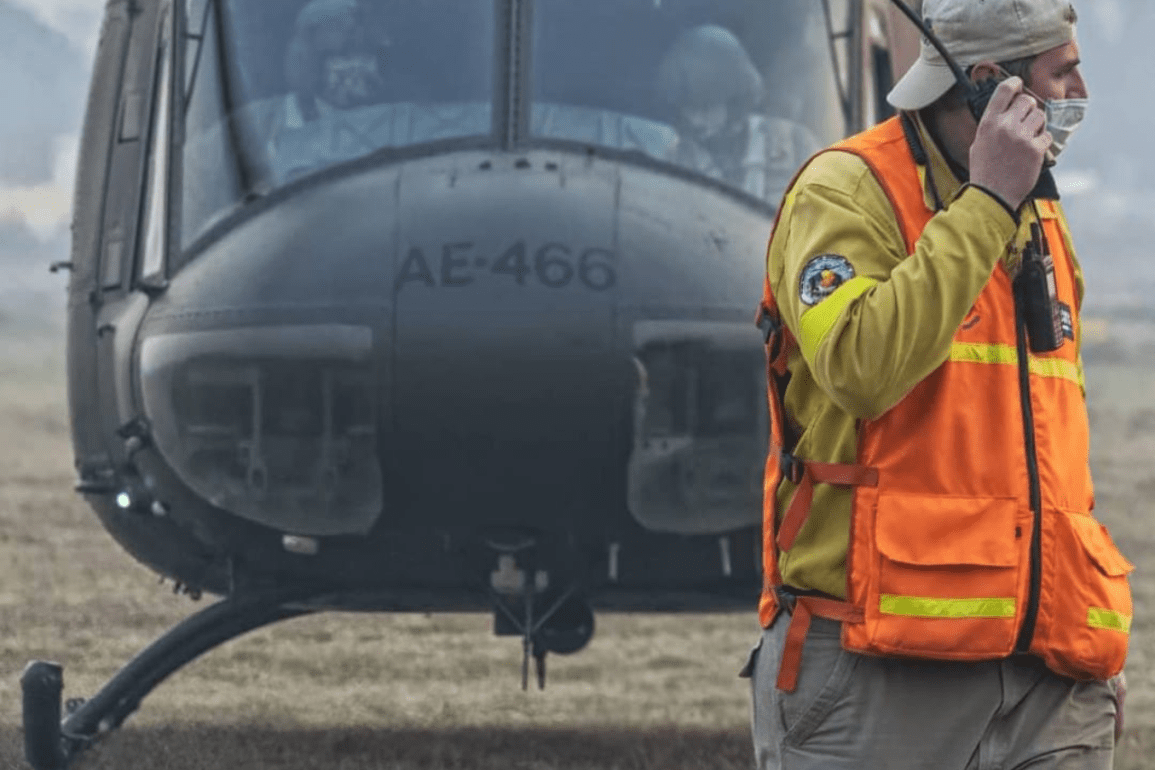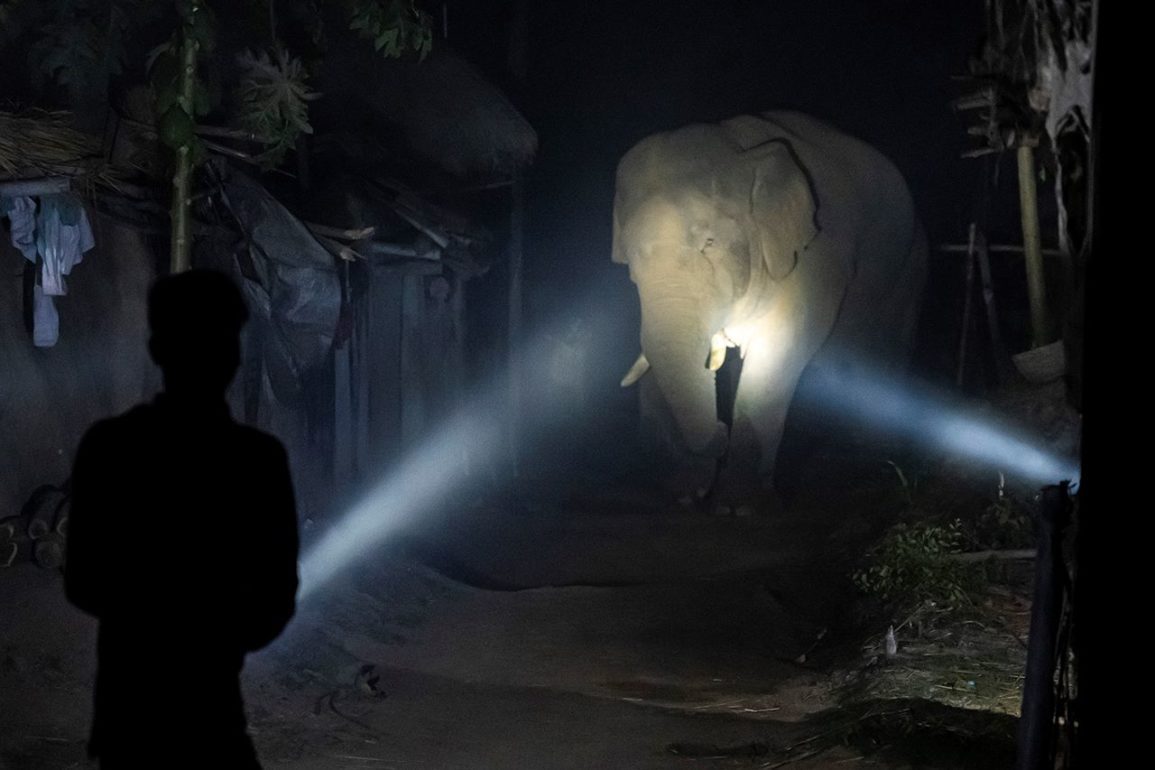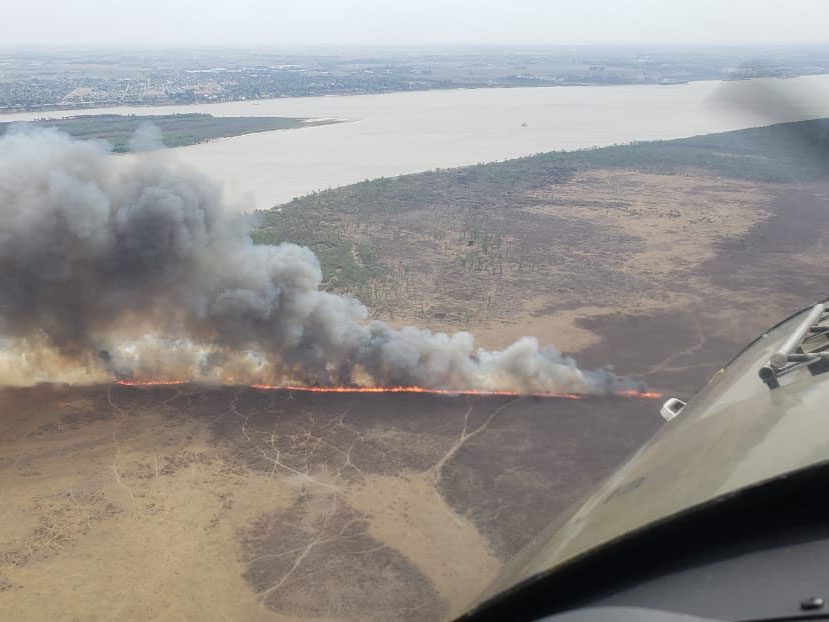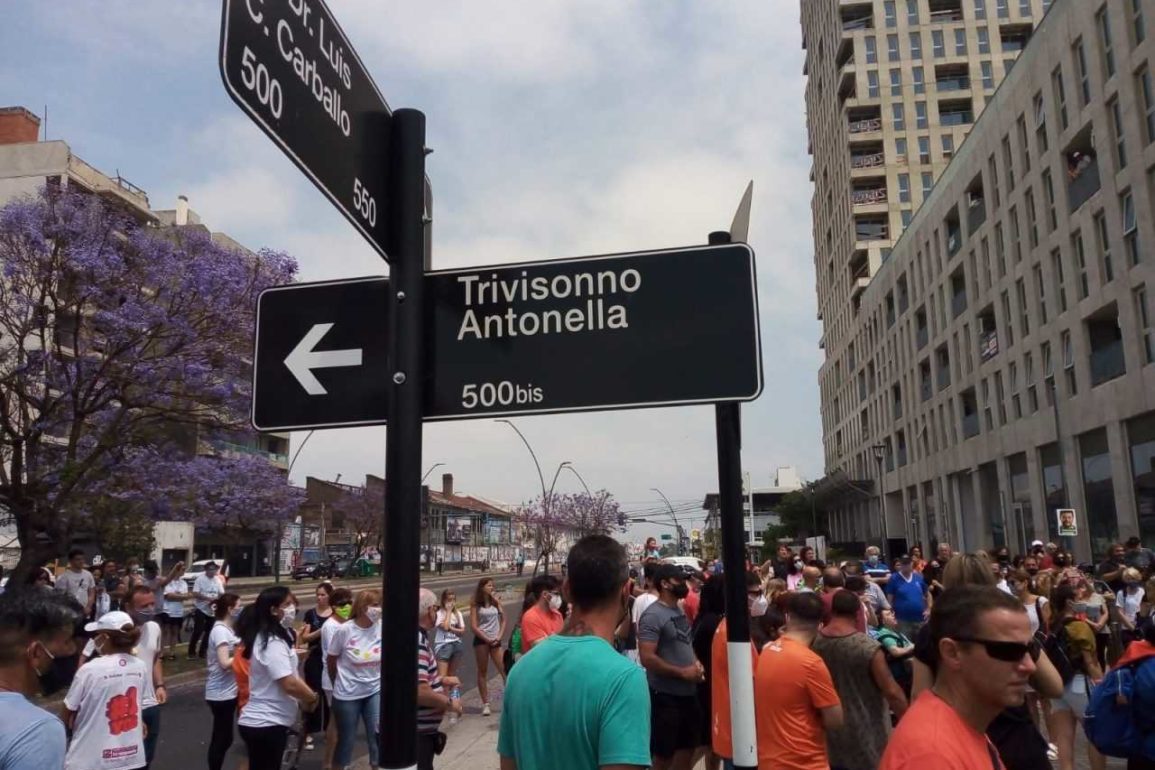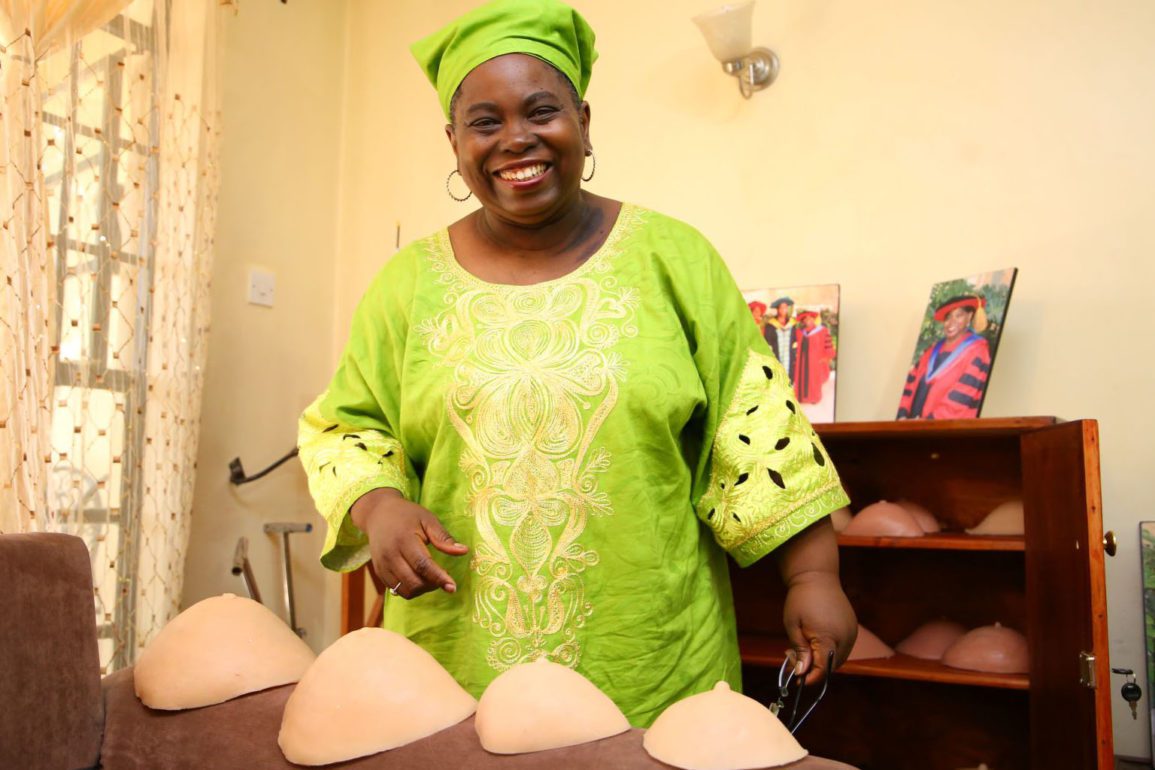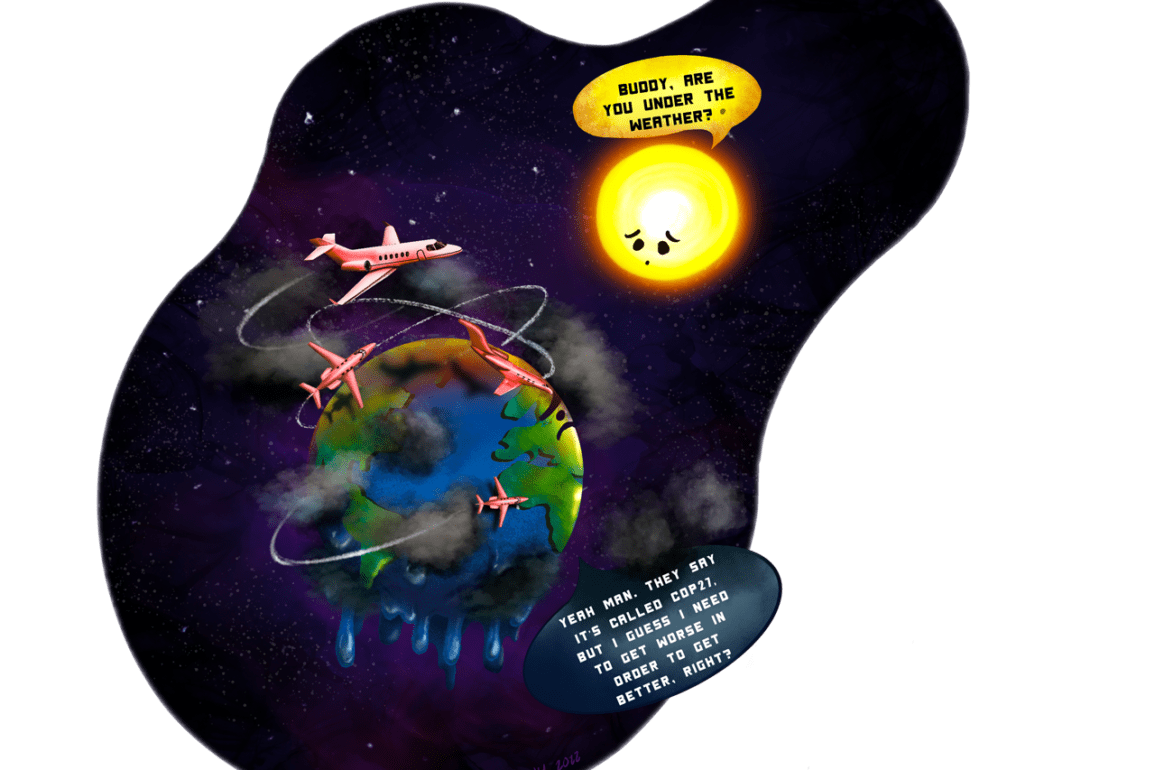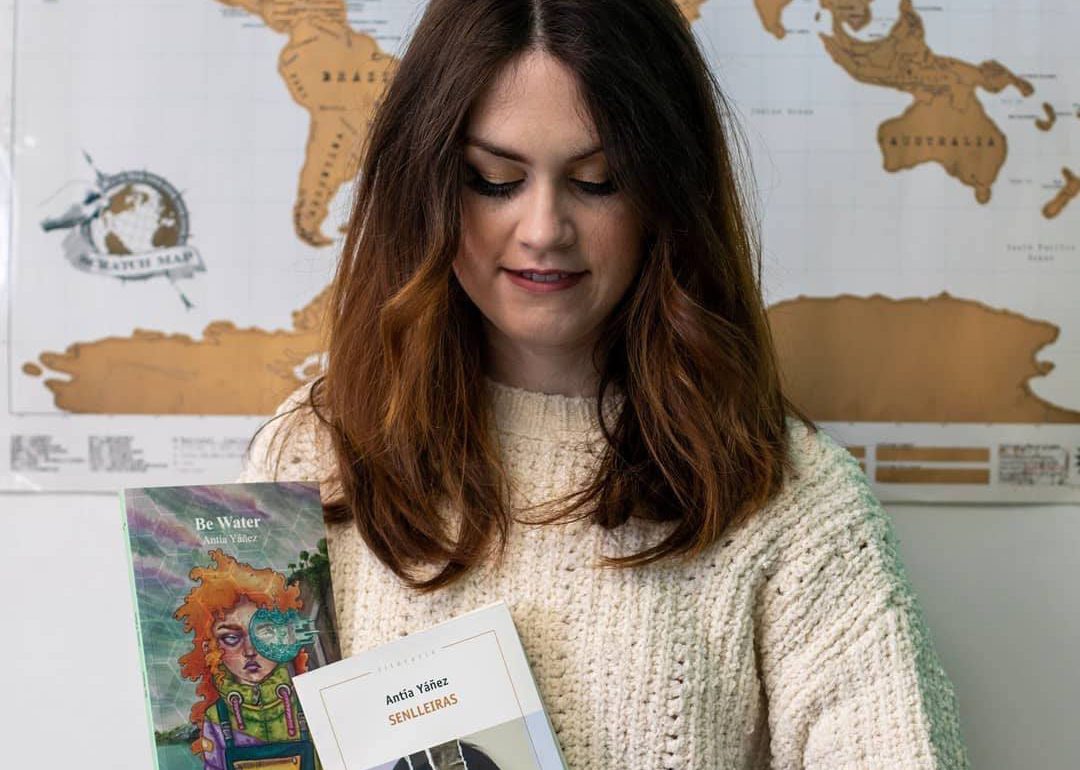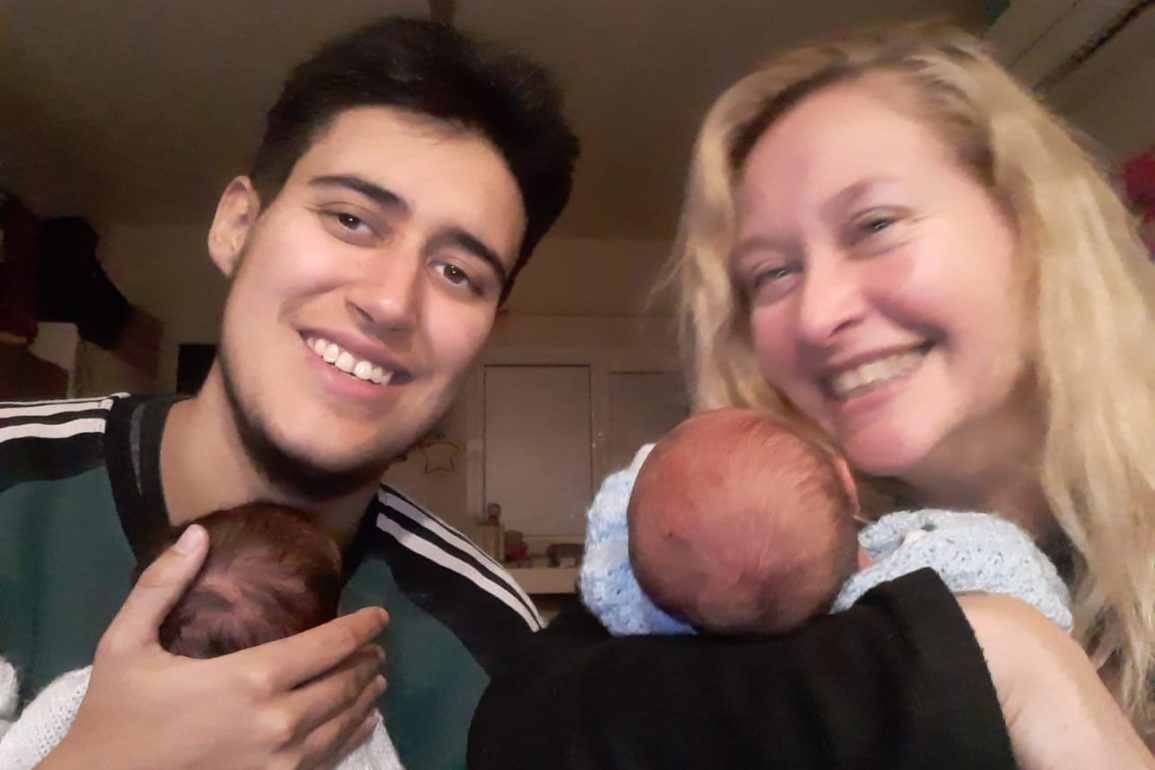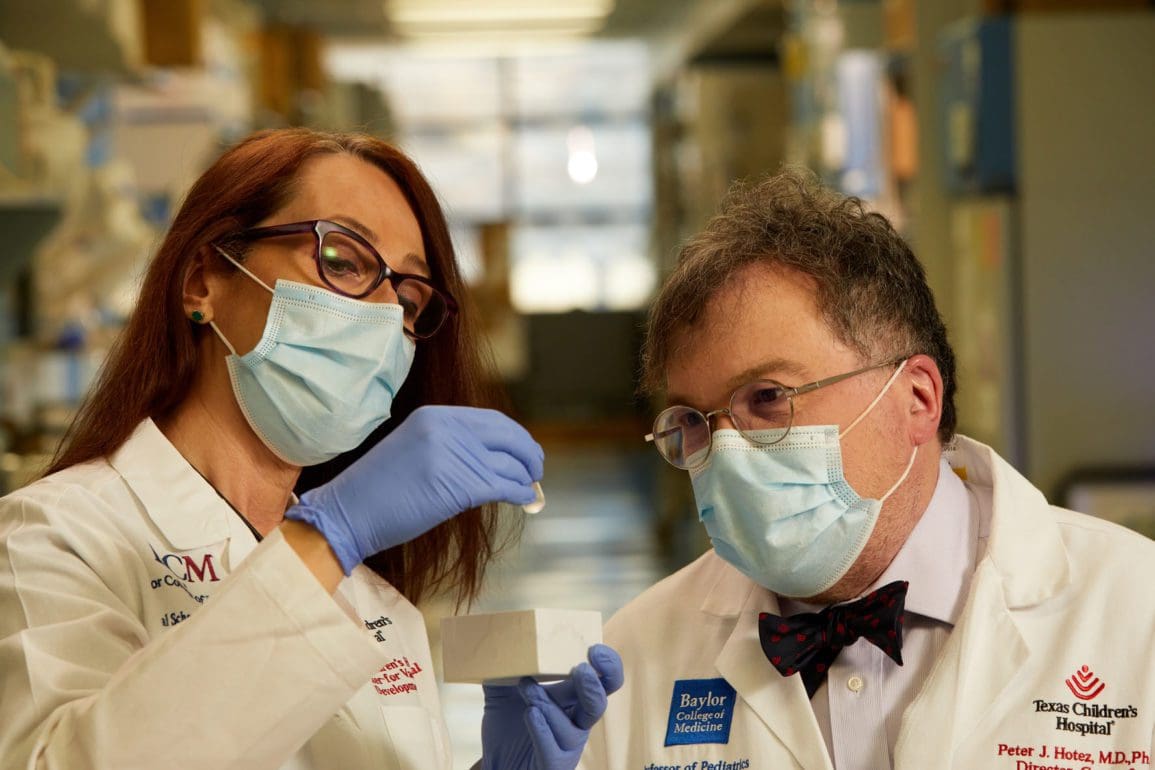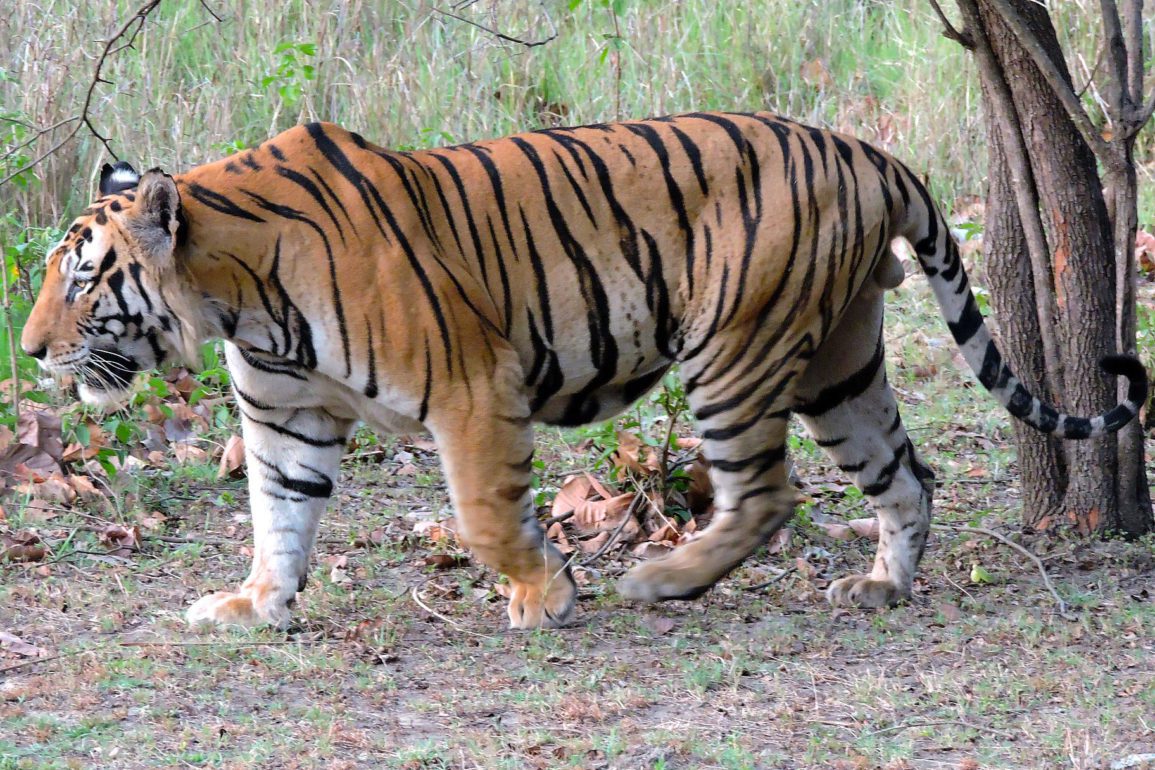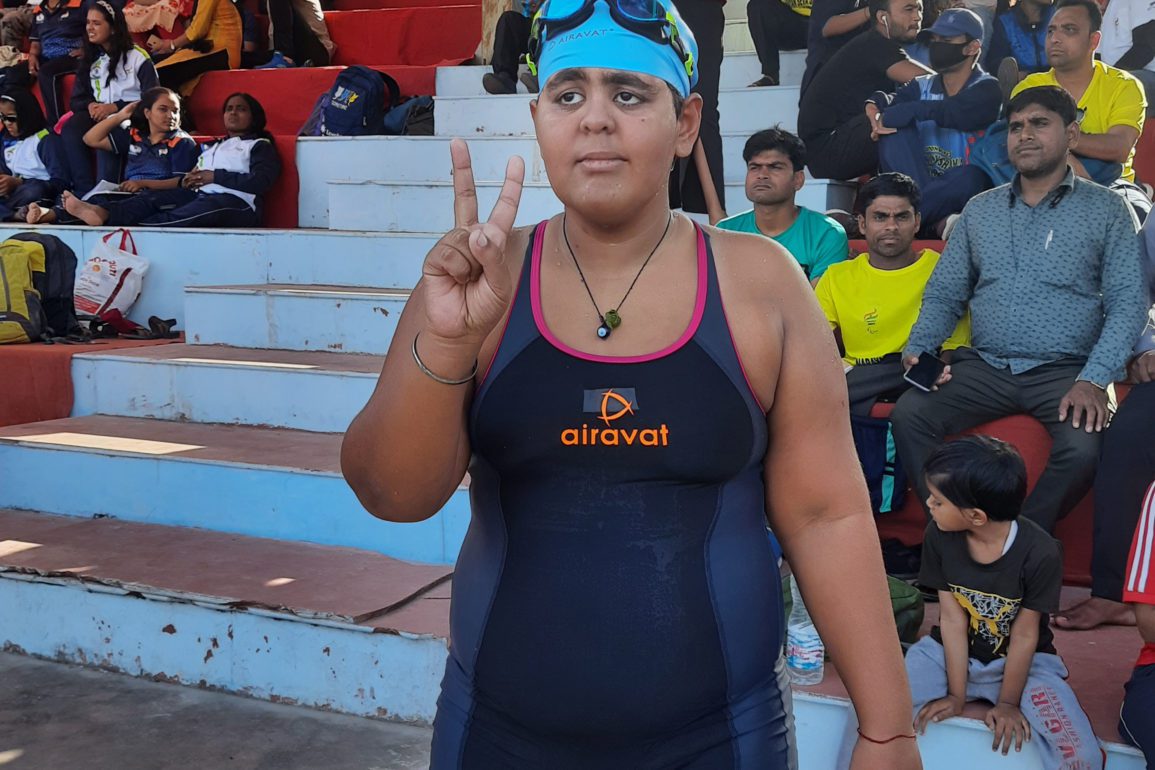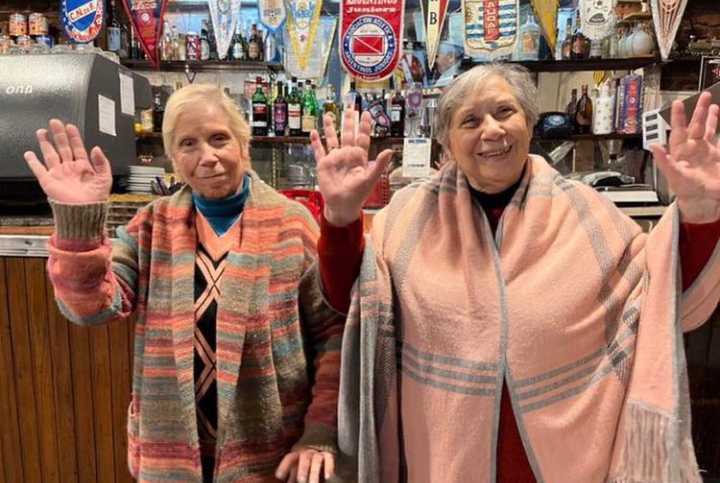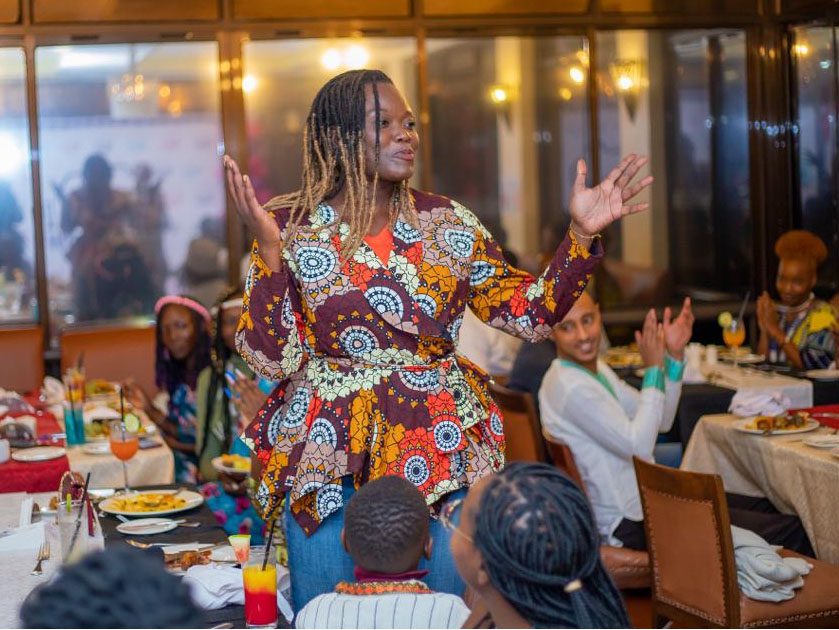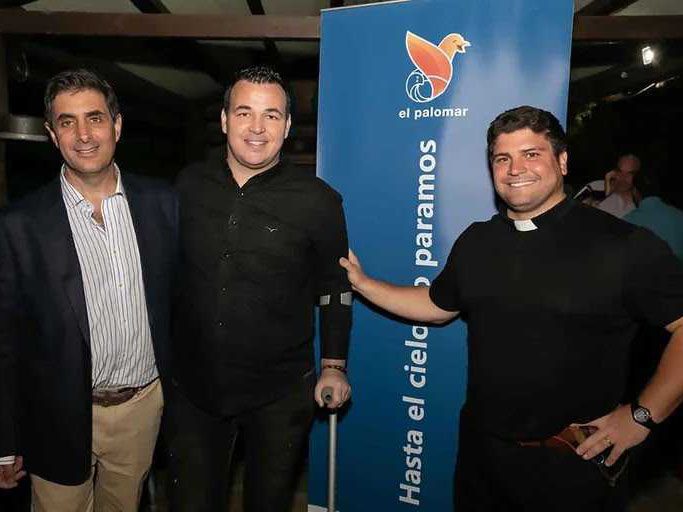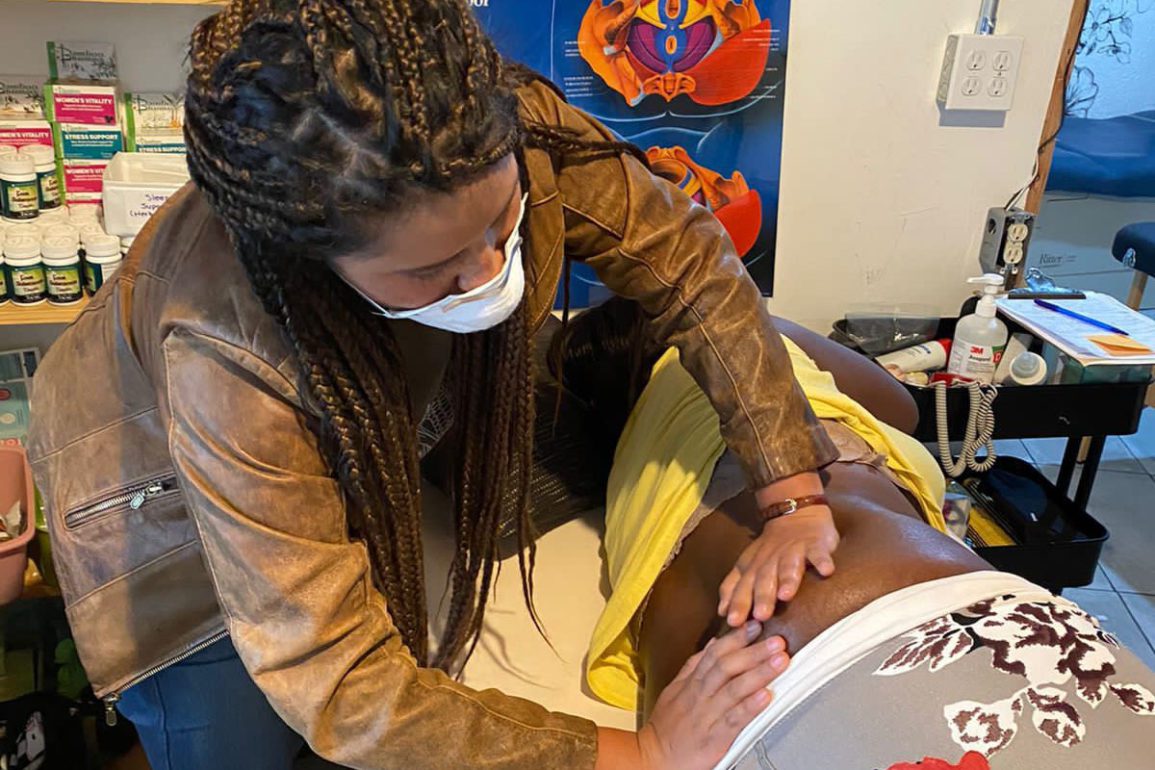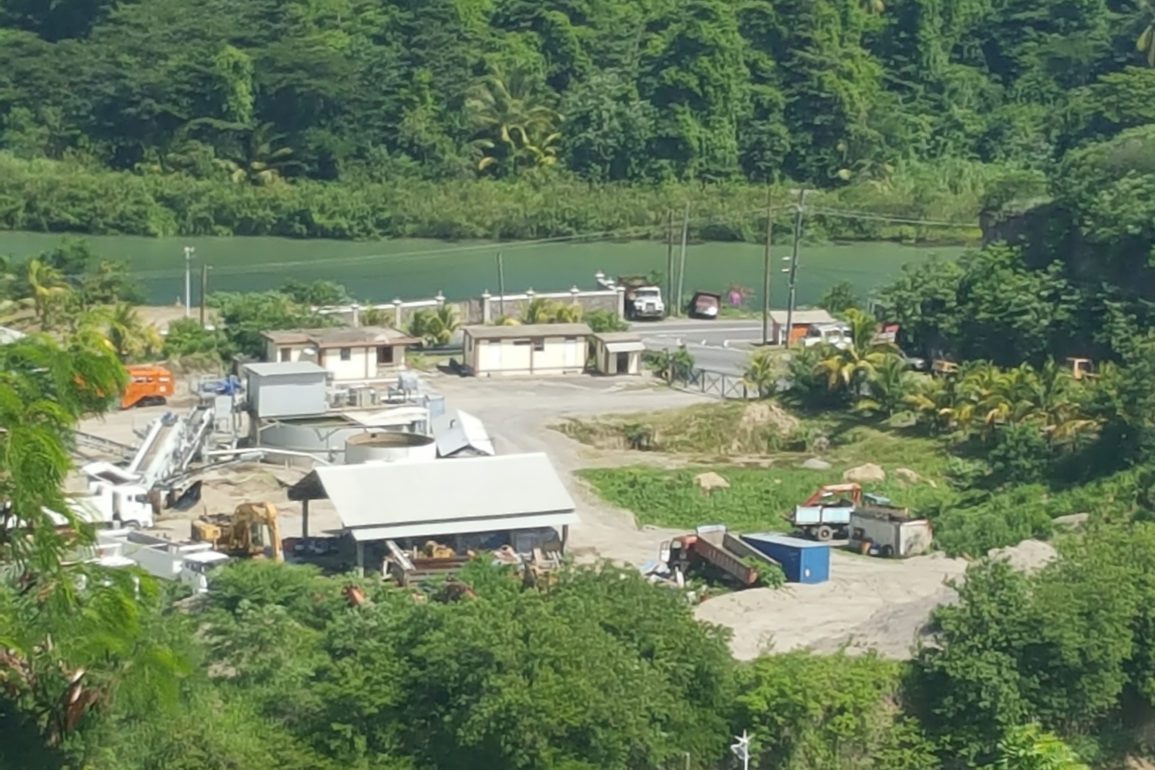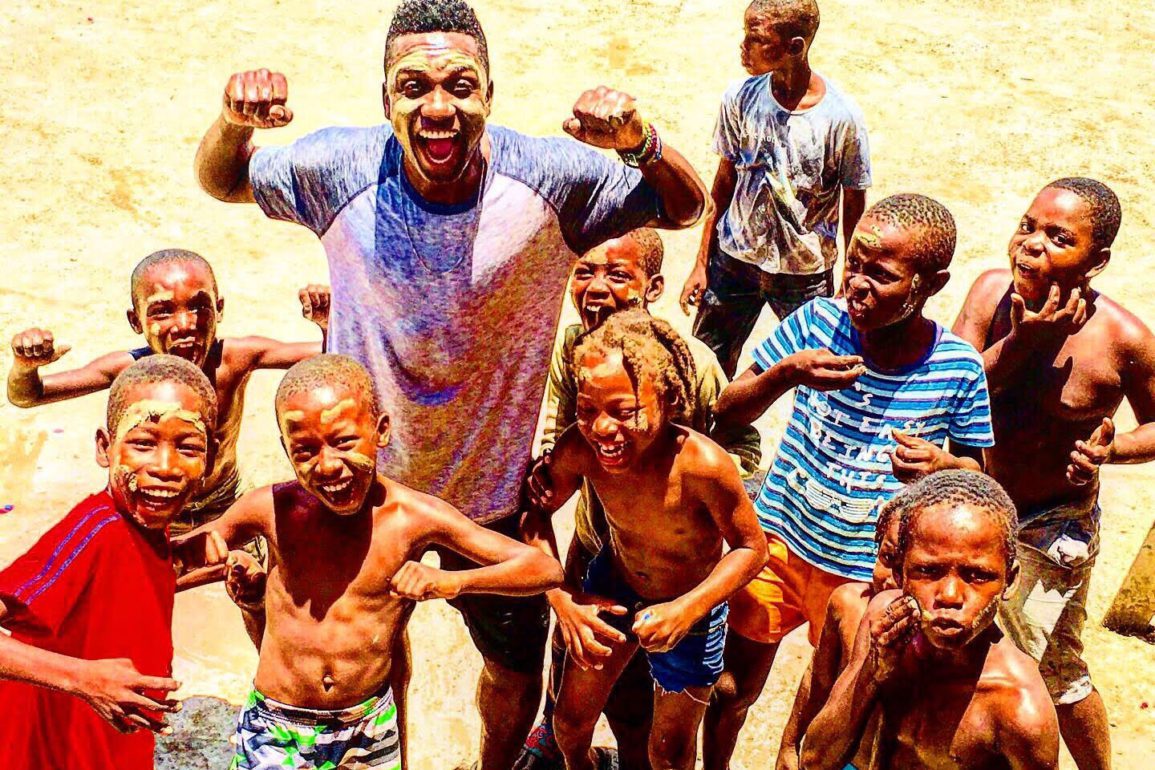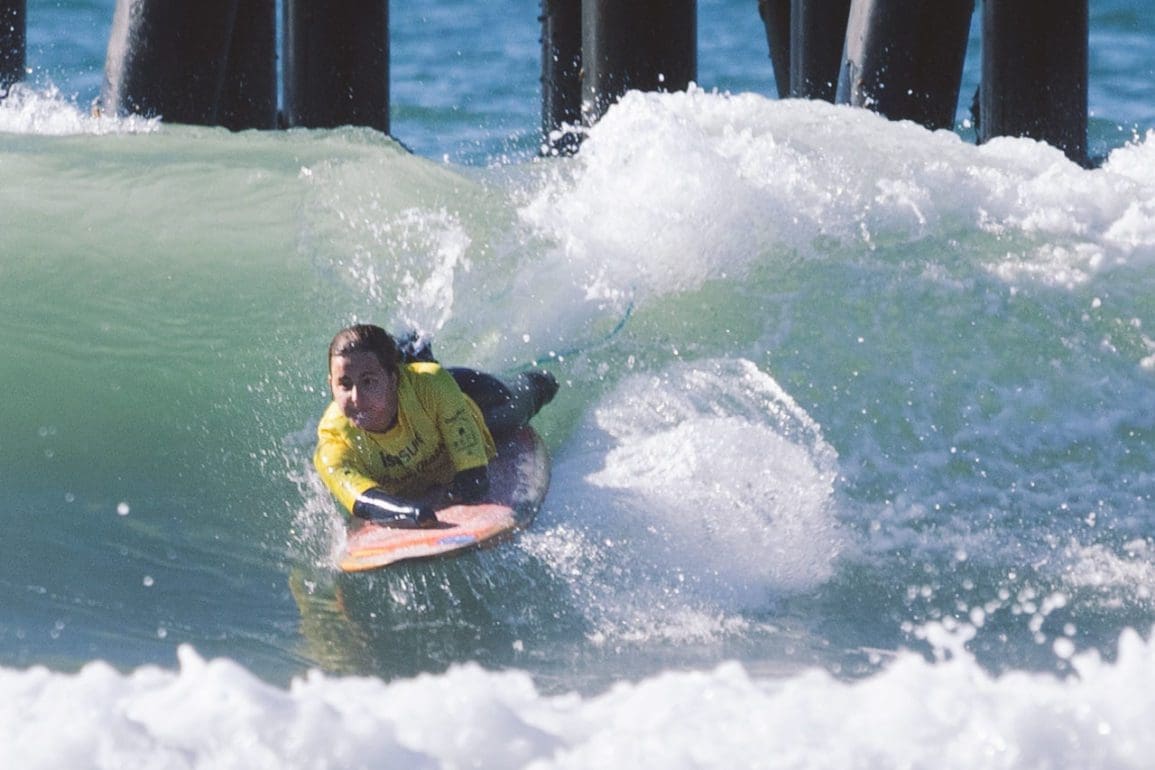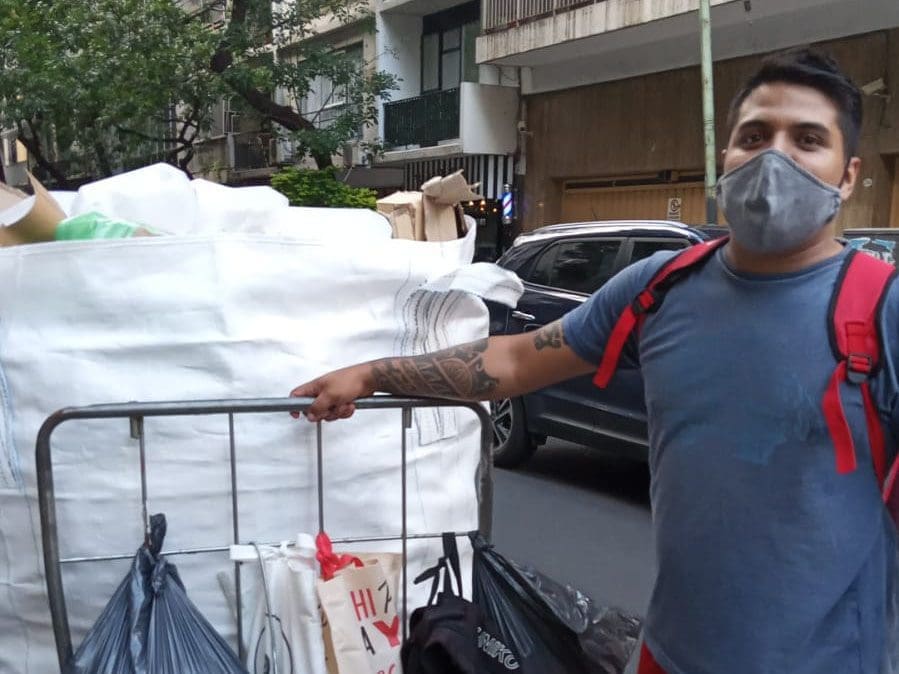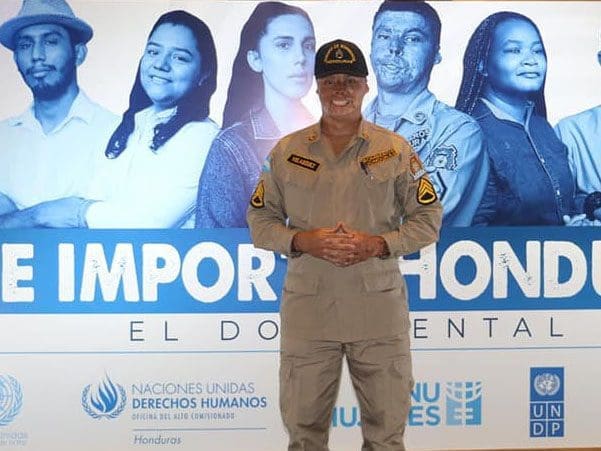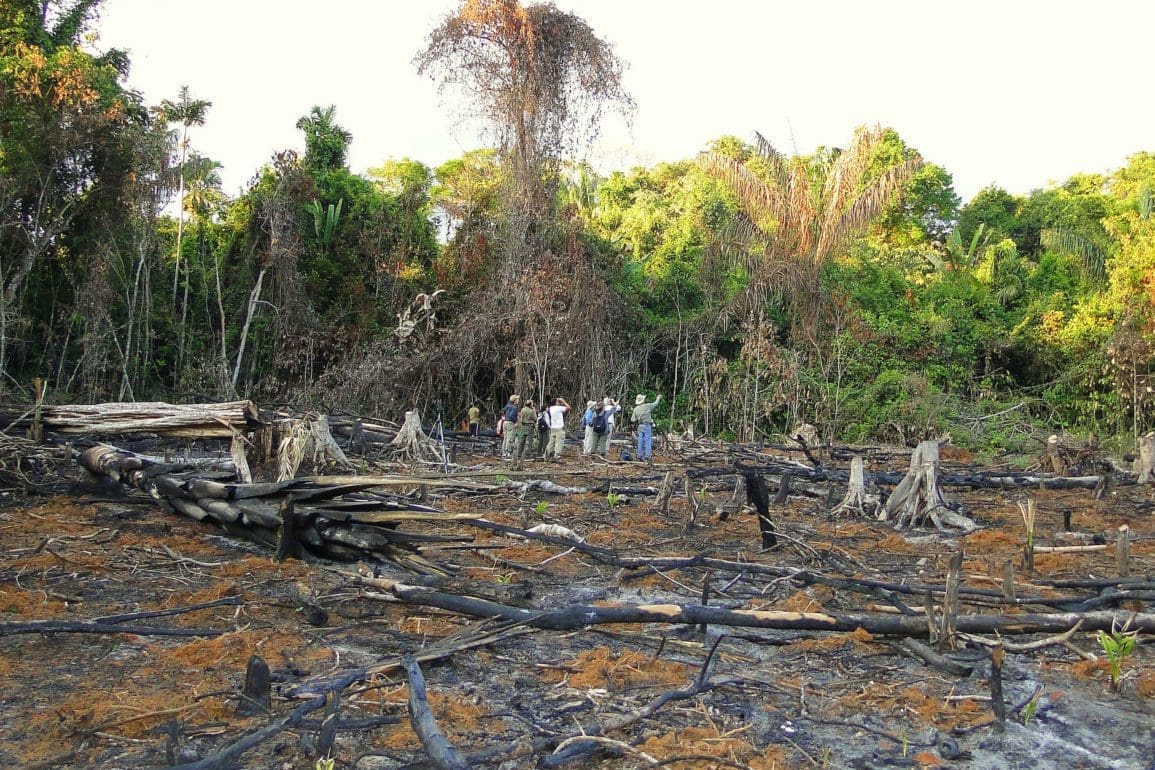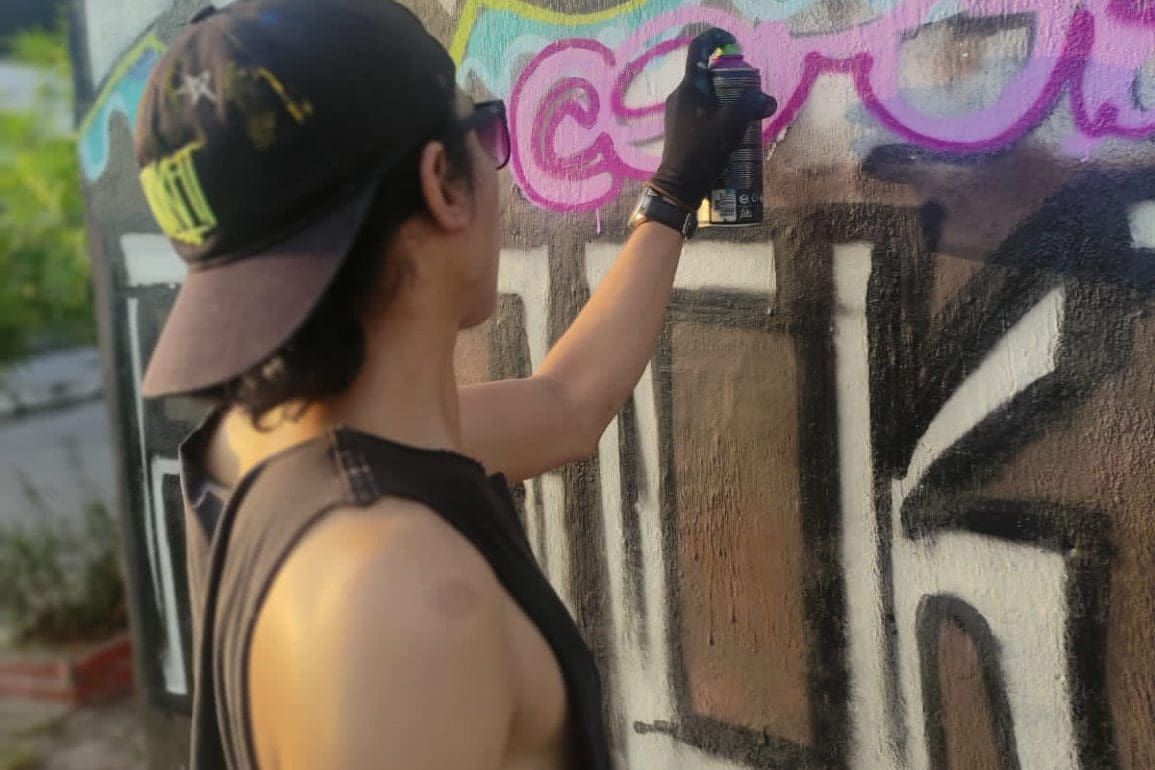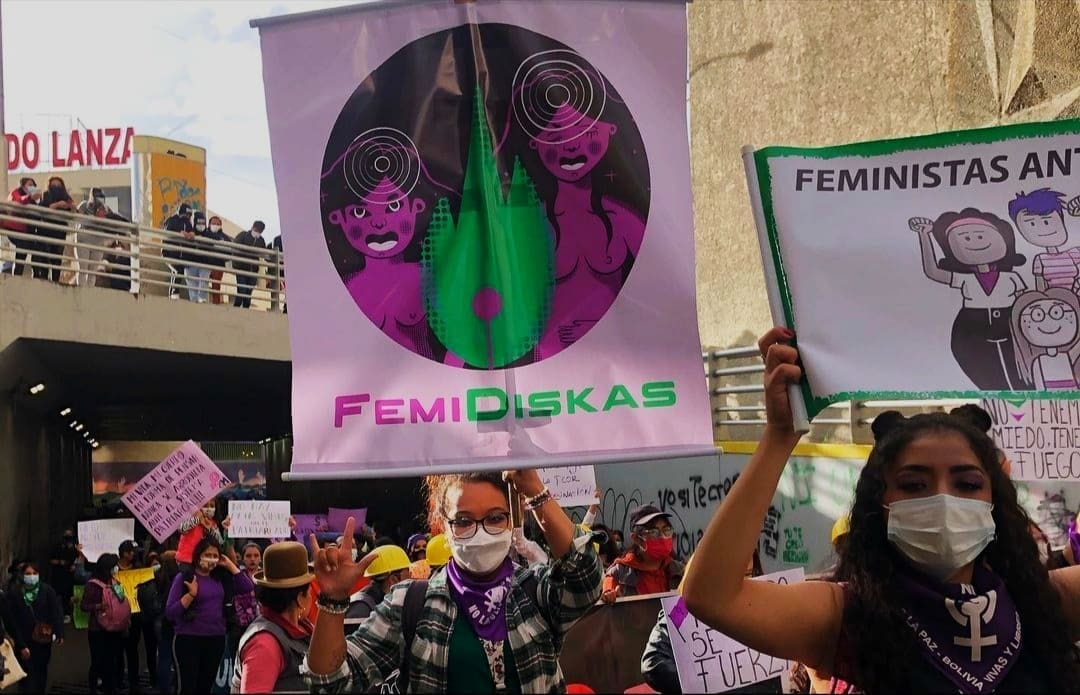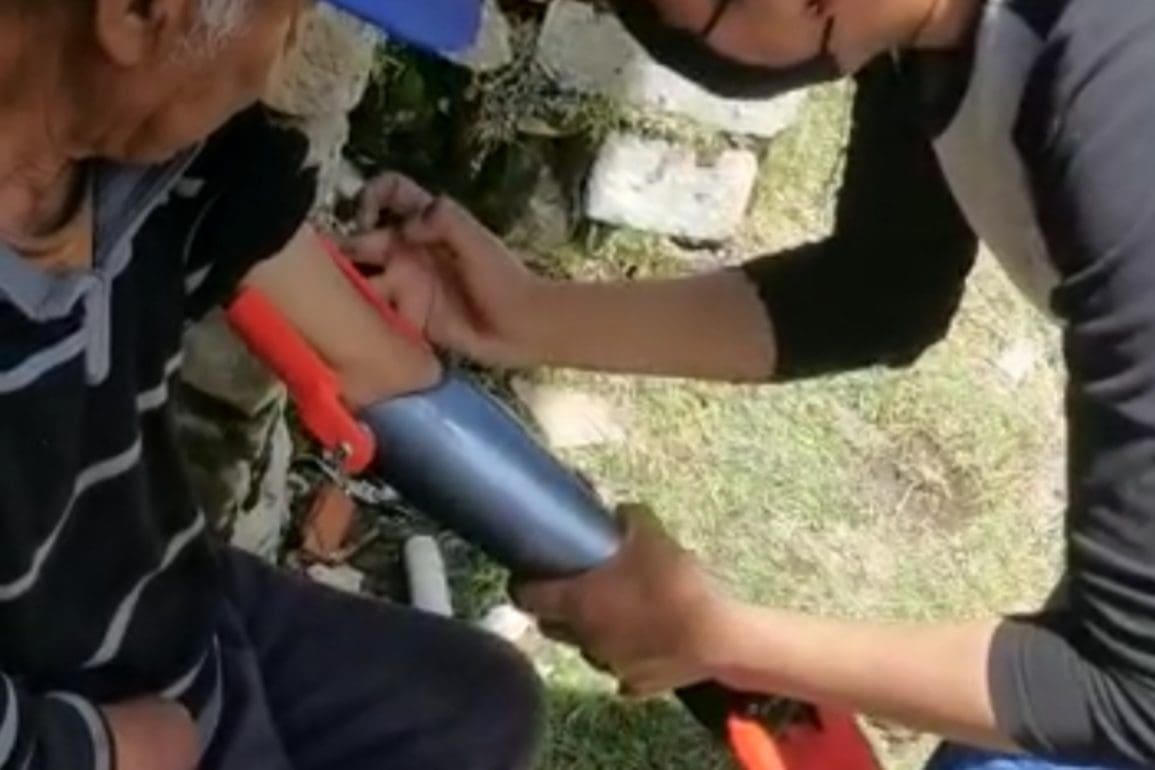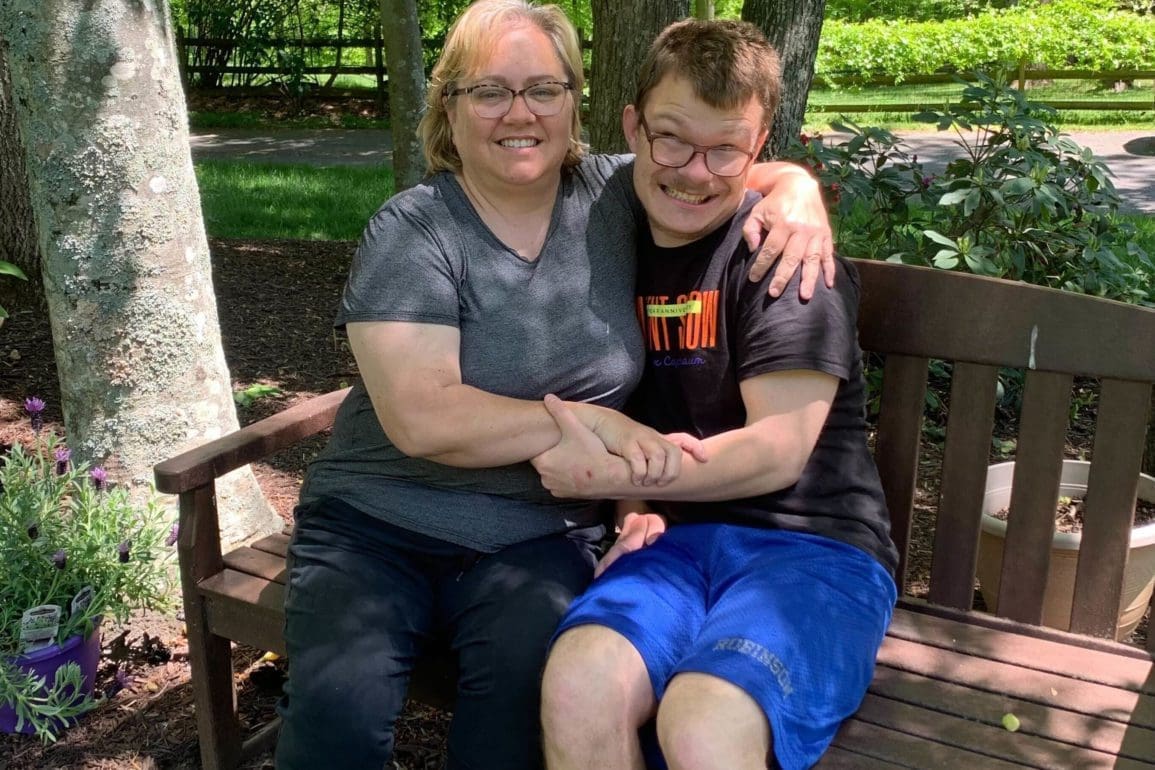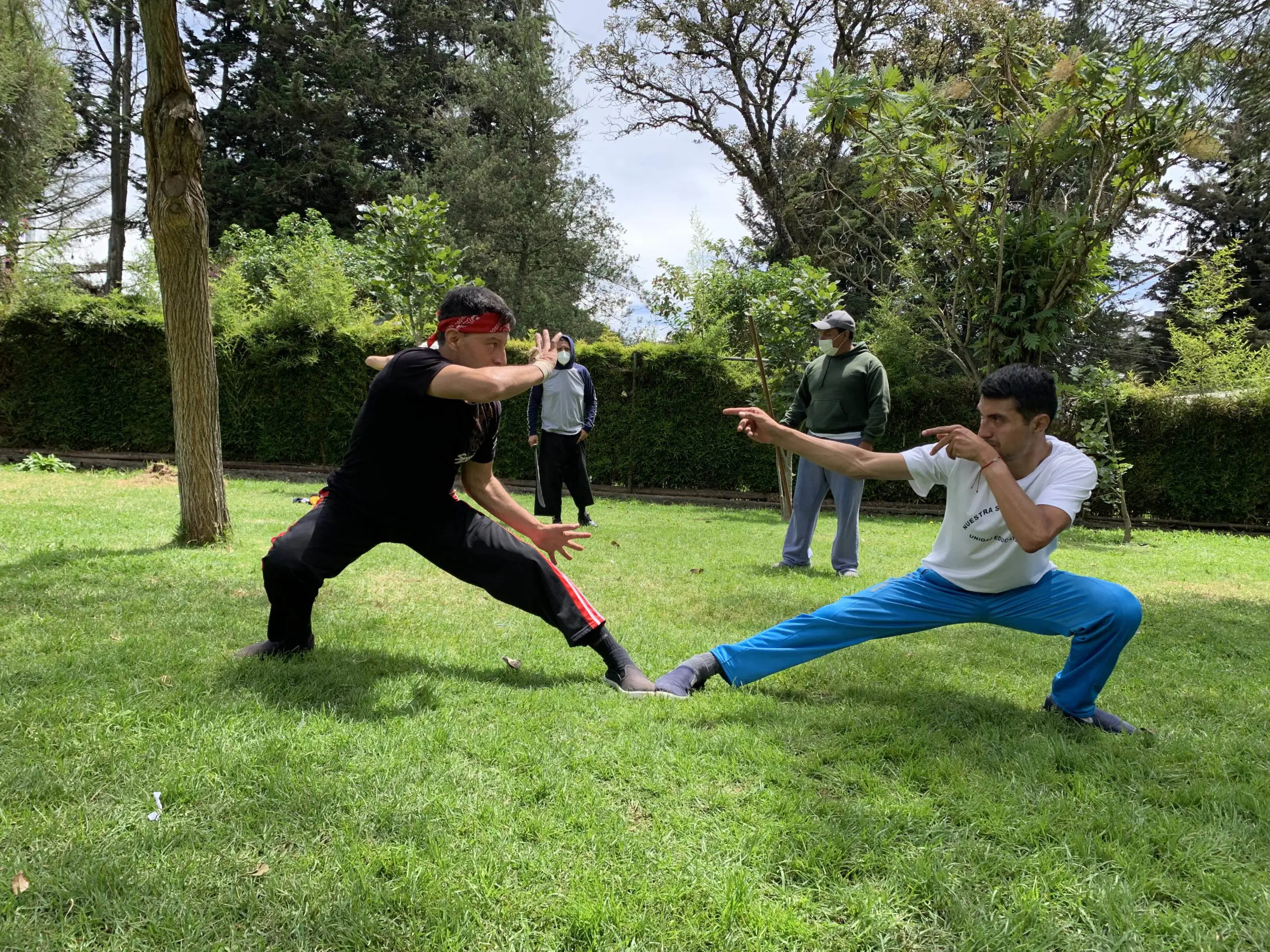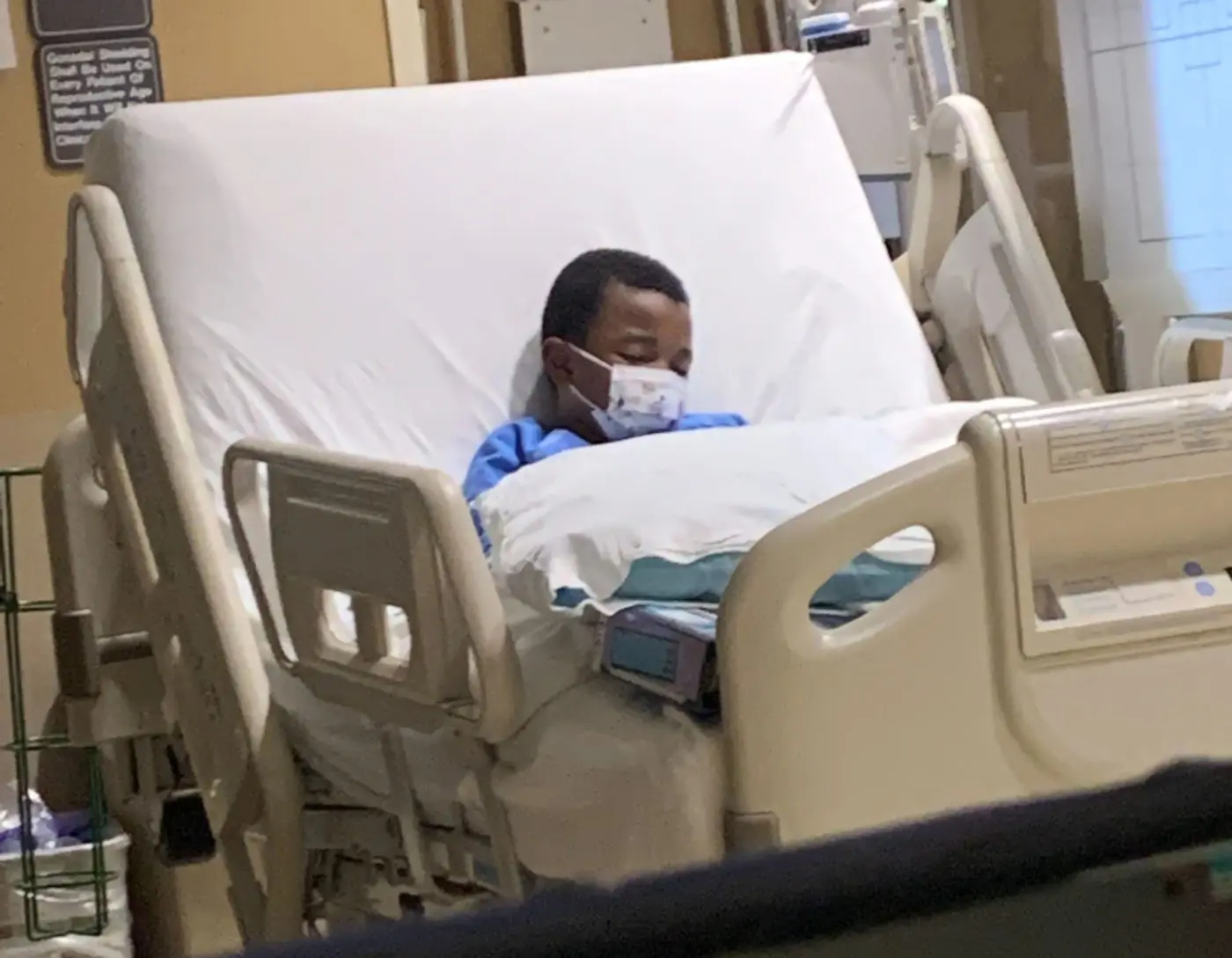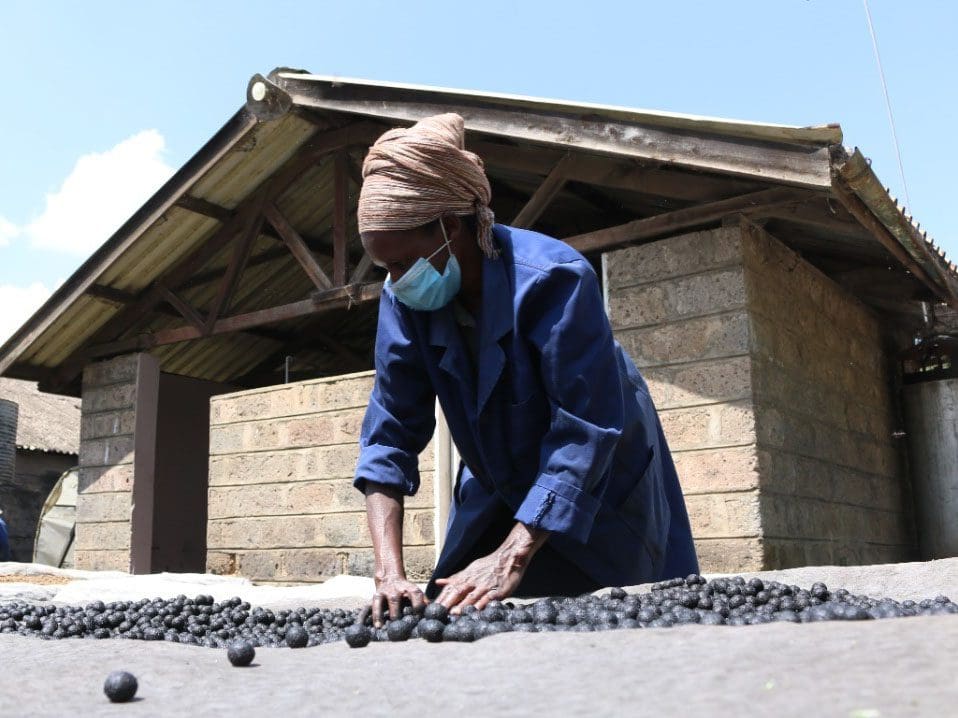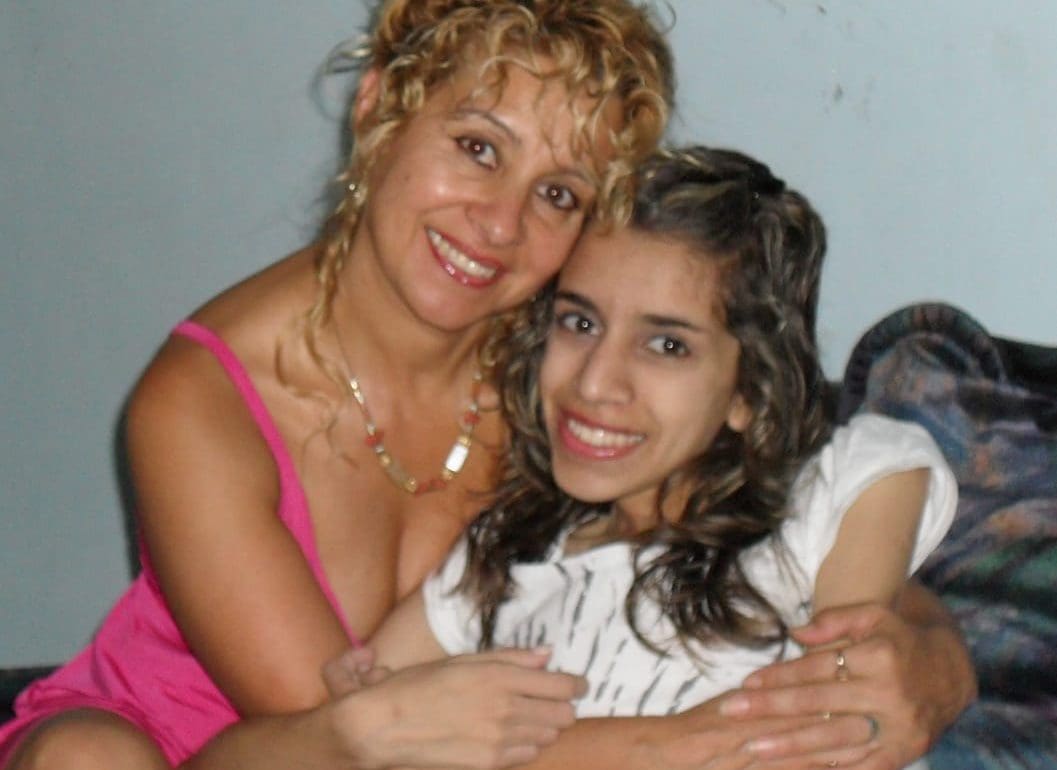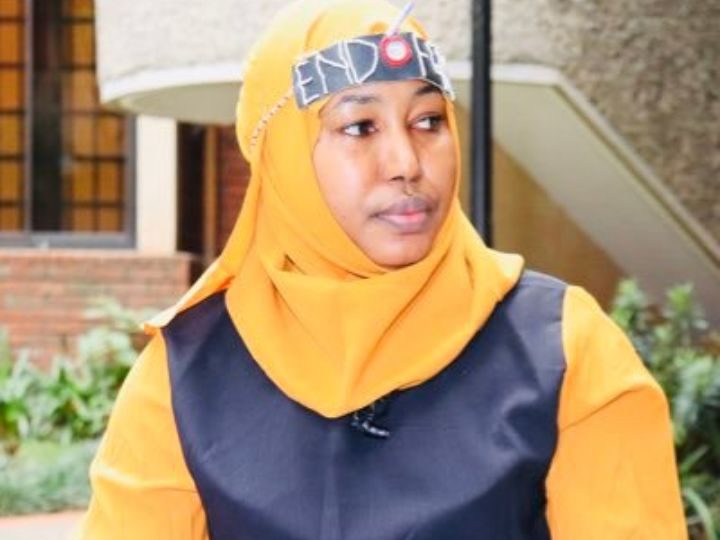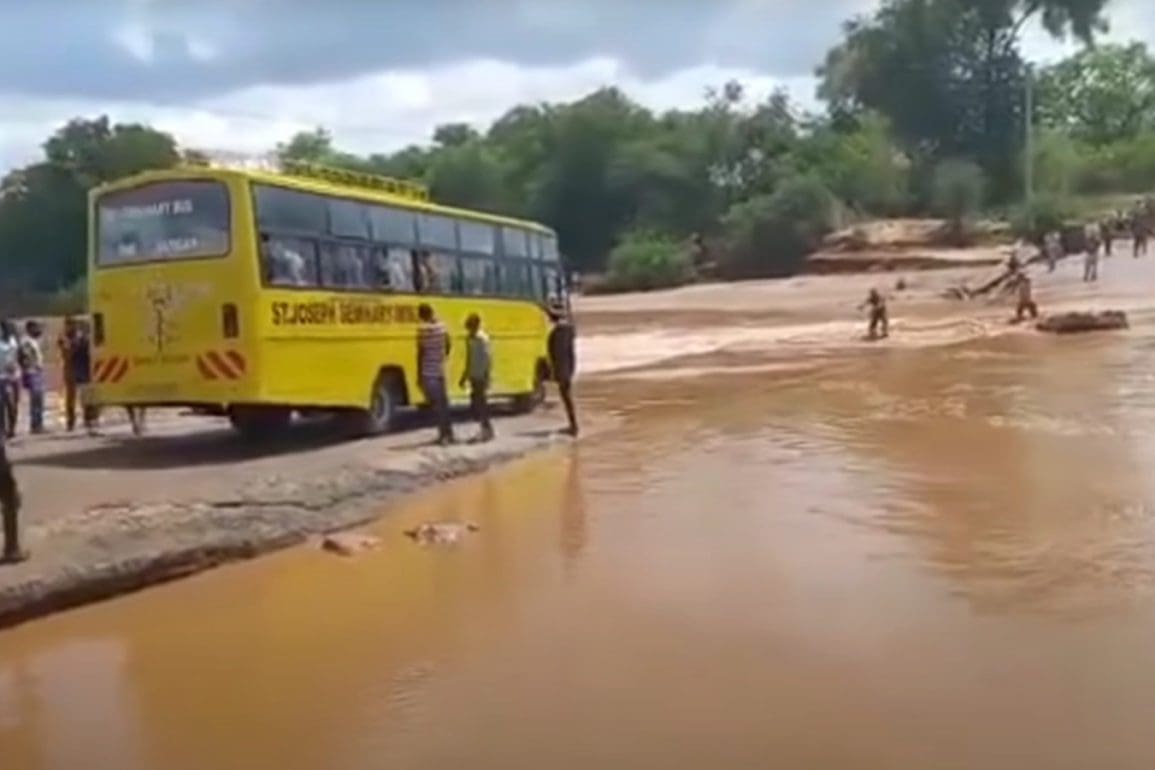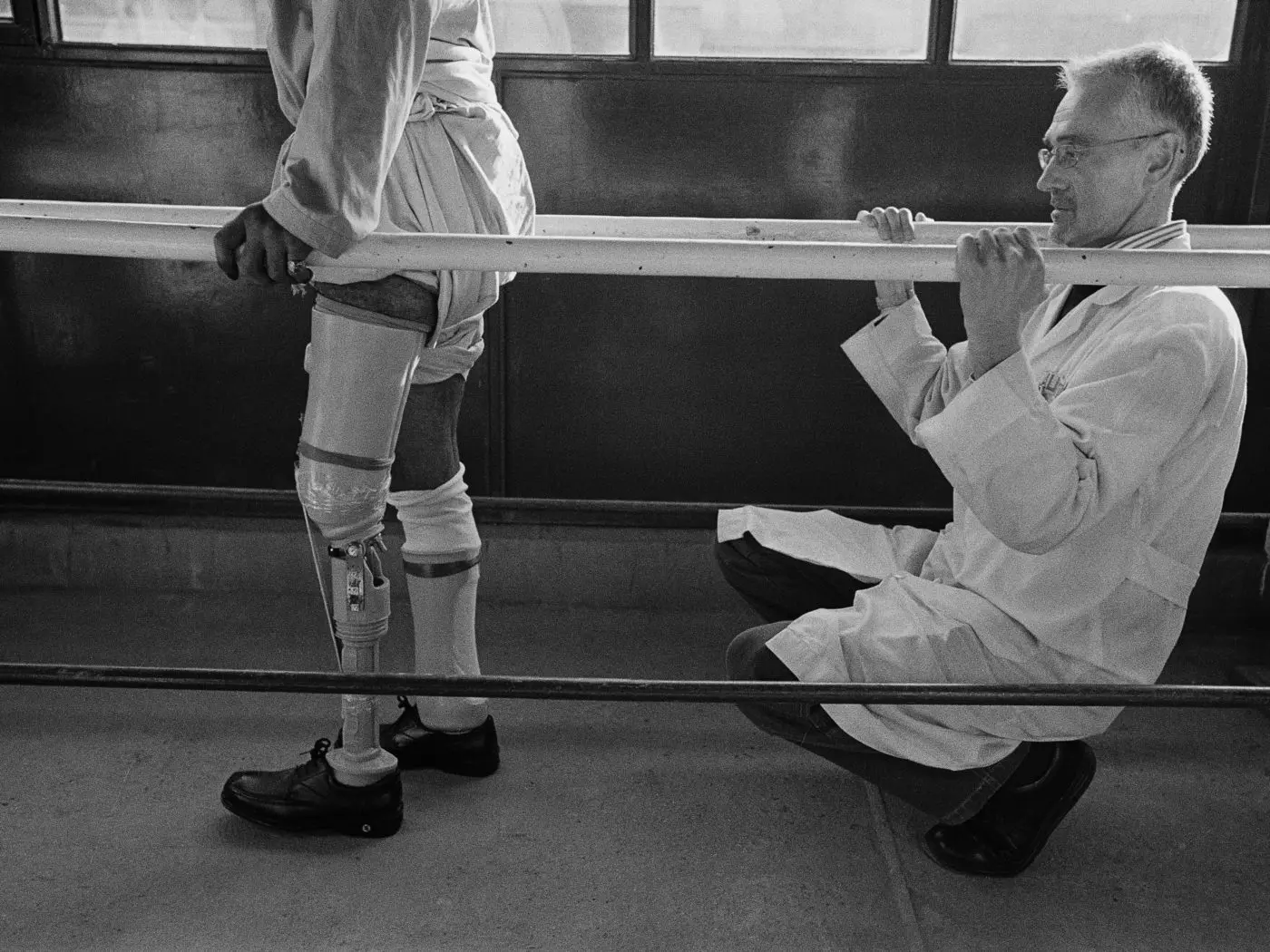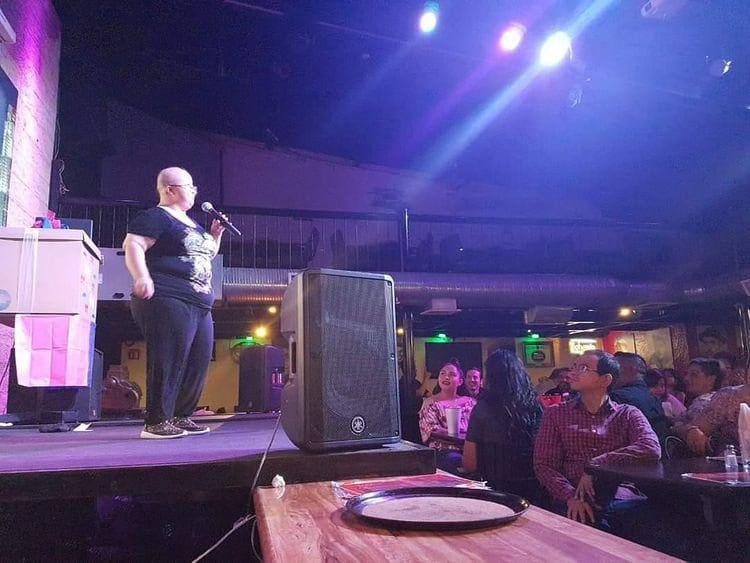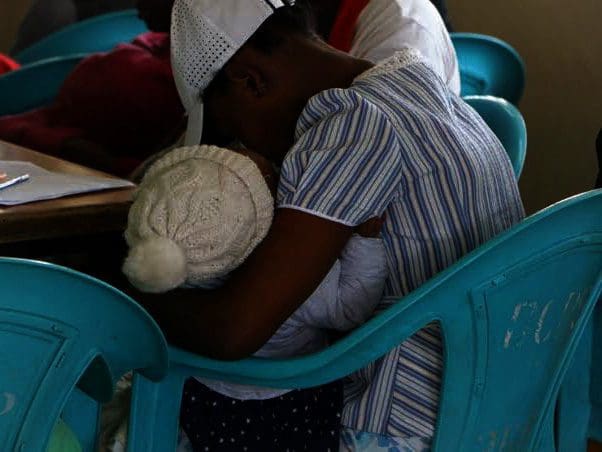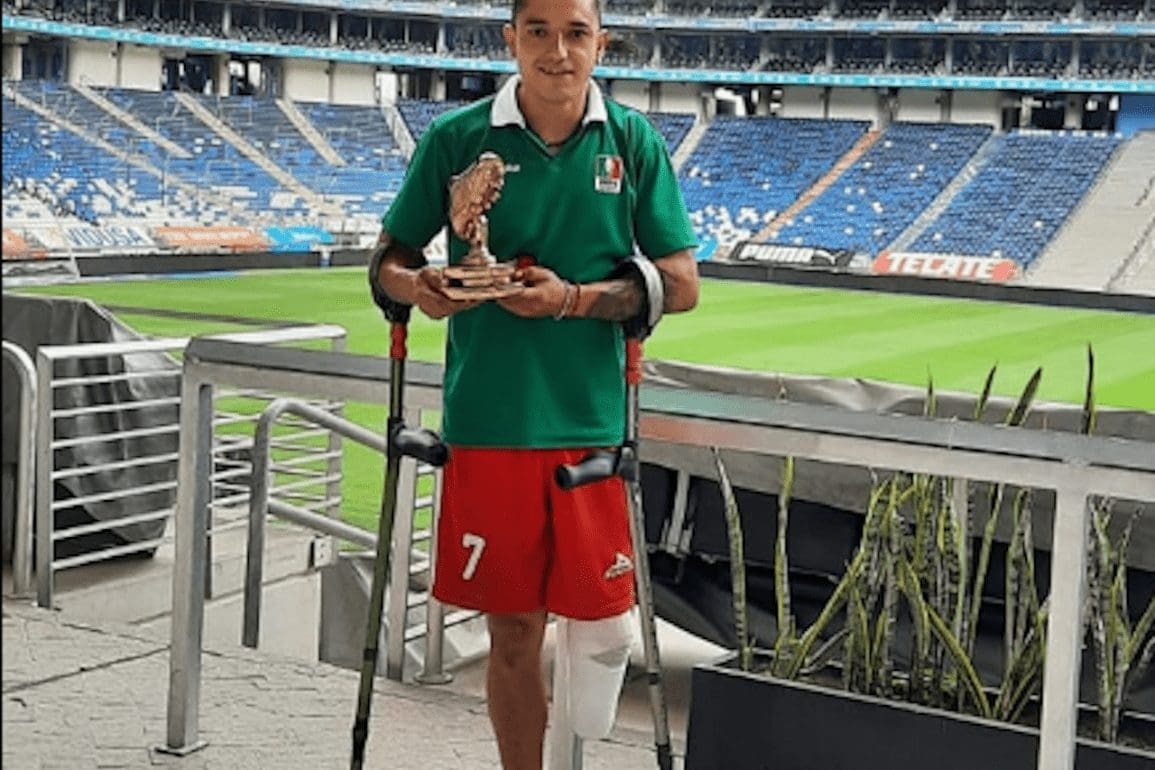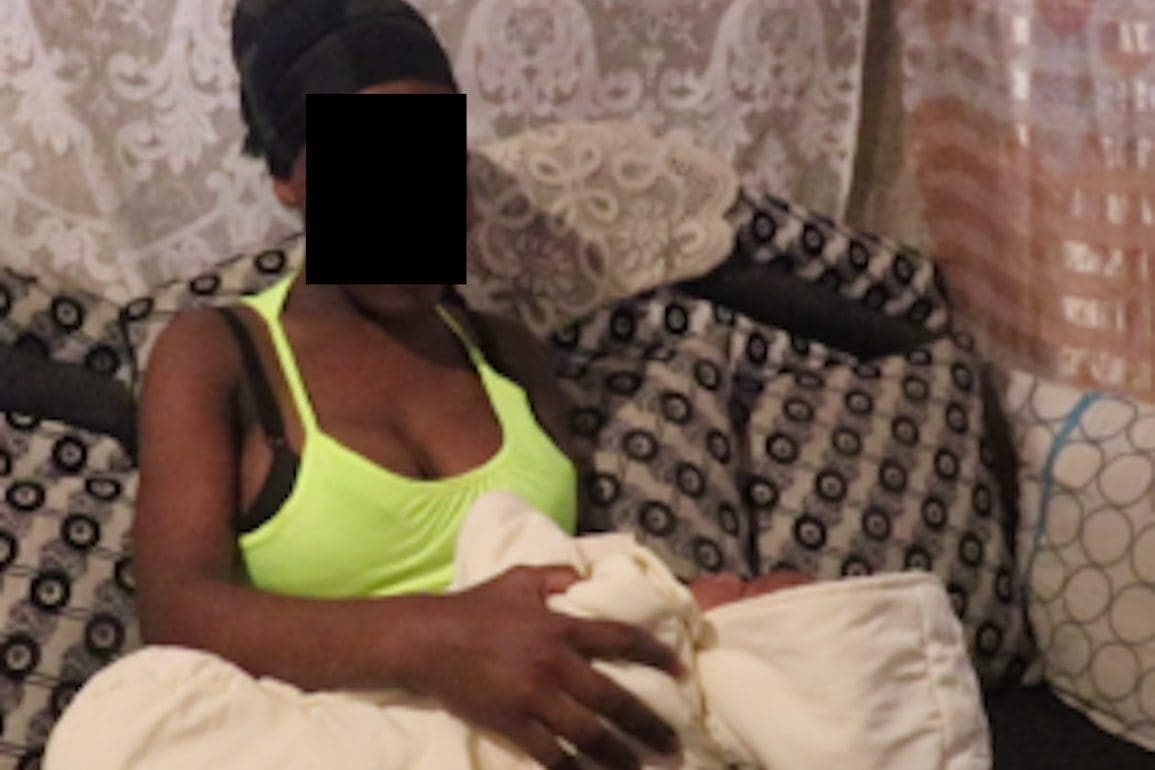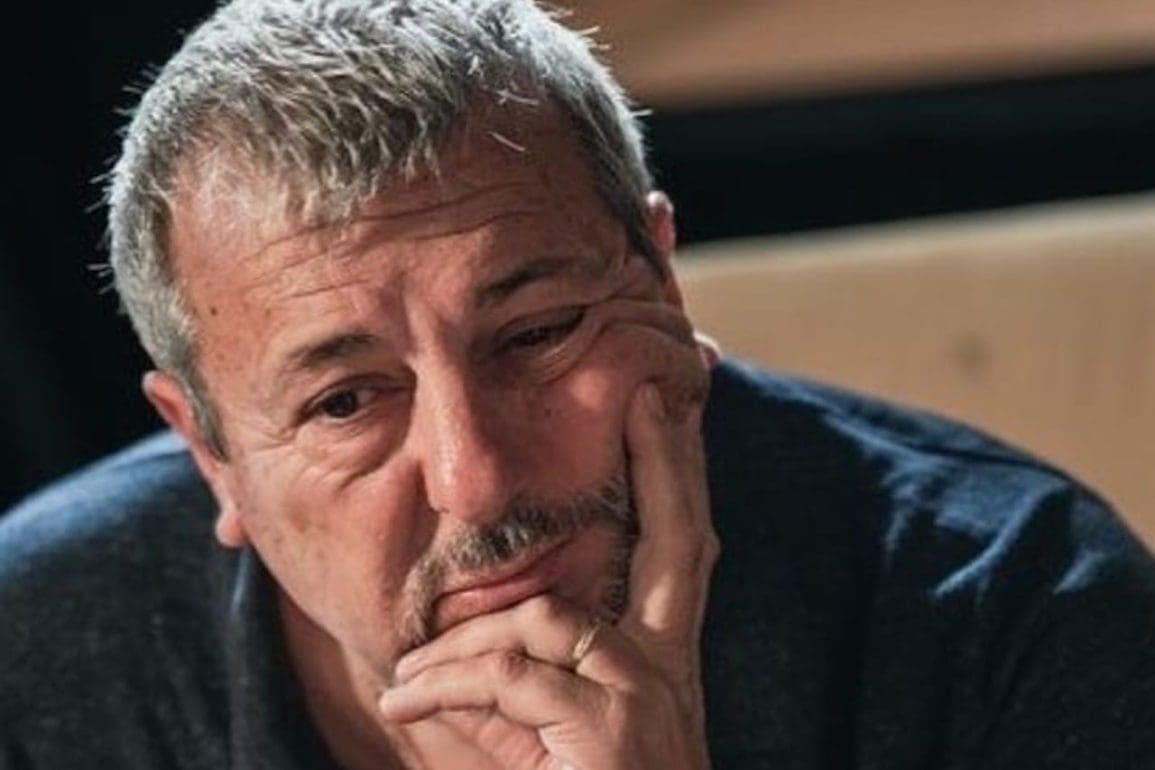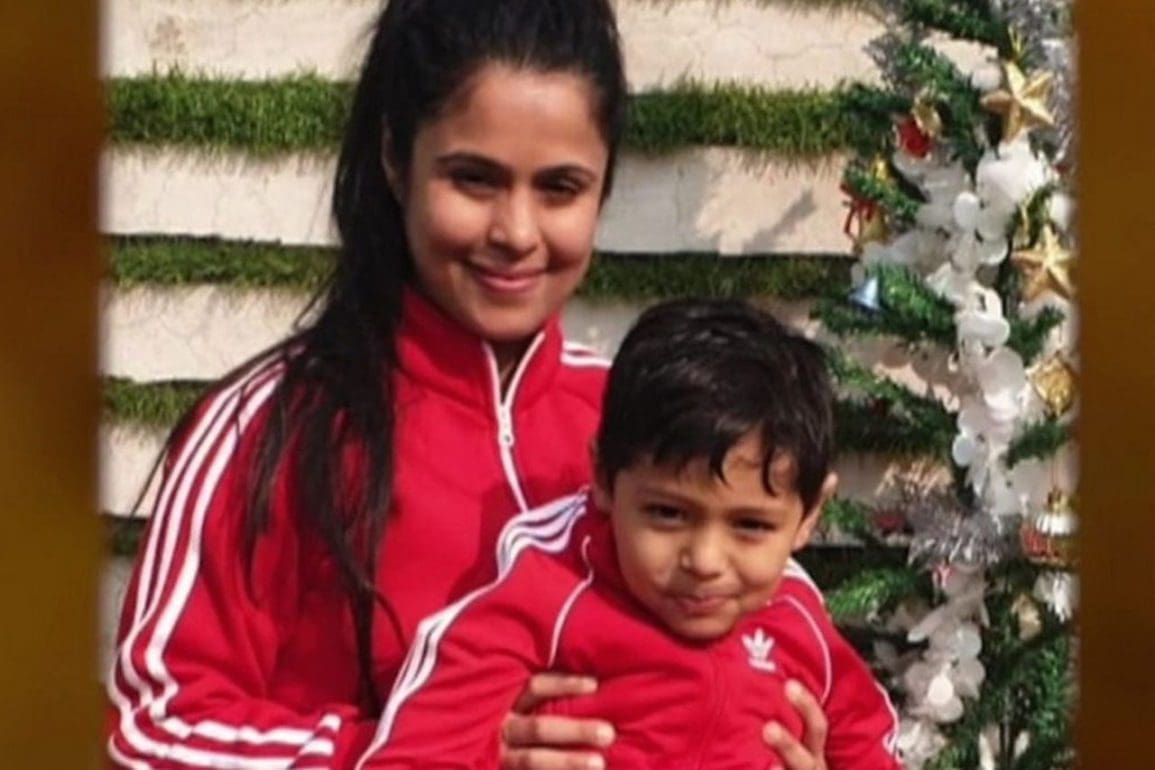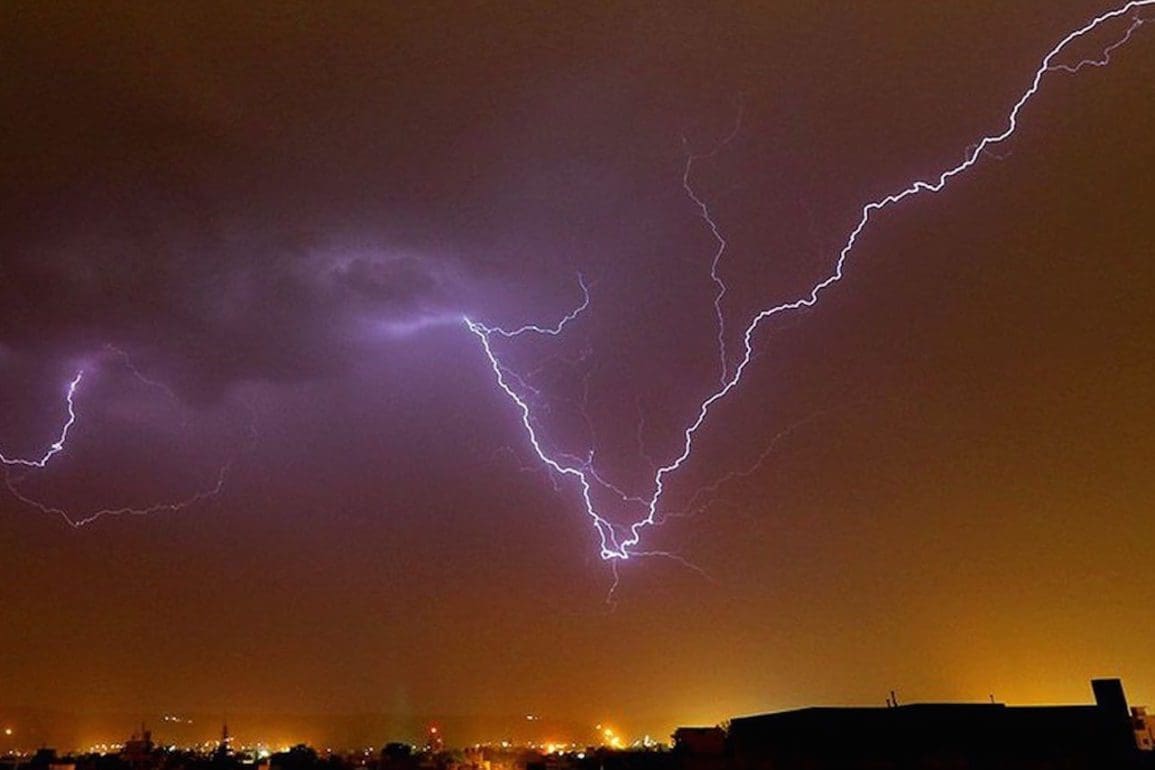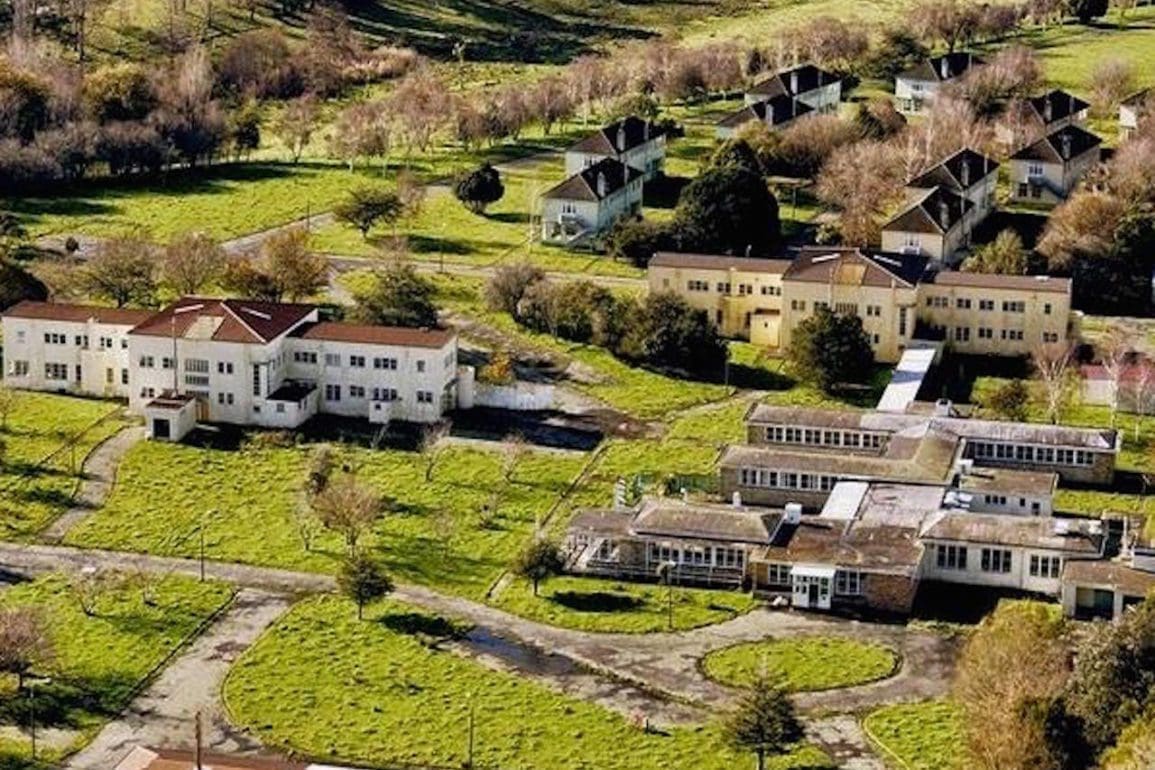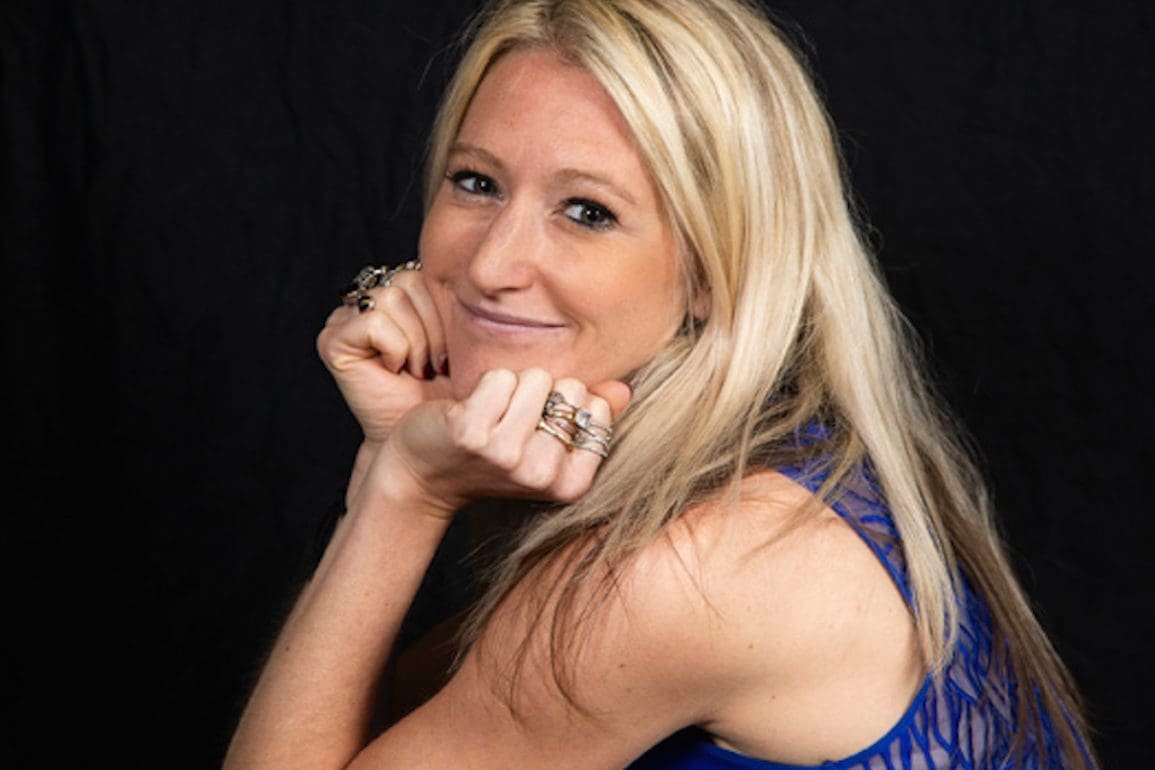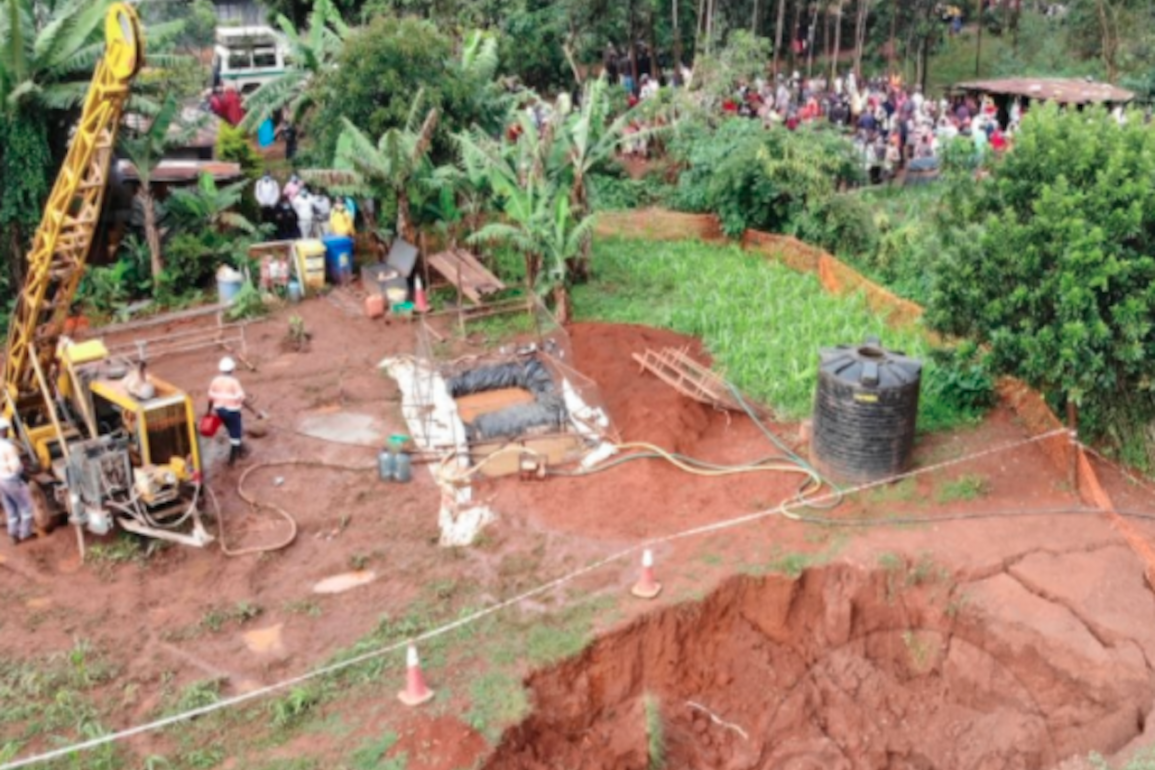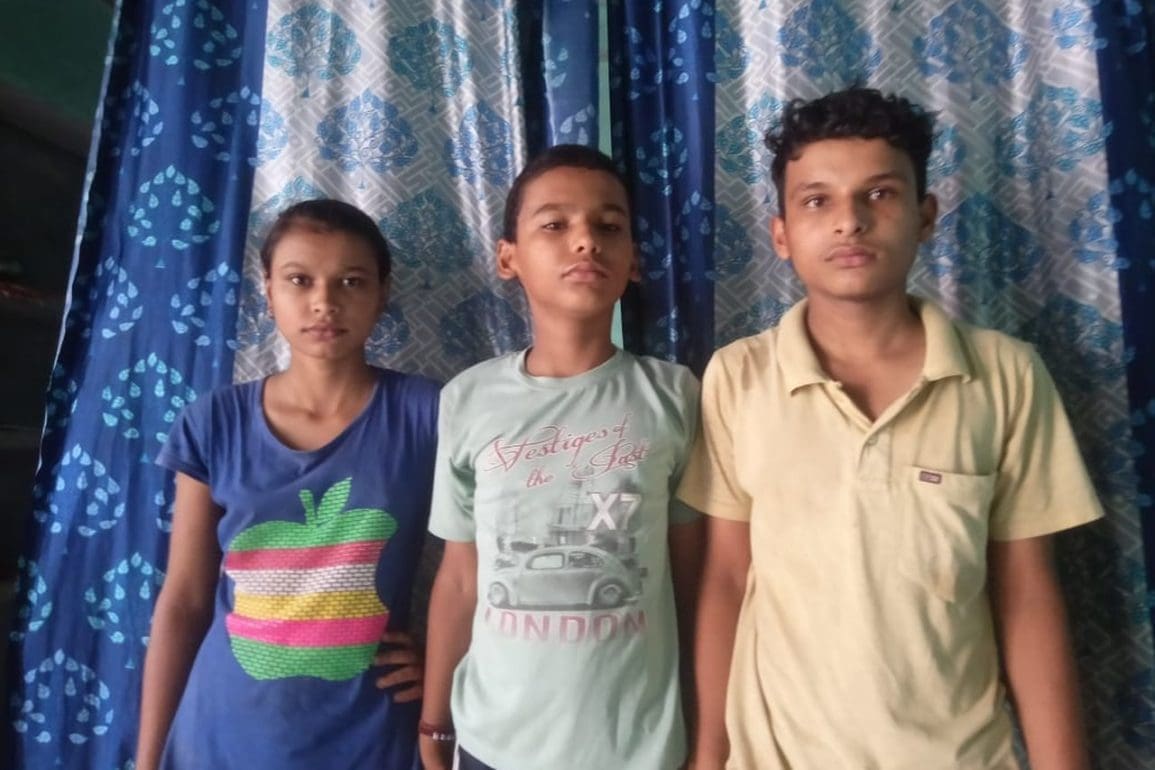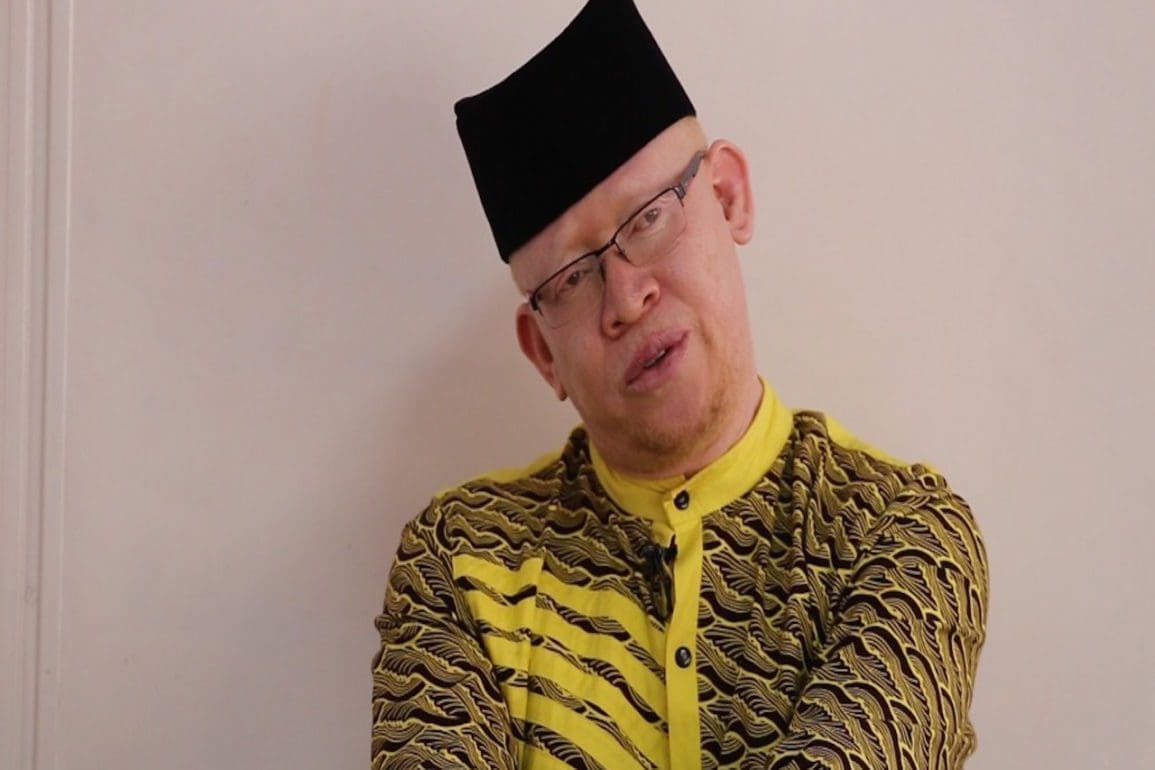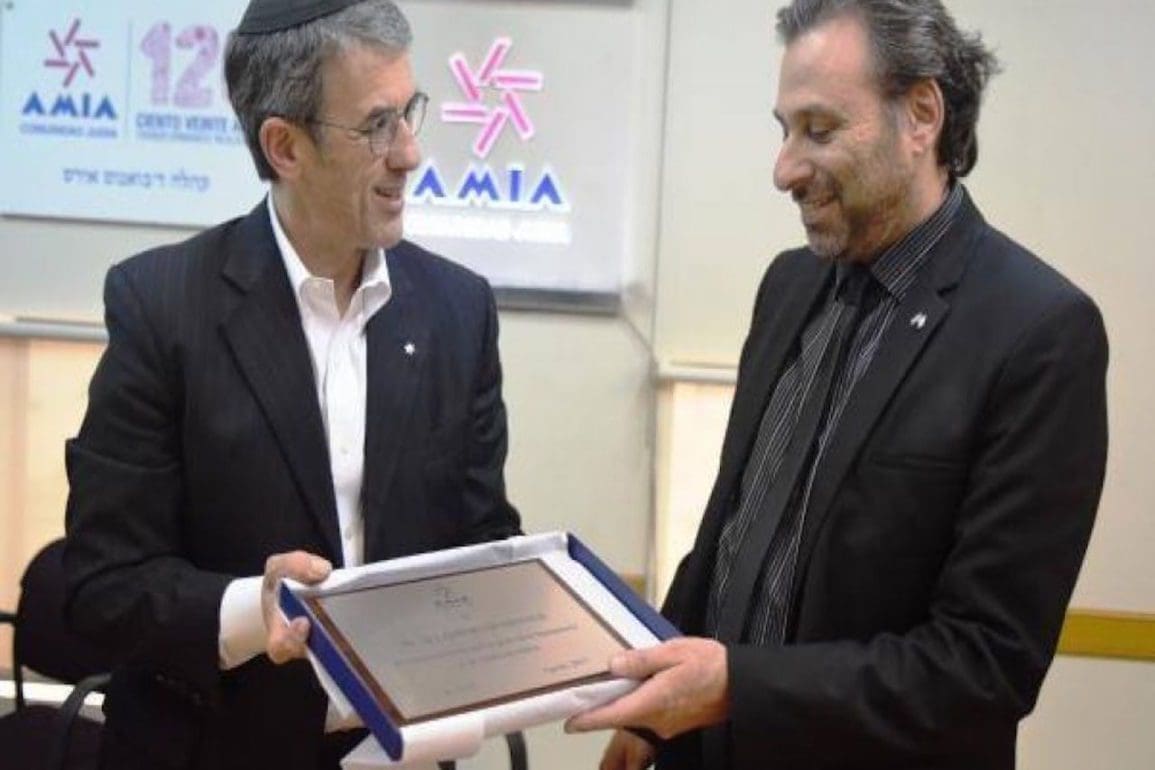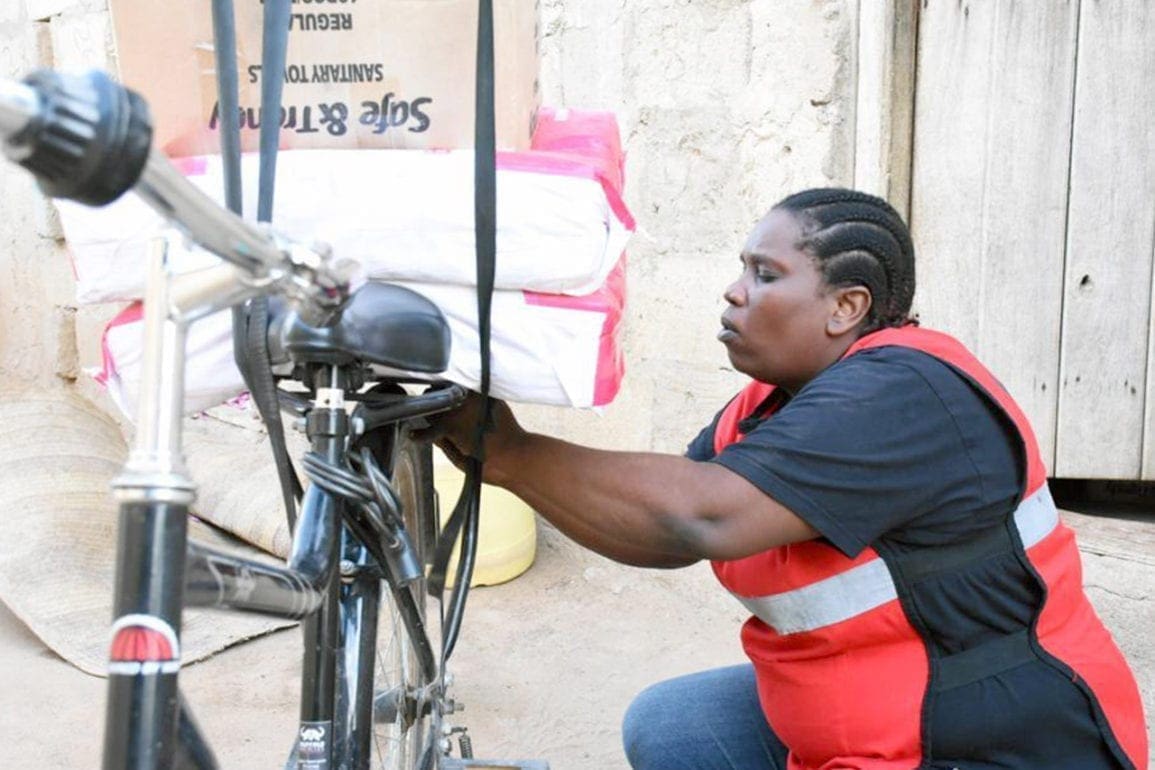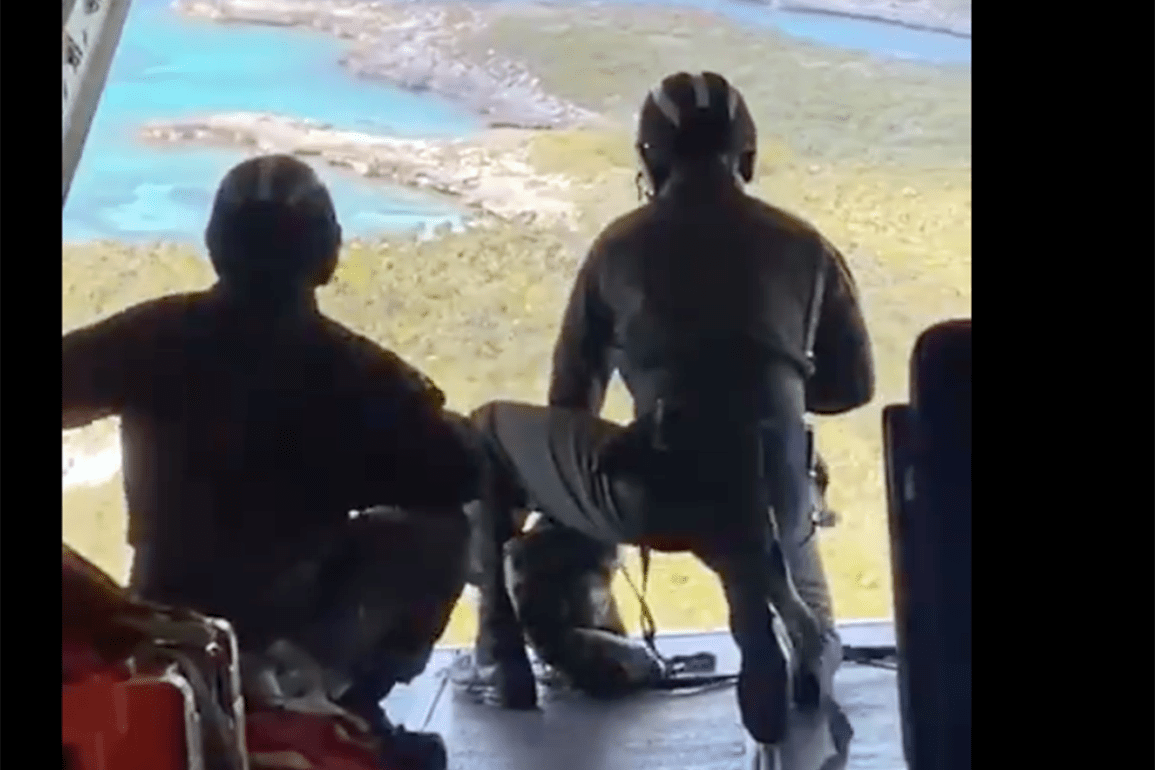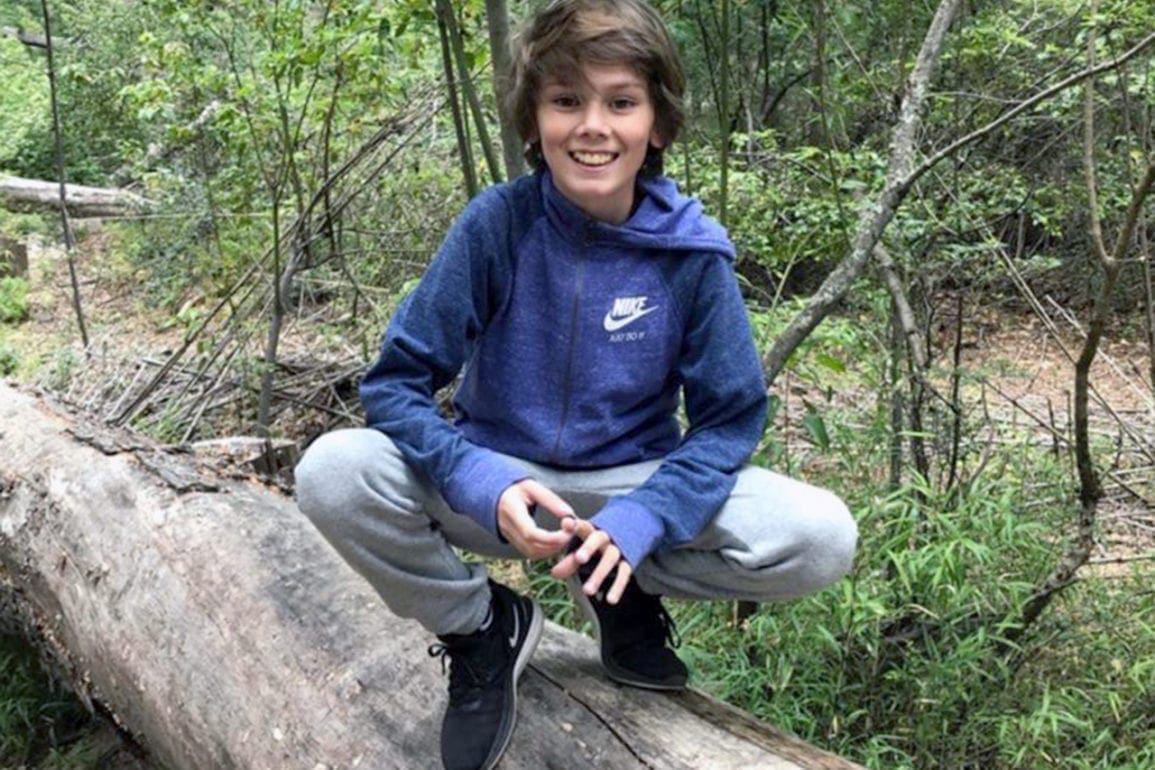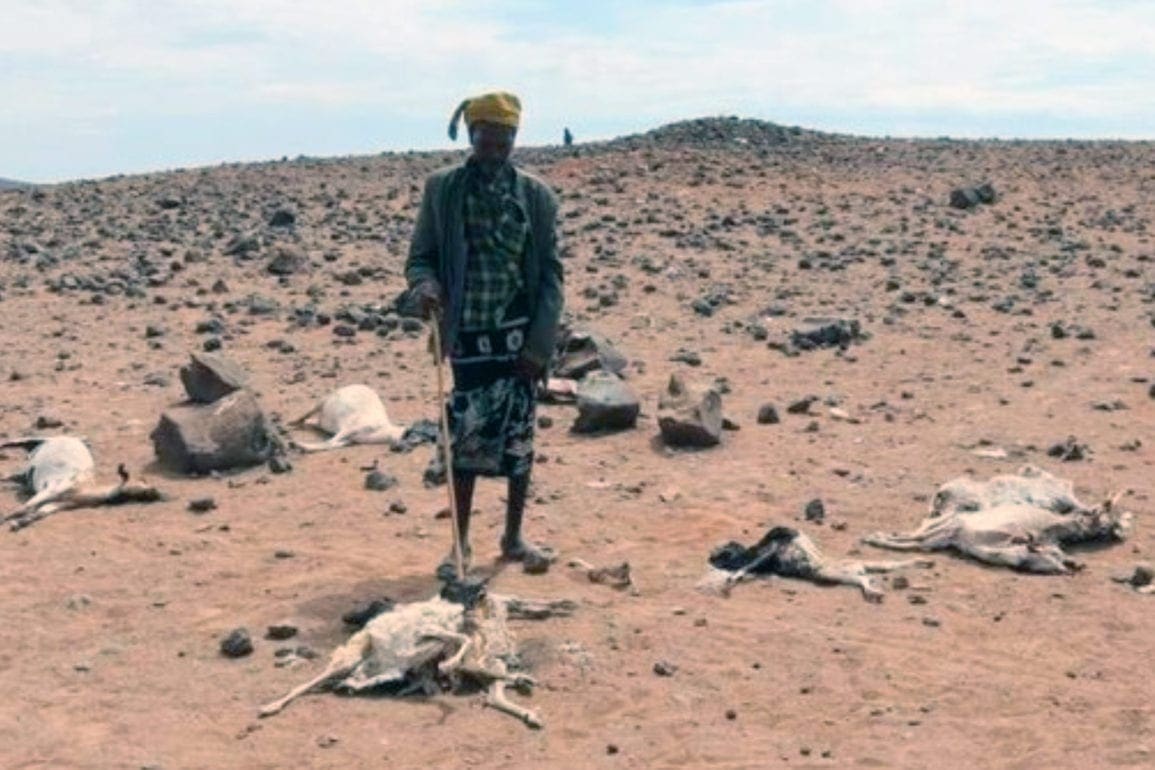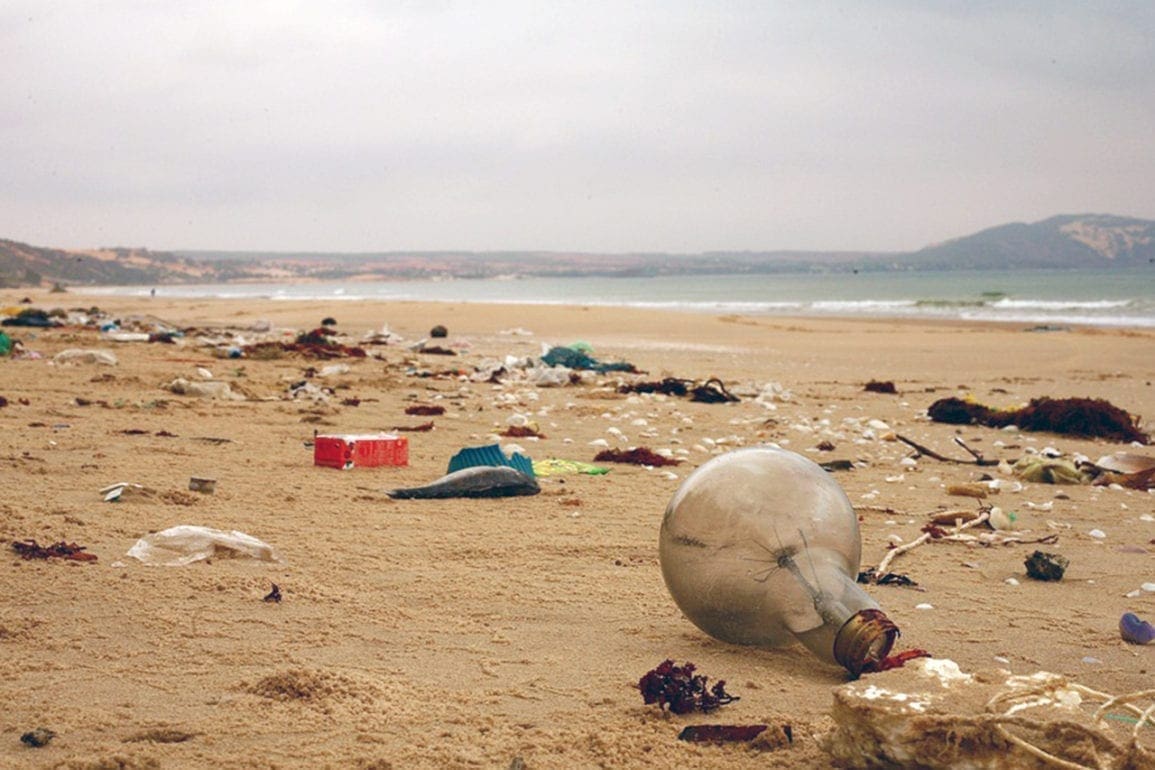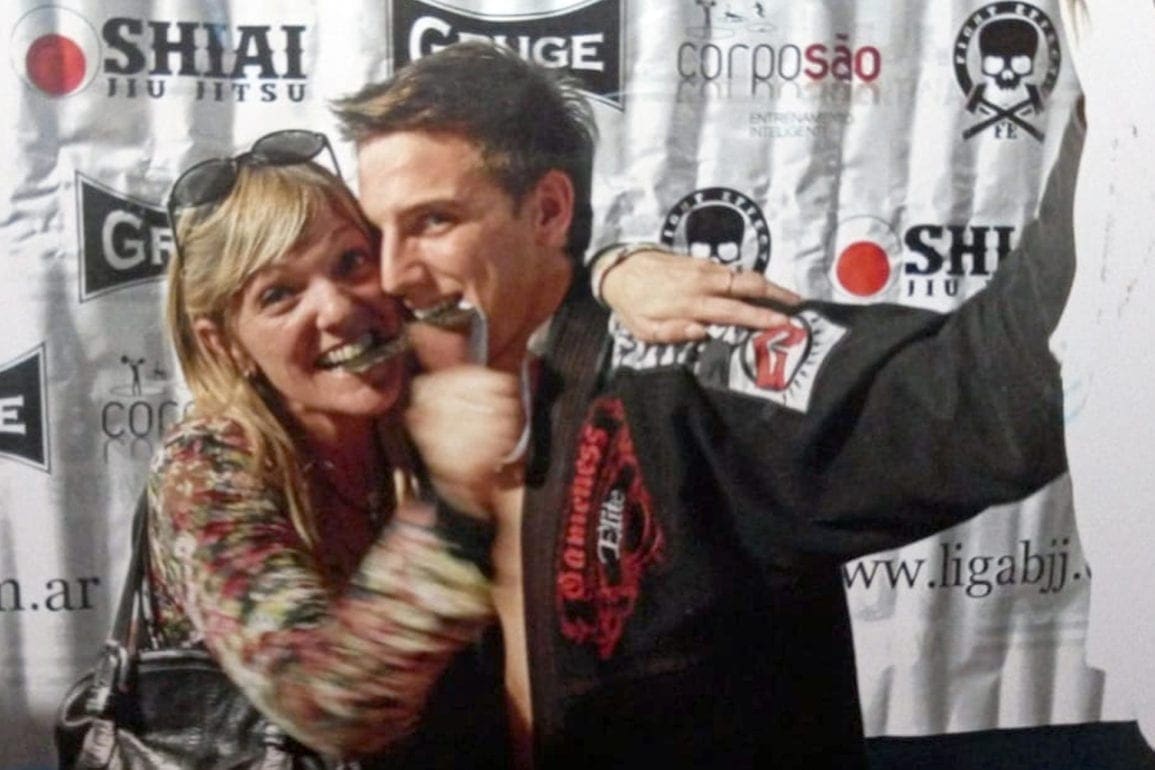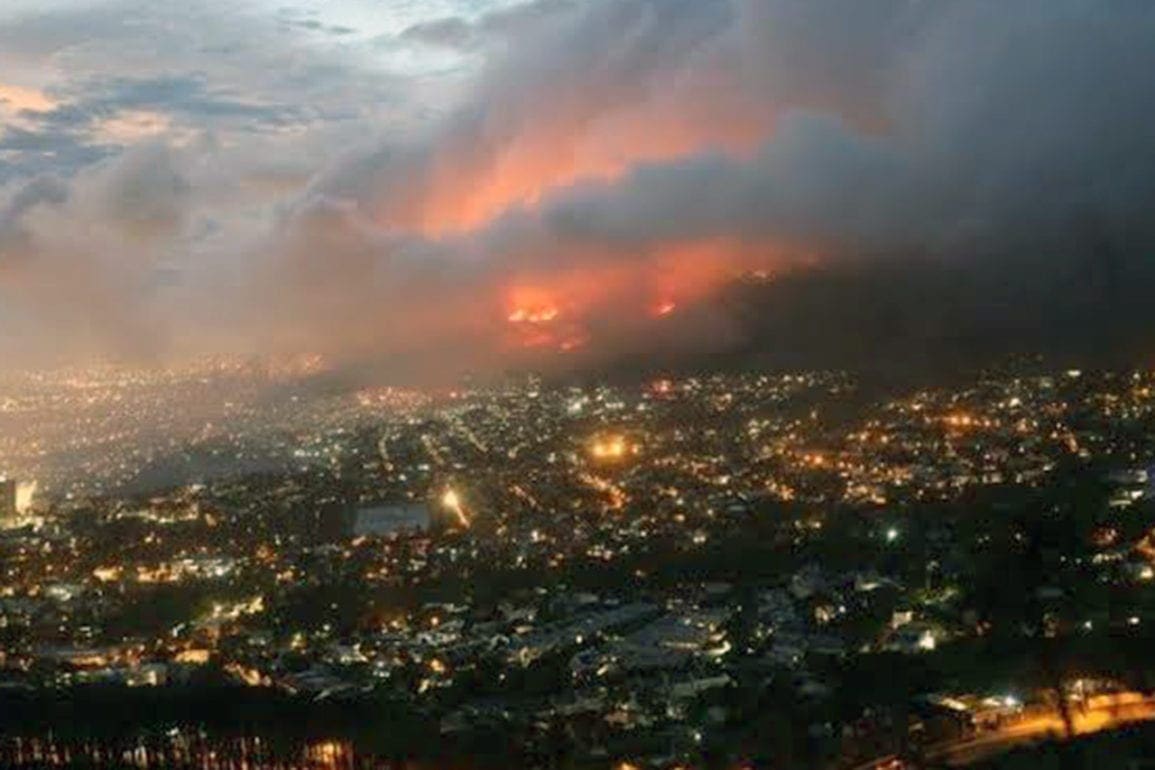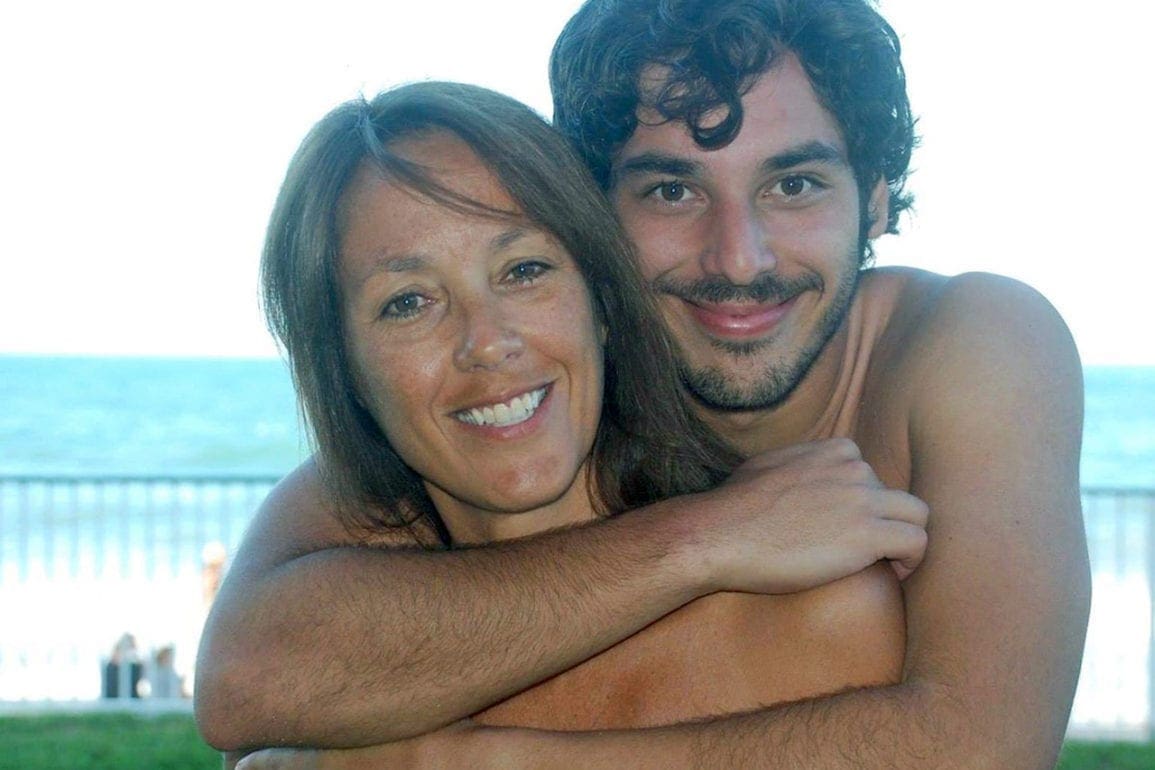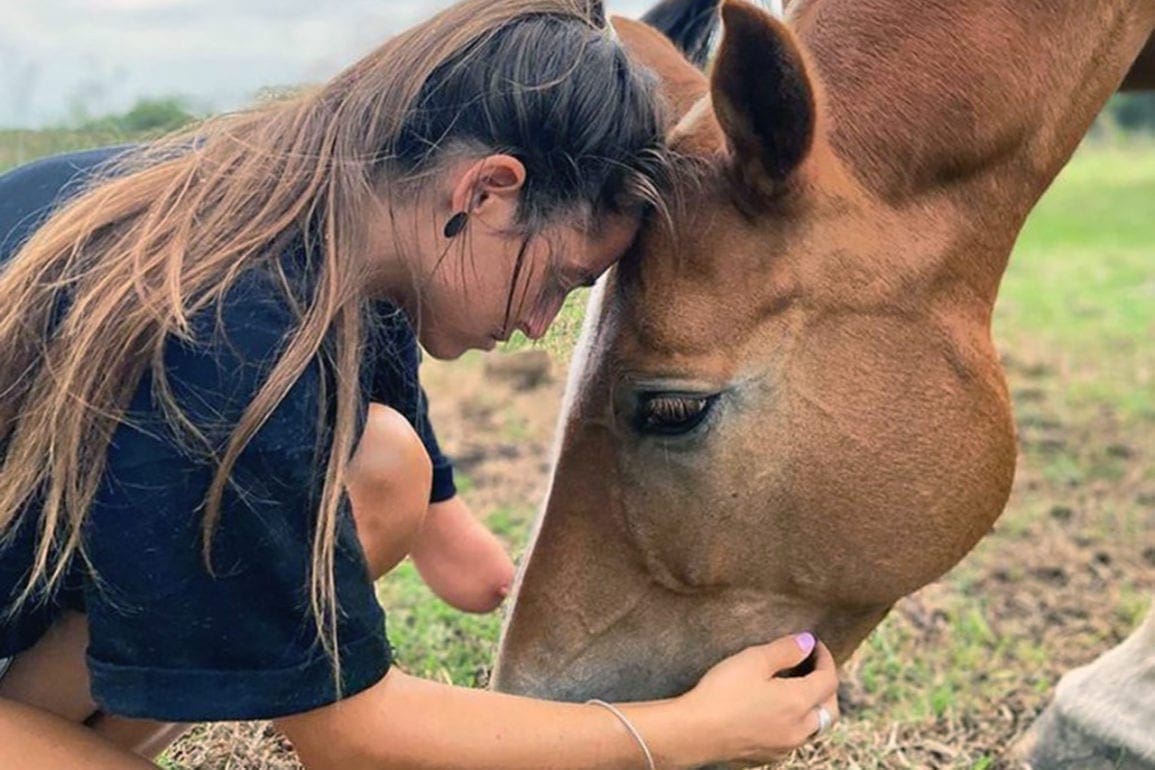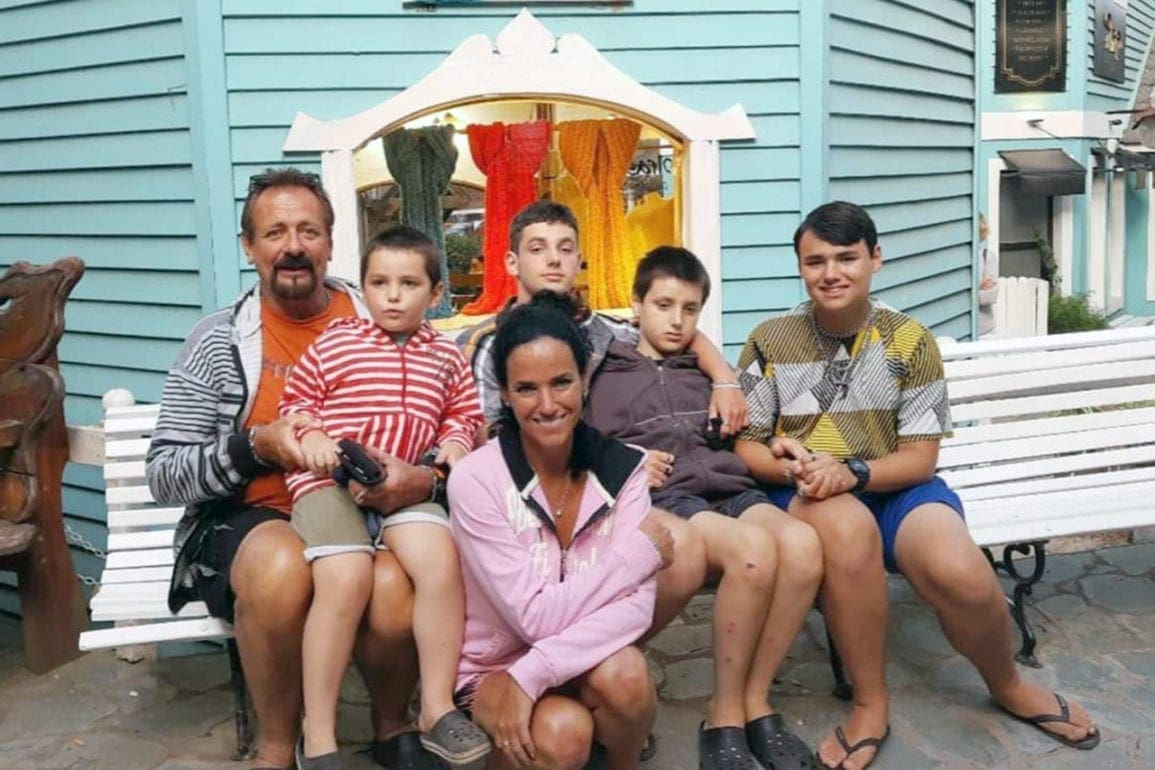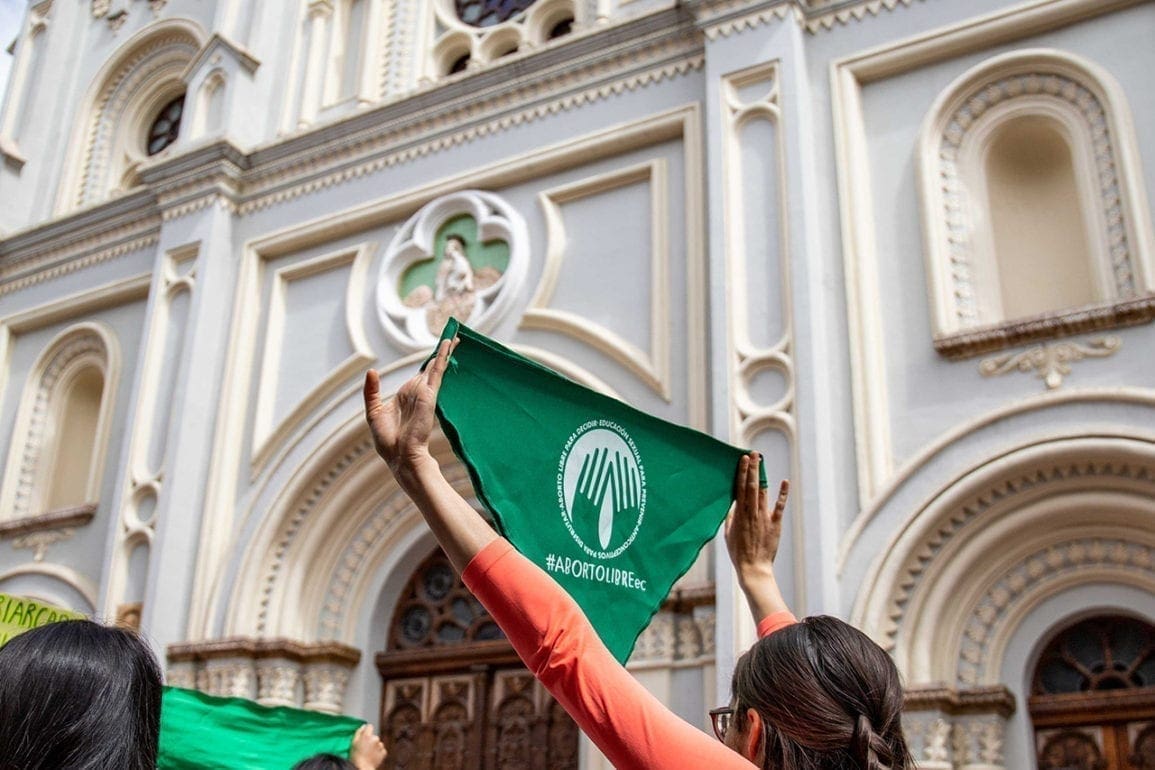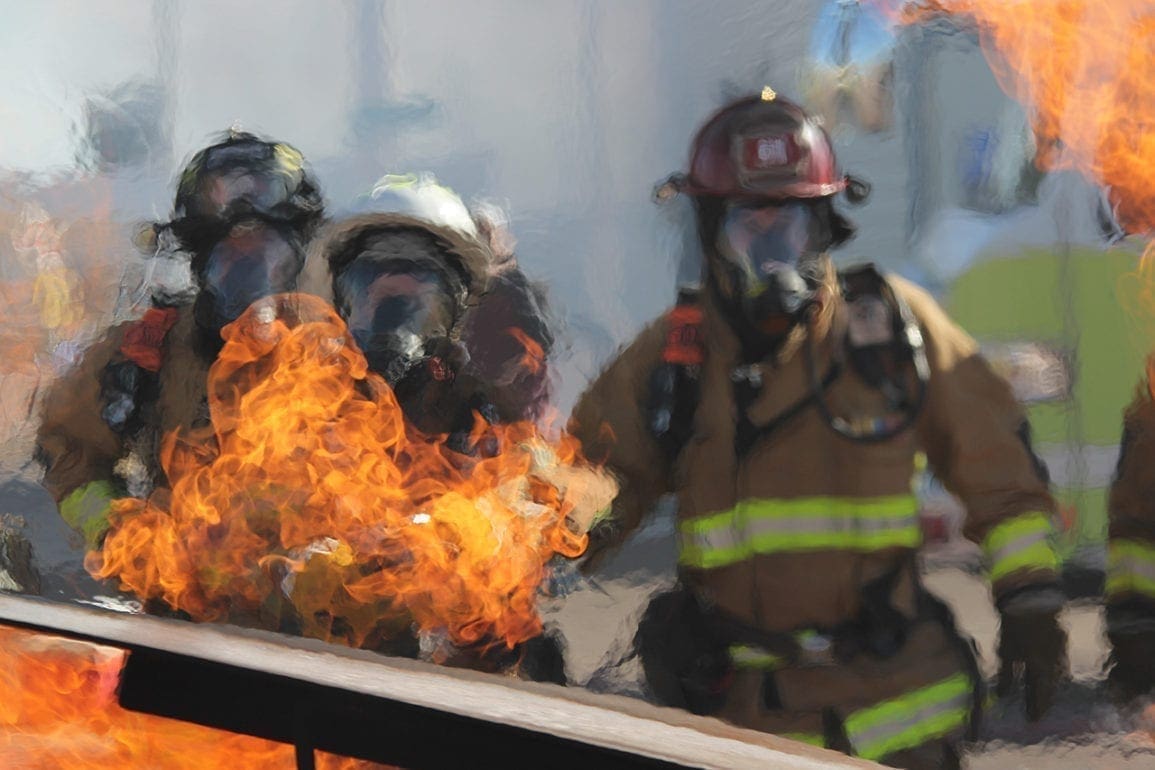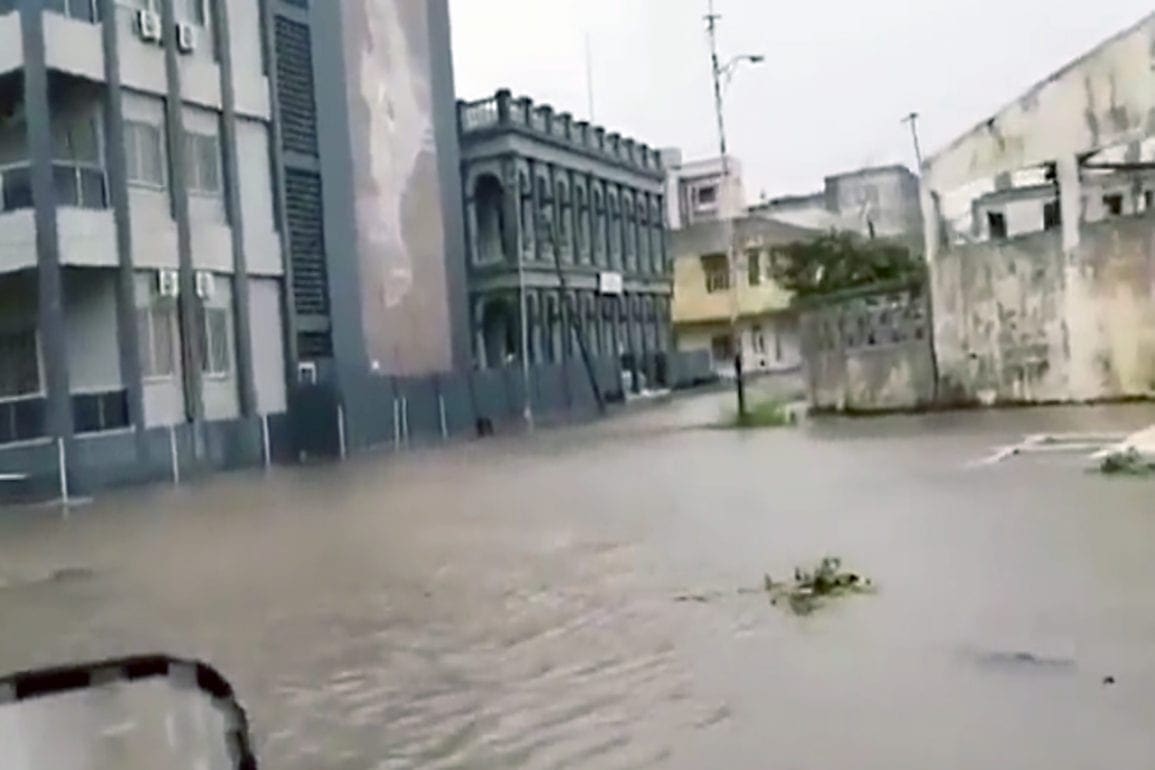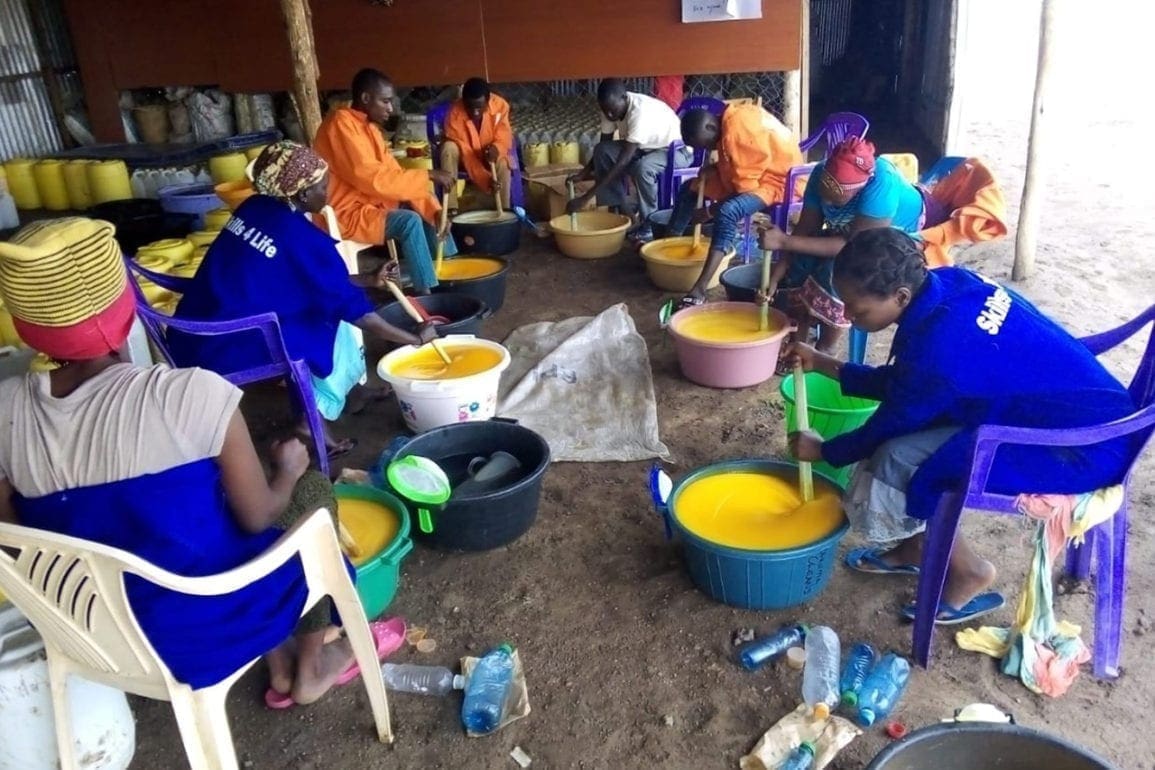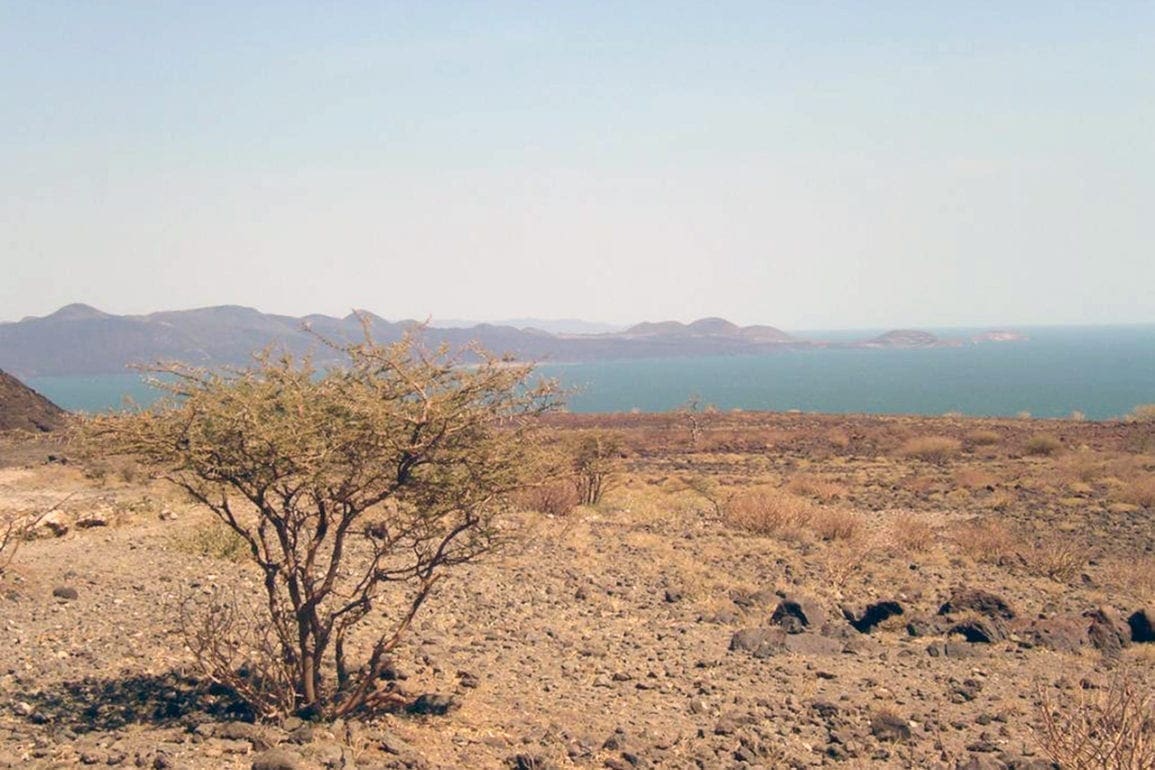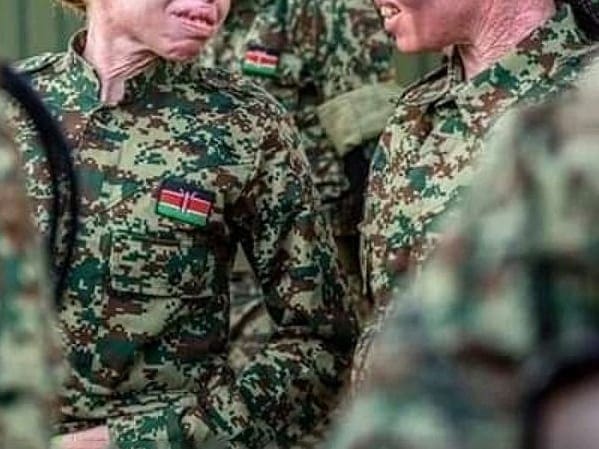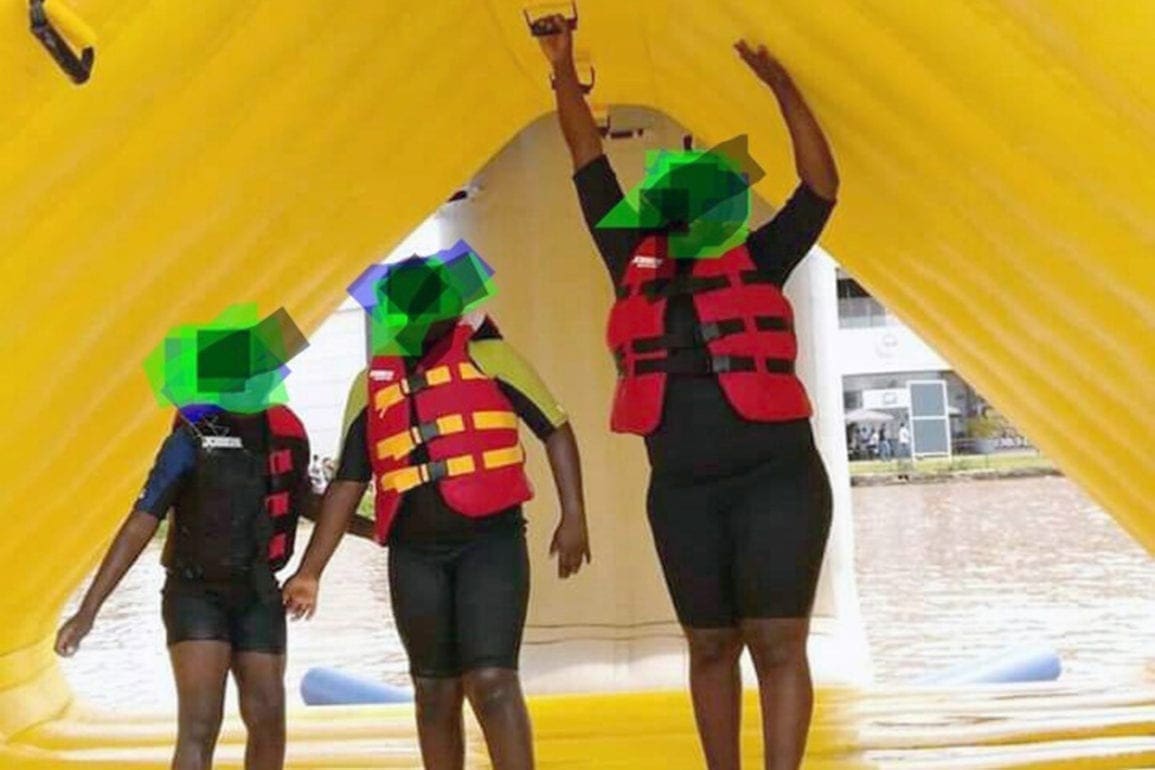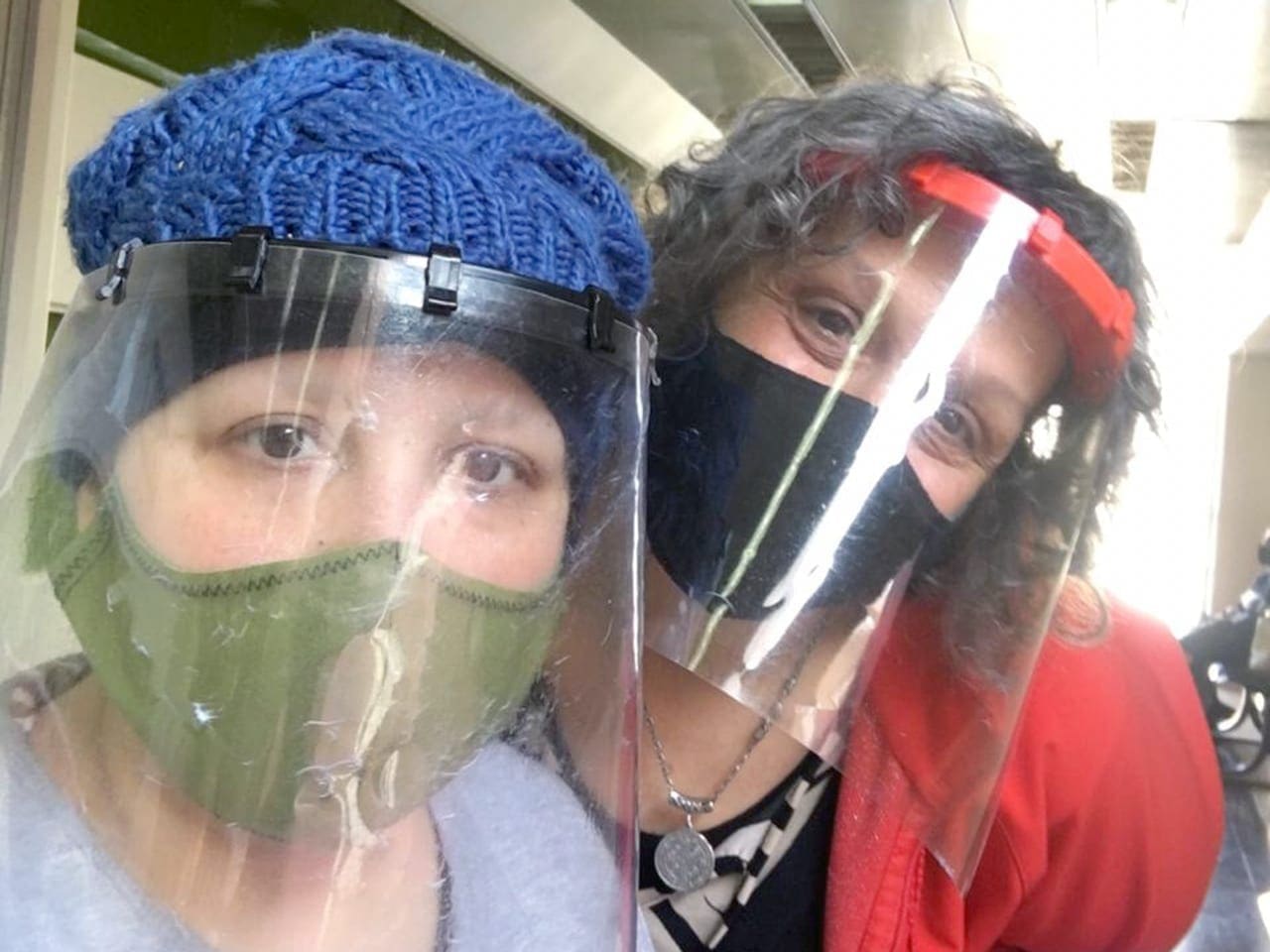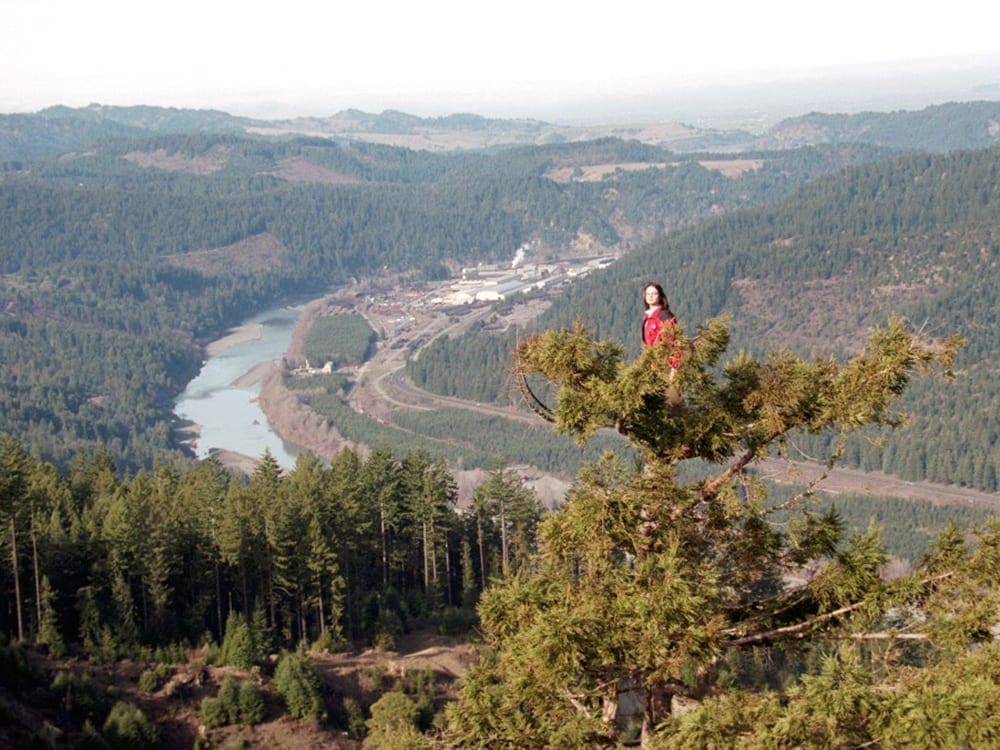Major storm in Mumbai collapses giant billboard near gas station, killing 16 people
The metal frame lay twisted and broken with numerous vehicles crushed beneath it. Some were overturned, while others looked crumpled beyond recognition. The area reeked of gasoline and burning rubber. We leapt in but could not use cutting equipment due to the risk of sparking a fire.
- 1 year ago
July 23, 2024
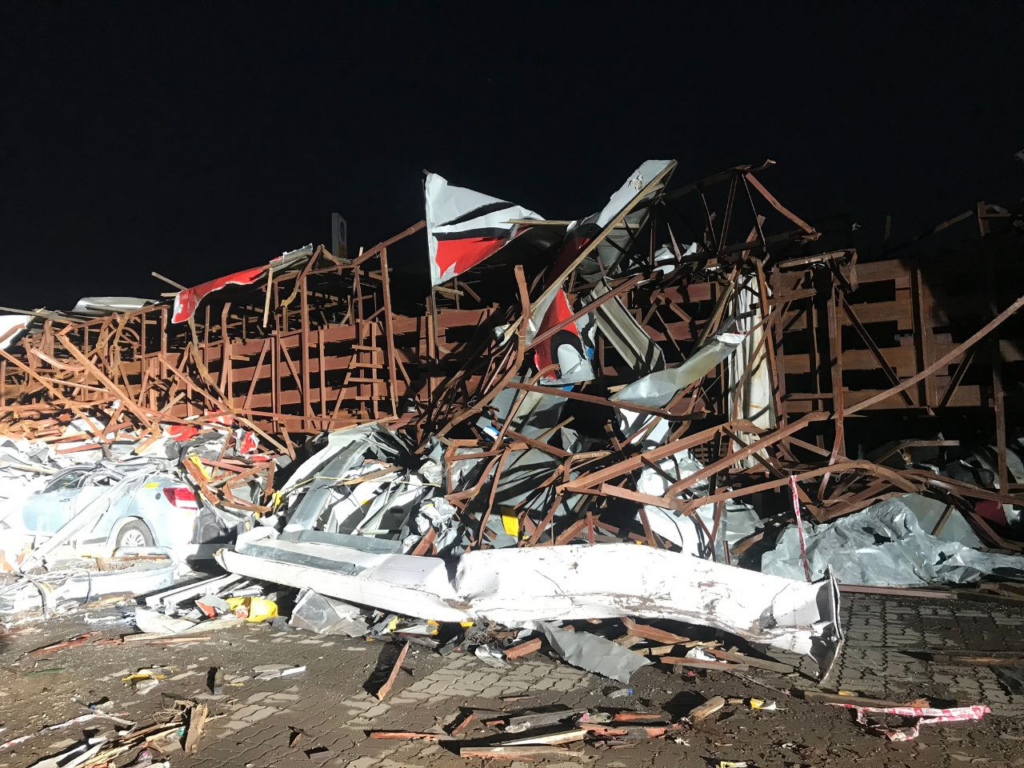
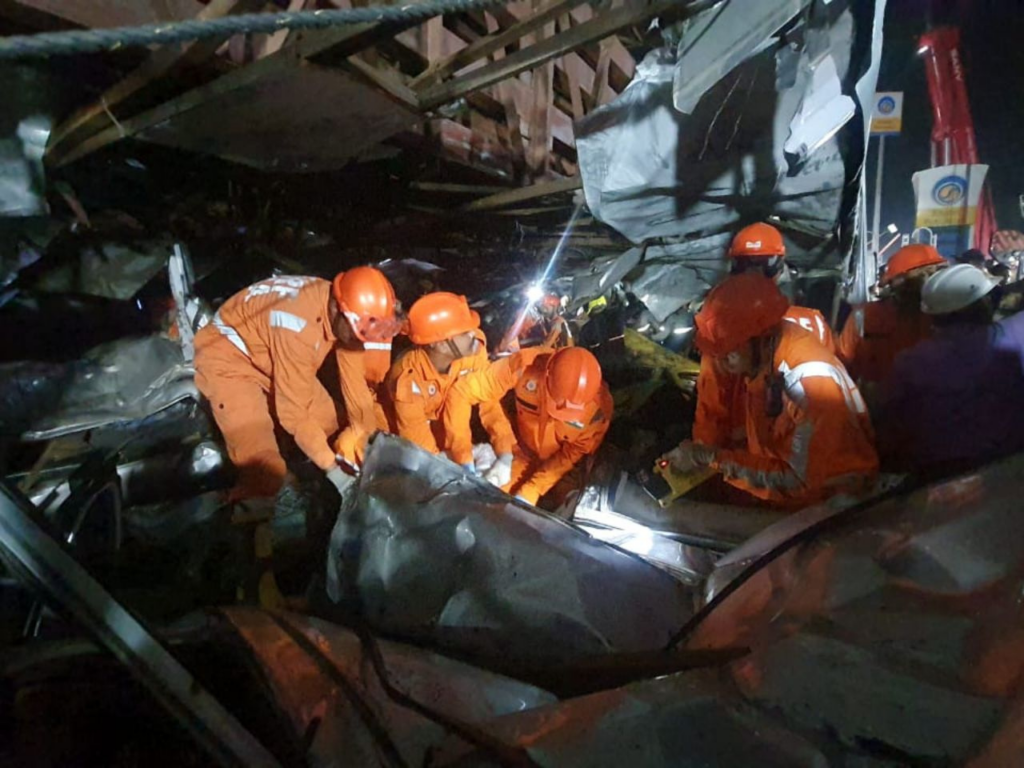
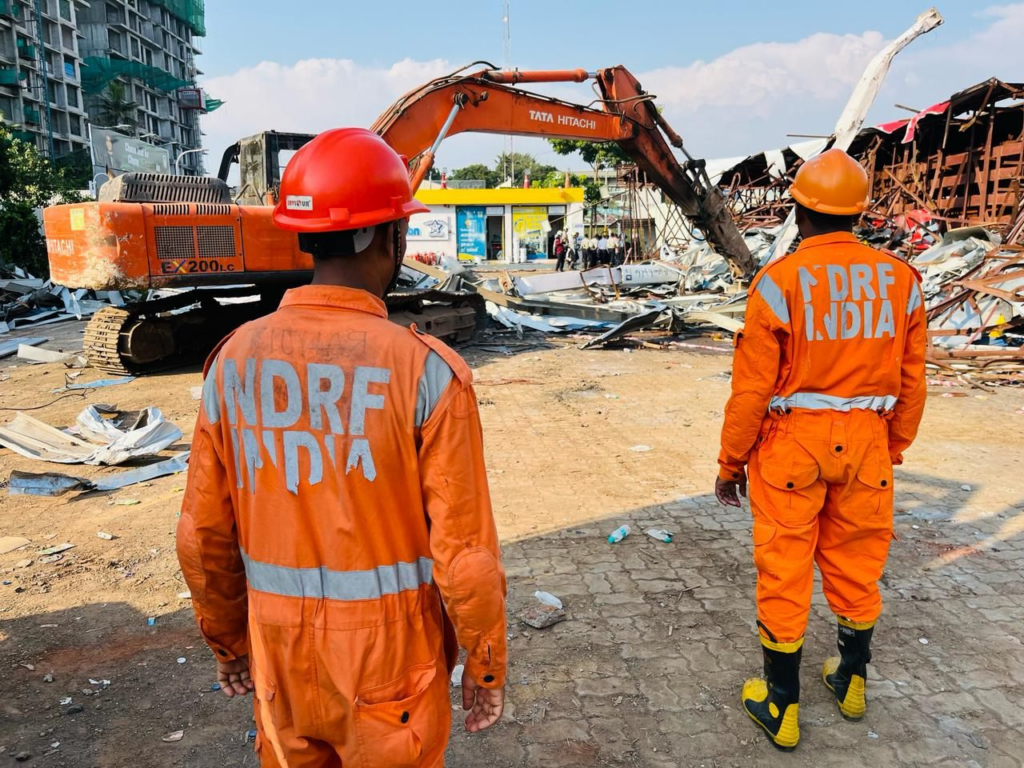
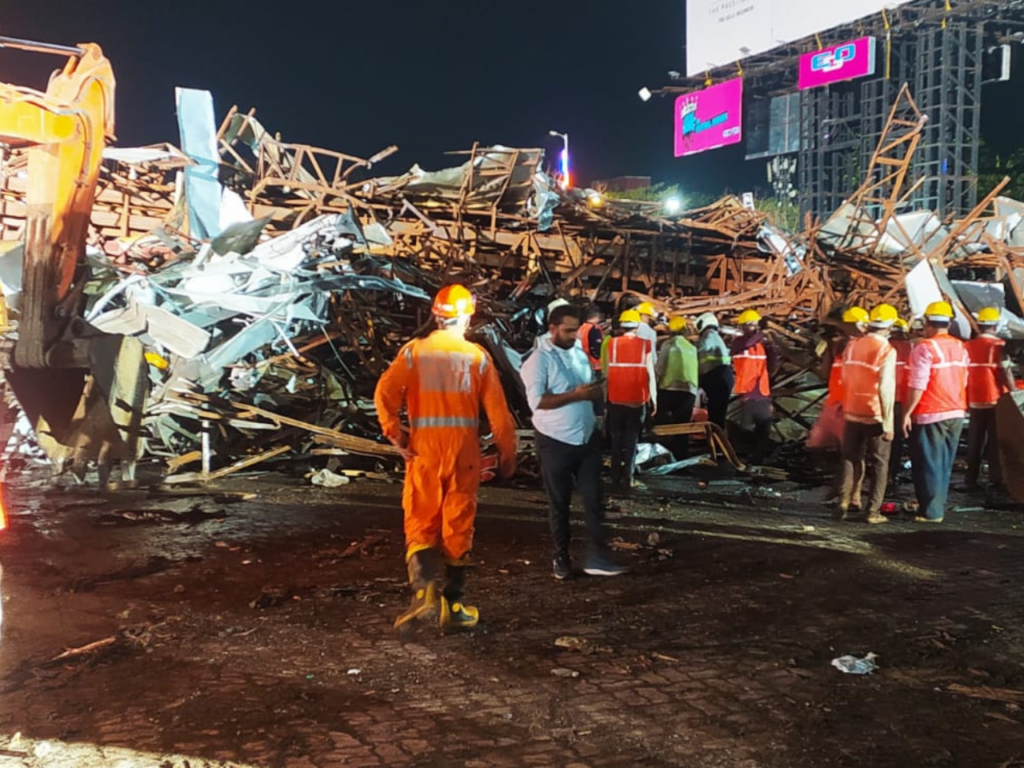
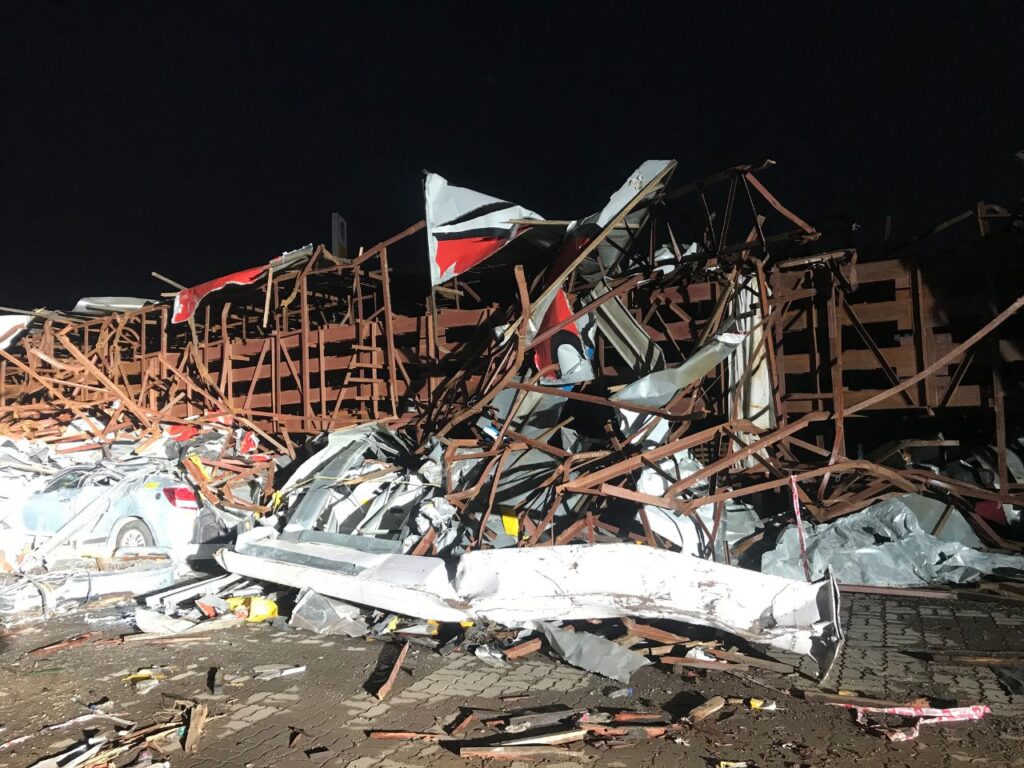
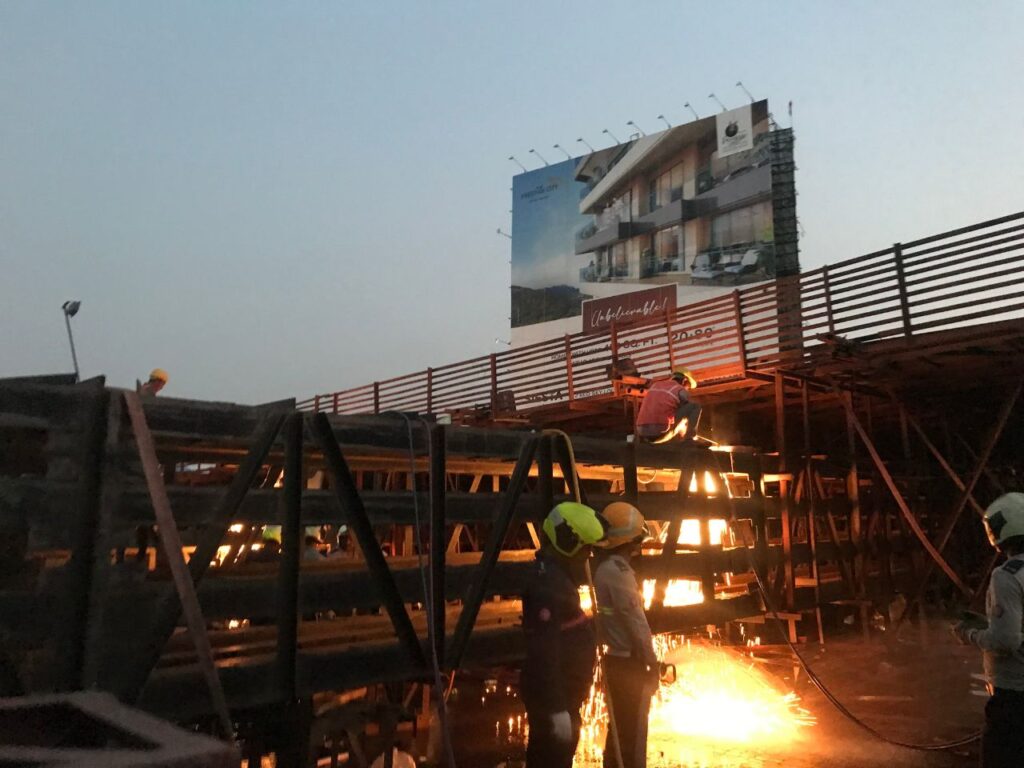
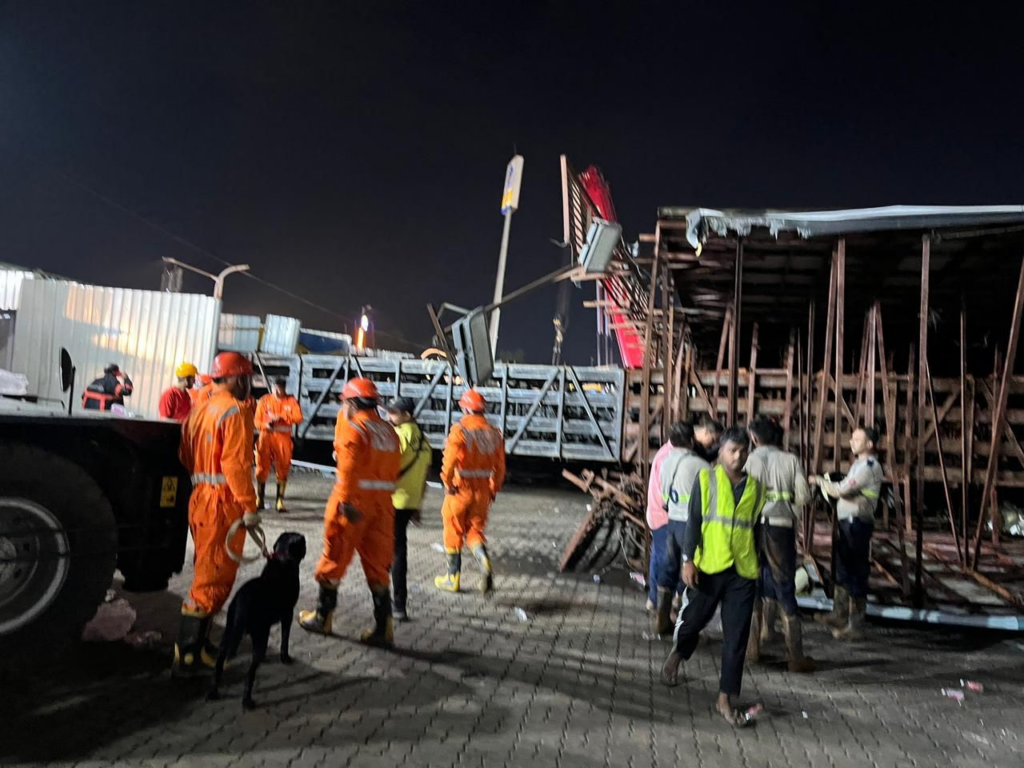
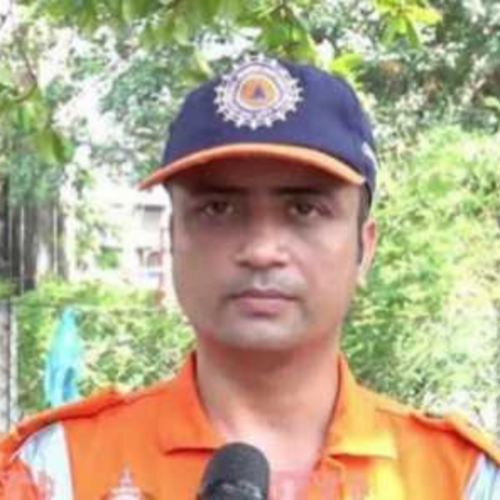
MUMBAI, India — As an officer in India’s National Disaster Response Force (NDRF), I witnessed over 50 disasters in my career. Each one brings challenges, but the recent billboard collapse in Mumbai felt like nothing I experienced before. [On May 13, 2024, a storm caused a giant billboard to collapse on a petrol station killing 16 people and injuring multiple others.]
We faced a strategic dilemma: rescue those trapped under the billboard or save those near the petrol pump. The situation demanded immediate, critical decisions, testing our resolve and resourcefulness in the face of overwhelming odds.
Read more disaster stories at Orato World Media.
Storm in Mumbai turn treacherous: massive billboard collapses on petrol station
On May 13, 2024, the day started like any other day, until the storm hit. Tracking the weather, we anticipated a severe situation, but nothing prepared the NDRF for the devastation we encountered. The storm raged for hours. Howling winds and rain reduced visibility almost to zero. Despite the storm, the city never stopped moving. People continued working, unaware of the looming danger.
In the late afternoon in May 2024, an emergency call came in. As an officer, I command incidents and coordinate teams. We assess damage and form restoration efforts, building community outreach for a smooth response. Our team already responded to several calls before the billboard collapse.
The dispatcher’s voice crackled over the radio with urgency. His tone indicated something serious: this was no small incident. Requesting an immediate team, the dispatcher spoke of cars being trapped. Yet, the gravity of the situation remained unknown, even to him.
Upon arrival, we immediately encountered chaos. The aftermath of the storm, combined with the collapse of the billboard, created a terrifying sight. Much larger than the typical billboard, the structure sprawled across the road. It looked enormous, bigger than an Olympic swimming pool.
The metal frame lay twisted and broken with numerous vehicles crushed beneath it. Some were overturned, while others looked crumpled beyond recognition. The area reeked of gasoline and burning rubber. We leapt in but could not use cutting equipment due to the risk of sparking a fire. The hydraulic crane we attempted to use failed.
In five hours, rescue team in India saves 72 people
As a last resort, we began cutting the billboard manually to rescue those trapped. Despite our fear and uncertainty, we focused on the rescue, utilizing every available method to ensure the victims’ safety. That day remains forever in my memory, a testament to the unpredictability and danger of our work.
Throughout the rescue effort, we heard people crying for loved ones as we urged them to move away. We needed to assess how much of the perimeter remained safe for the operation. Lifting the billboard became impossible. We used a fire cutter at one point, then cold methods to break the iron rods as we neared the gas pump. The operation would clearly take more than one day.
In about five hours, we rescued 72 people, sending them off to various hospitals. We tried to pull the people trapped in cars out of their vehicles as they cried for help. Some were lucky, but many were not. We retrieved 14 bodies that same day, with 21 cars still trapped under the billboard. In an effort to save as many lives as possible, we called another 70 personnel to the scene.
As an NDRF officer, while my job is to plan and supervise, like any other catastrophe, I joined the rescue team and pulled survivors from the wreckage. A first aid team accompanied us to comfort the injured and send them for further treatment. Each rescue felt like a small victory, but we refrained from celebrating. Of course, we felt happy to save lives, but many died, leaving behind grieving family members.
Emergency response officer holds the hands of survivors, calms mother who lost her son
As an officer, people sometimes perceive me as arrogant, but that is not true. I too have emotions and feel deeply in scenarios like this. Yet, our job demands precision and leaves no room for mistakes or emotions on duty. We must save people in a disaster and ensure the safety of all others.
During those five days of the rescue operation, I experienced many emotions. One incident involved a young woman trapped in a car with her leg pinned by the dashboard. She remained conscious with her eyes open. Terrified, she managed to shout for help. She gripped my hand while two other rescue team members pulled her out.
A female officer held her tight and took her to an ambulance. As they departed, the victim touched my feet in a gesture of gratitude for saving her life. I thought, I only did my duty. Another incident involved a mother who rushed to the disaster site with a photo of her teenage son. Crying, she begged for our help.
No one could control her. This woman wanted to search for her son. I went to her side and asked her to calm down. When that failed, I took her close to the site and showed her the situation. Then, she understood the difficulty of spotting her son in the wreckage. We searched for three days until we found her son’s body.
That mother stayed at the site without water or food, waiting the entire time. Soon, we called her to identify the body. I stepped away and asked the hospital staff to take her son, while two of my female colleagues comforted her. It felt disheartening and painful to witness.
Dealing with bodies remains the hardest part of the job
Mumbai is prone to severe flooding and rain-related incidents during the monsoon season, typically between June and September. In this incident, a developing storm miles away churned up 66 mph downdrafts, bringing tropical storm-force winds. A dust storm choked the city, slowing traffic before the rain started. The weather event delayed local train service and held back flights at the airport.
The magnitude of the event felt sudden and surprising for all of us. A weather forecaster I spoke to admitted even he was taken by surprise by the sudden intensification of the storm. The wind speed recorded at Badlapur, about 48 kilometers away, reached around 107 kilometers per hour (66 mph). The last time Mumbai experienced an intense dust storm was in January 2022.
Yet, through it all, we witnessed some good moments. A 20-year-old boy who worked for a courier service was waiting at the petrol station with his car when the storm hit. When he saw the billboard falling, he tried to run but got stuck between vehicles. Fortunately, he managed to escape along with eight or nine other people. His life was saved.
On the other end of the spectrum, the hardest part was dealing with the bodies. As we cleared the wreckage and unearthed the severity of the damage, it became clear, so many people died. I found a mother in her car still clutching her child in a show of protection. That sight will haunt me forever.
Another couple from Hyderabad, visiting Mumbai for their U.S. visa application, hoped to go to the States to visit their son. They died in their car. These were relatives of the popular Indian movie actor Kartik Aaryan. This storm did not discriminate. In most disasters, the poor suffer the most, but this one affected everyone equally.
In the days following the incident, emergency responder struggles to compartmentalize the tragedy
The aftermath of the storms in Mumbai and the billboard collapse truly felt surreal. When the storm passed, it left behind a crystal clear and calm sky. I struggled to reconcile the beauty of the sunset with the horror we just witnessed. Exhausted and heartbroken, my team saw too much pain.
As a first responder, you learn to compartmentalize, focus on the task at hand, and push your emotions aside. This incident somehow felt different. I find it hard to erase the images from my mind of that day: the faces of those we could not save and the mothers crying for their children. We did our best, but sometimes your best is not enough.
In the following days, many questions, investigations, and accusations arose. Could the billboard have been better secured? Should the road have been closed? These were important questions, but in those moments, all I could think about were the lives lost and the families shattered by the tragedy. I feel incredibly proud of my team for how we came together during that overwhelming event. We did what we could, and in the end, that’s all anyone can ask.



